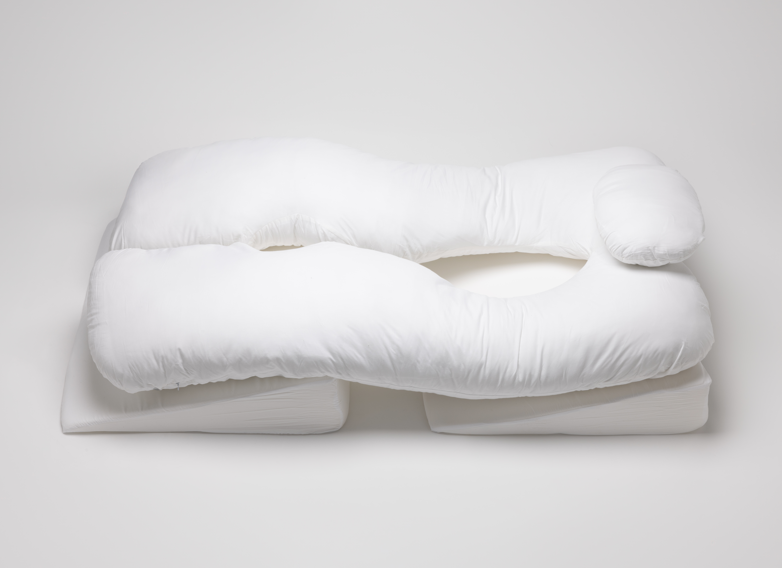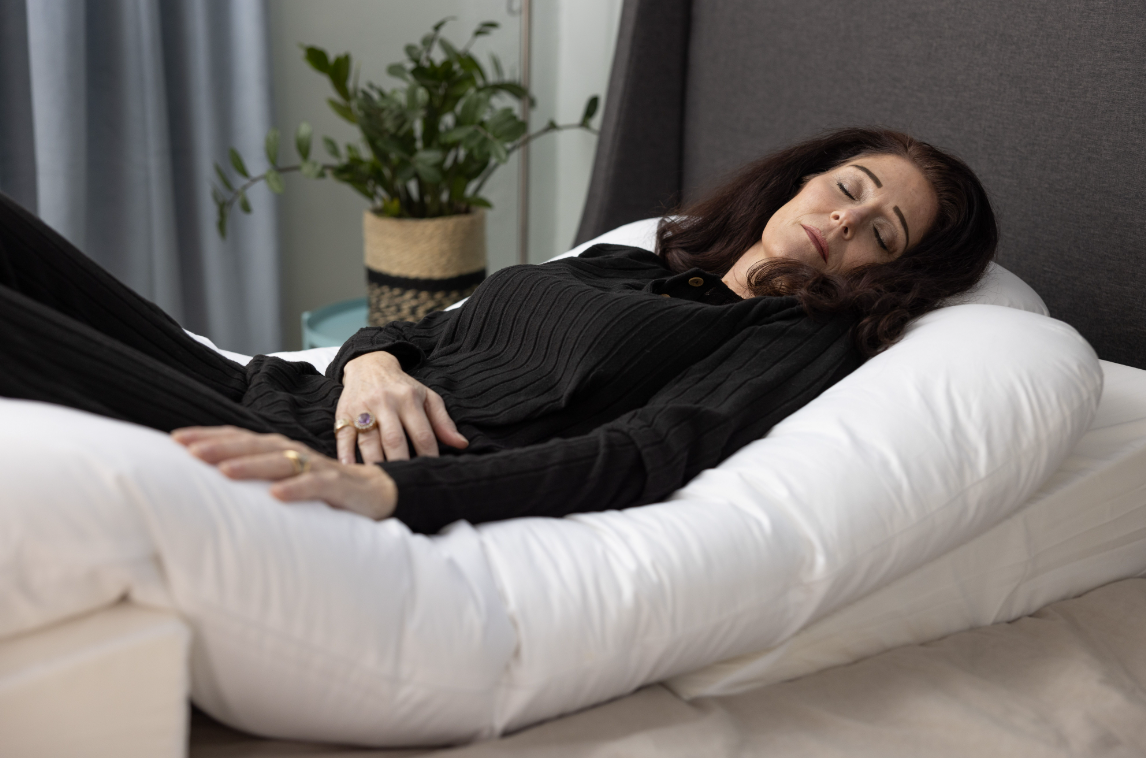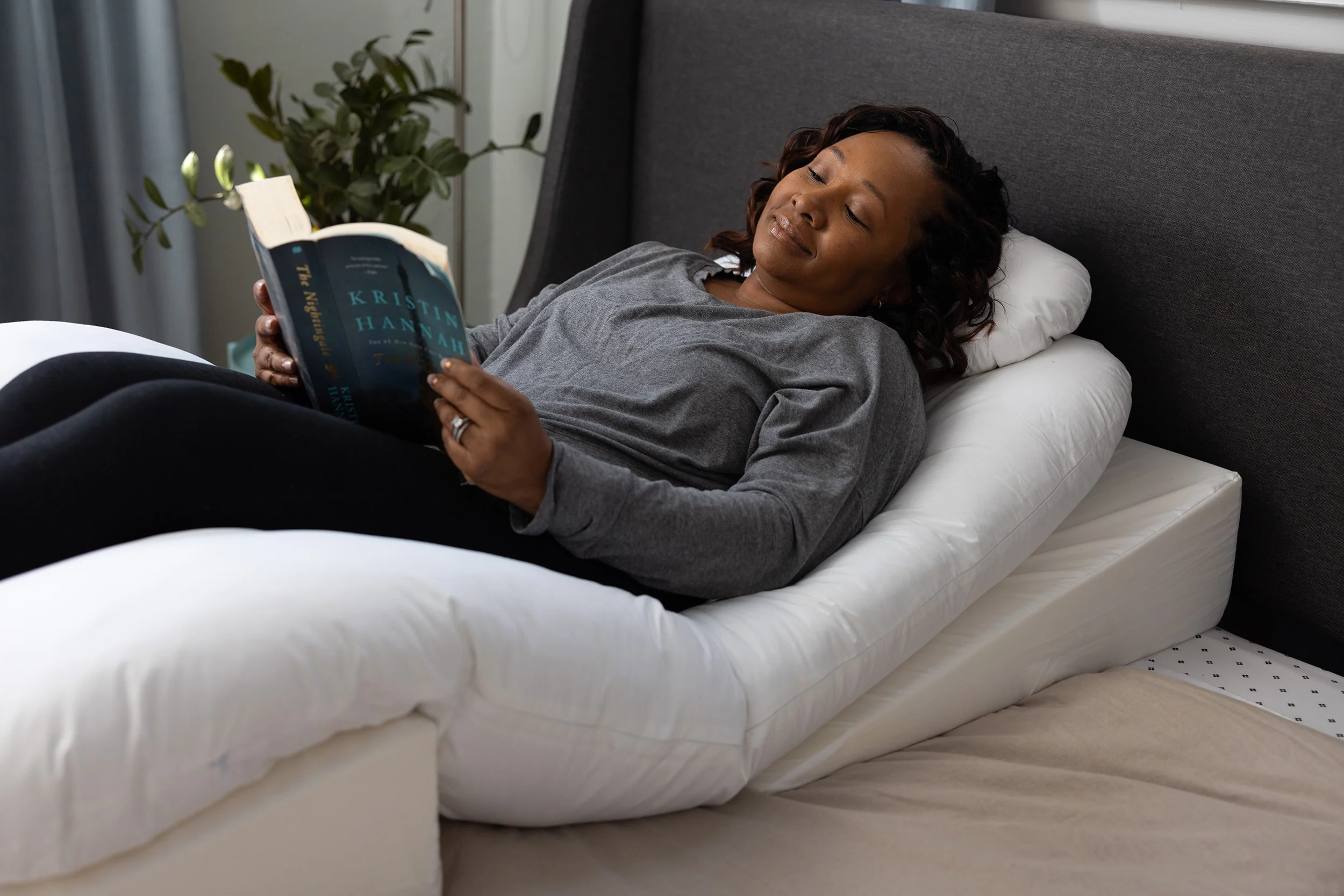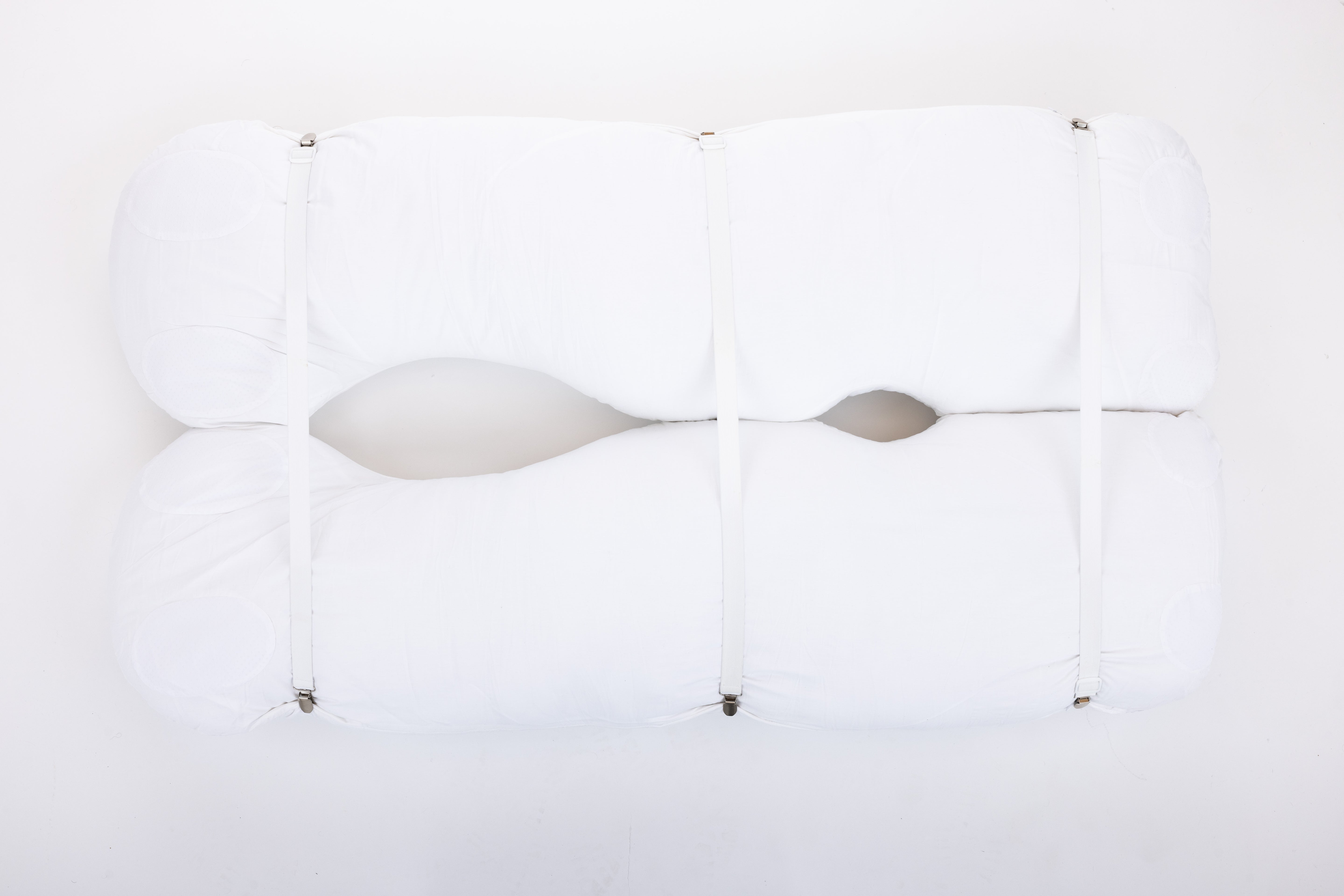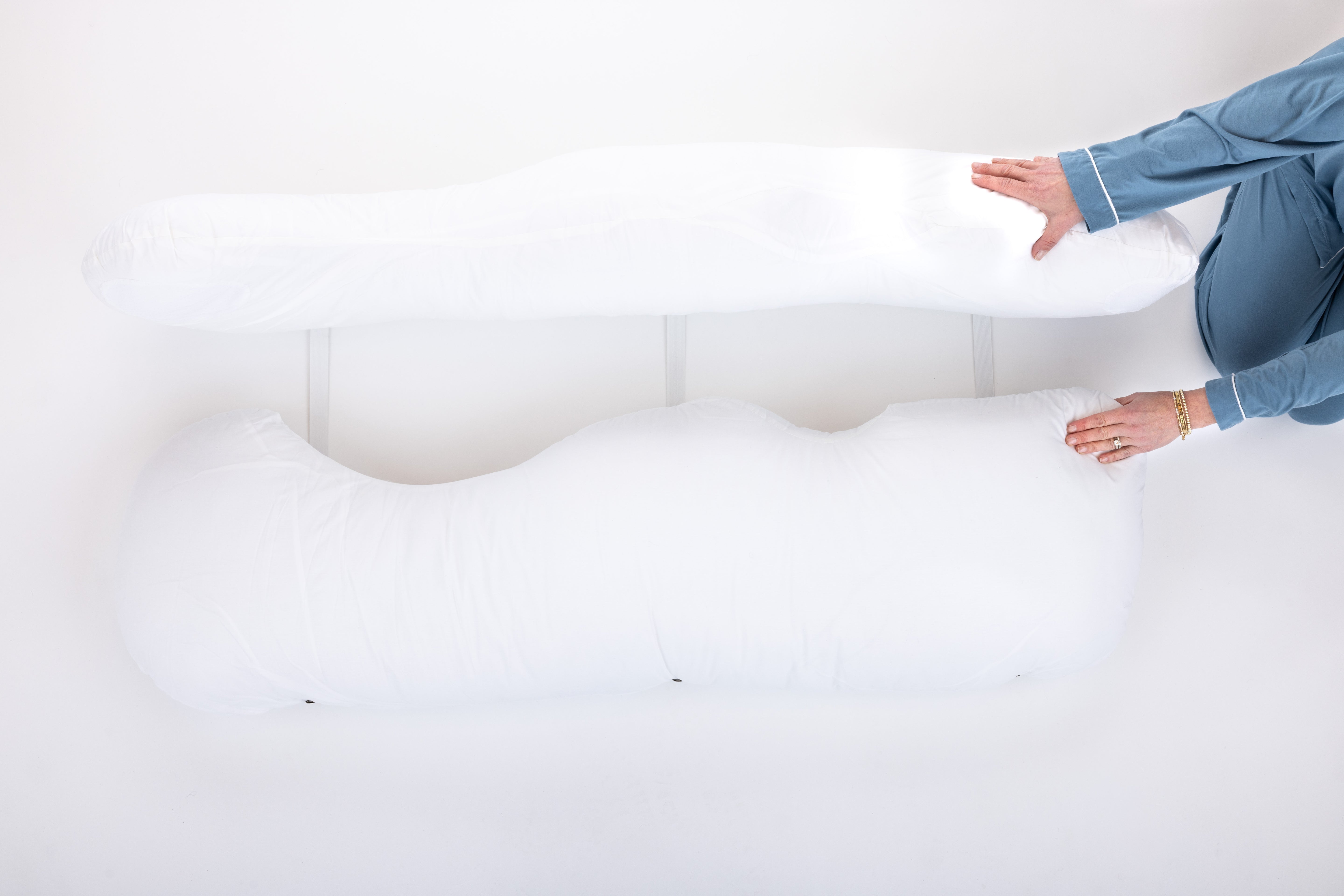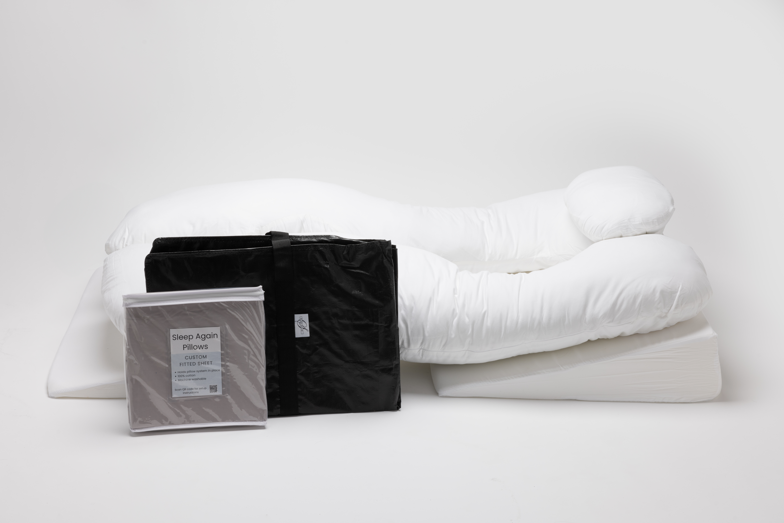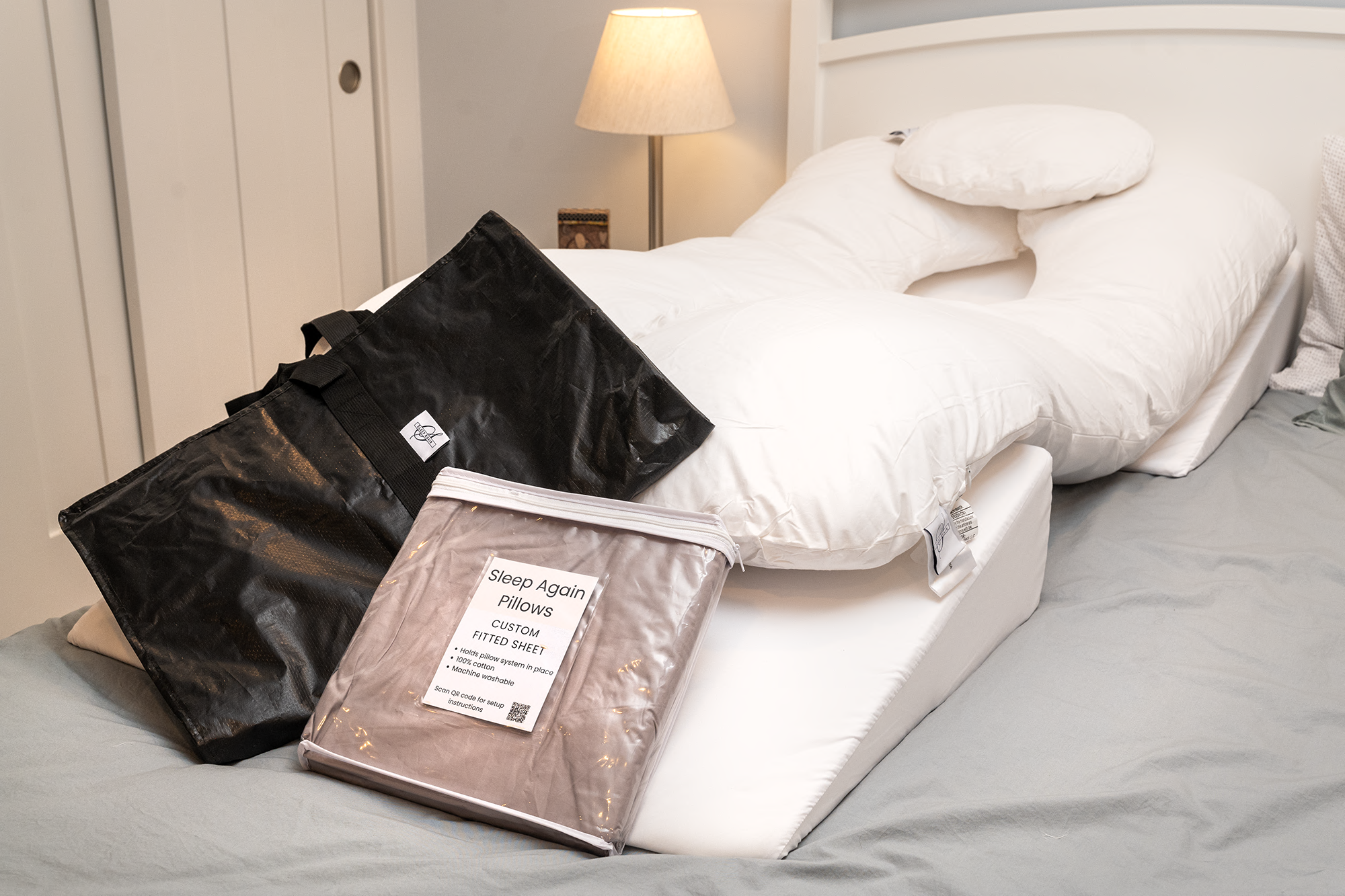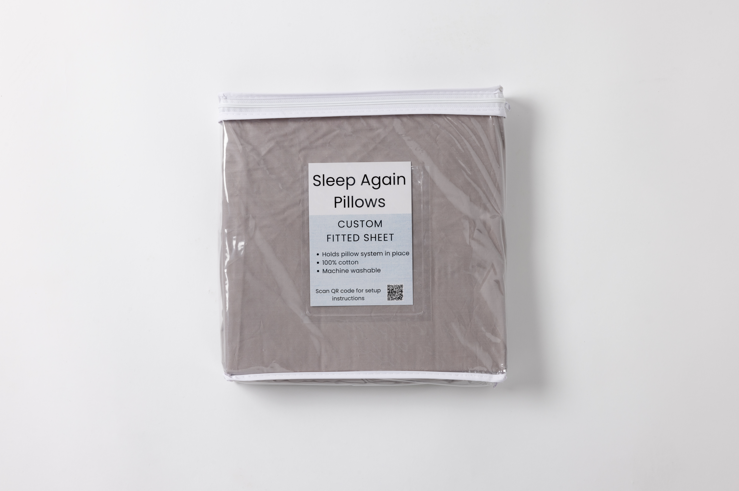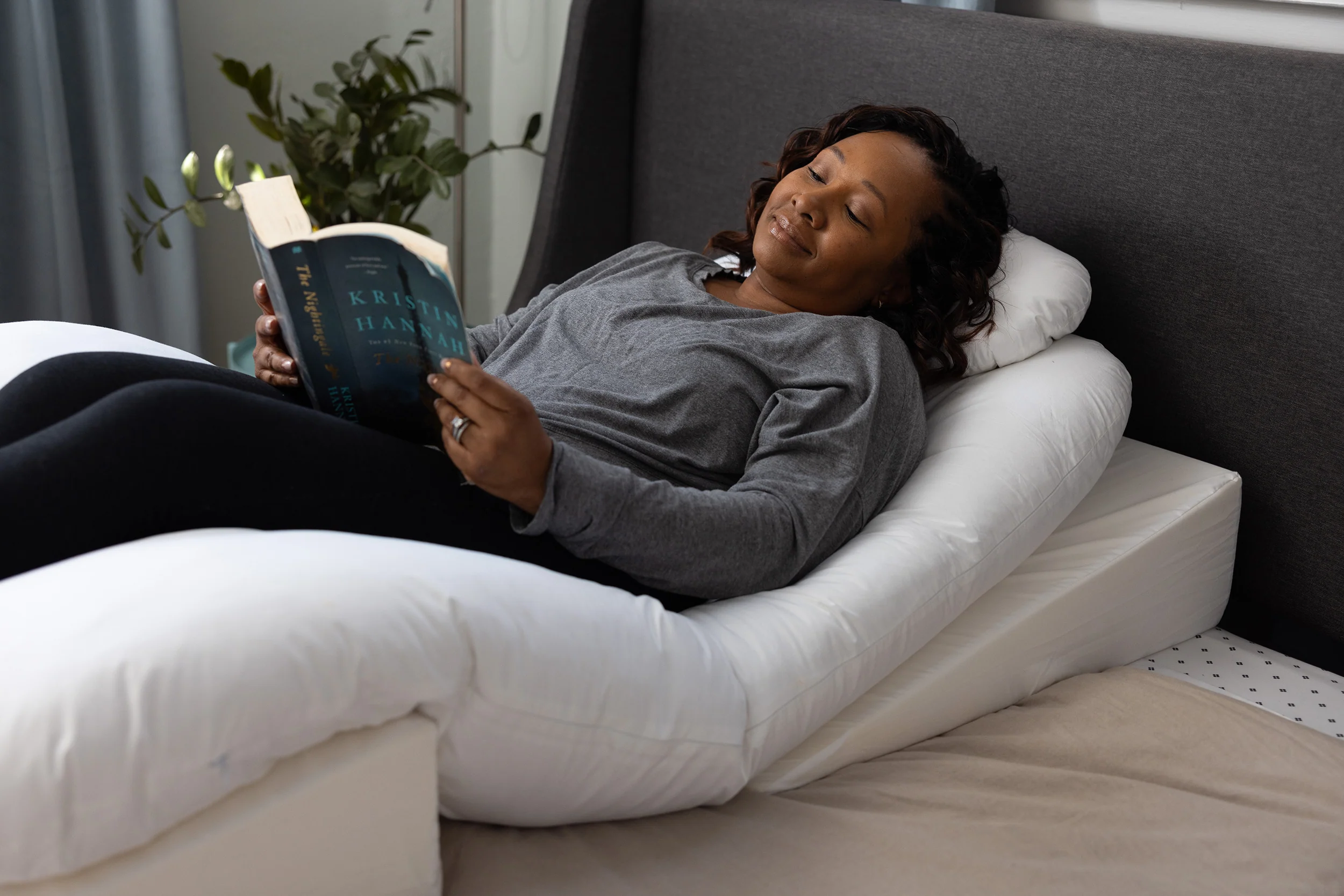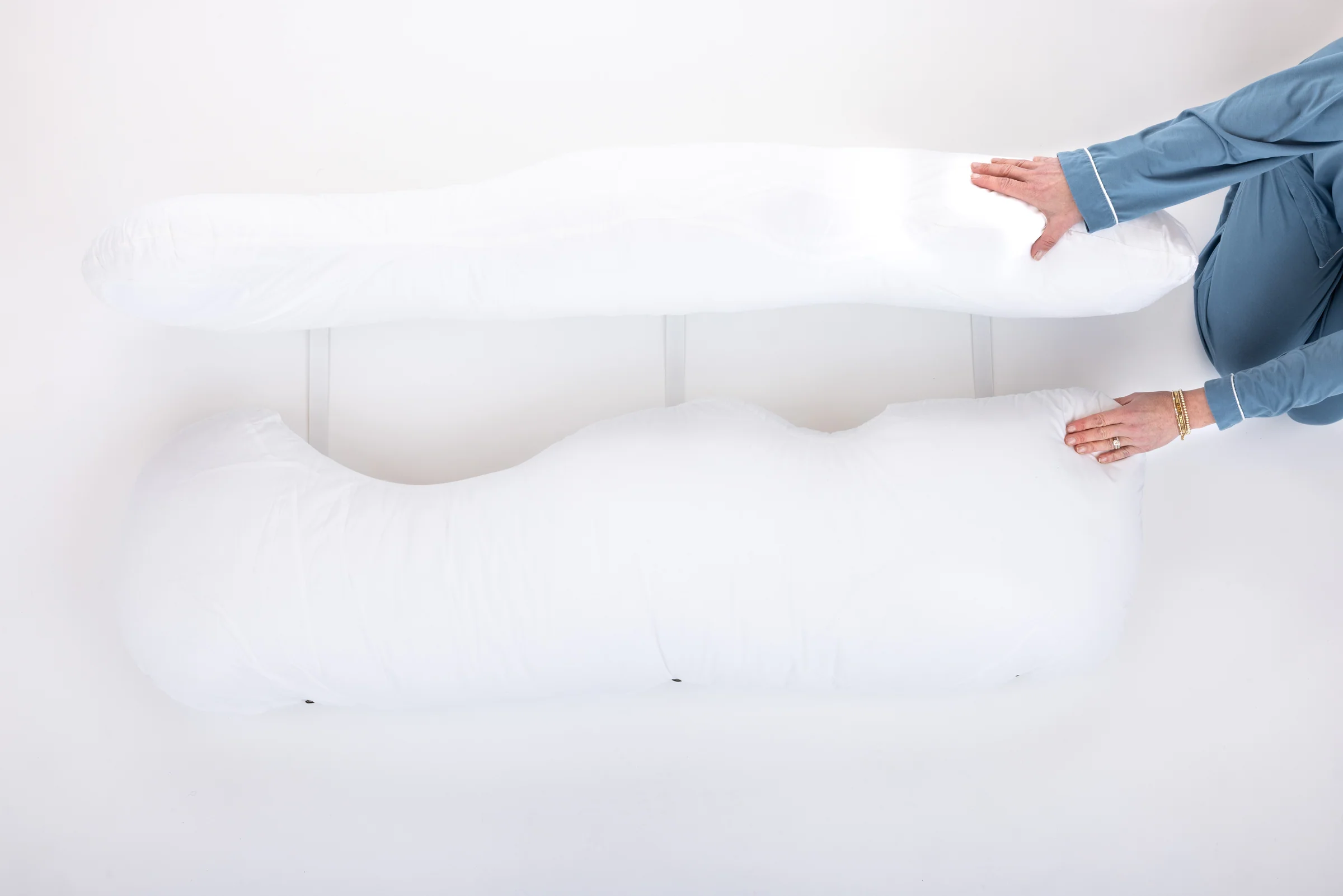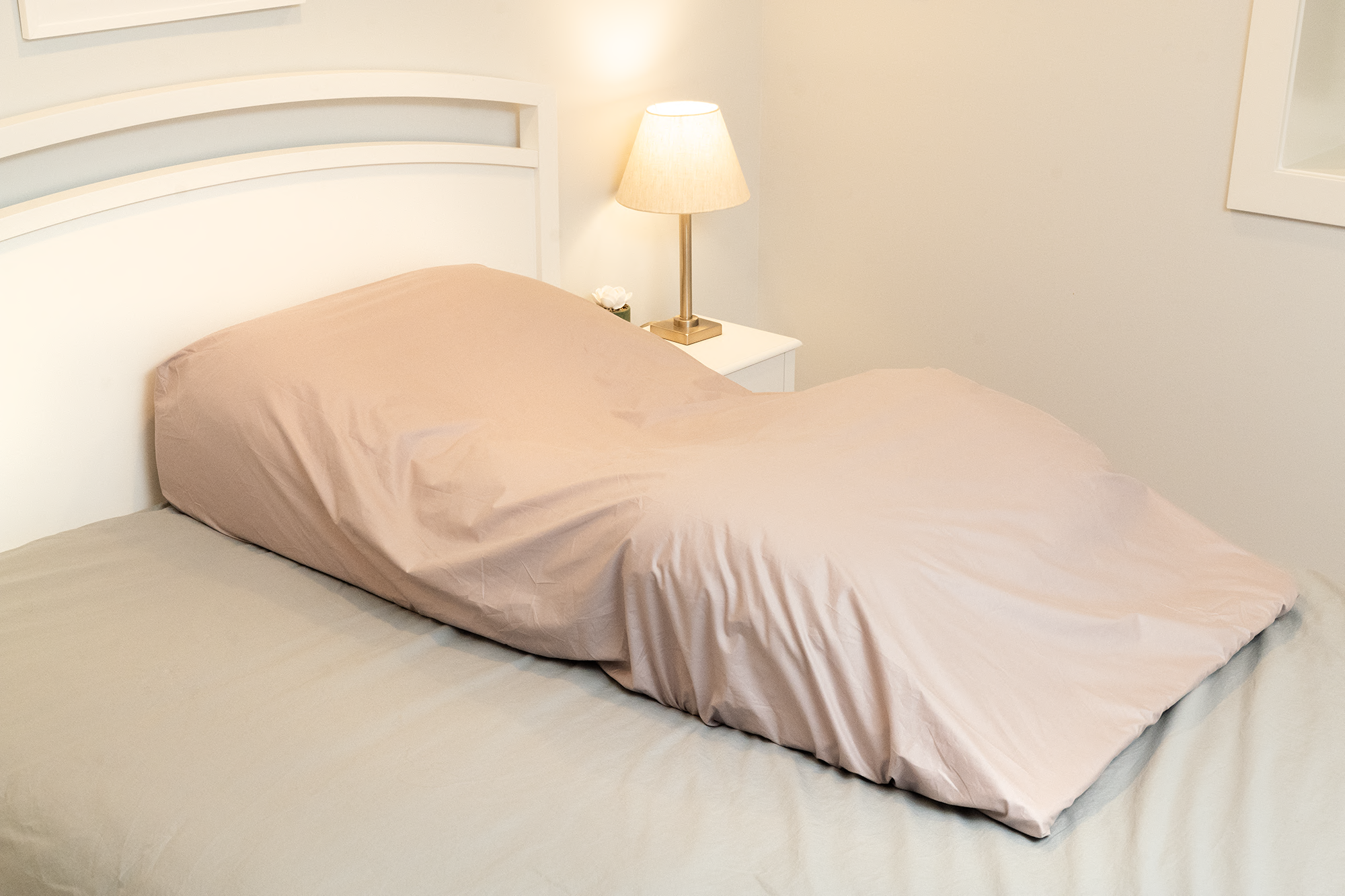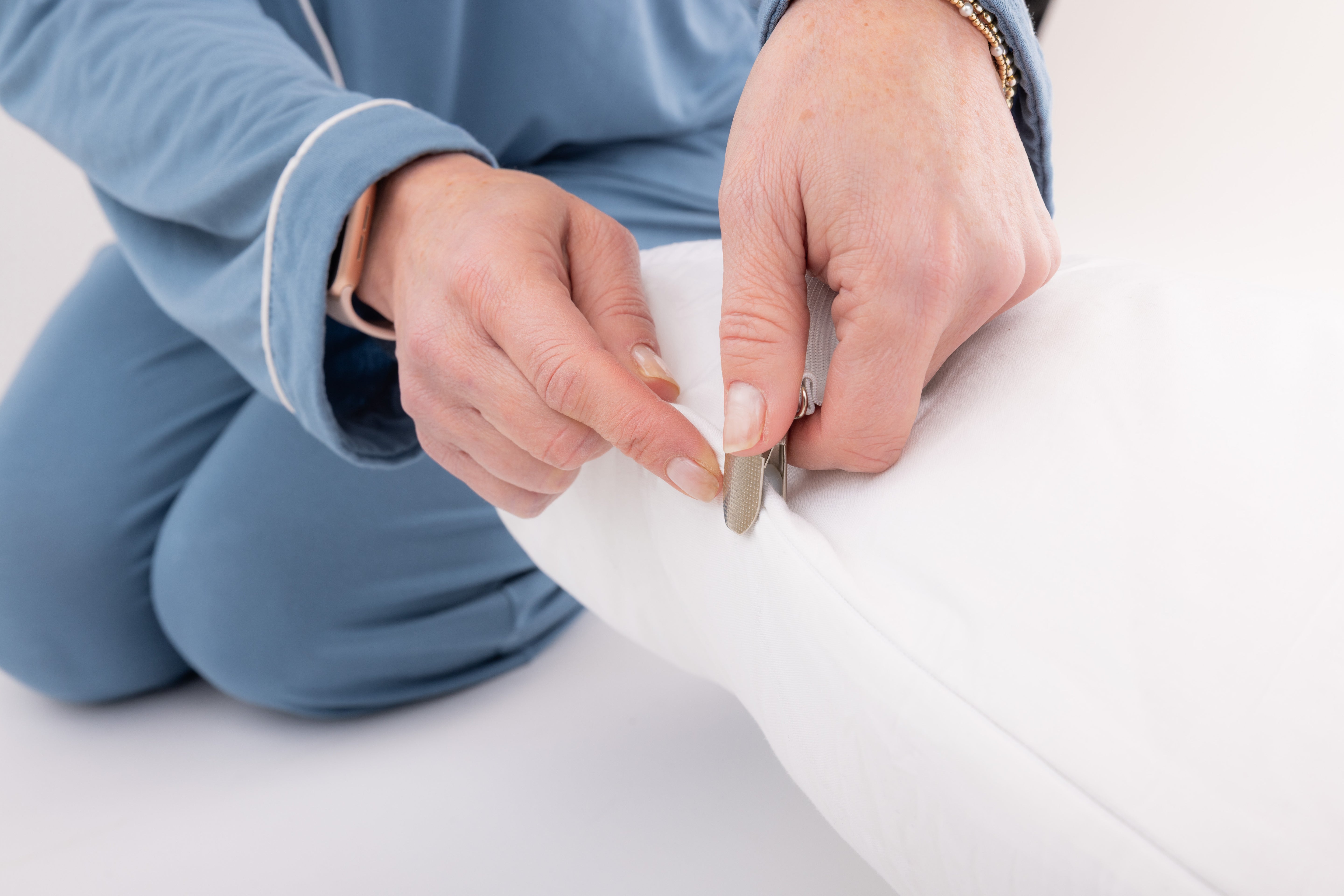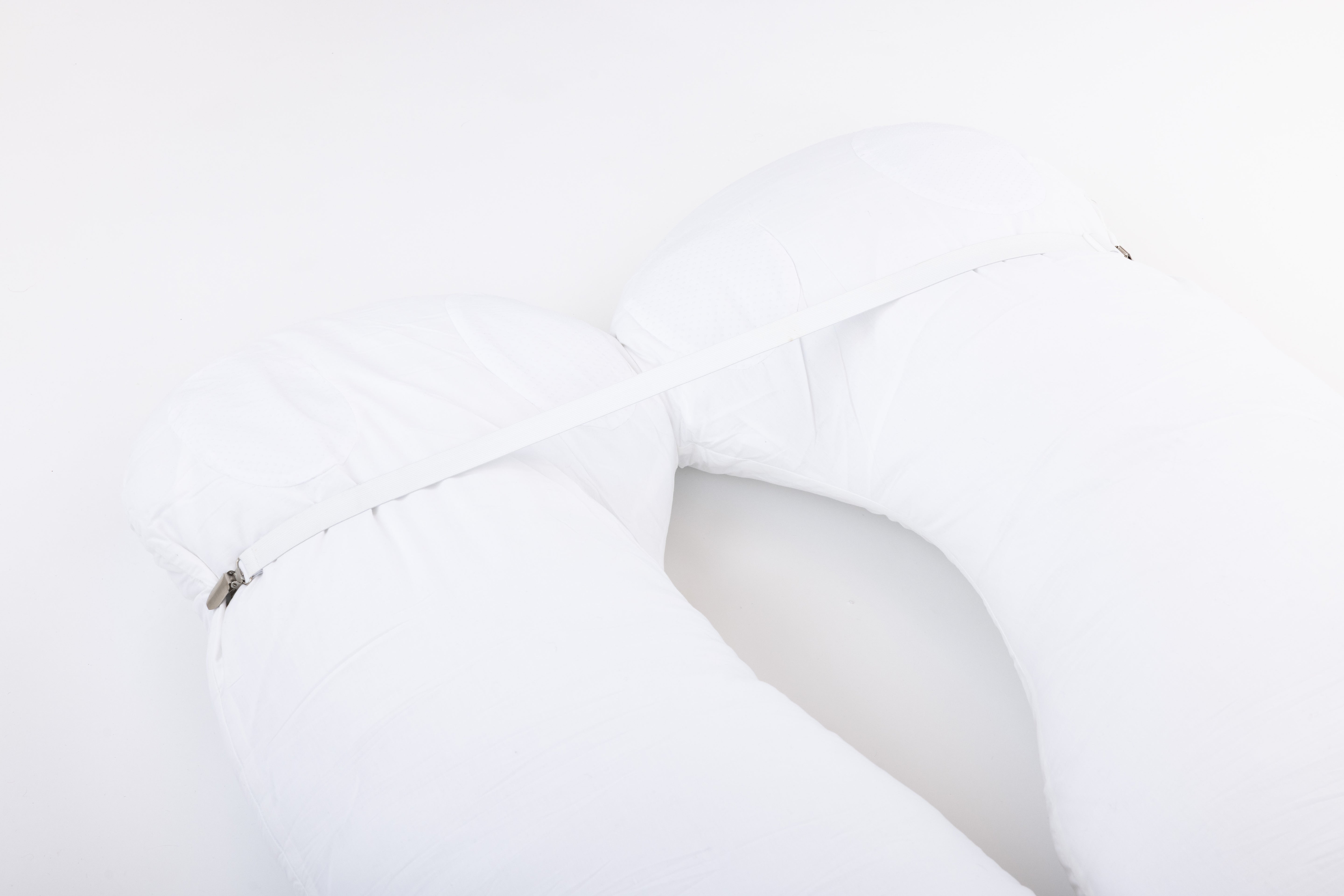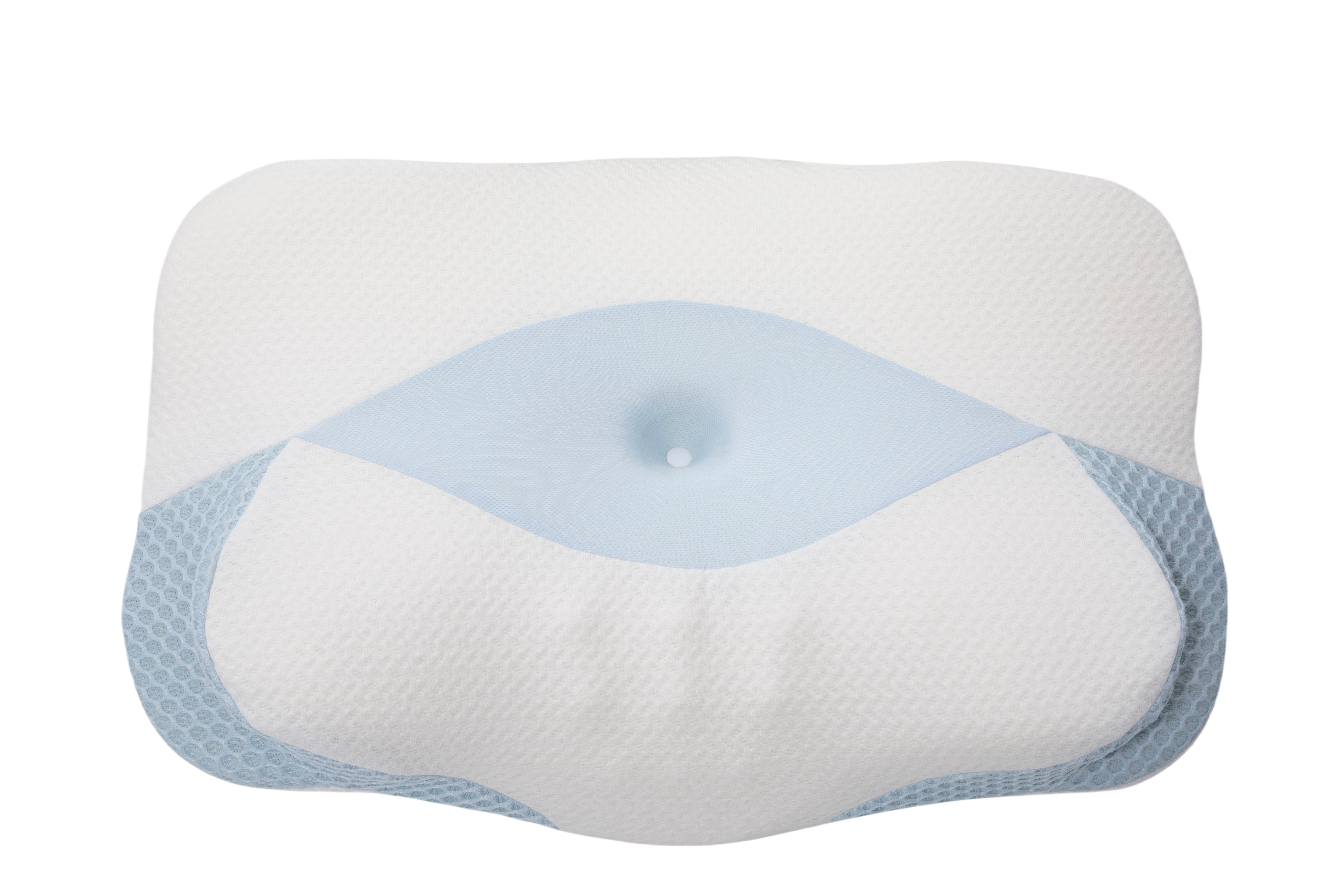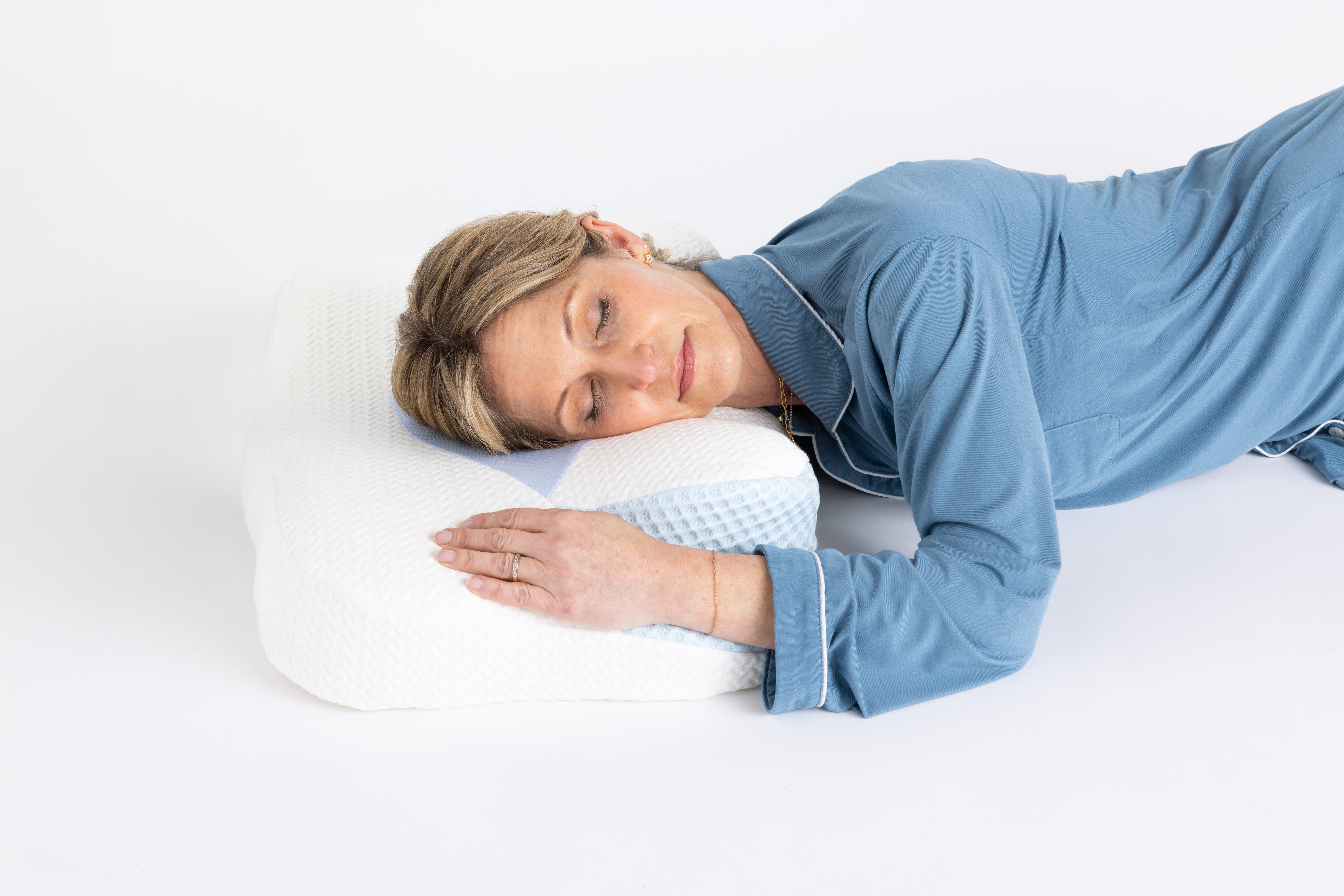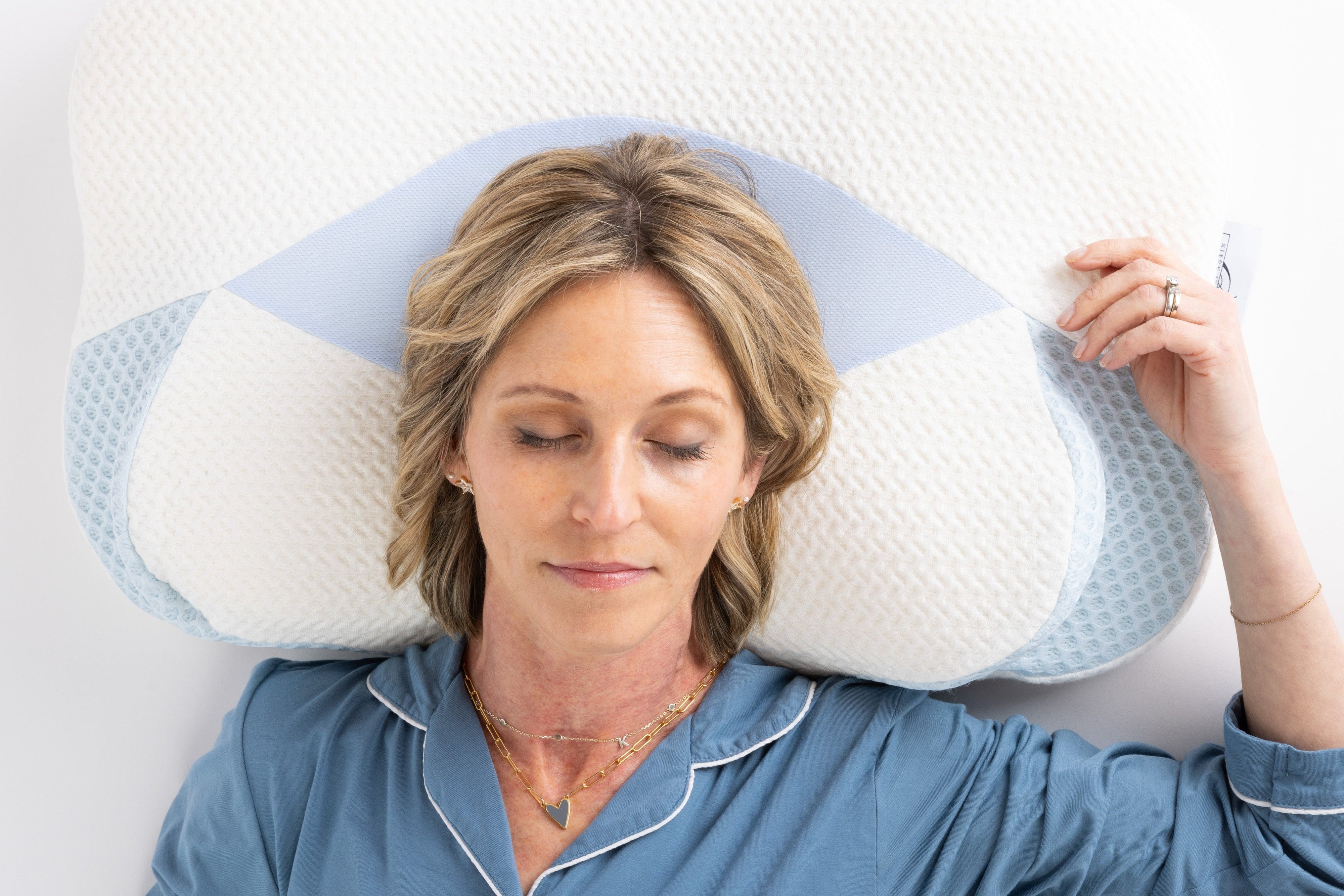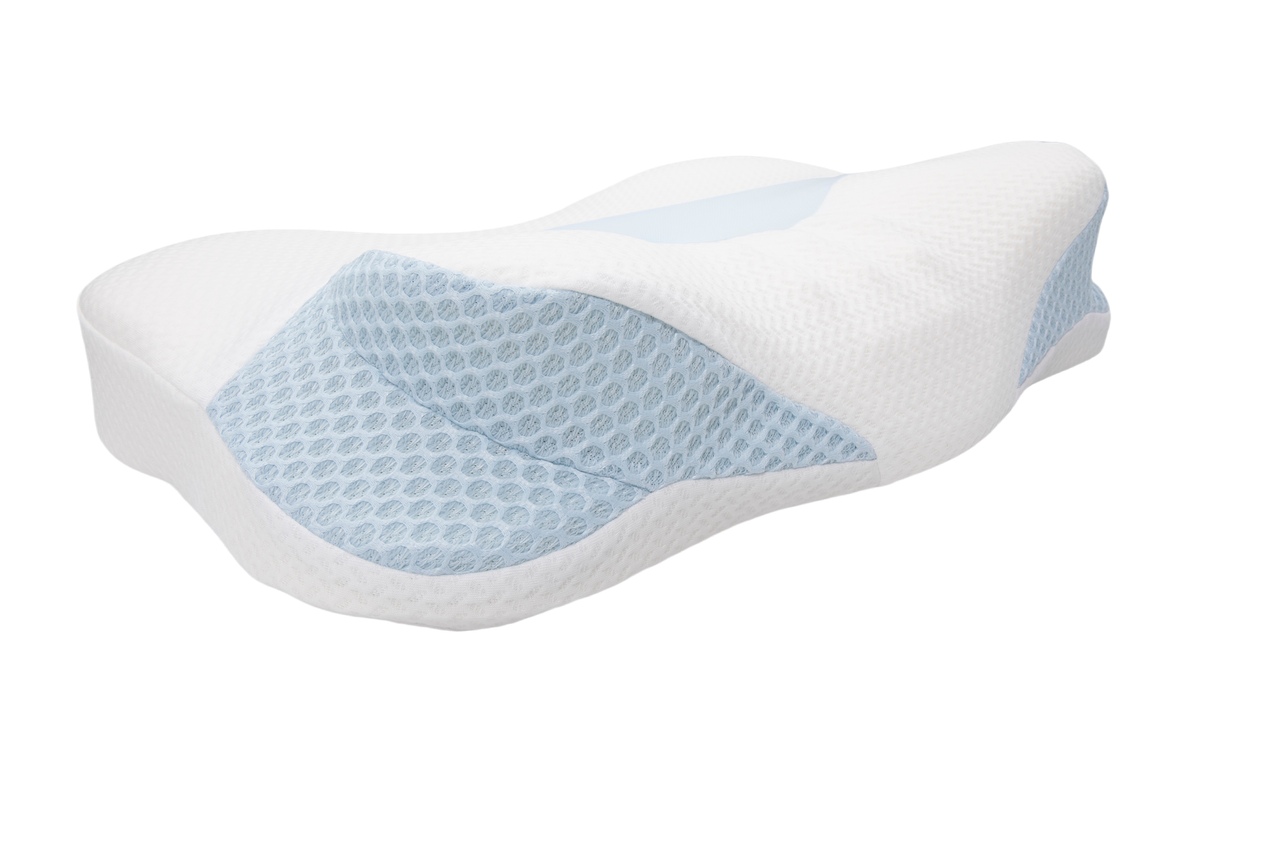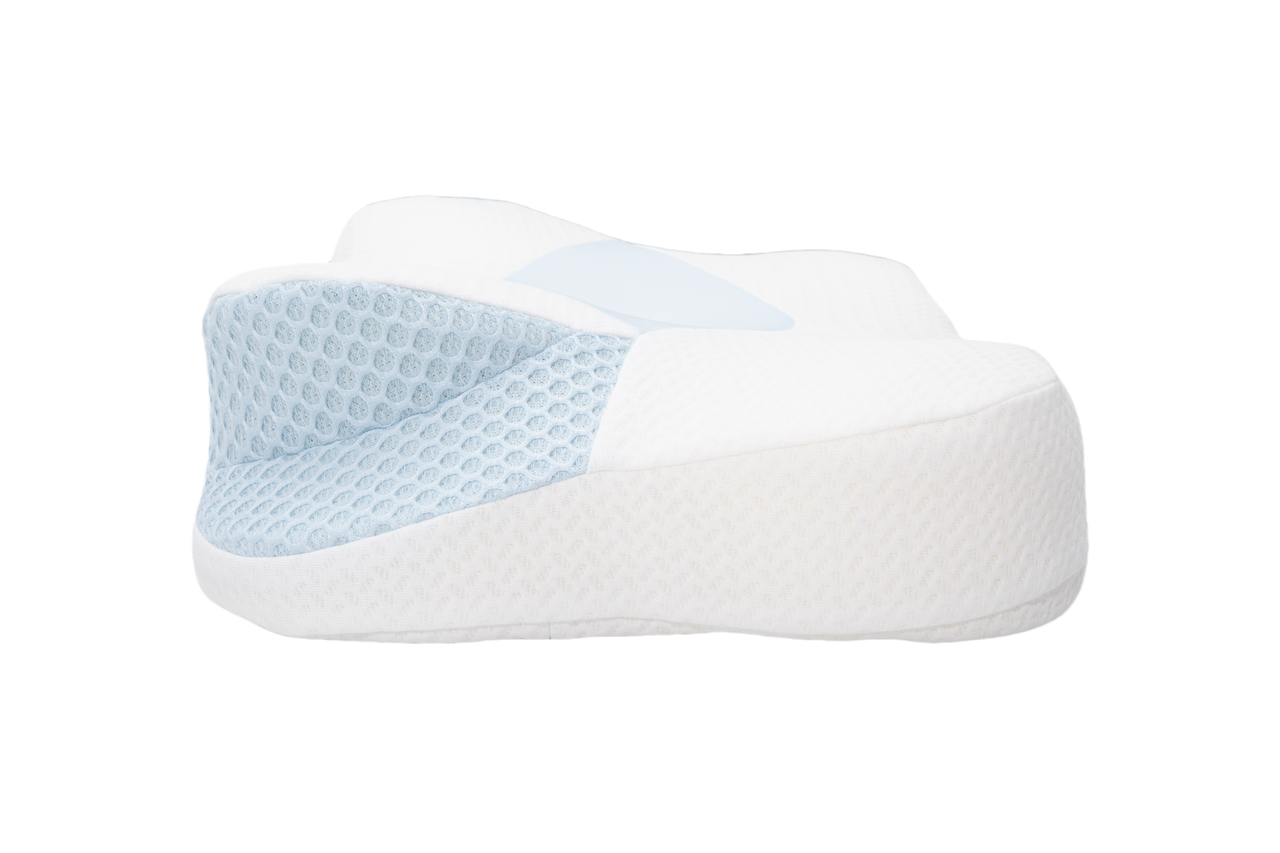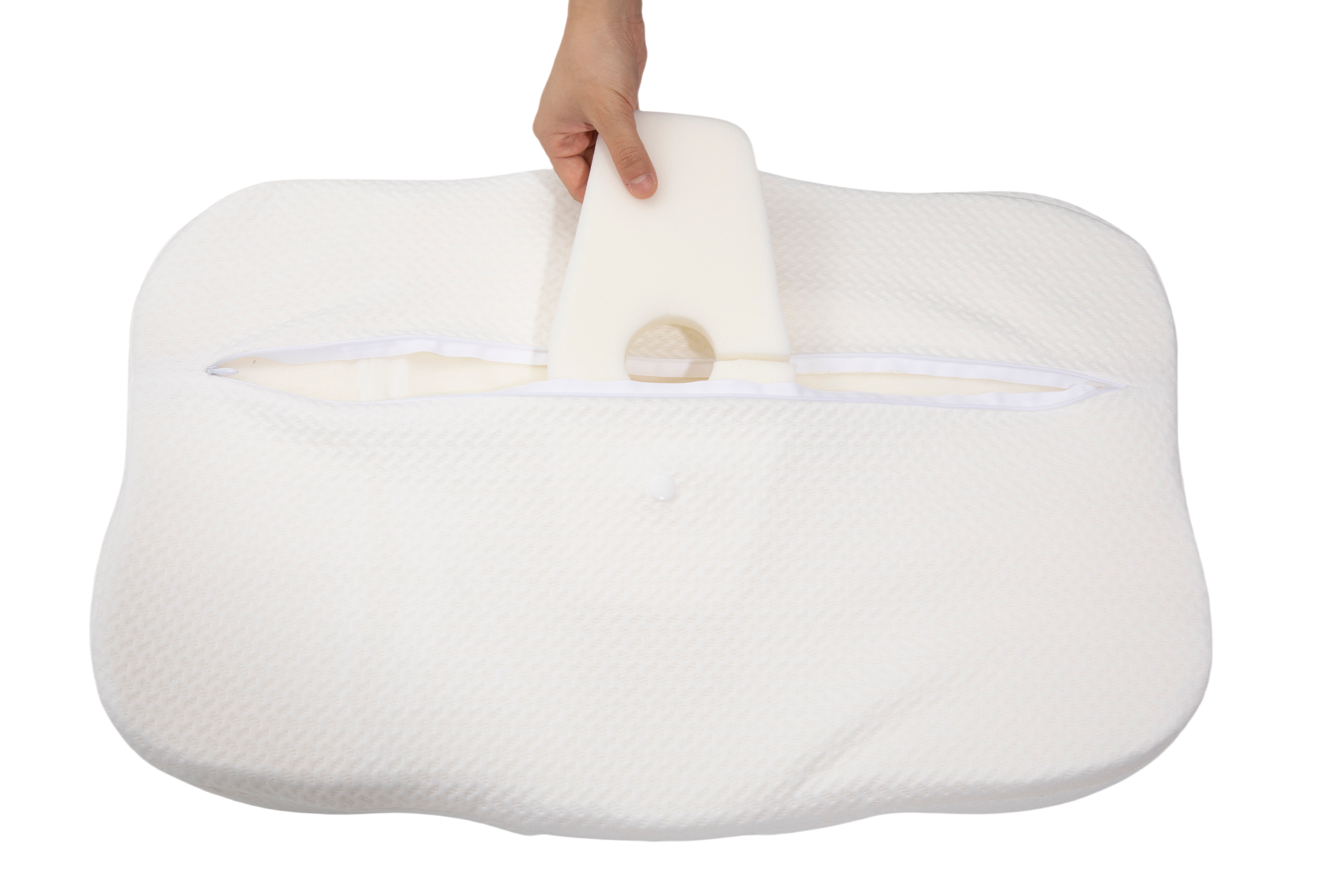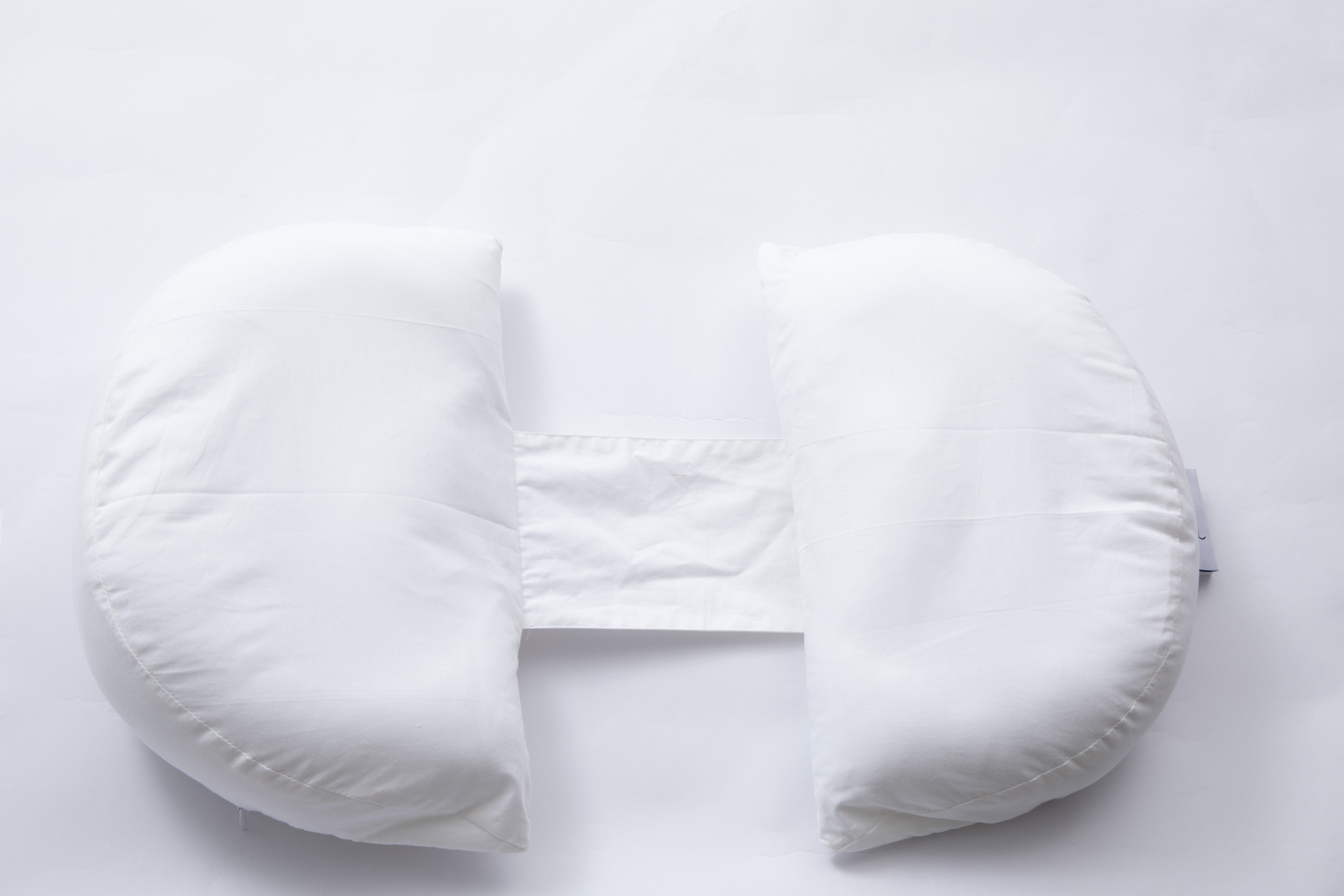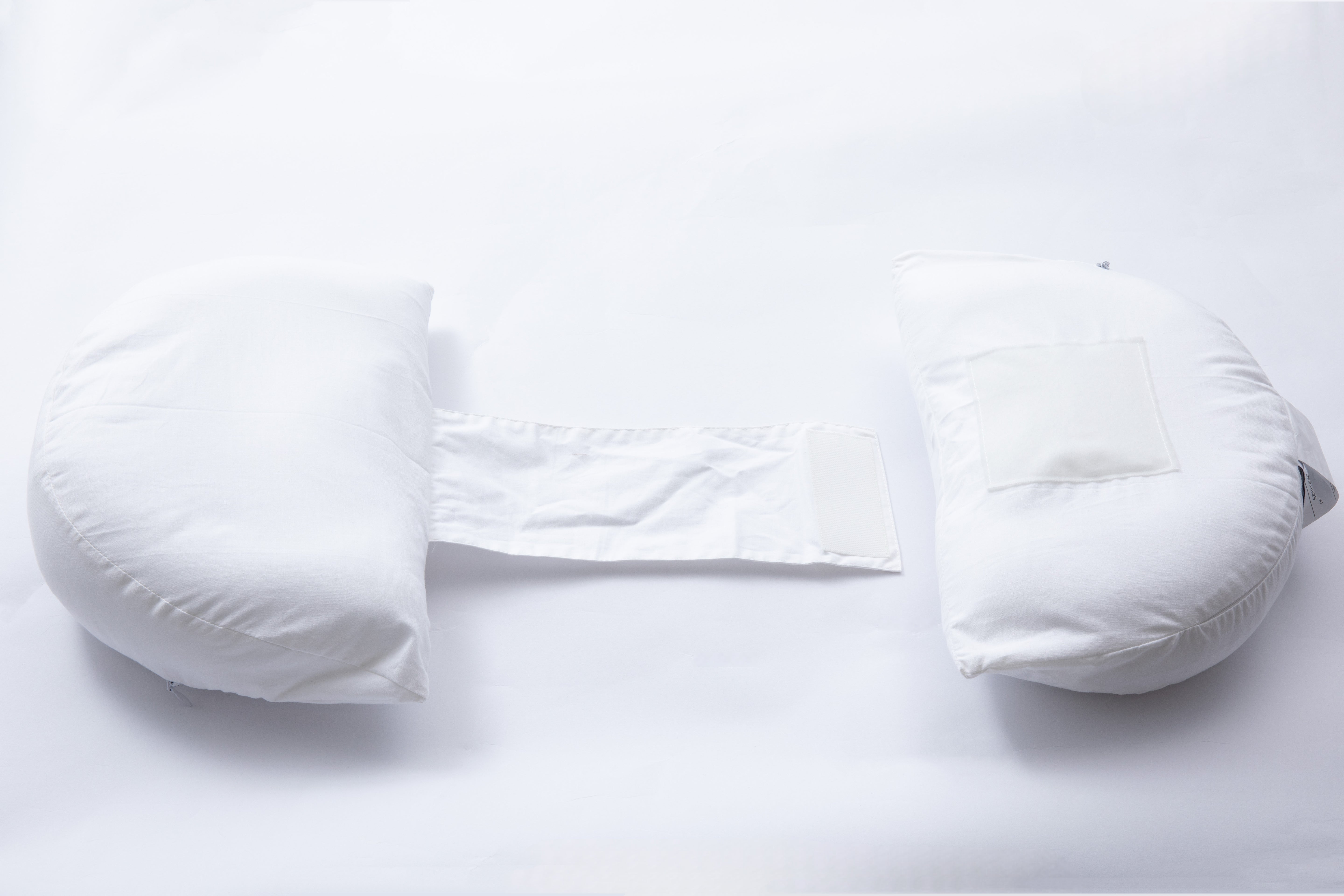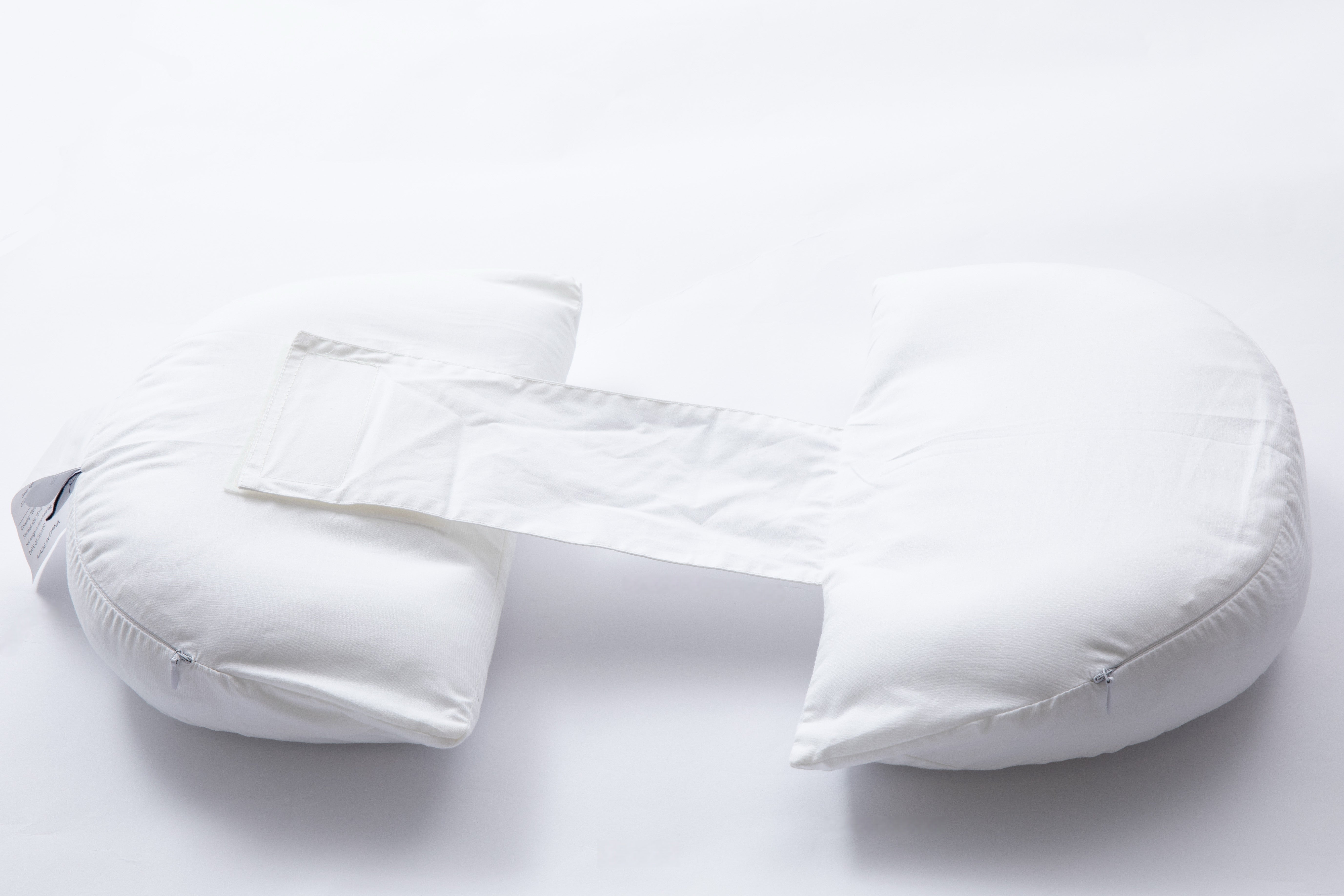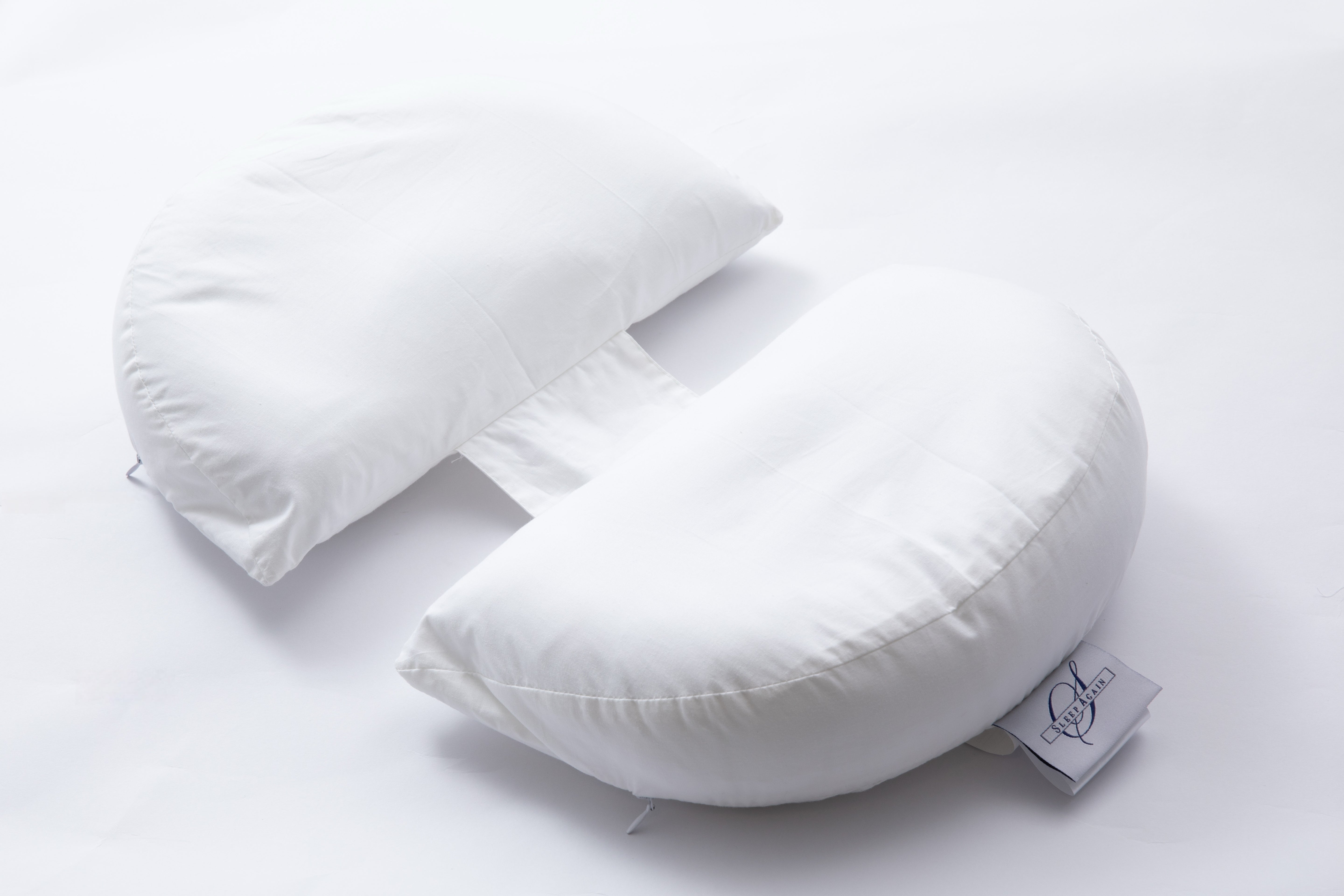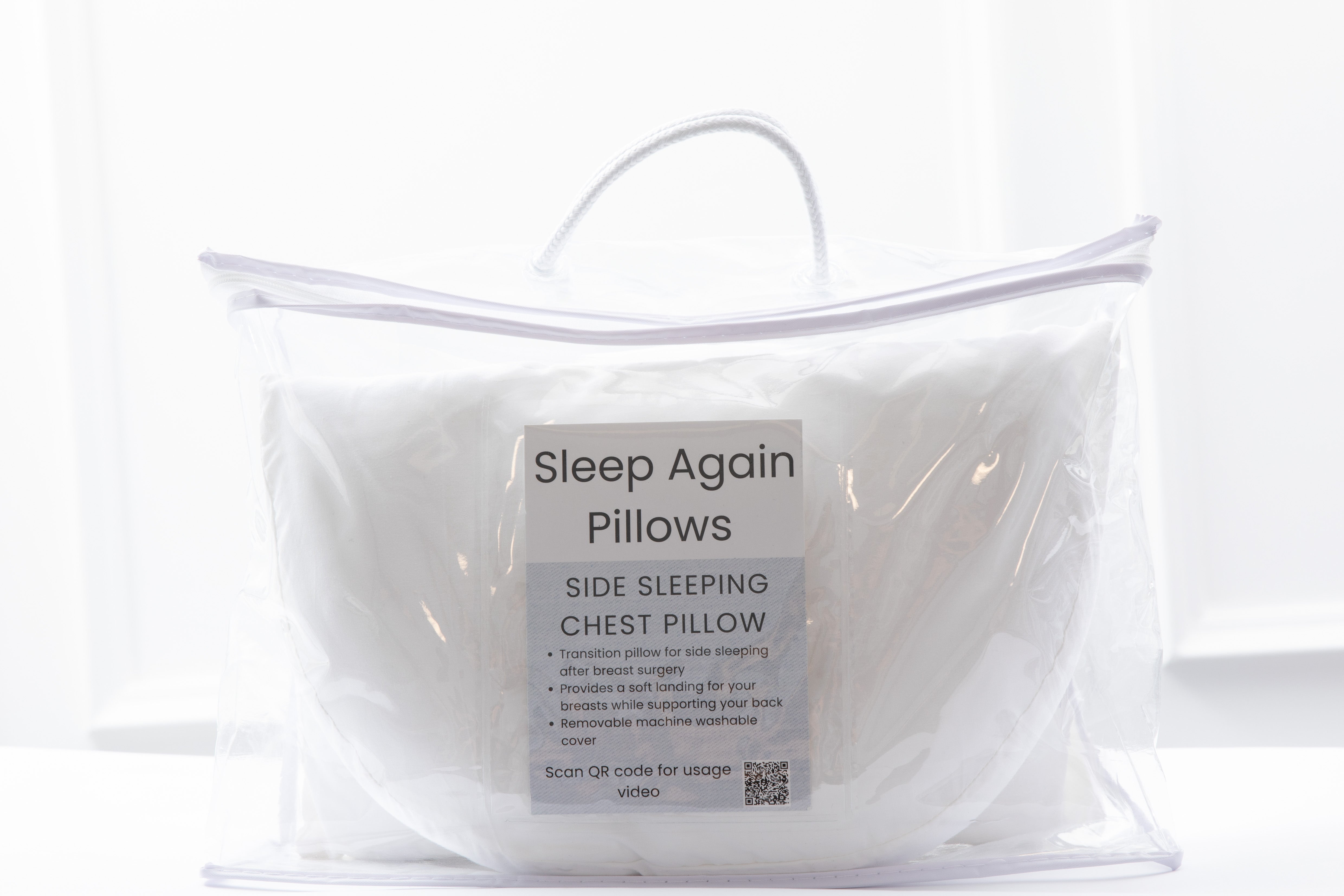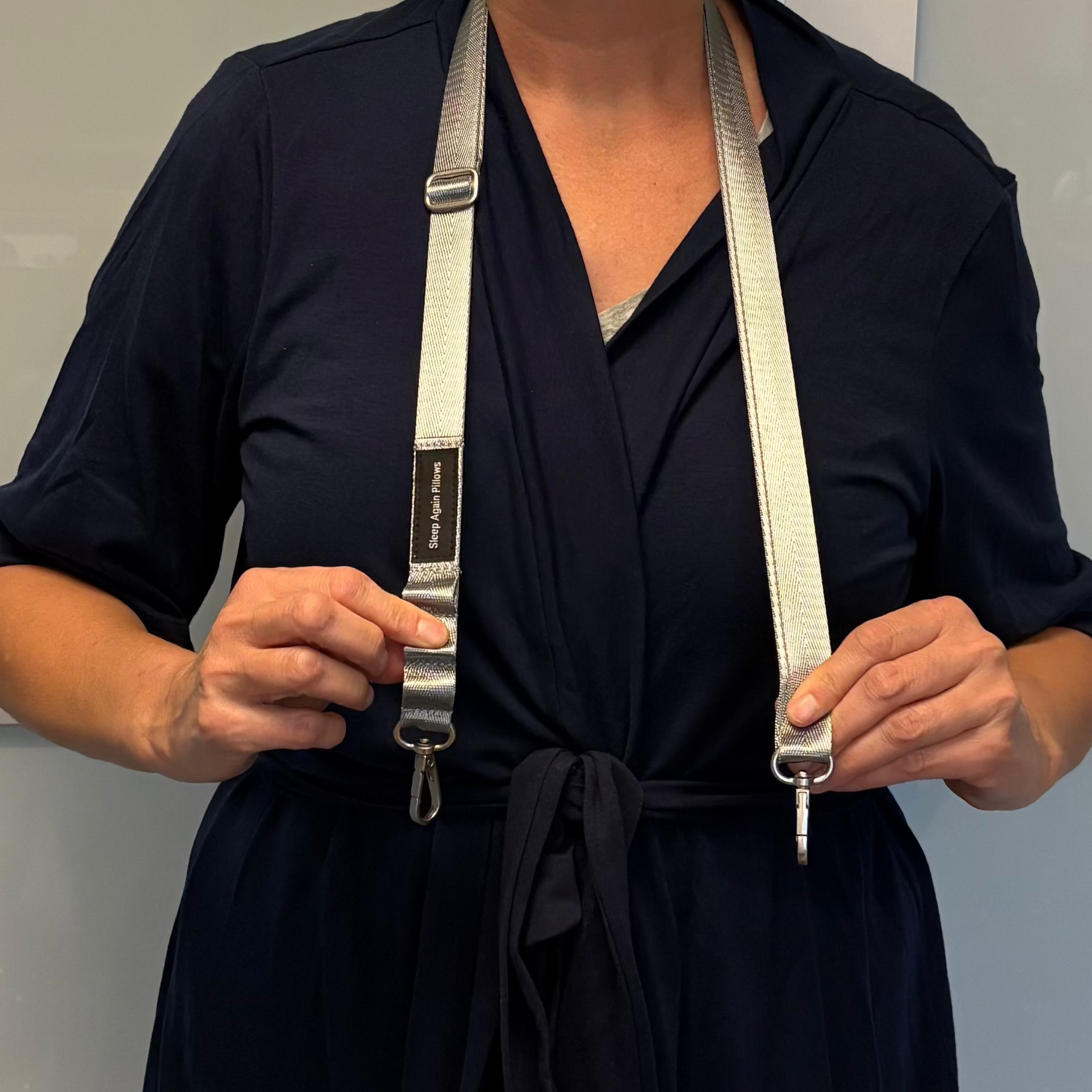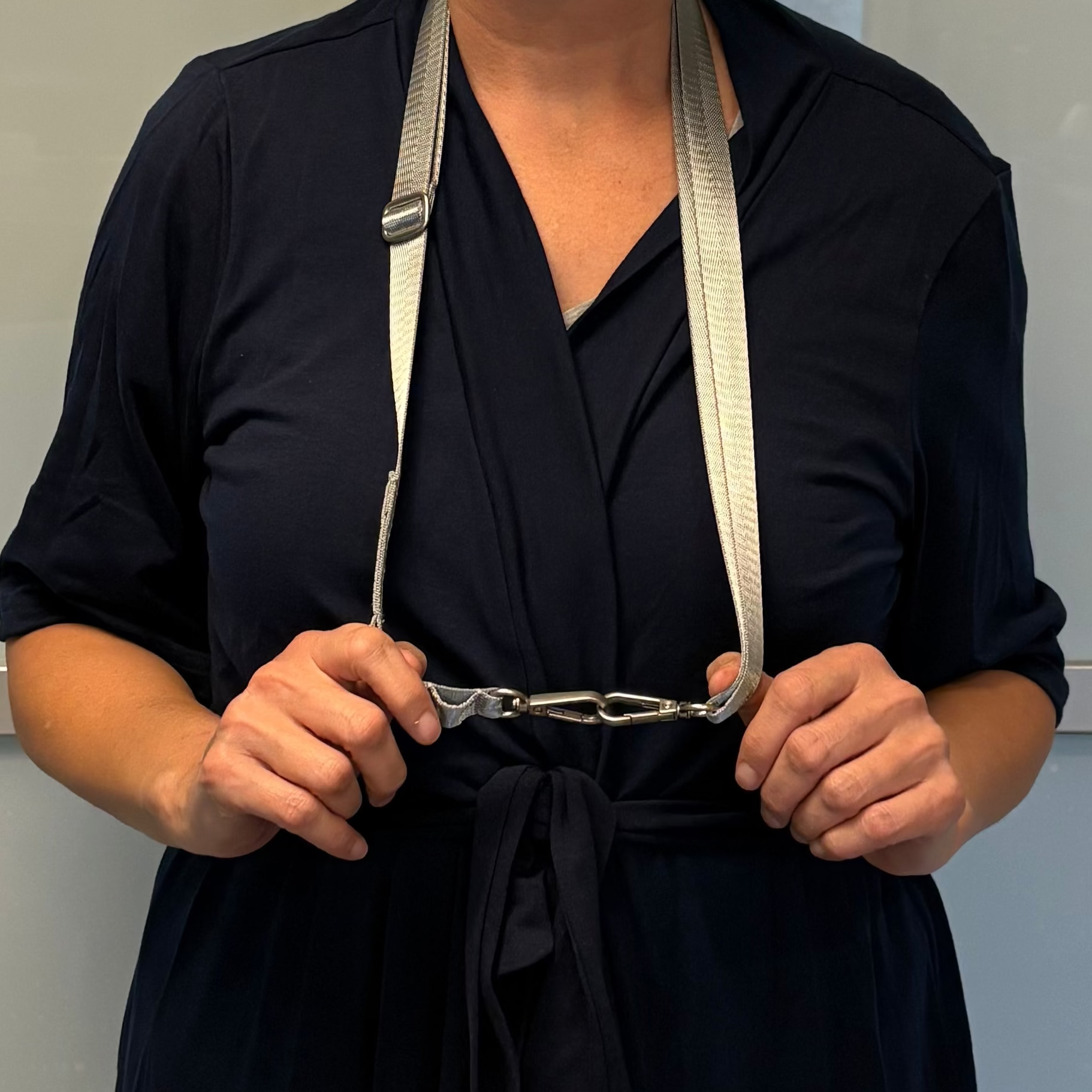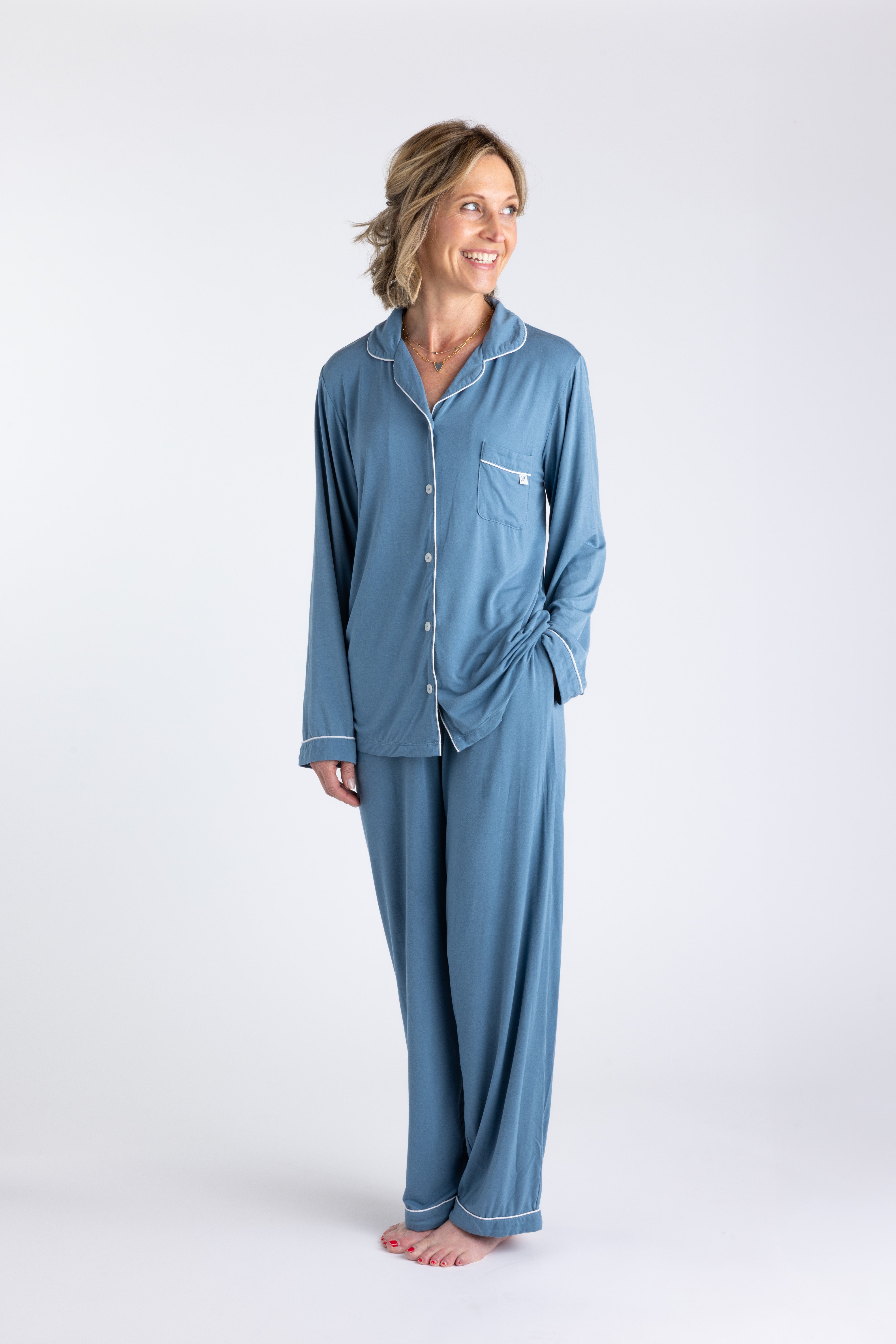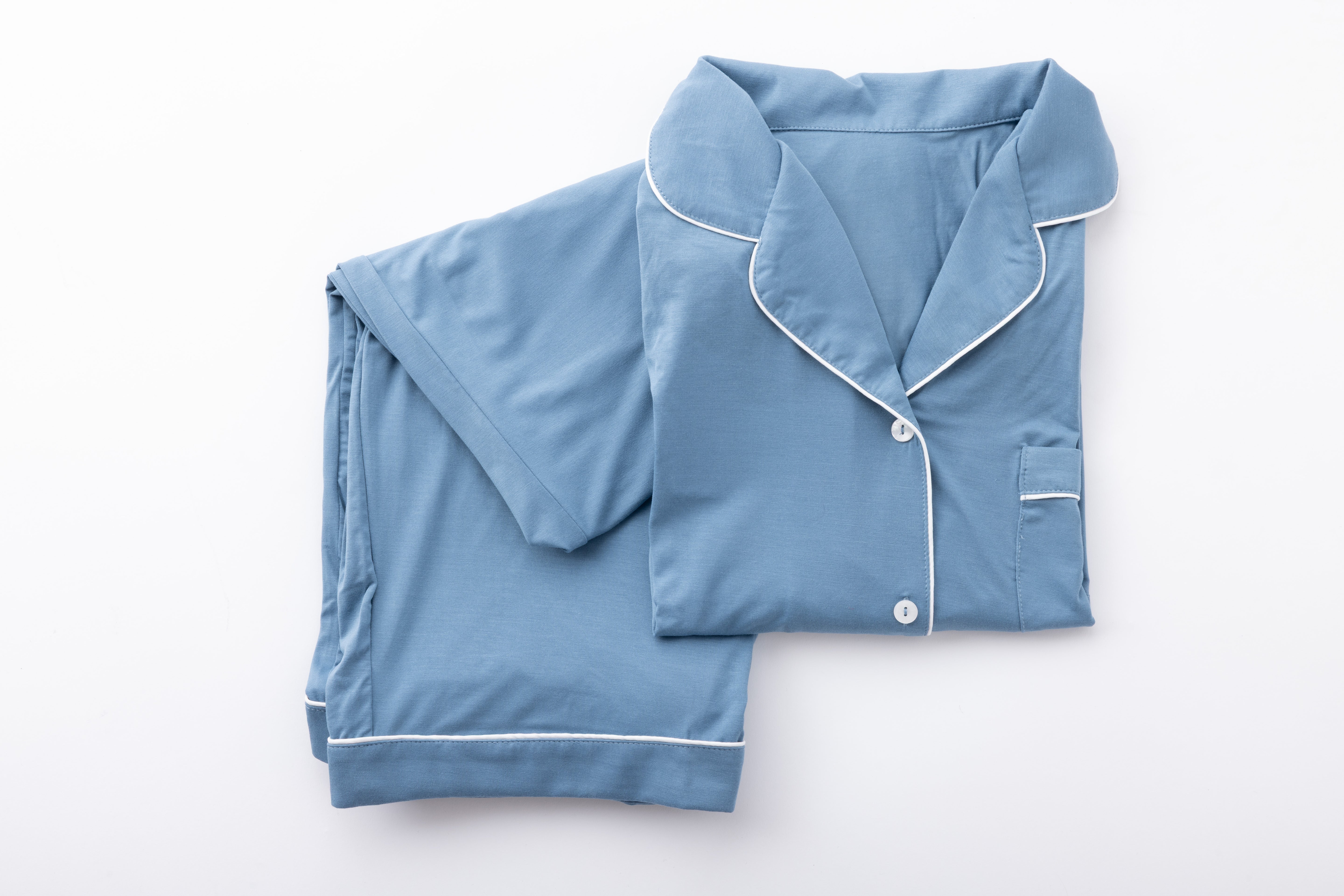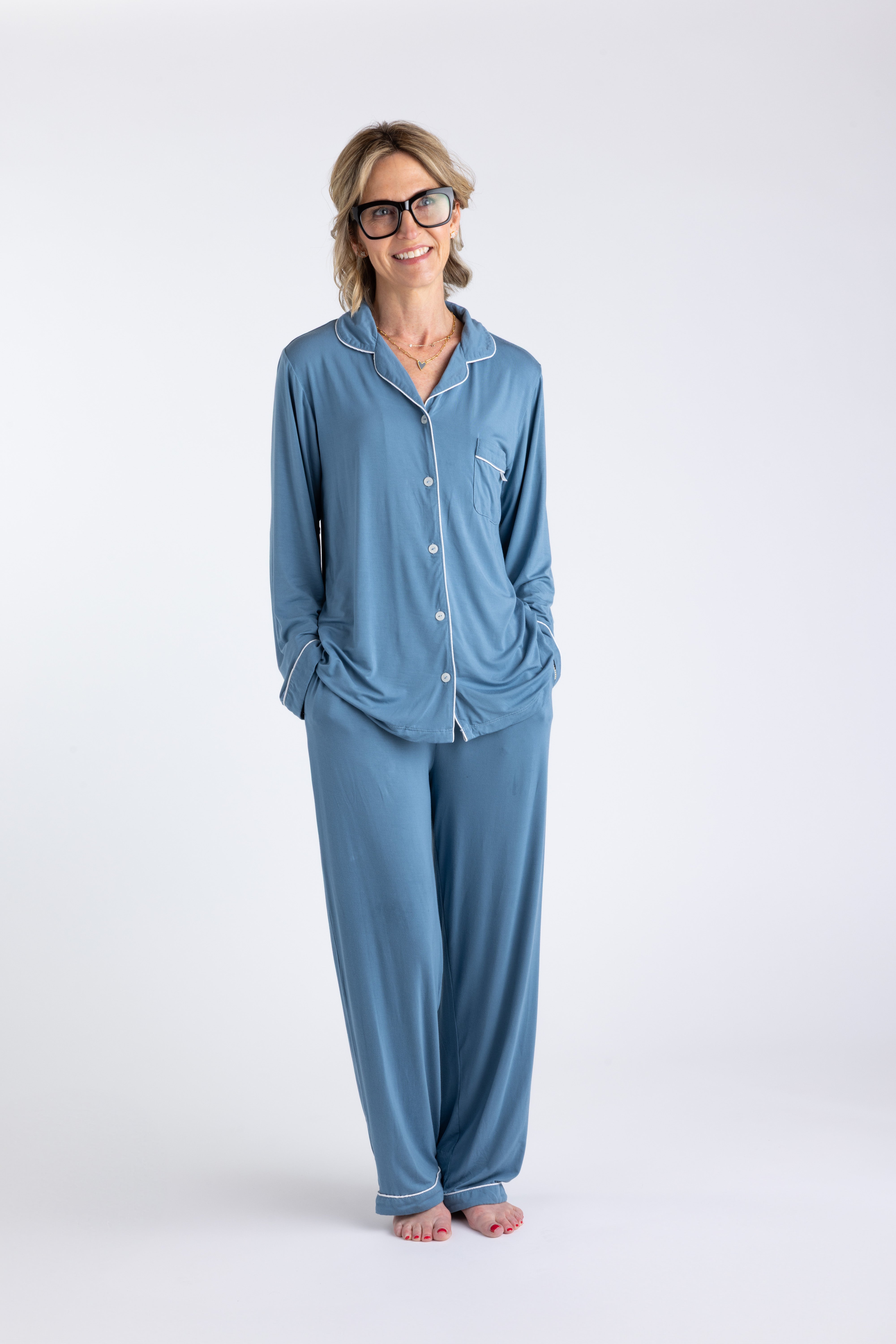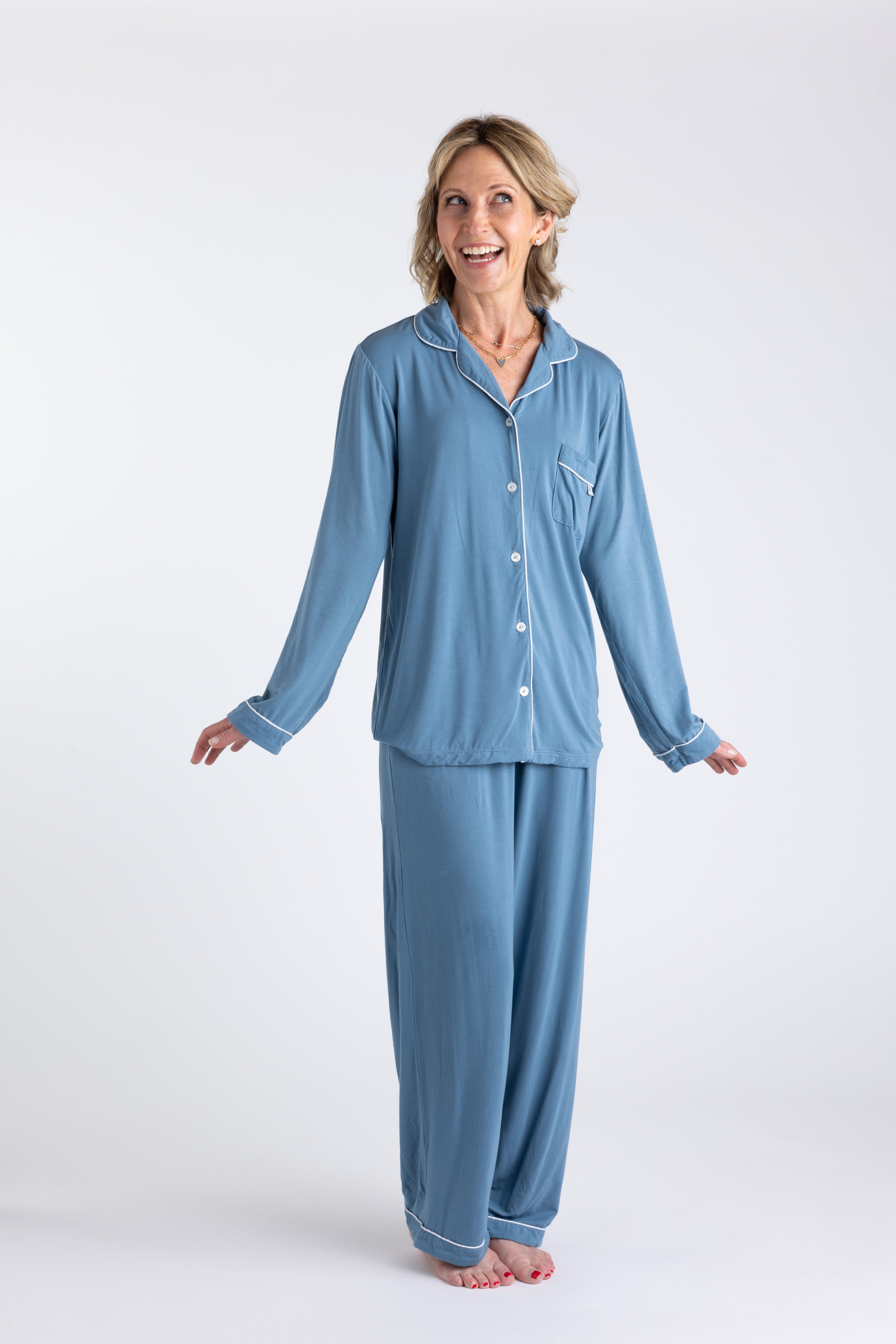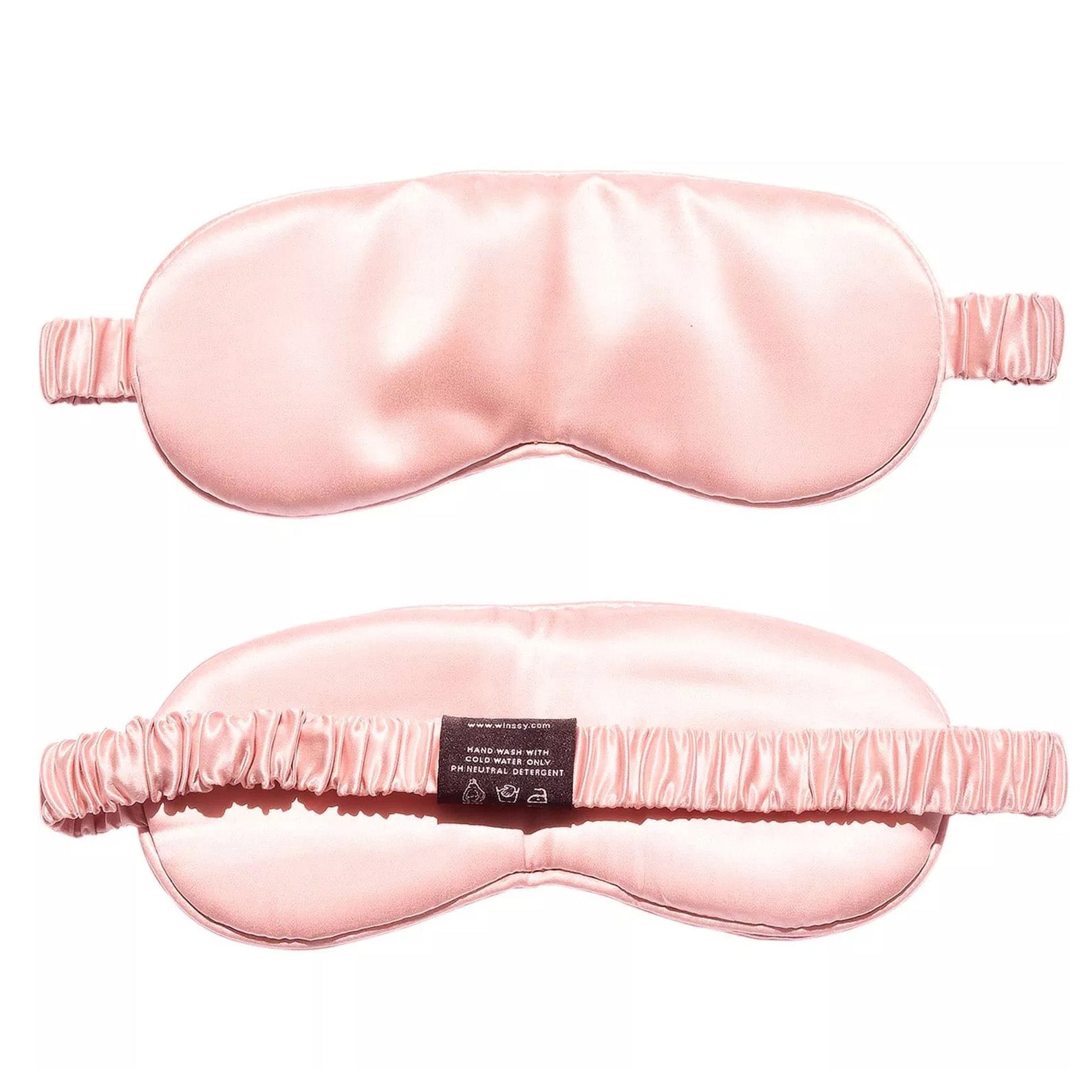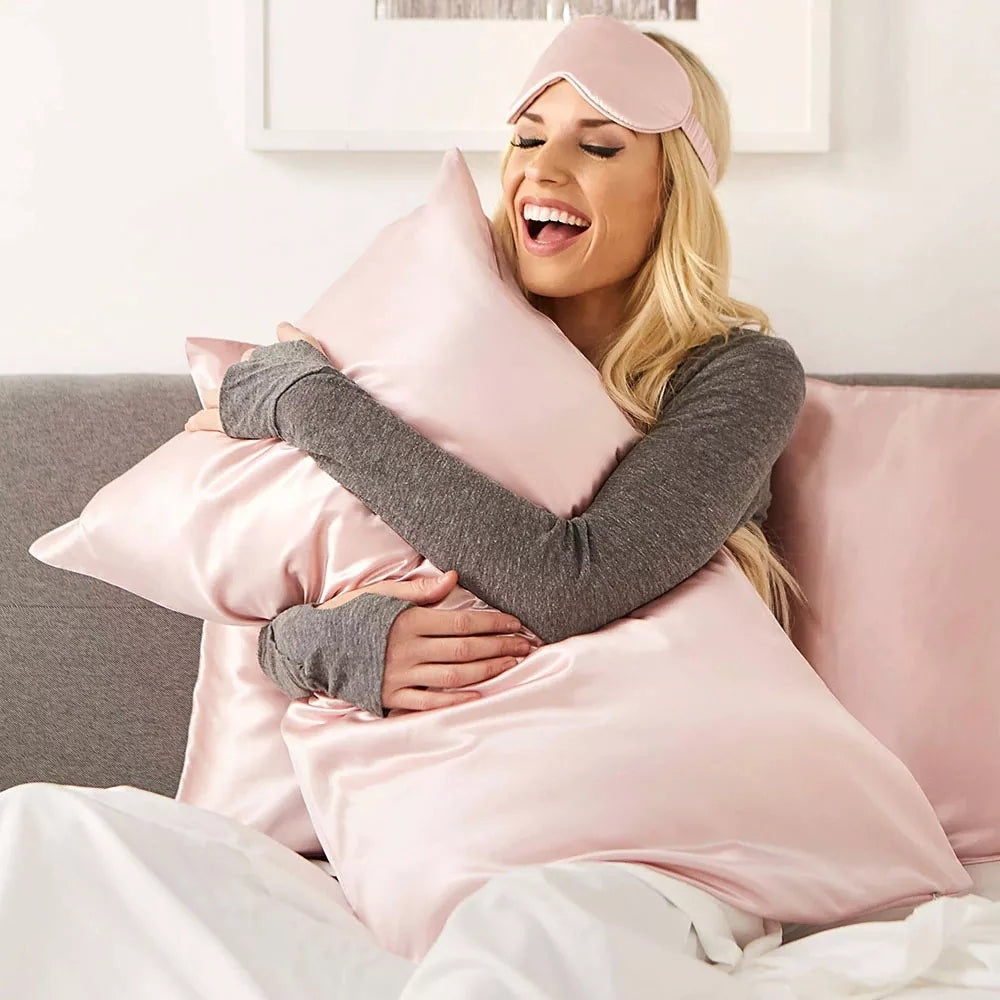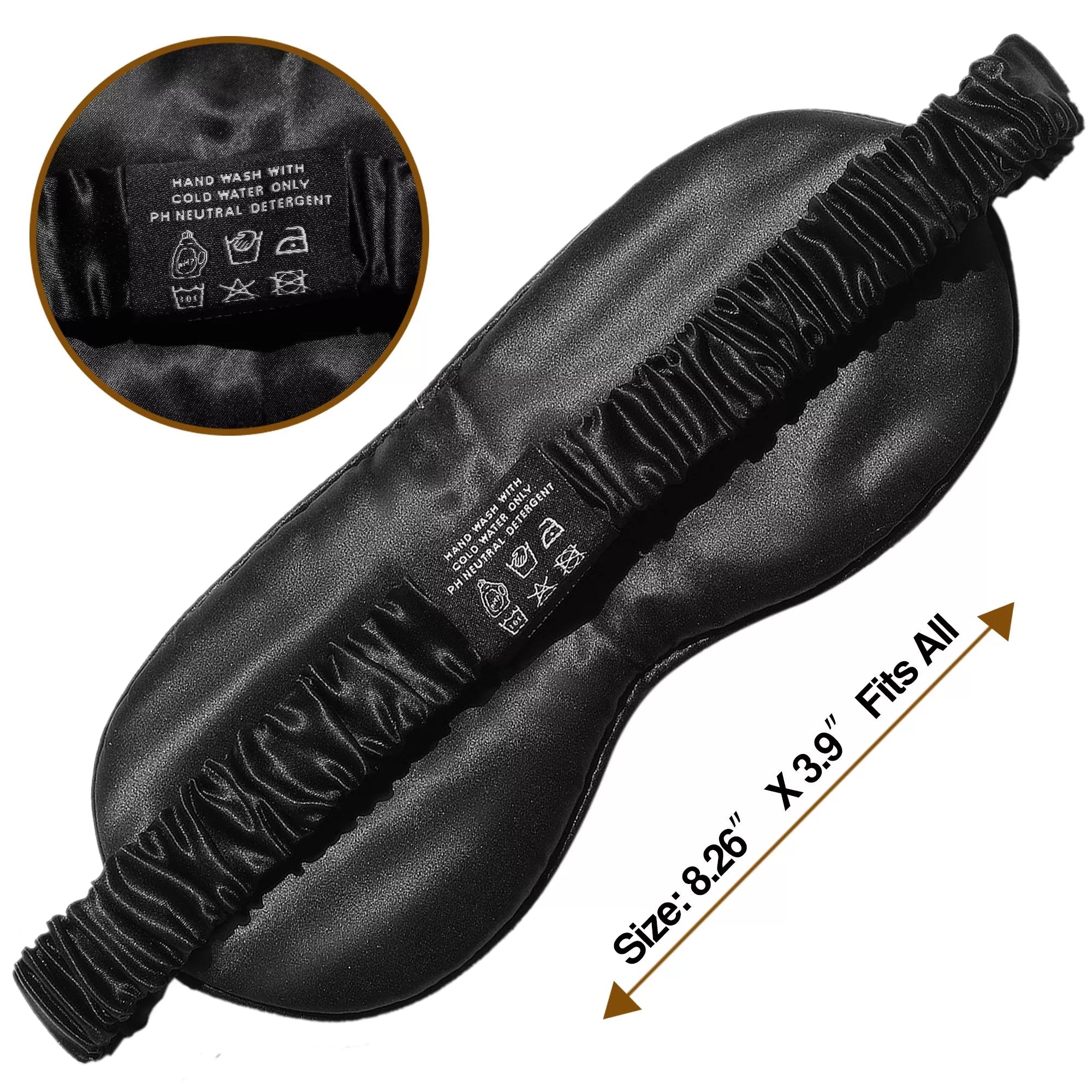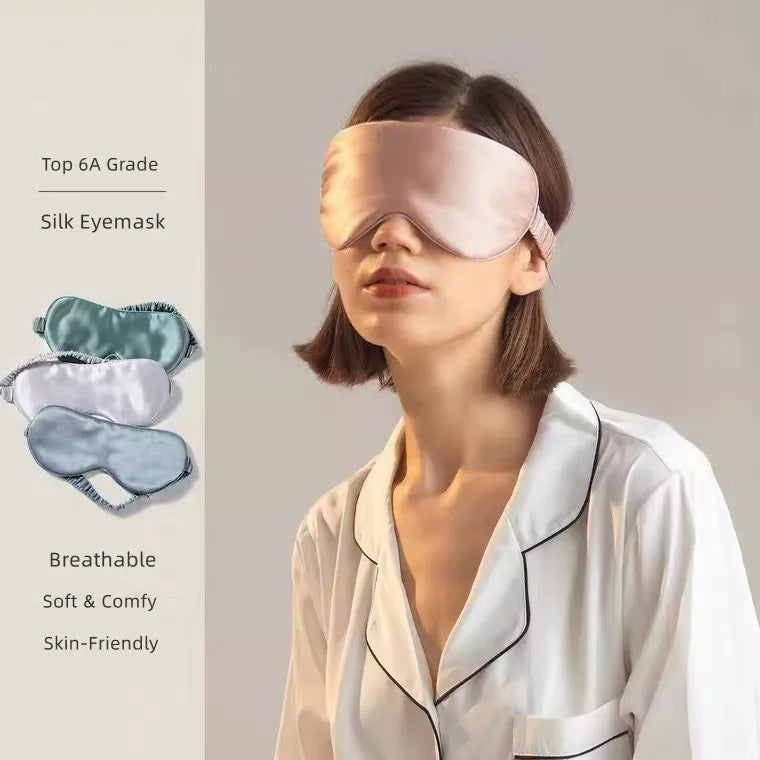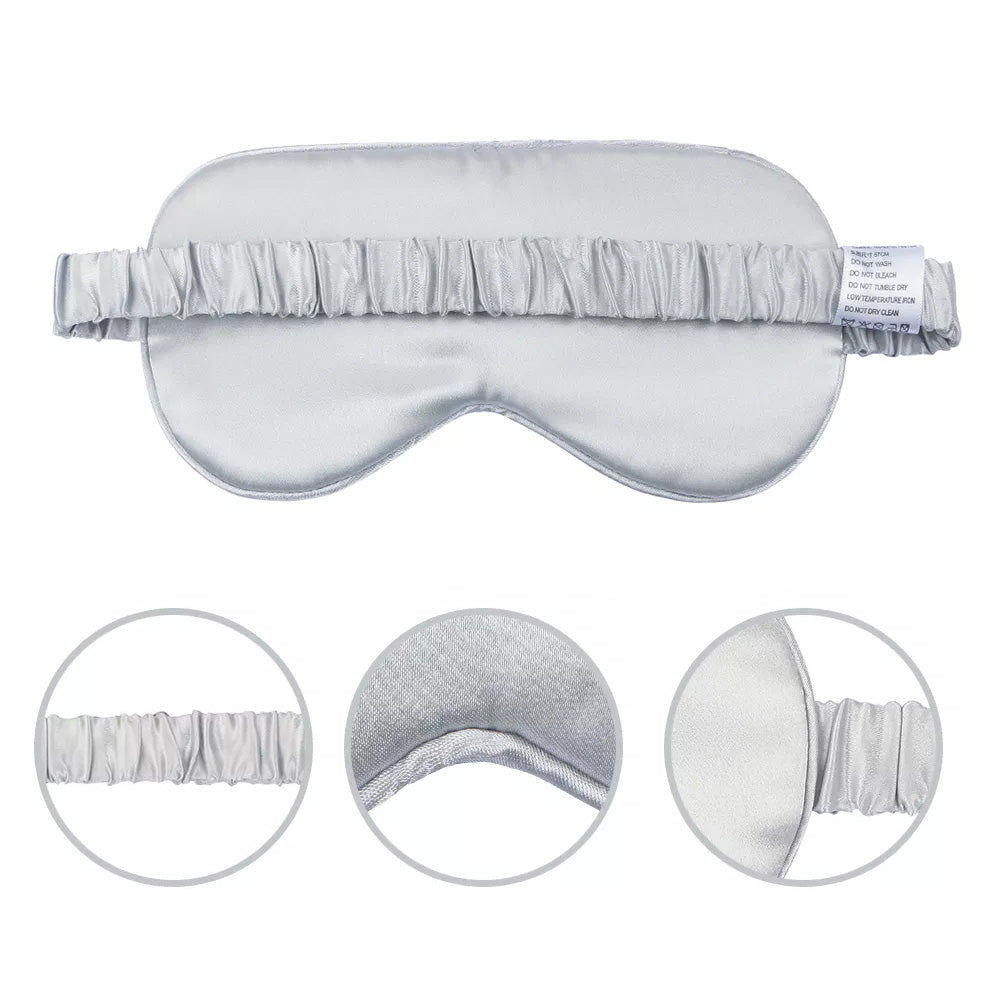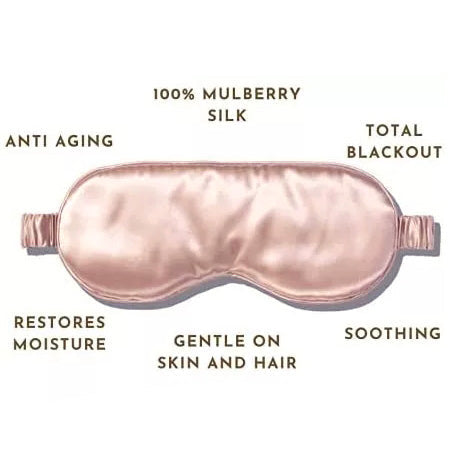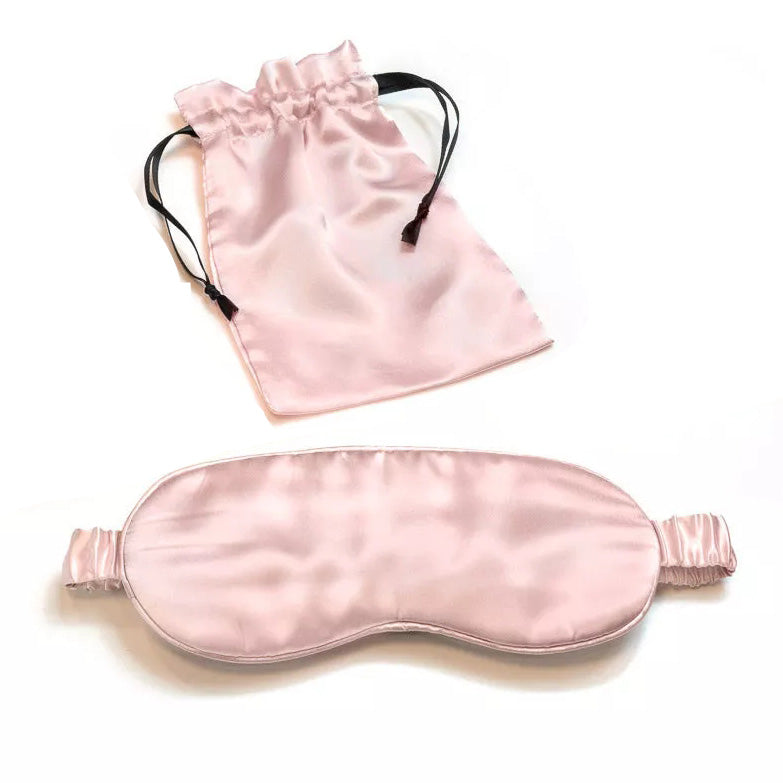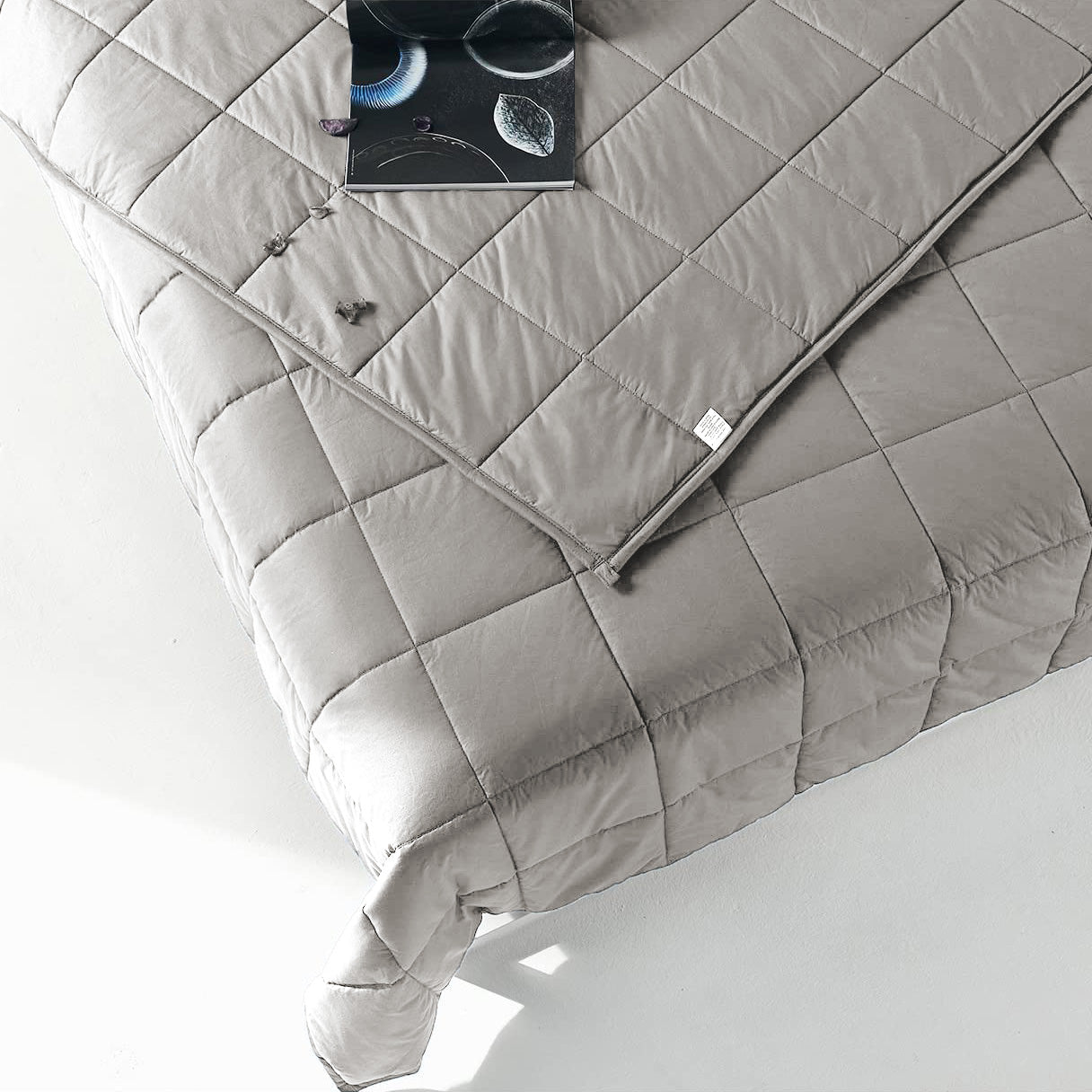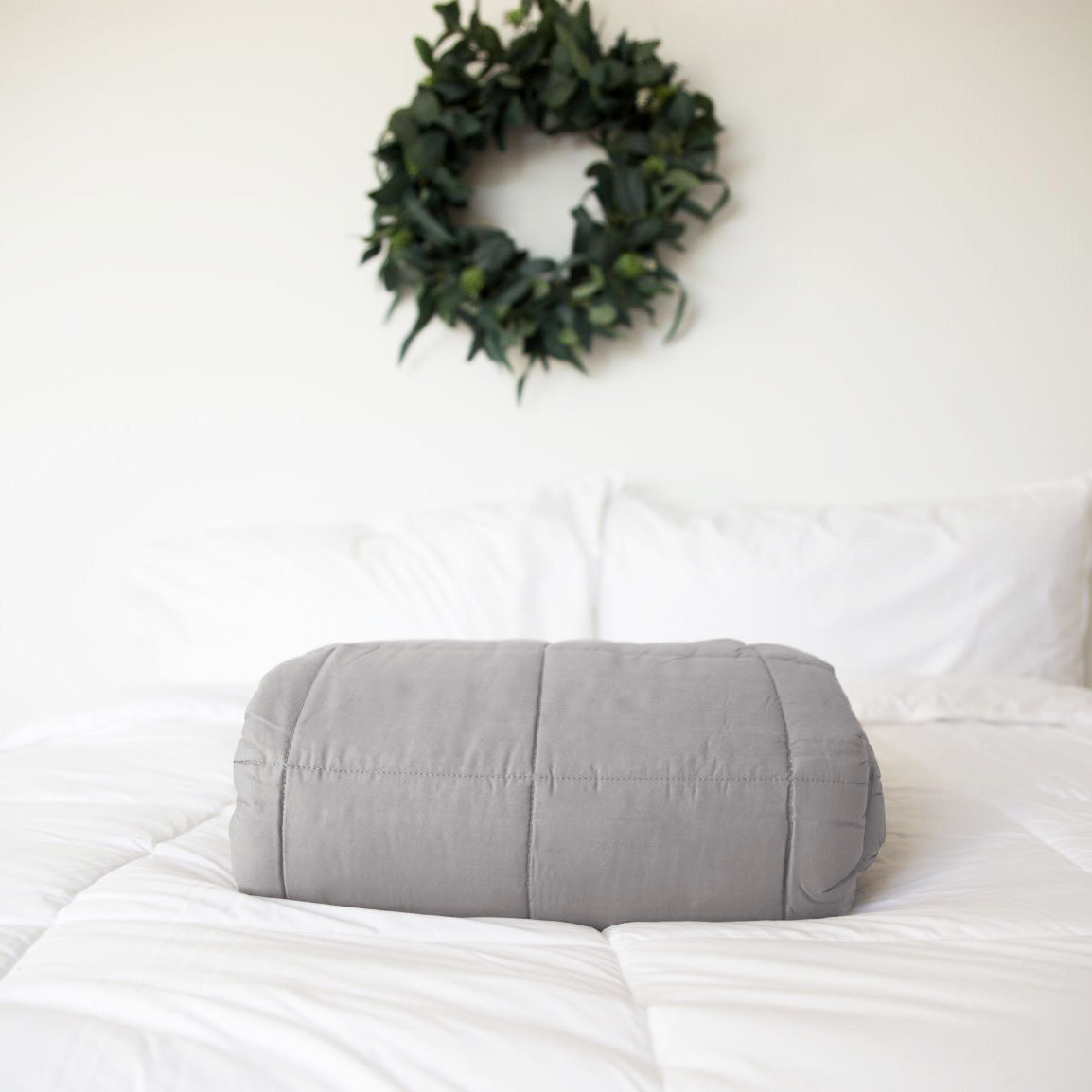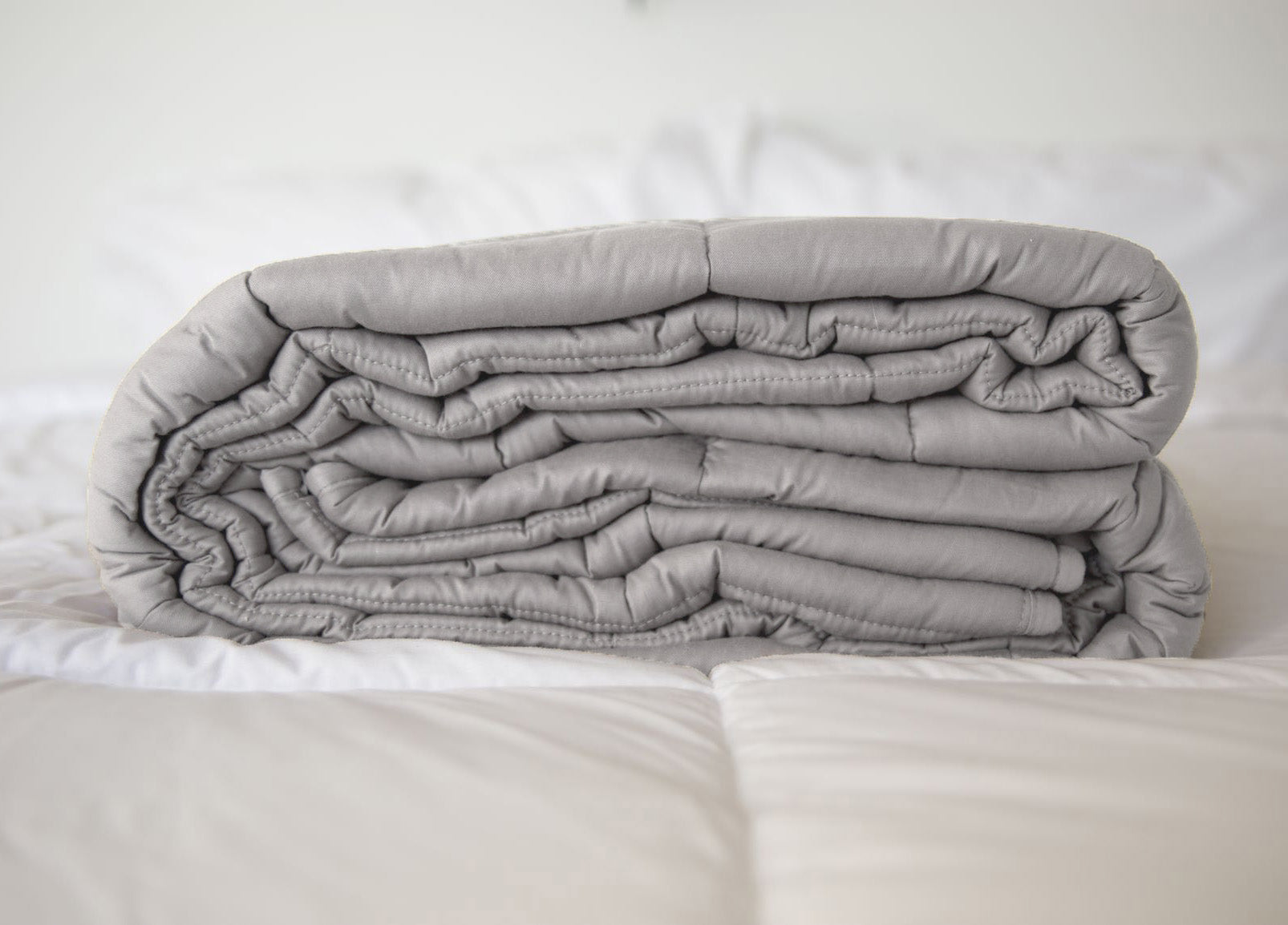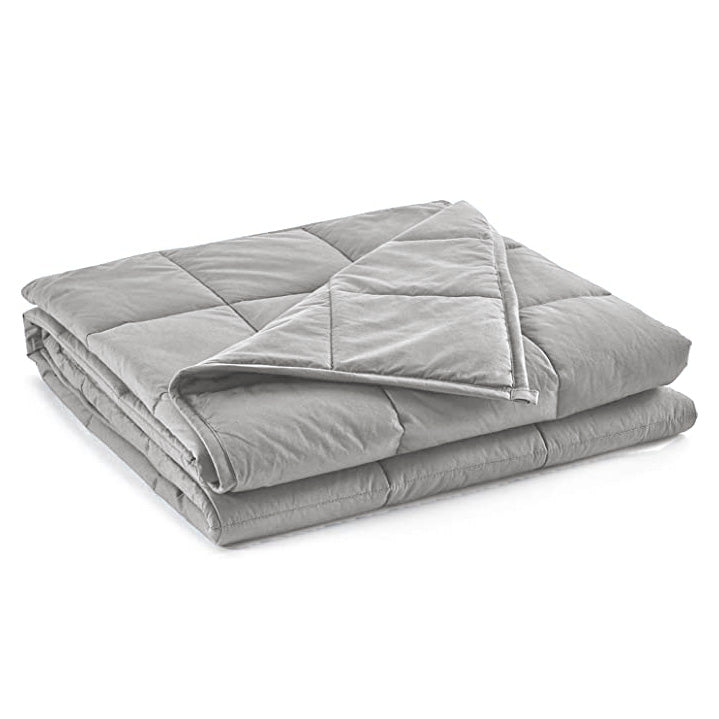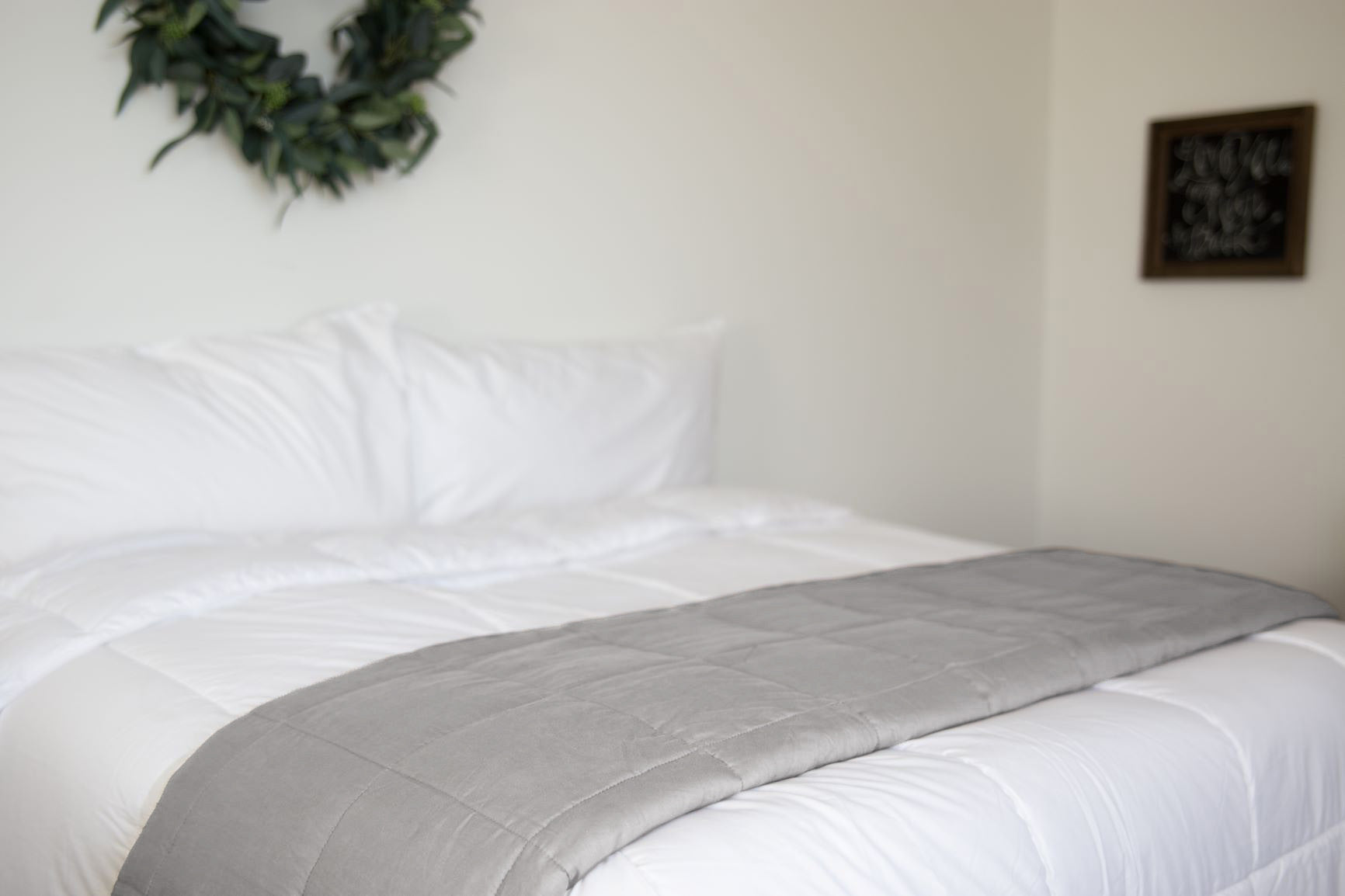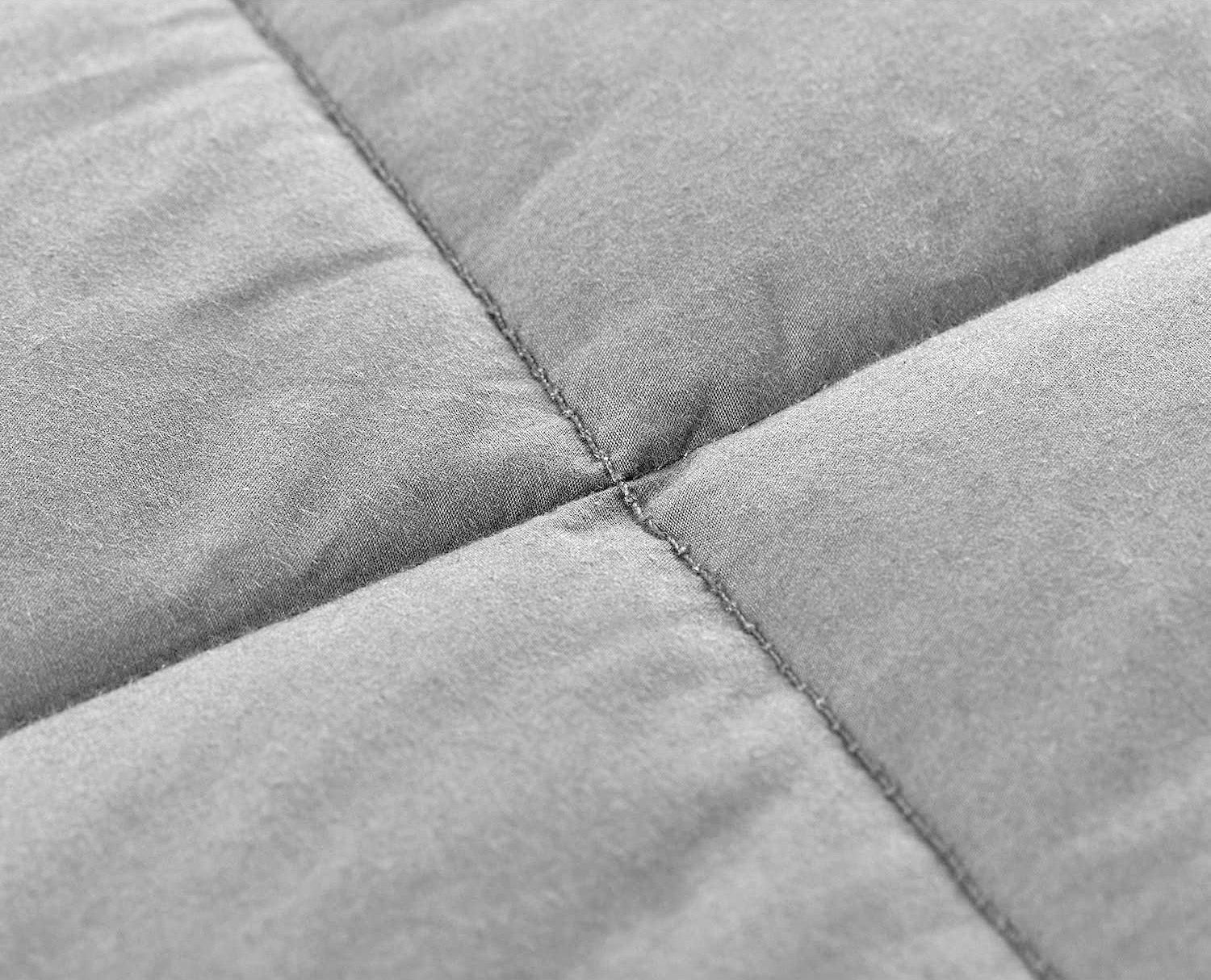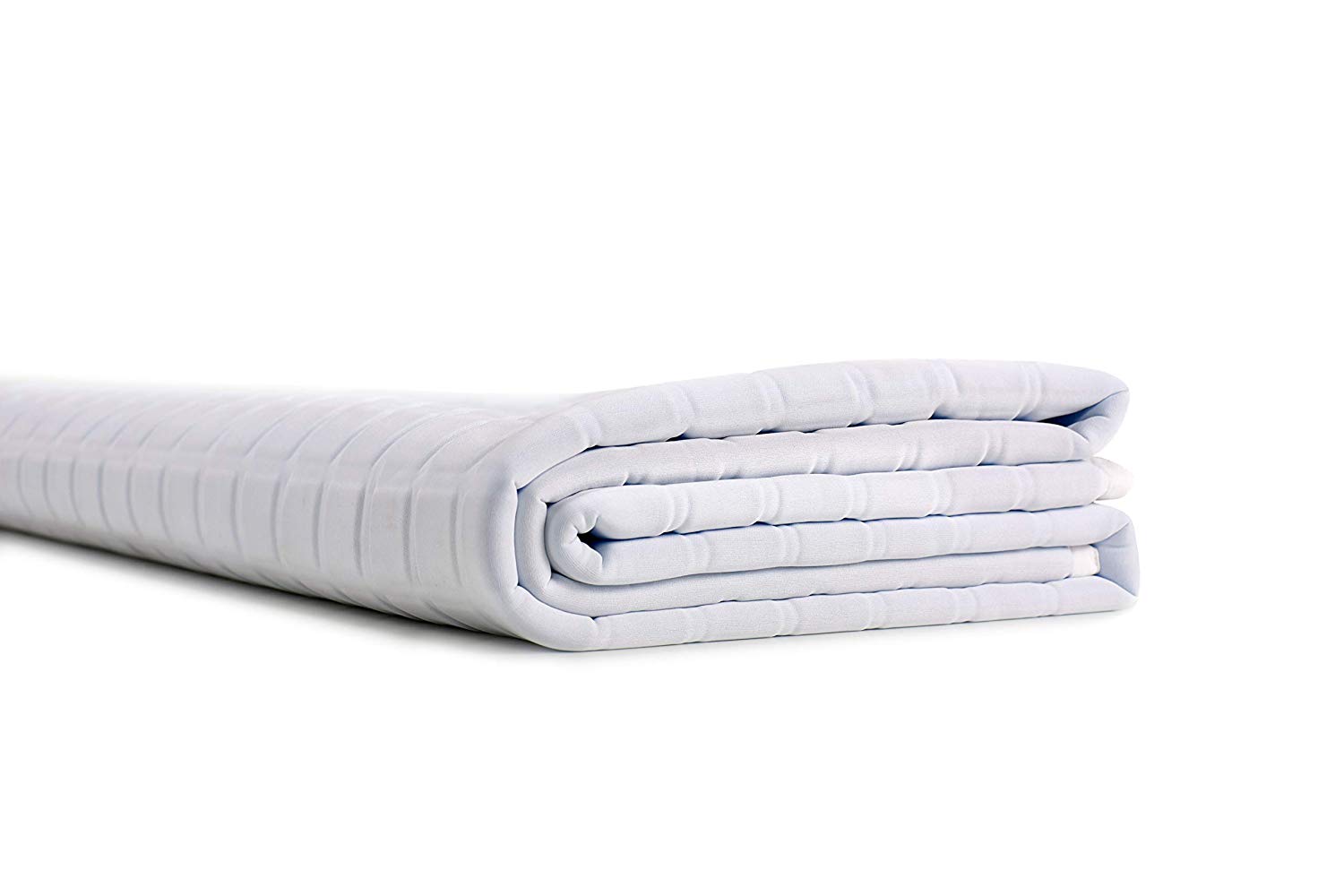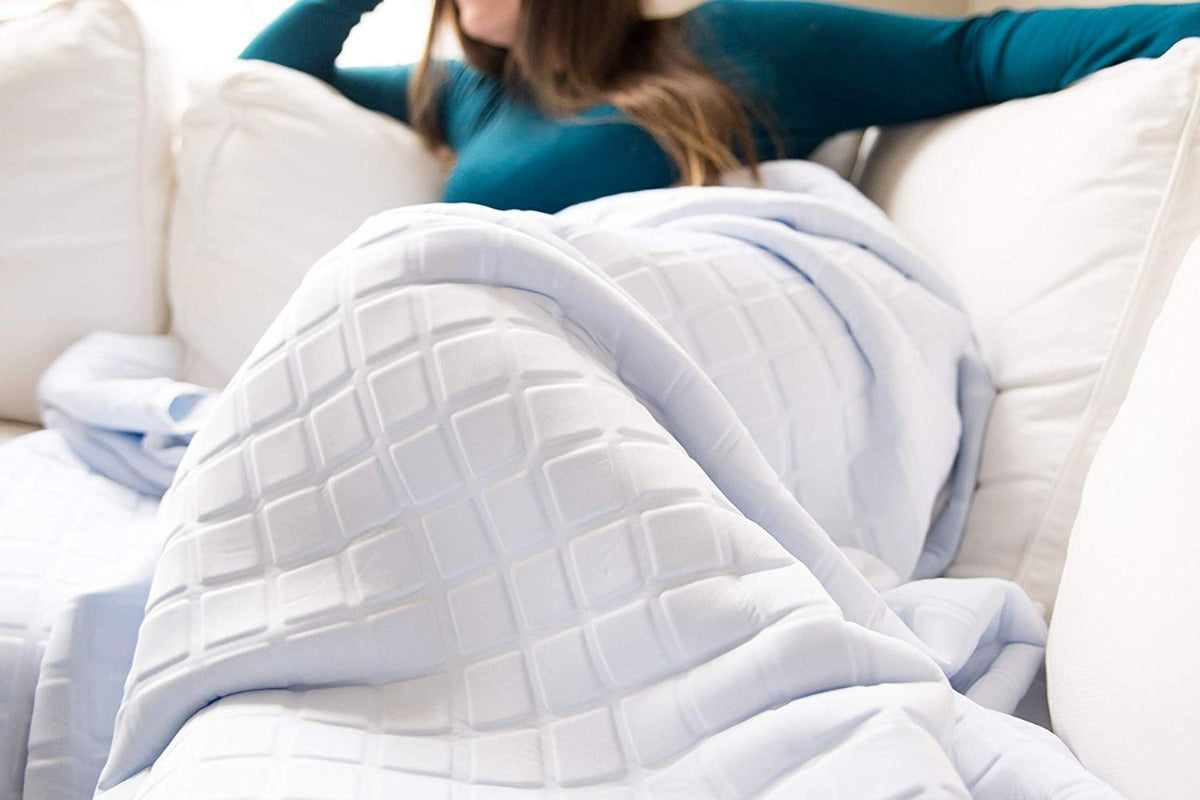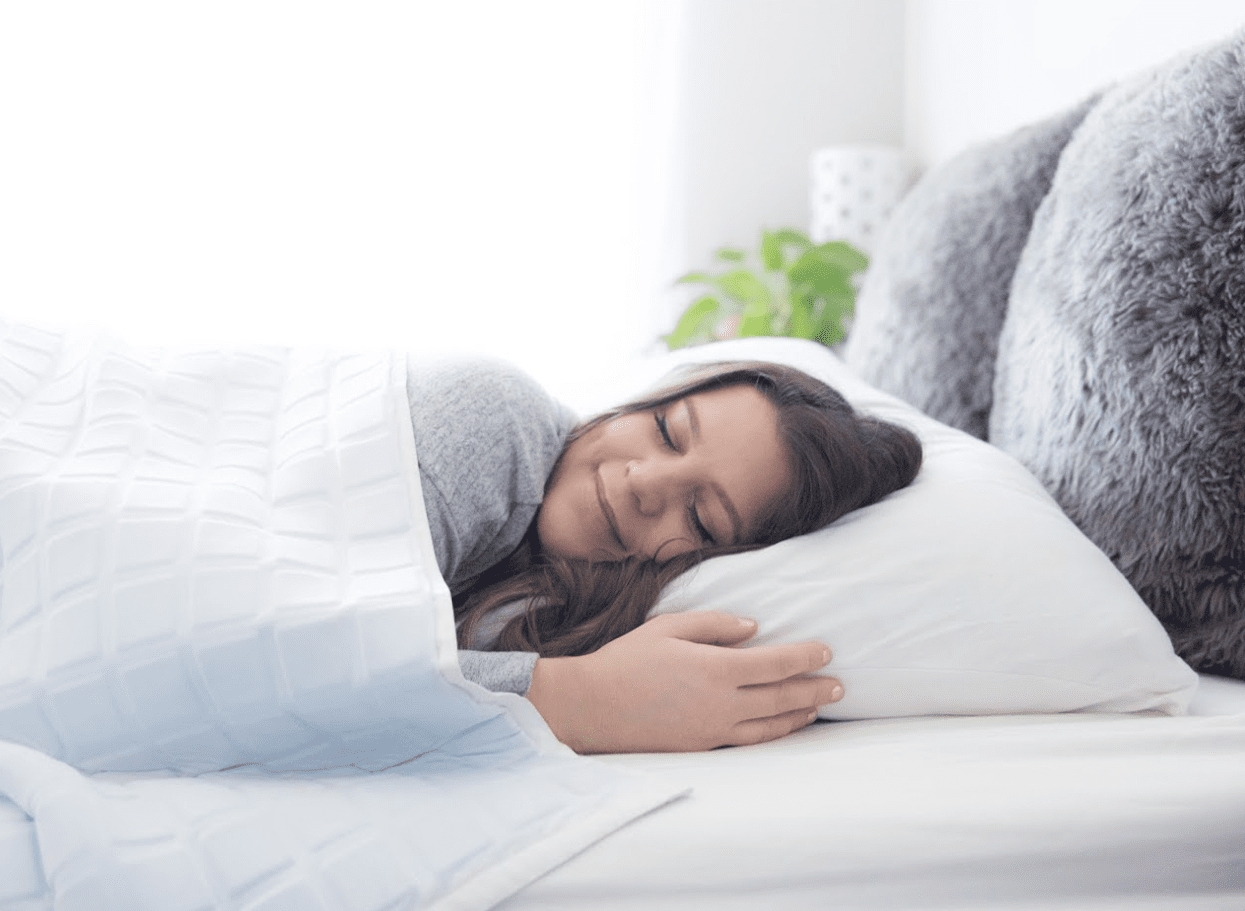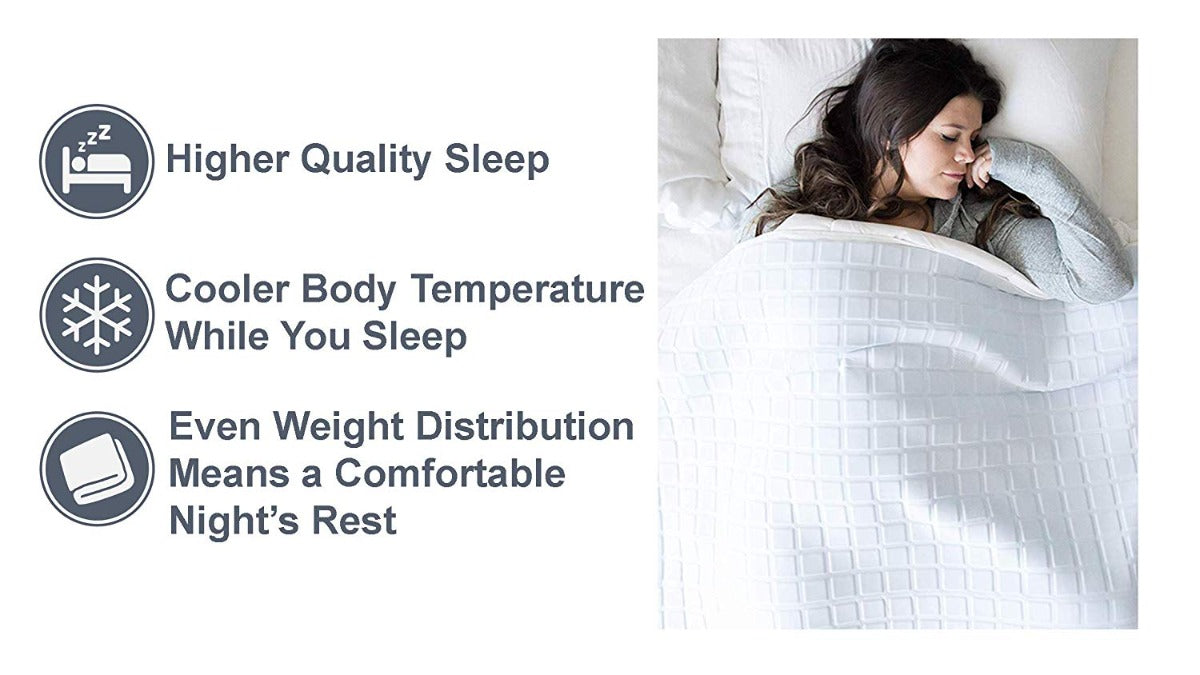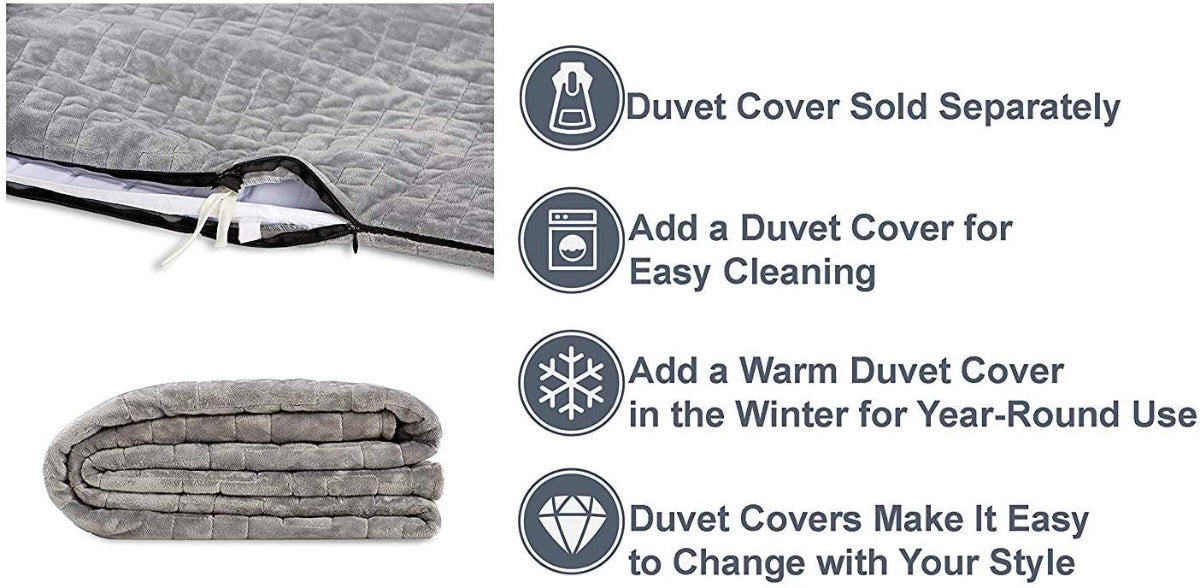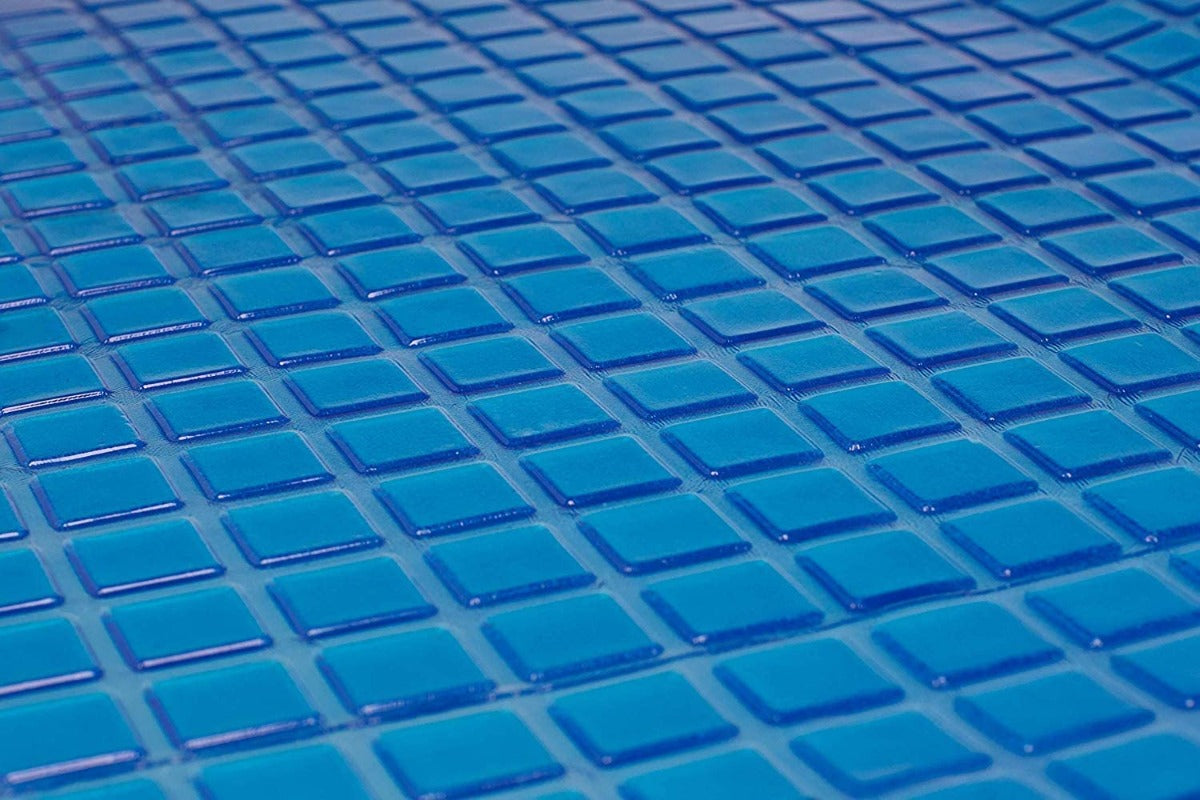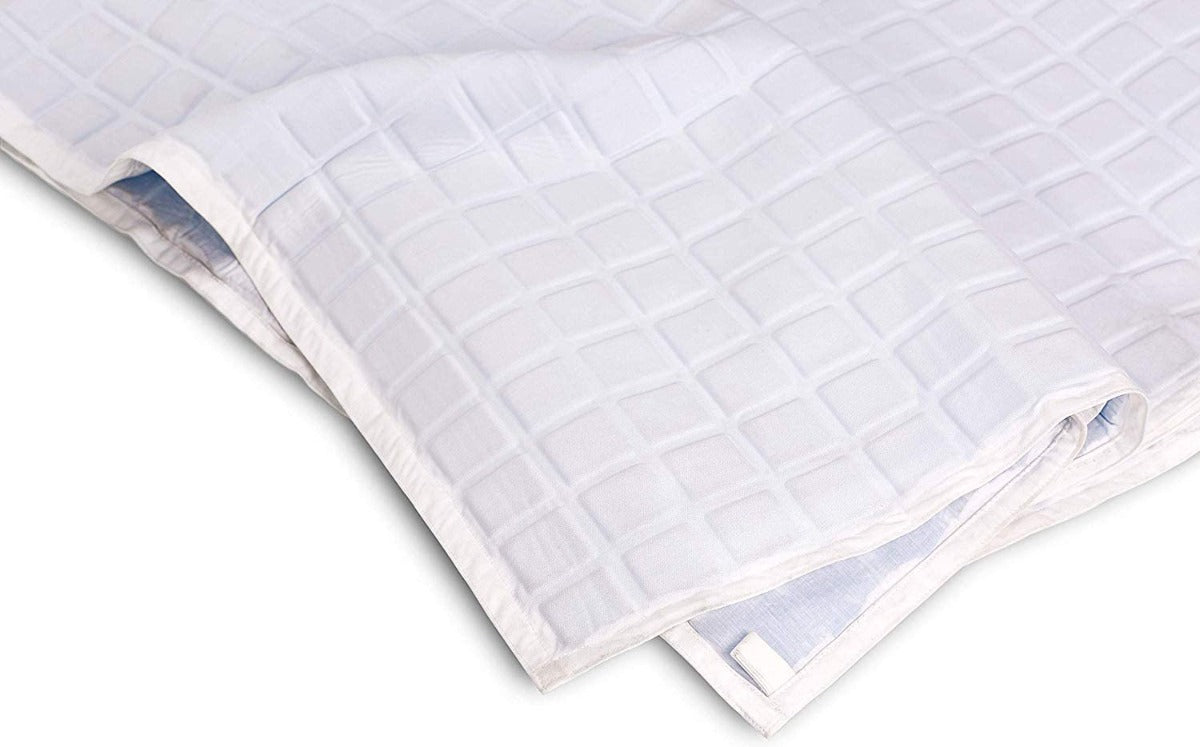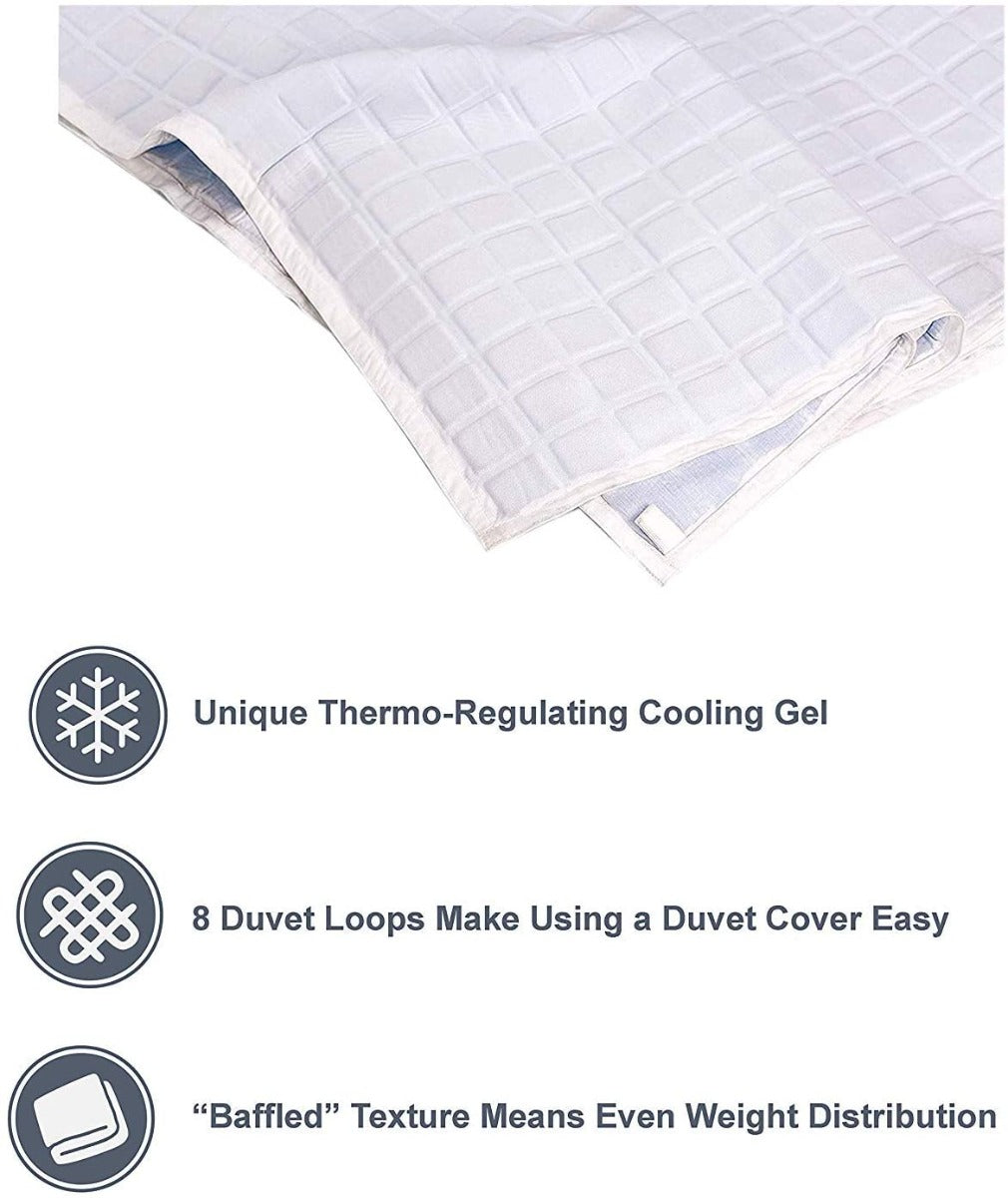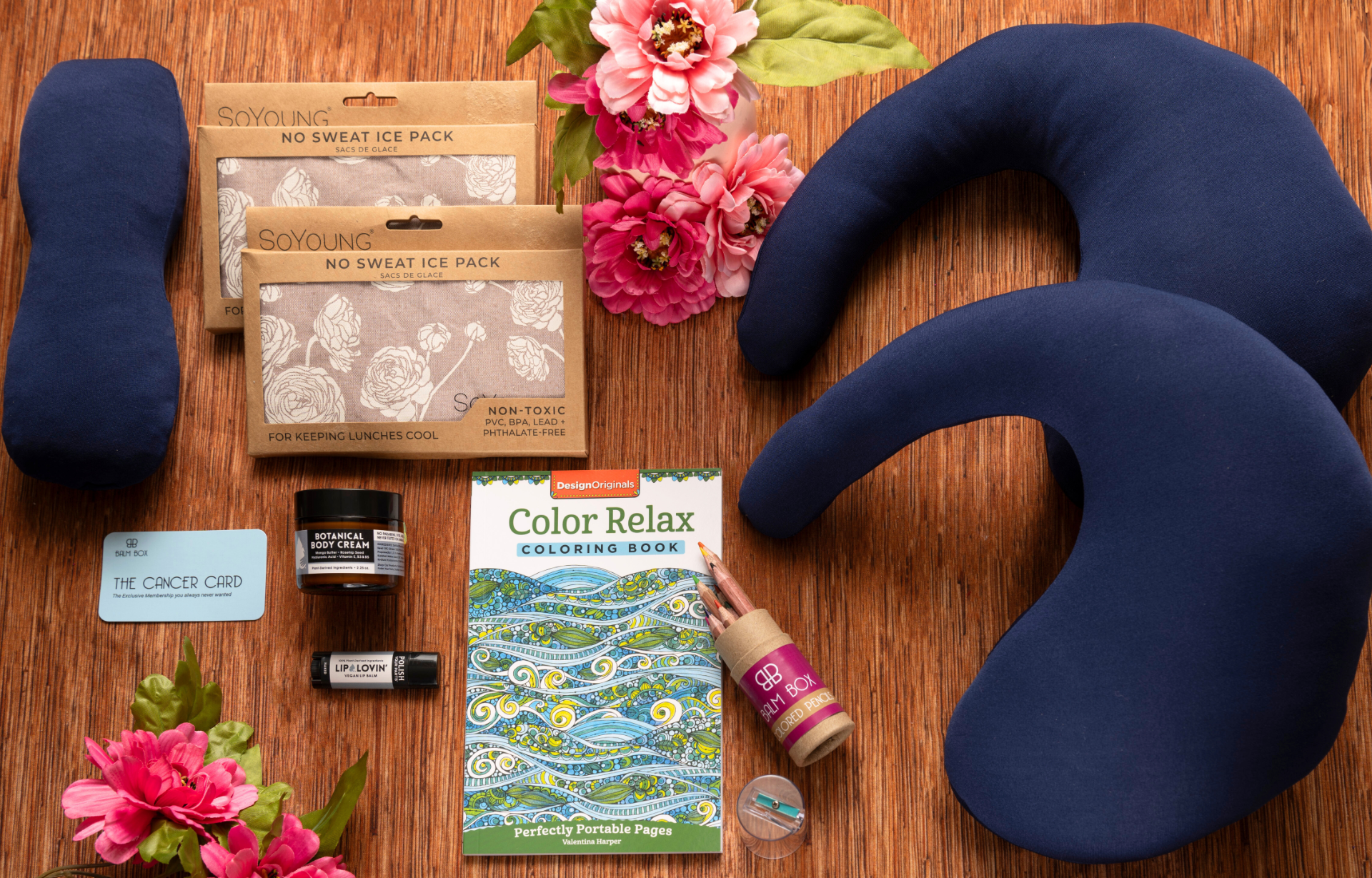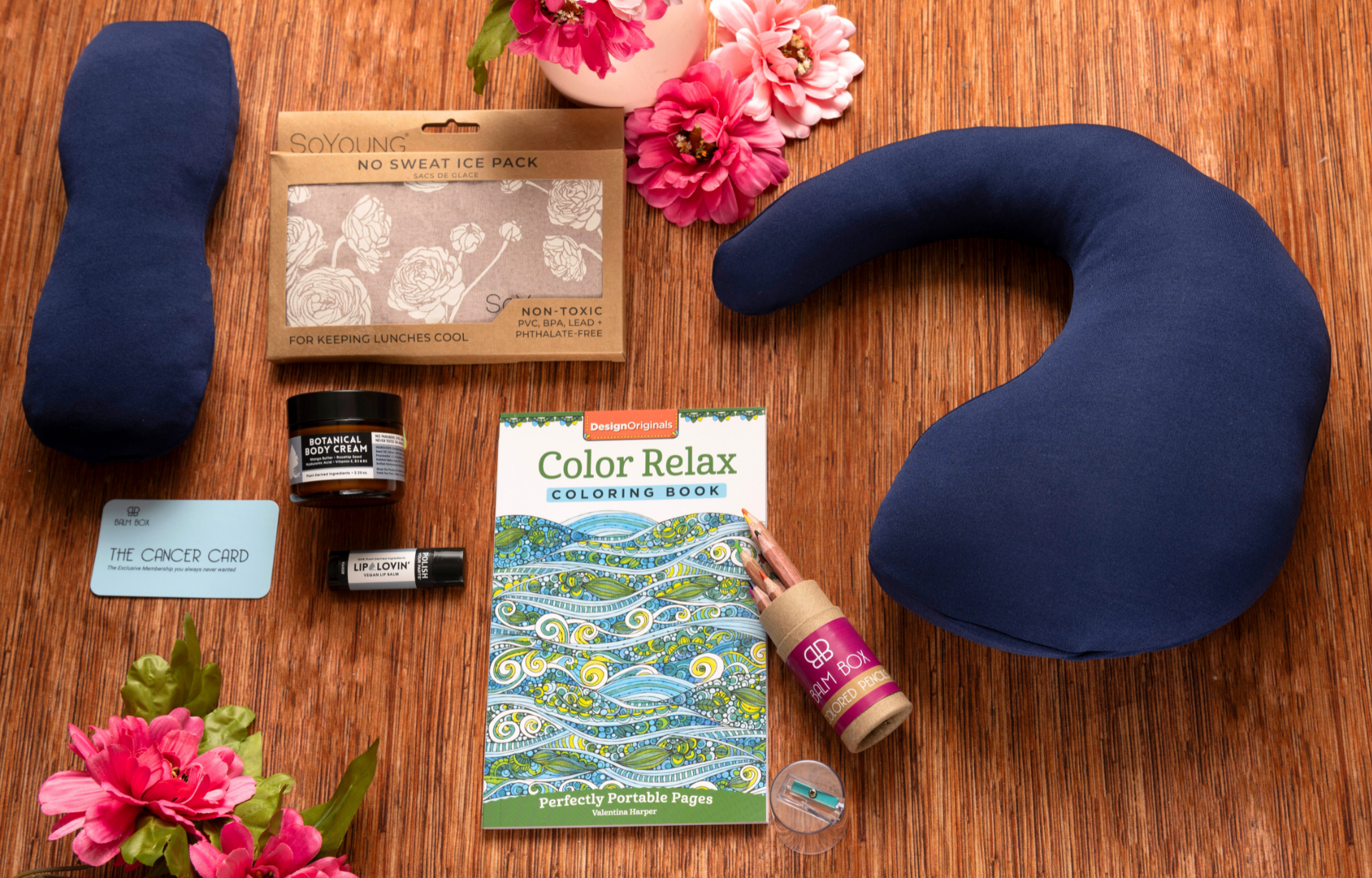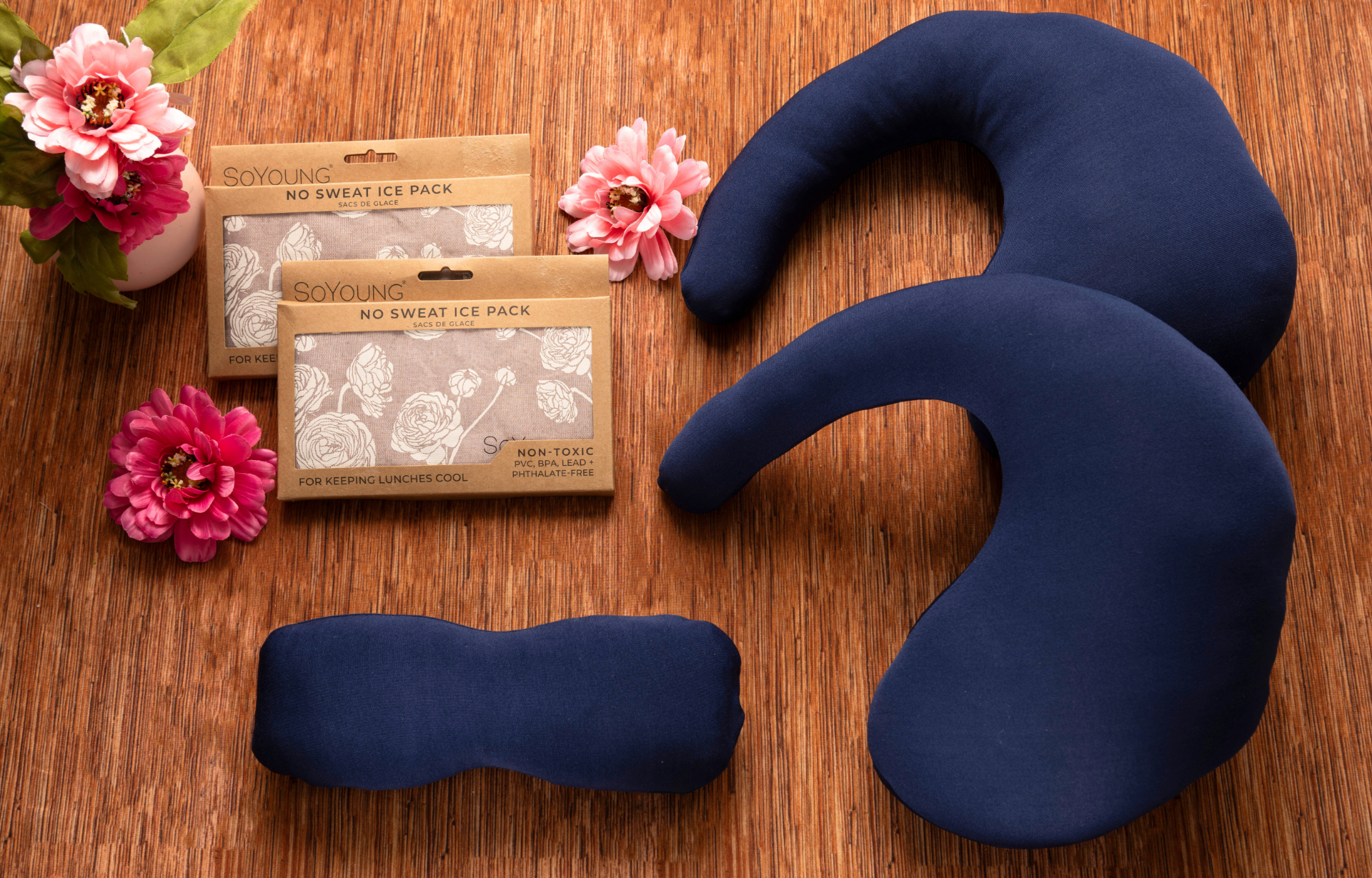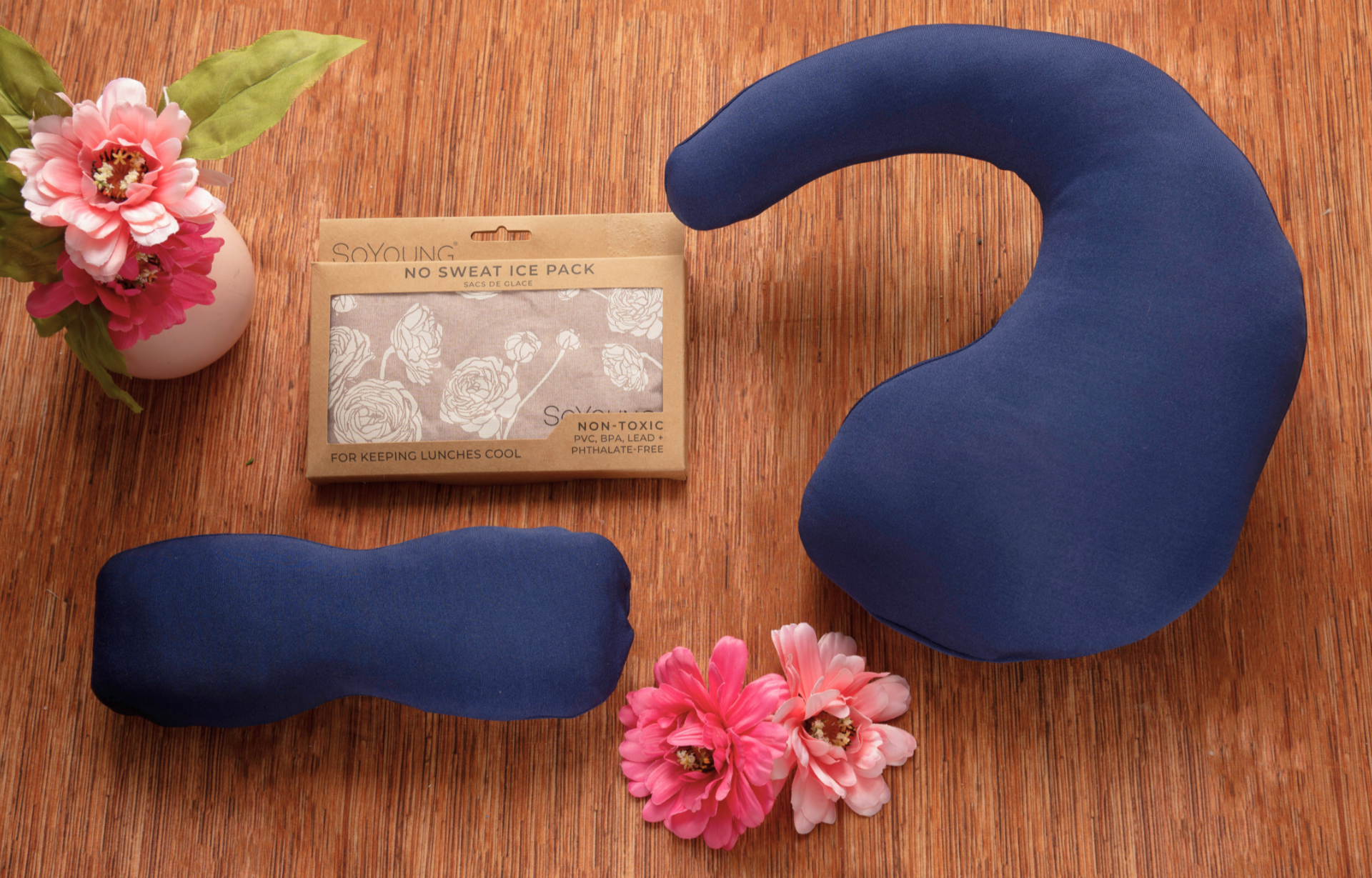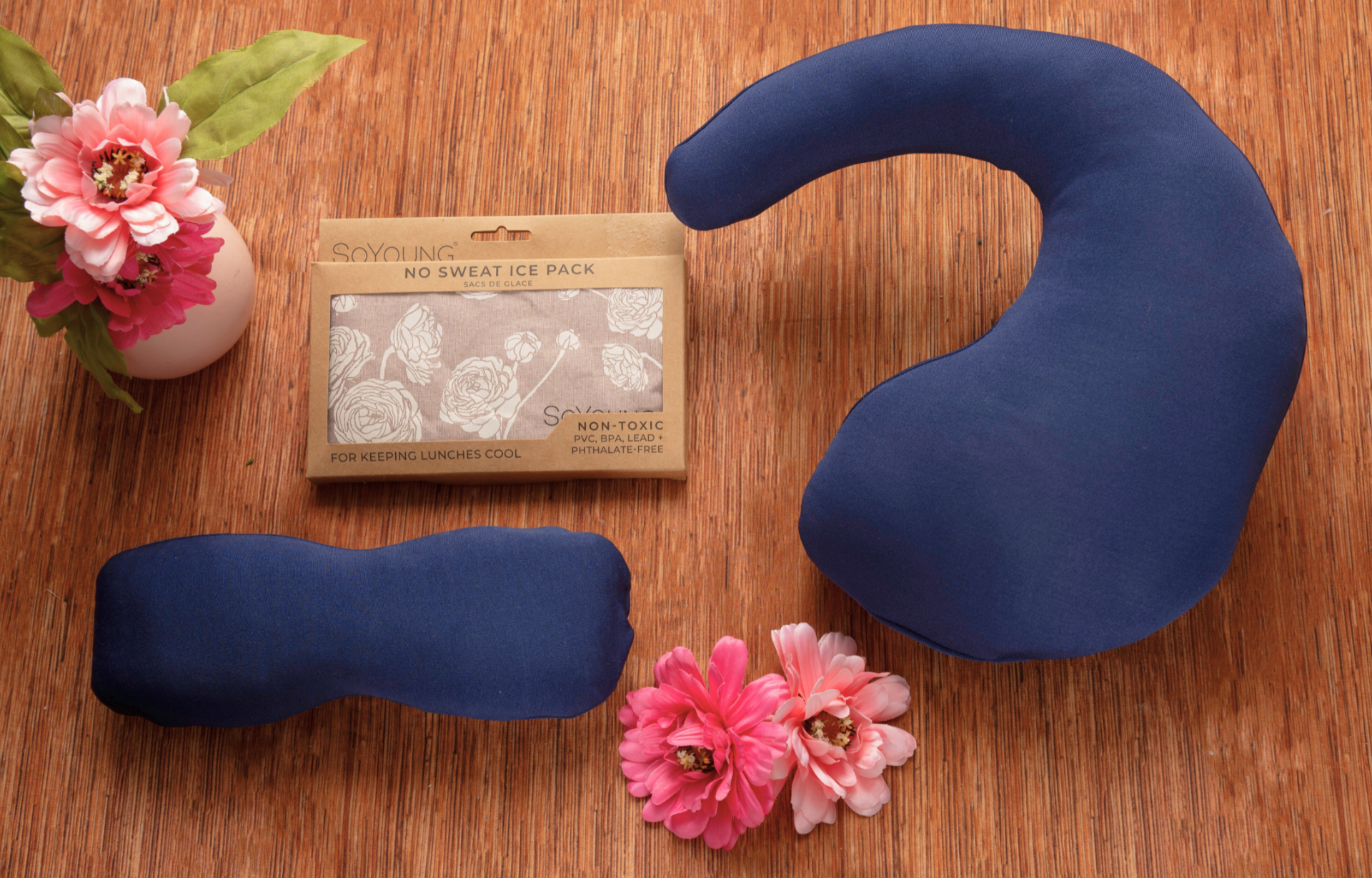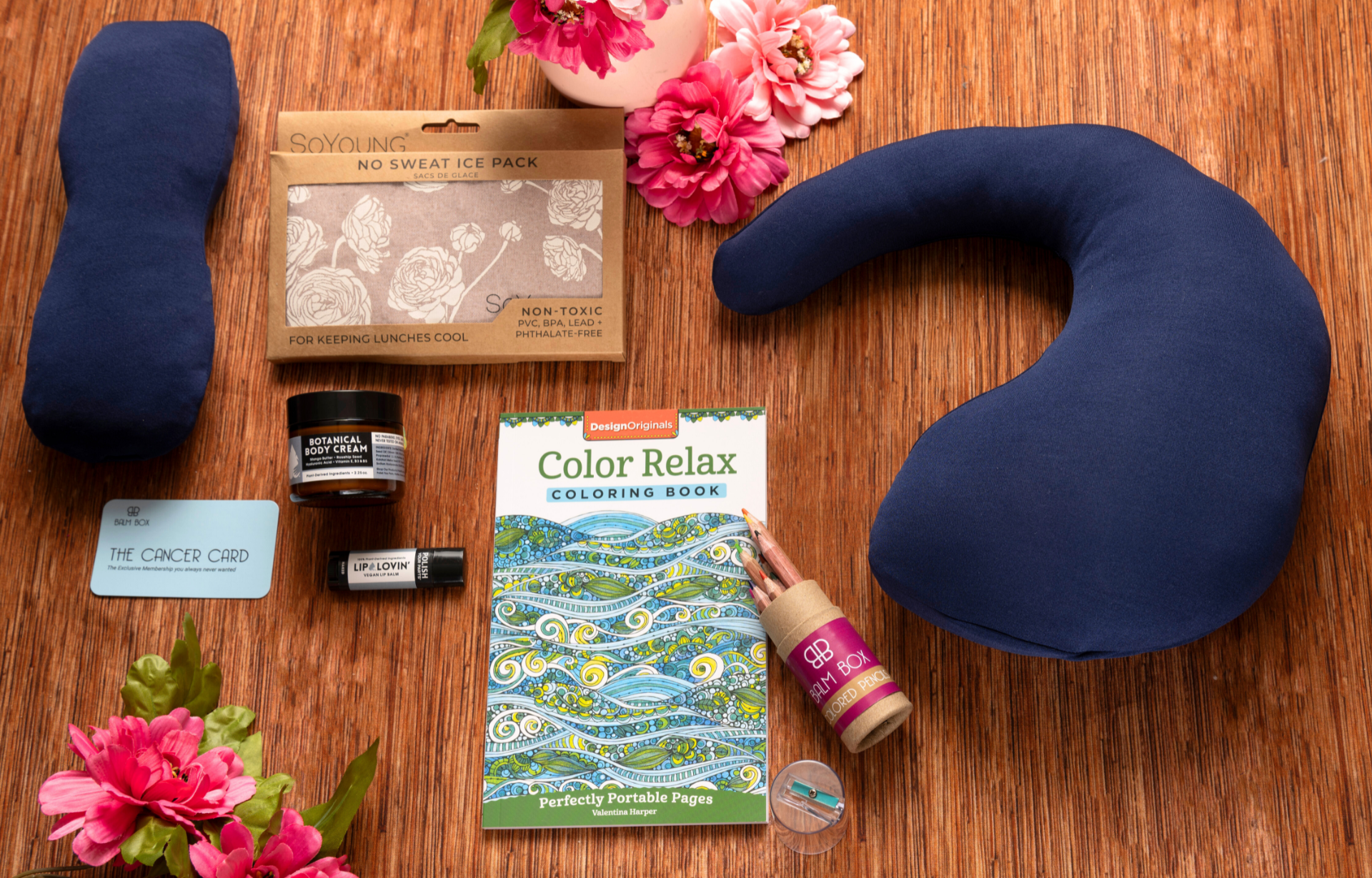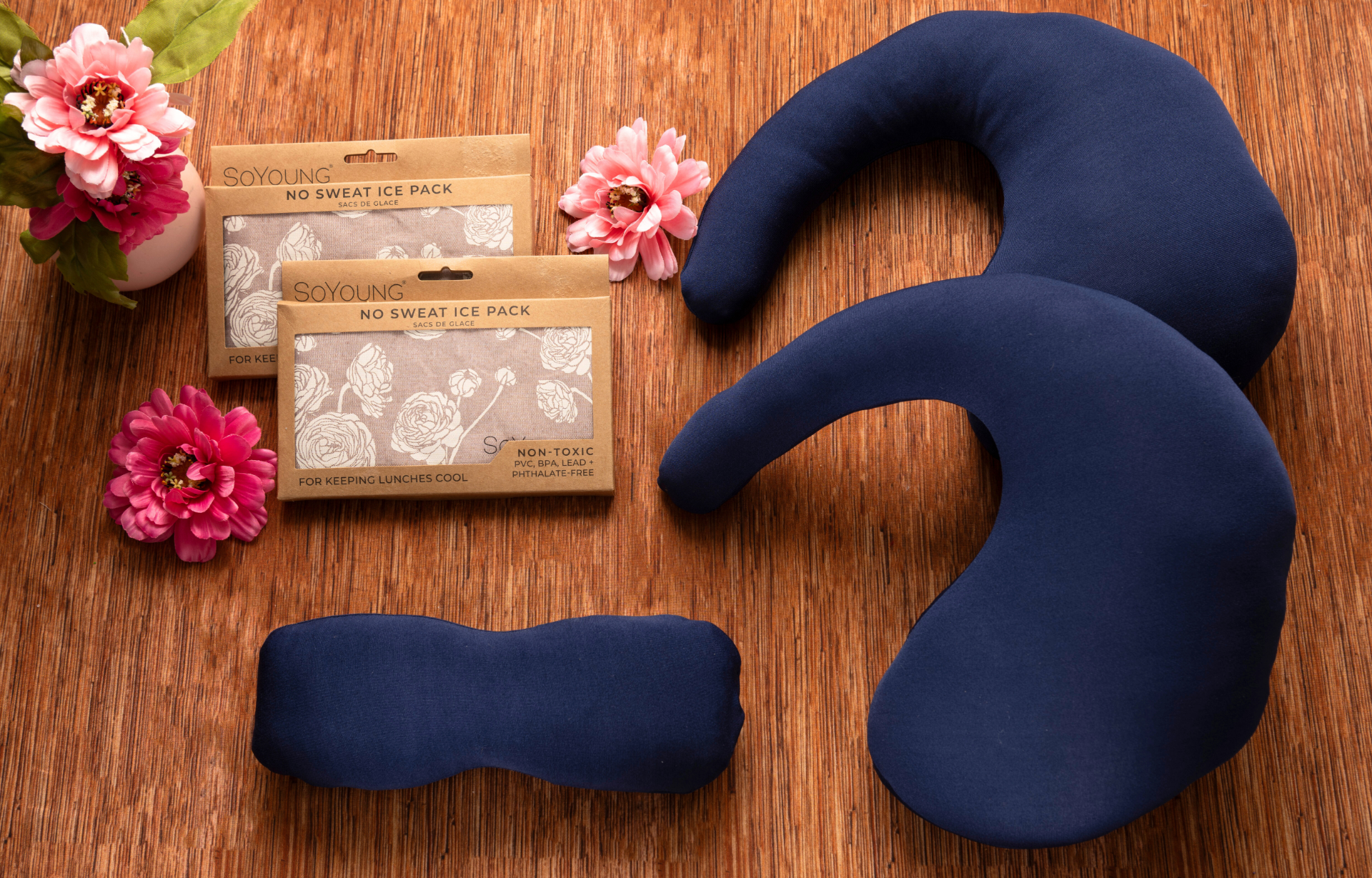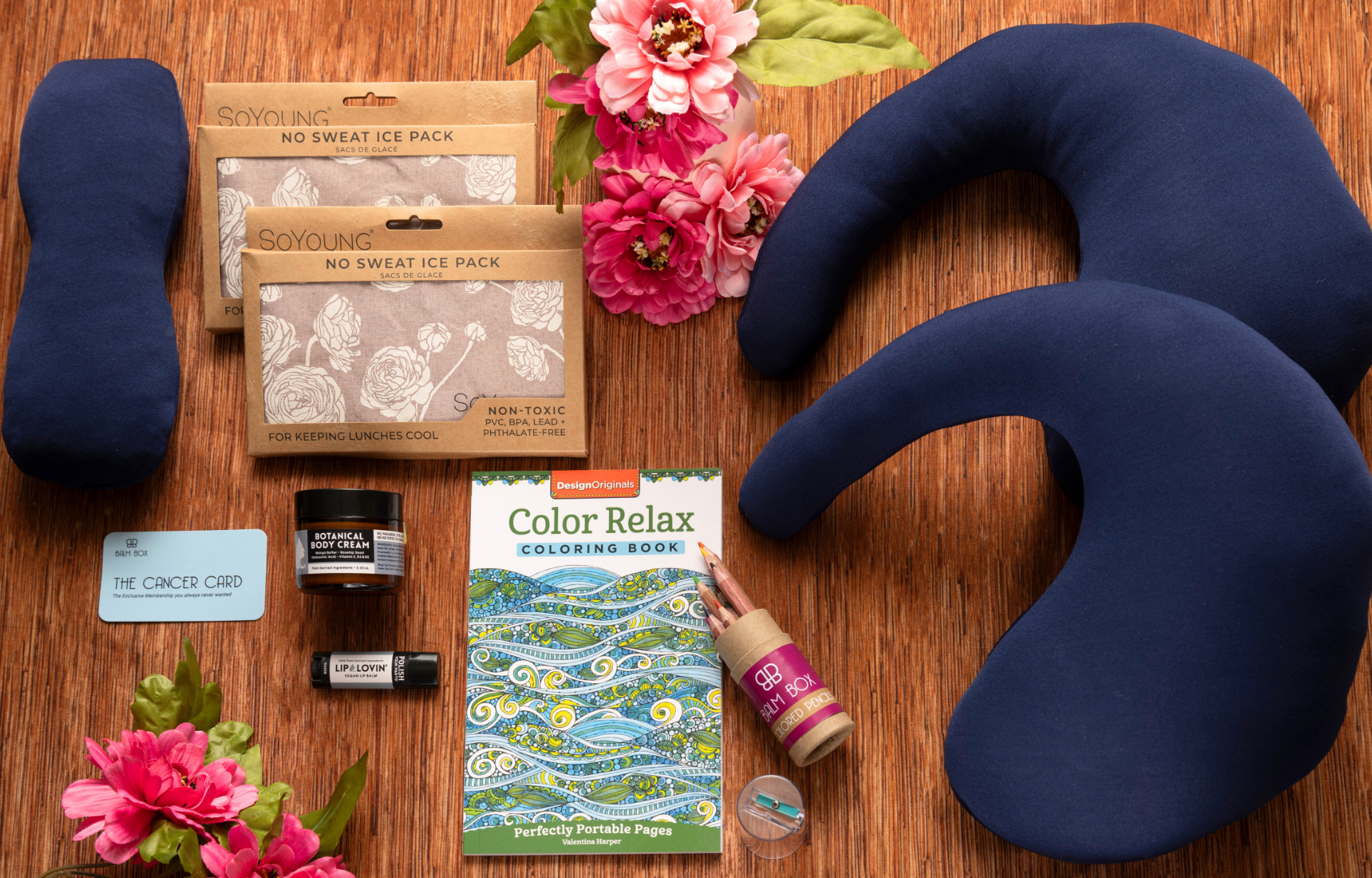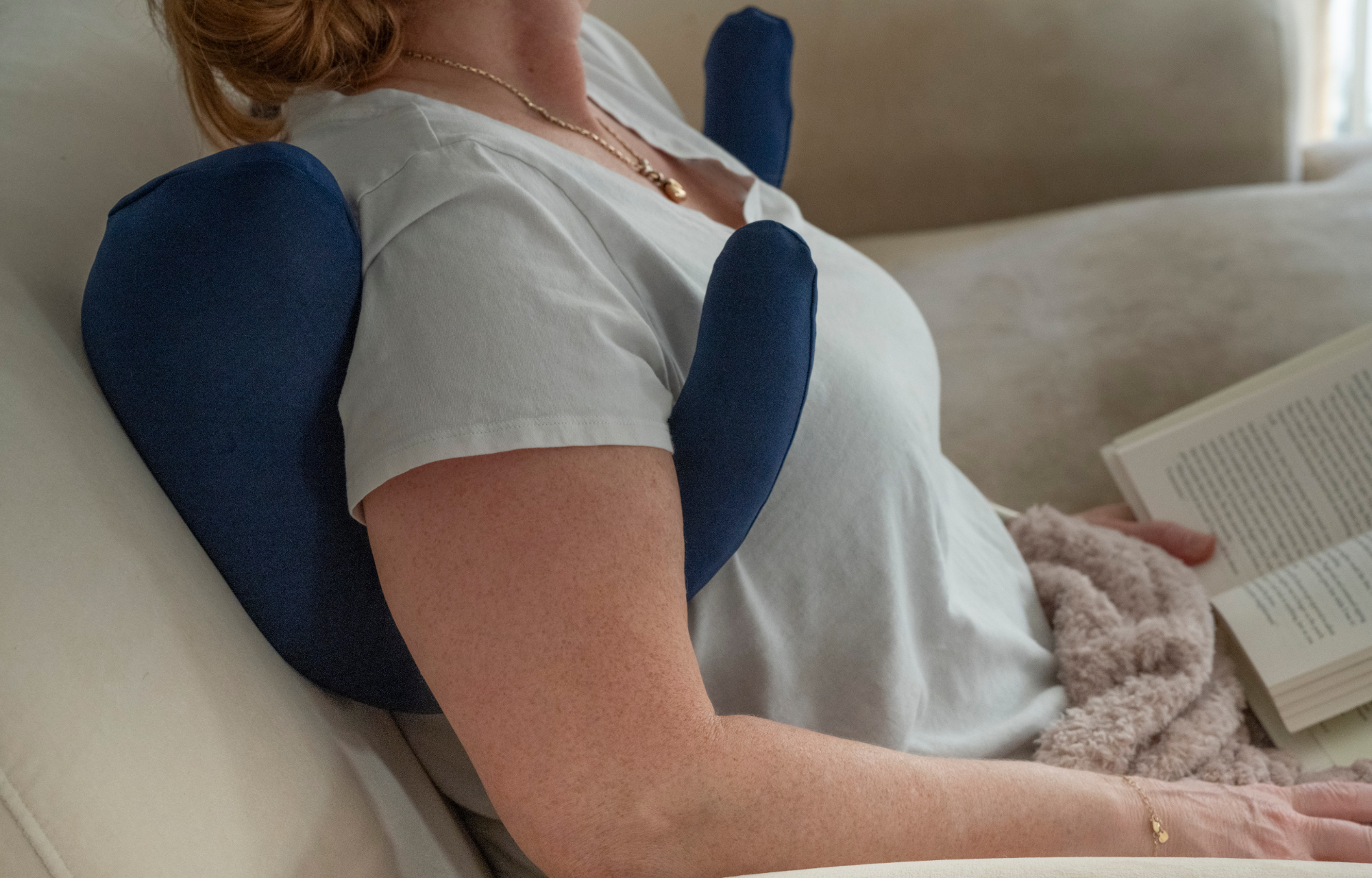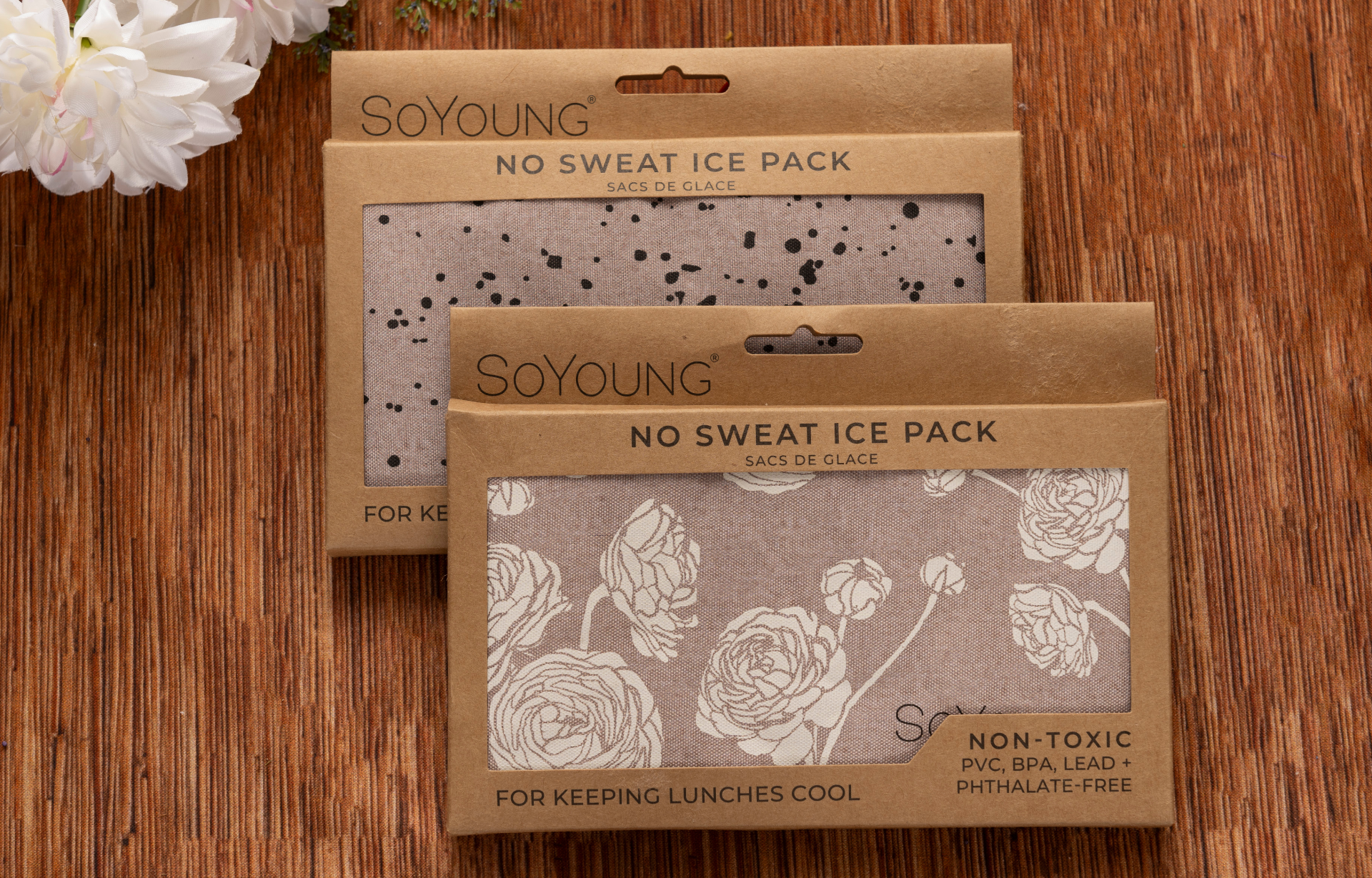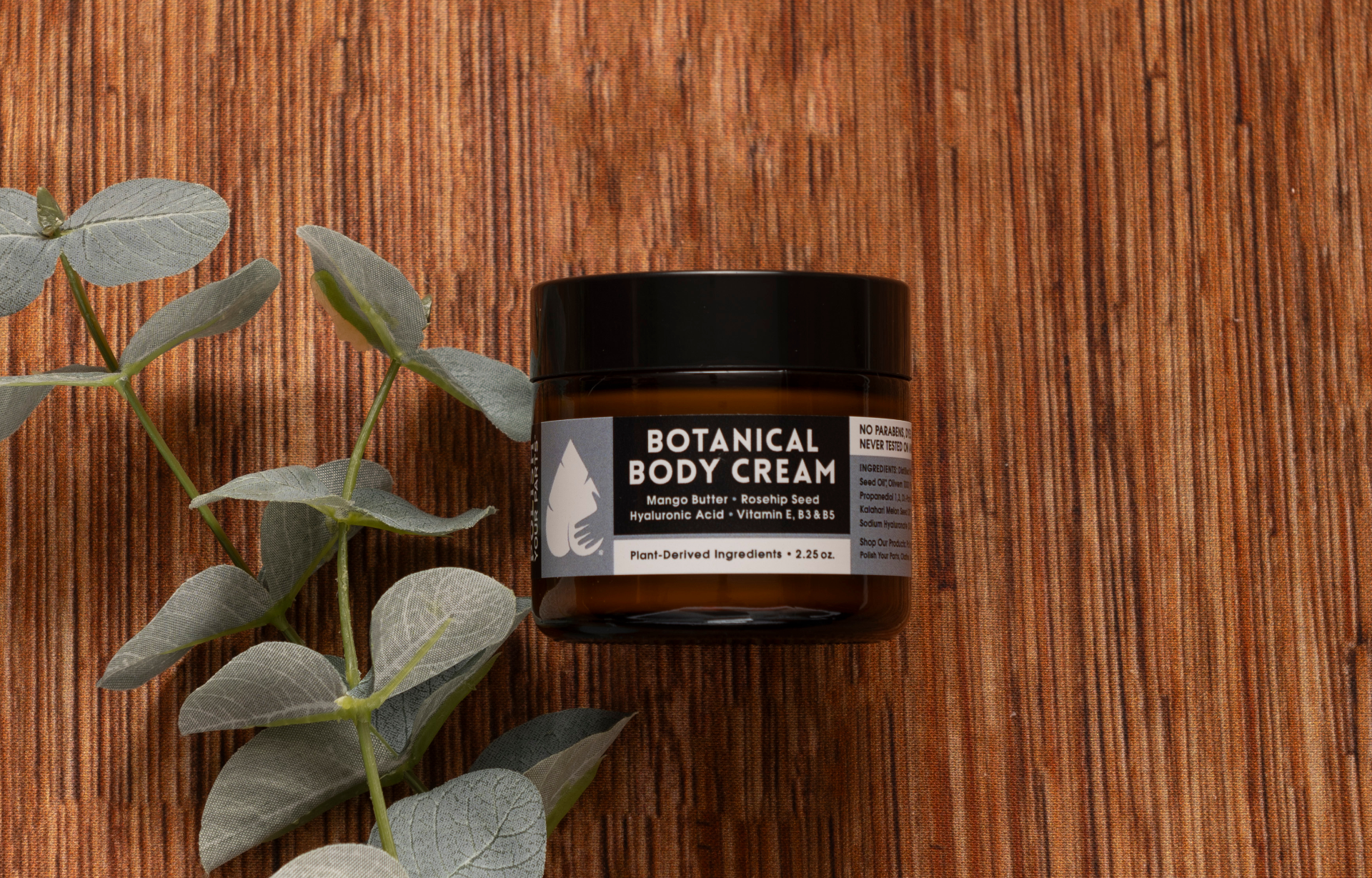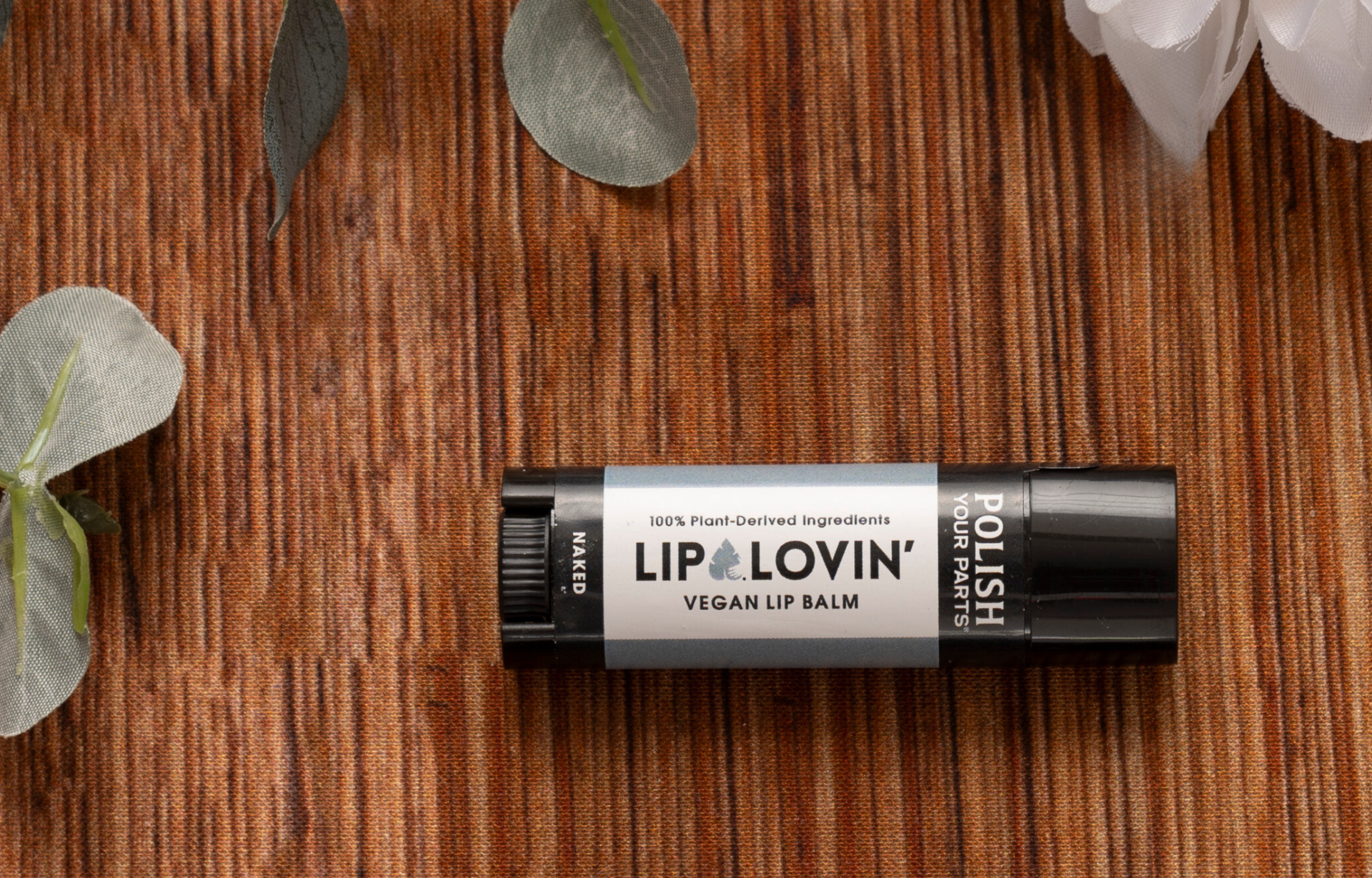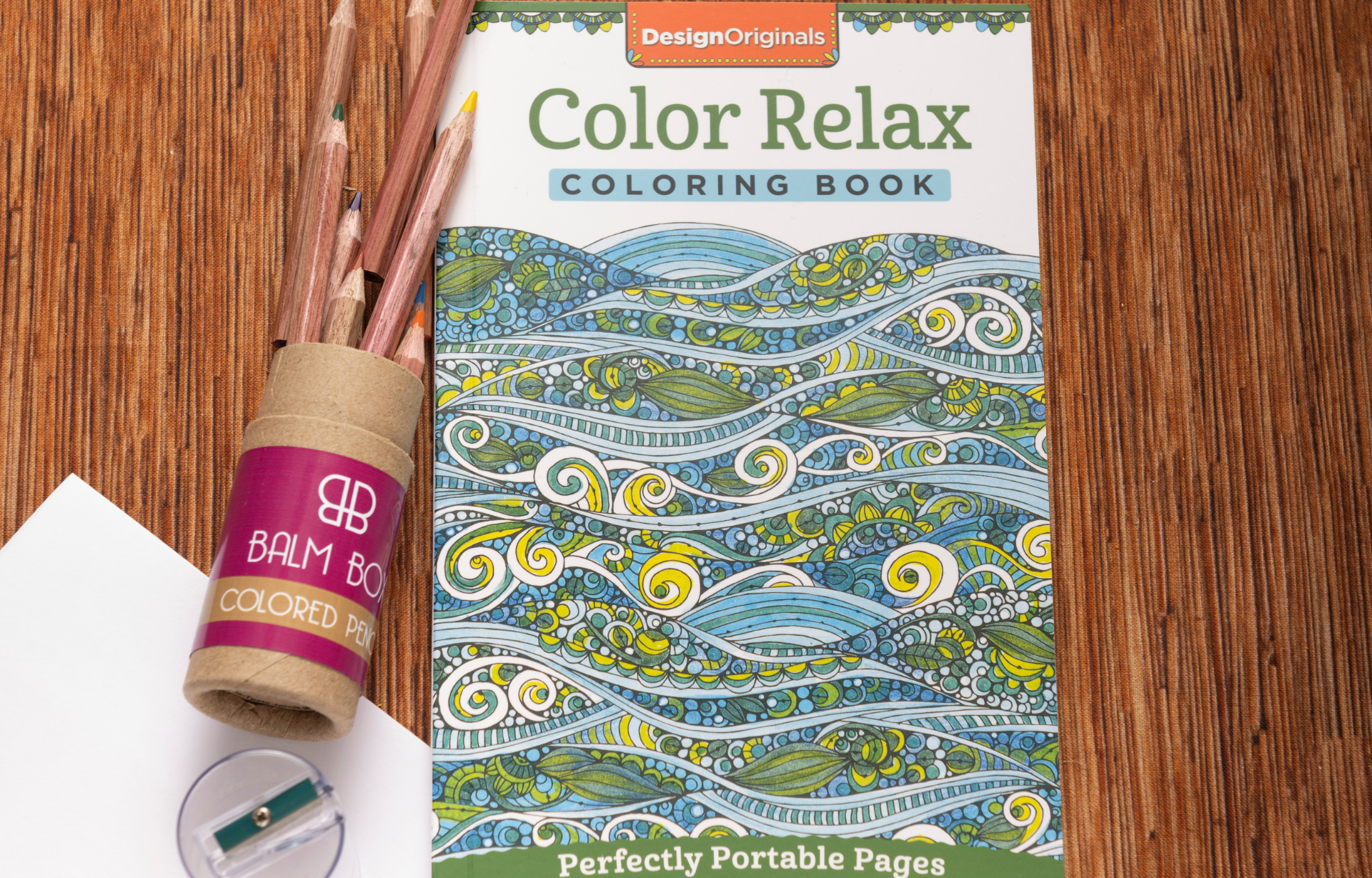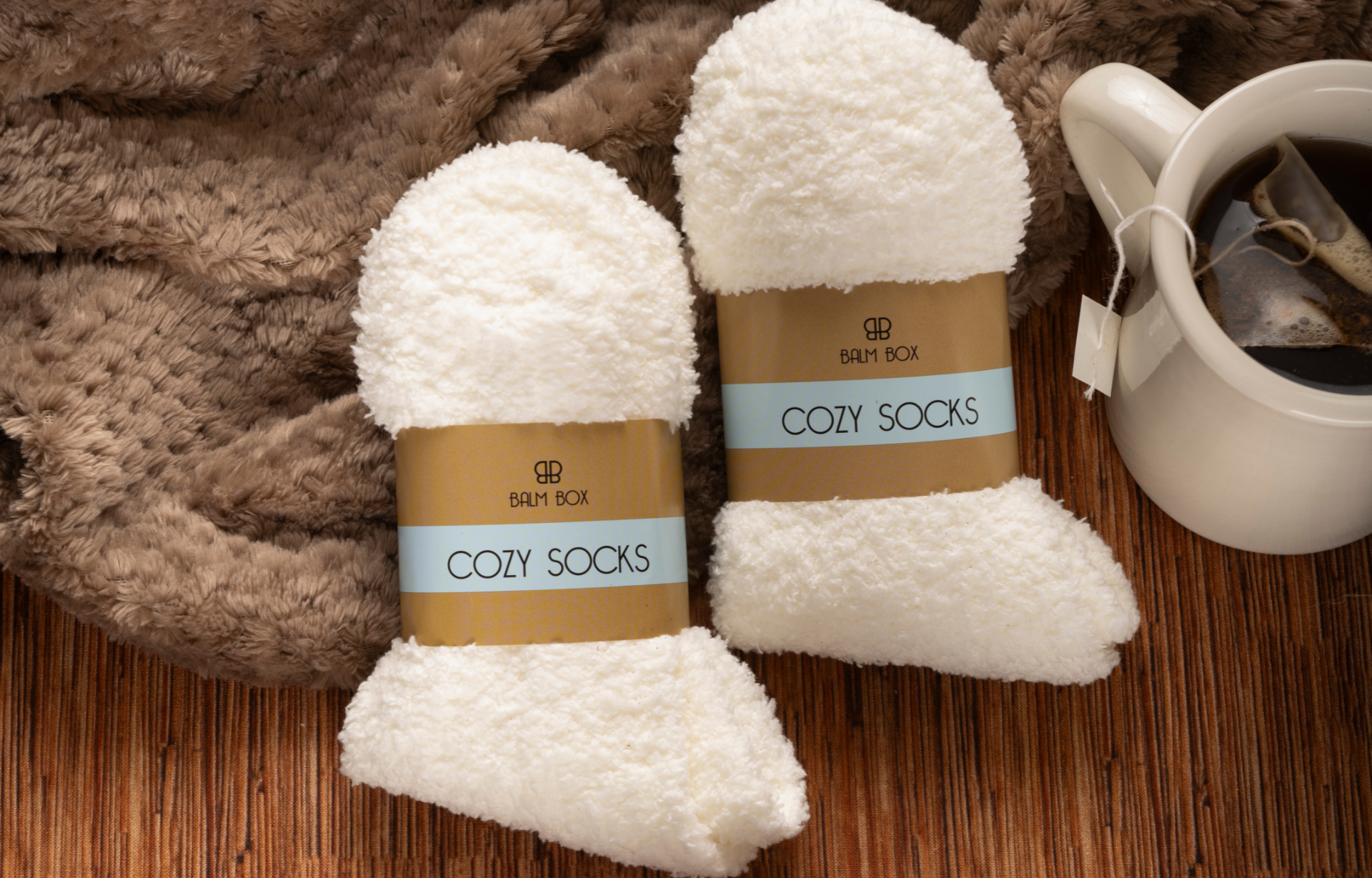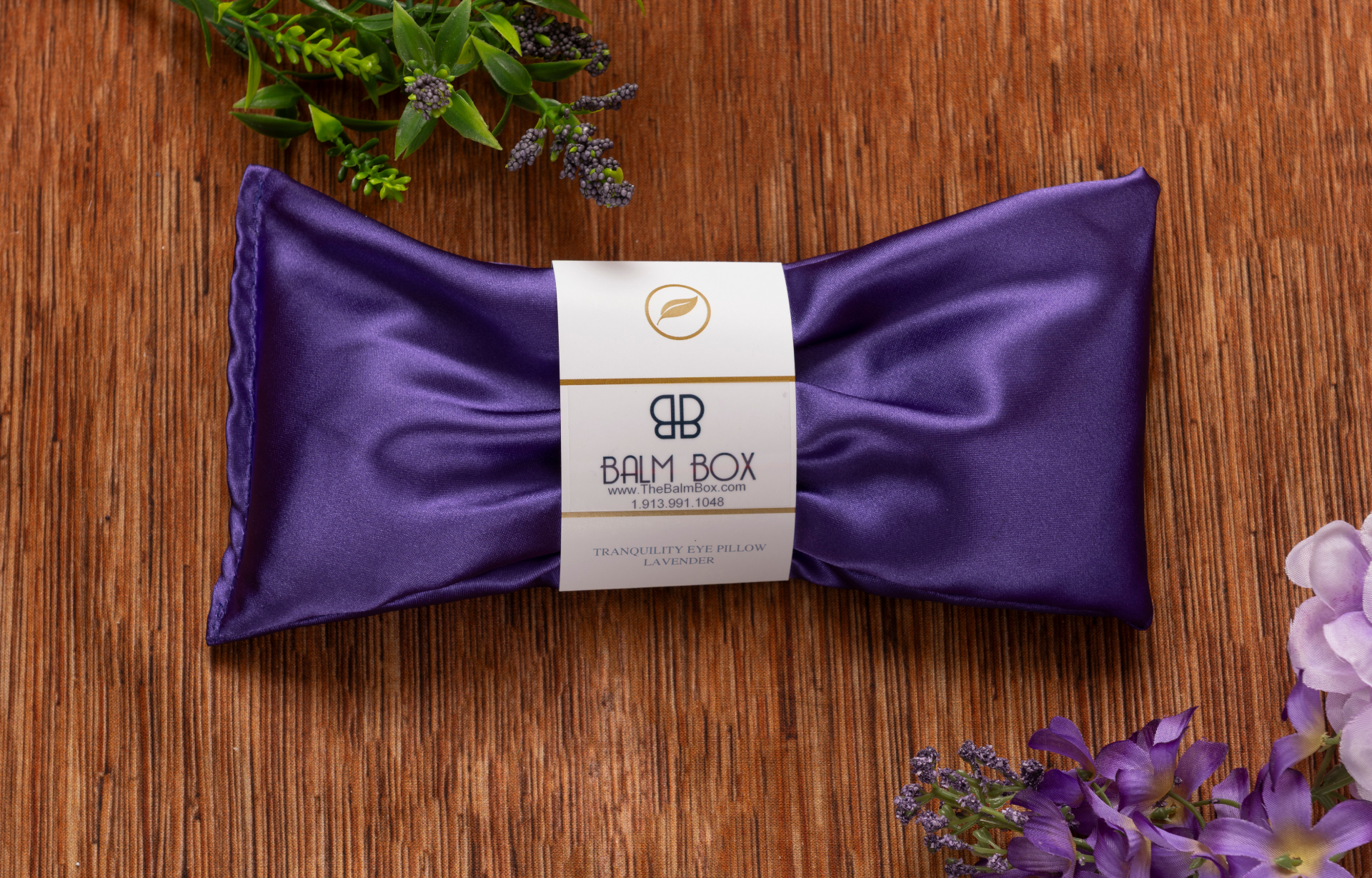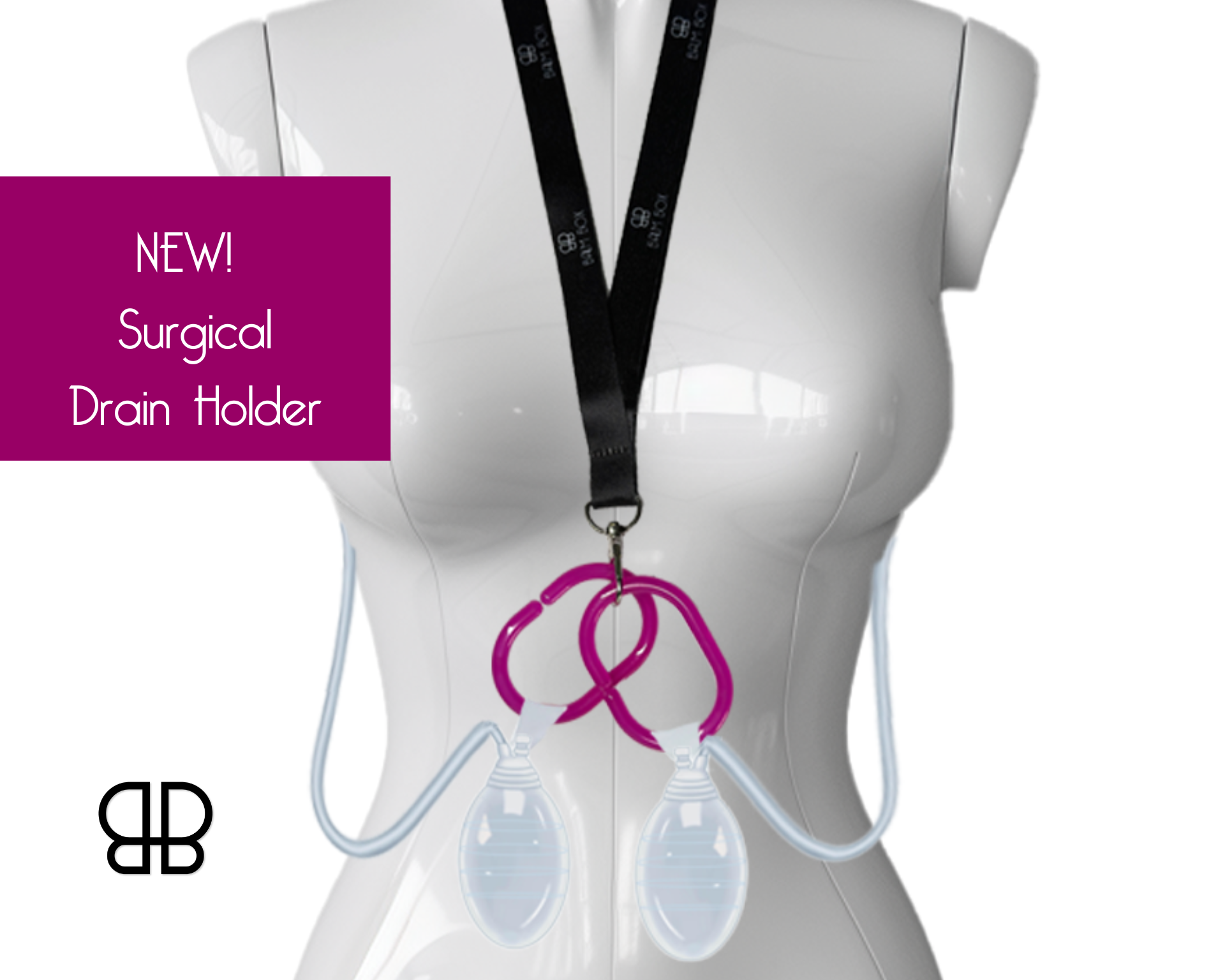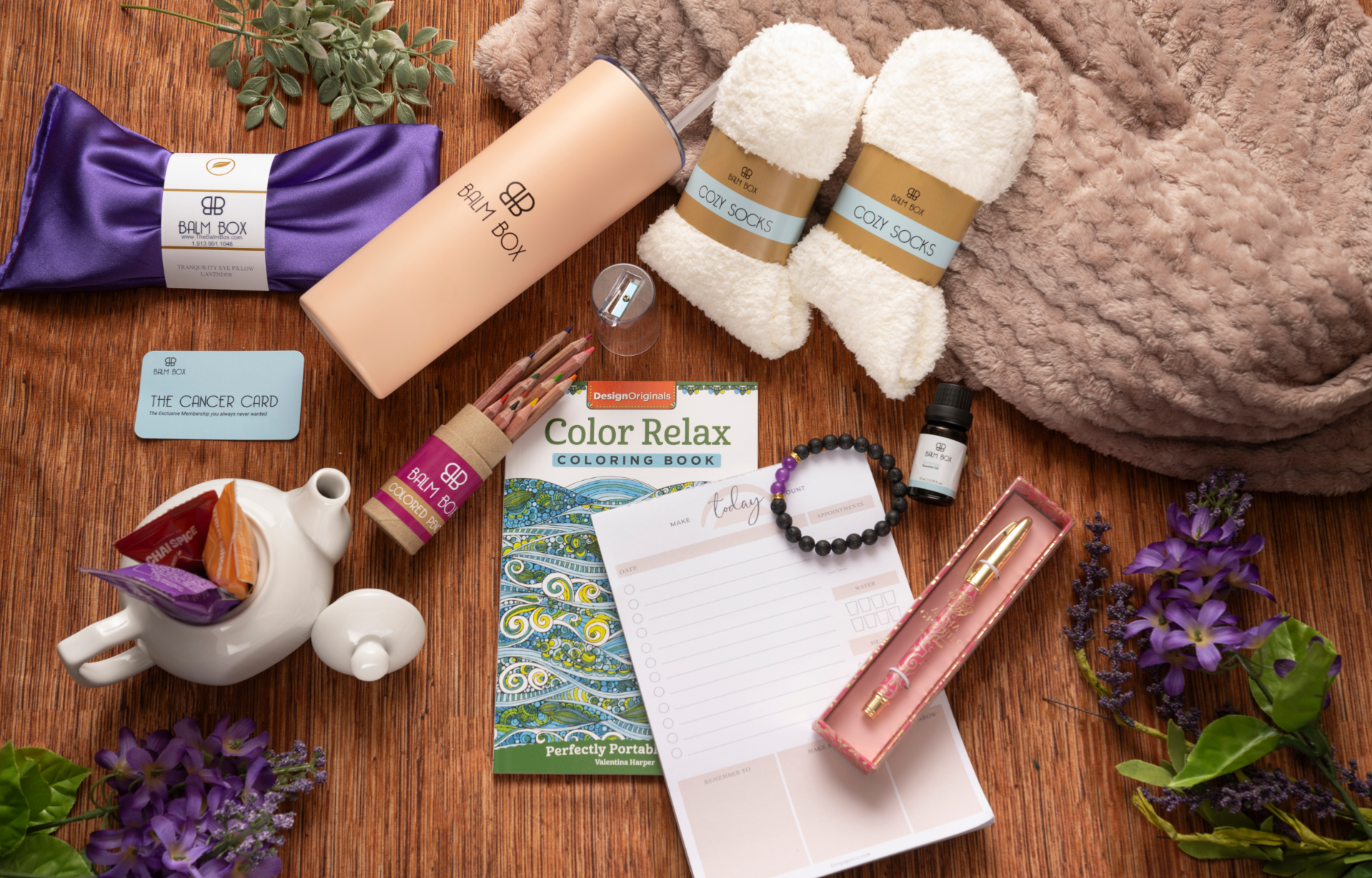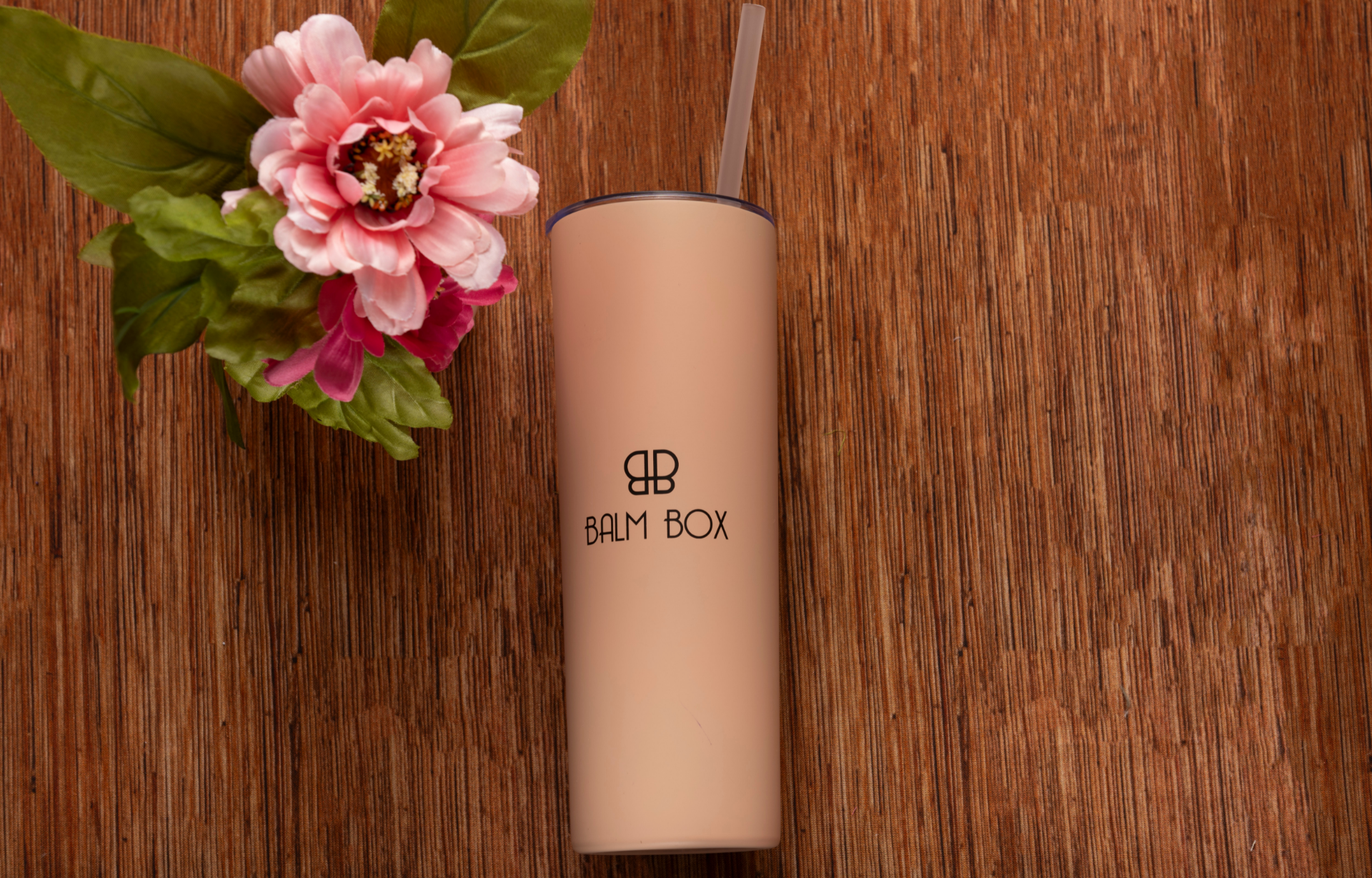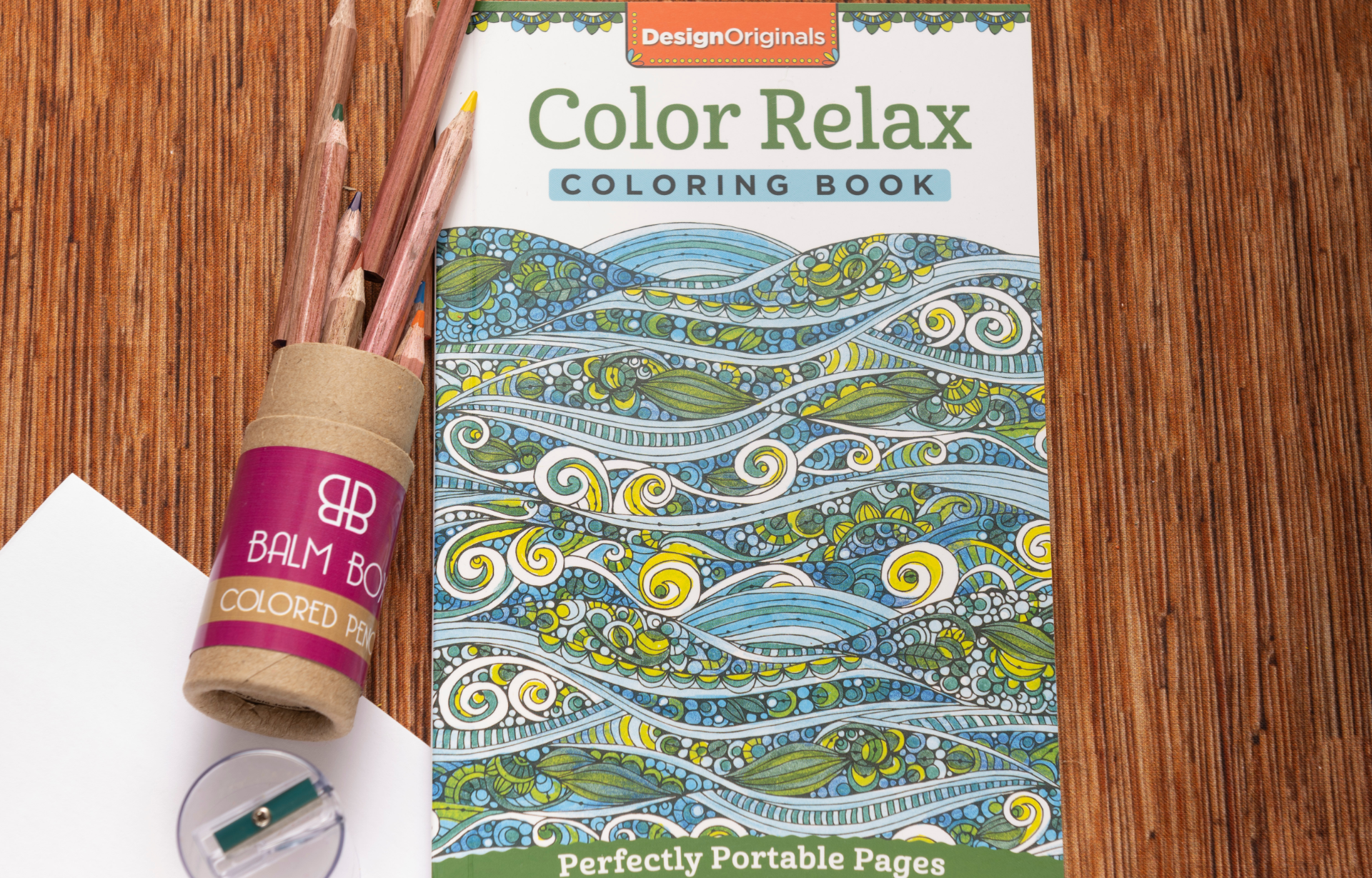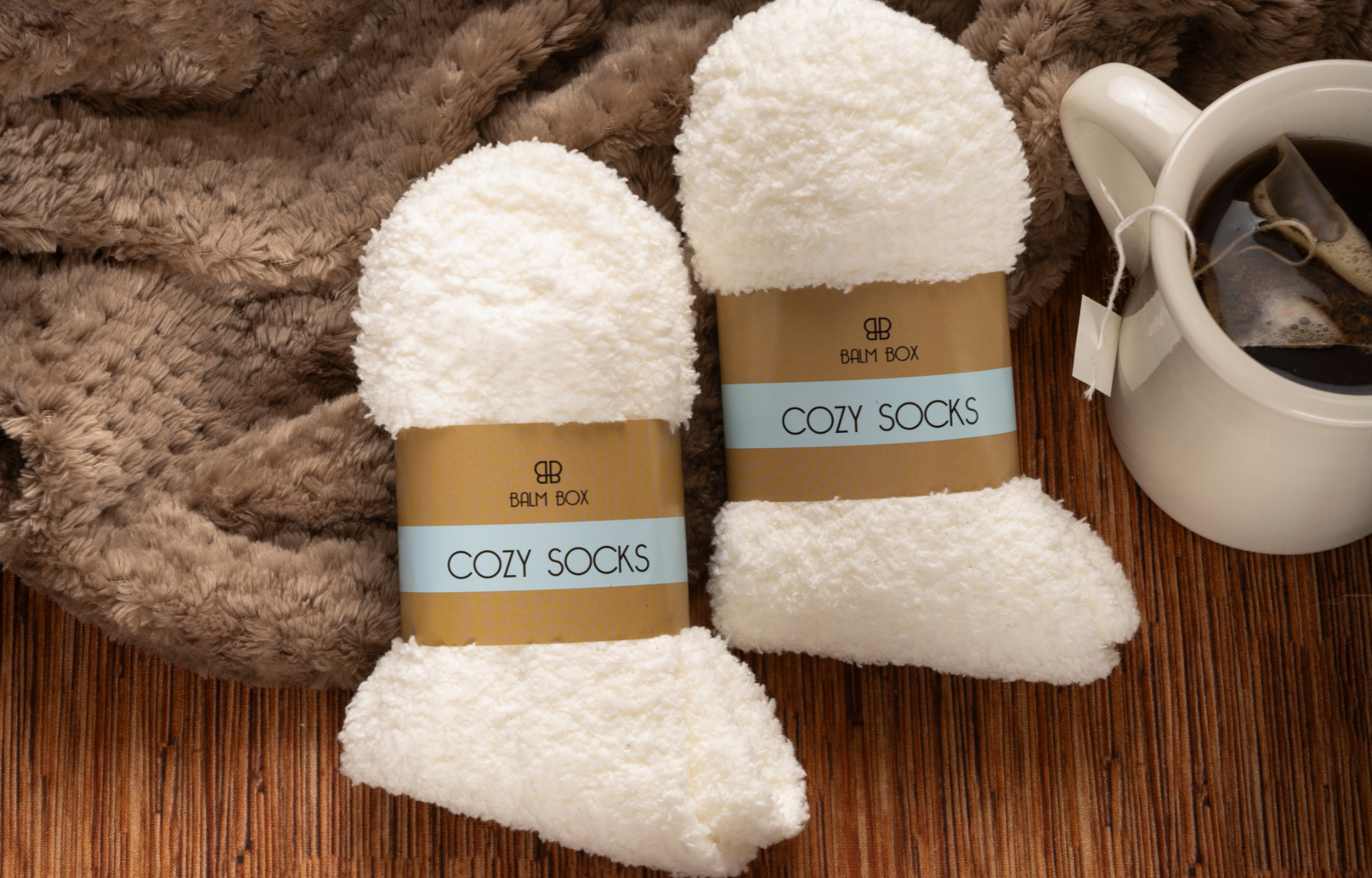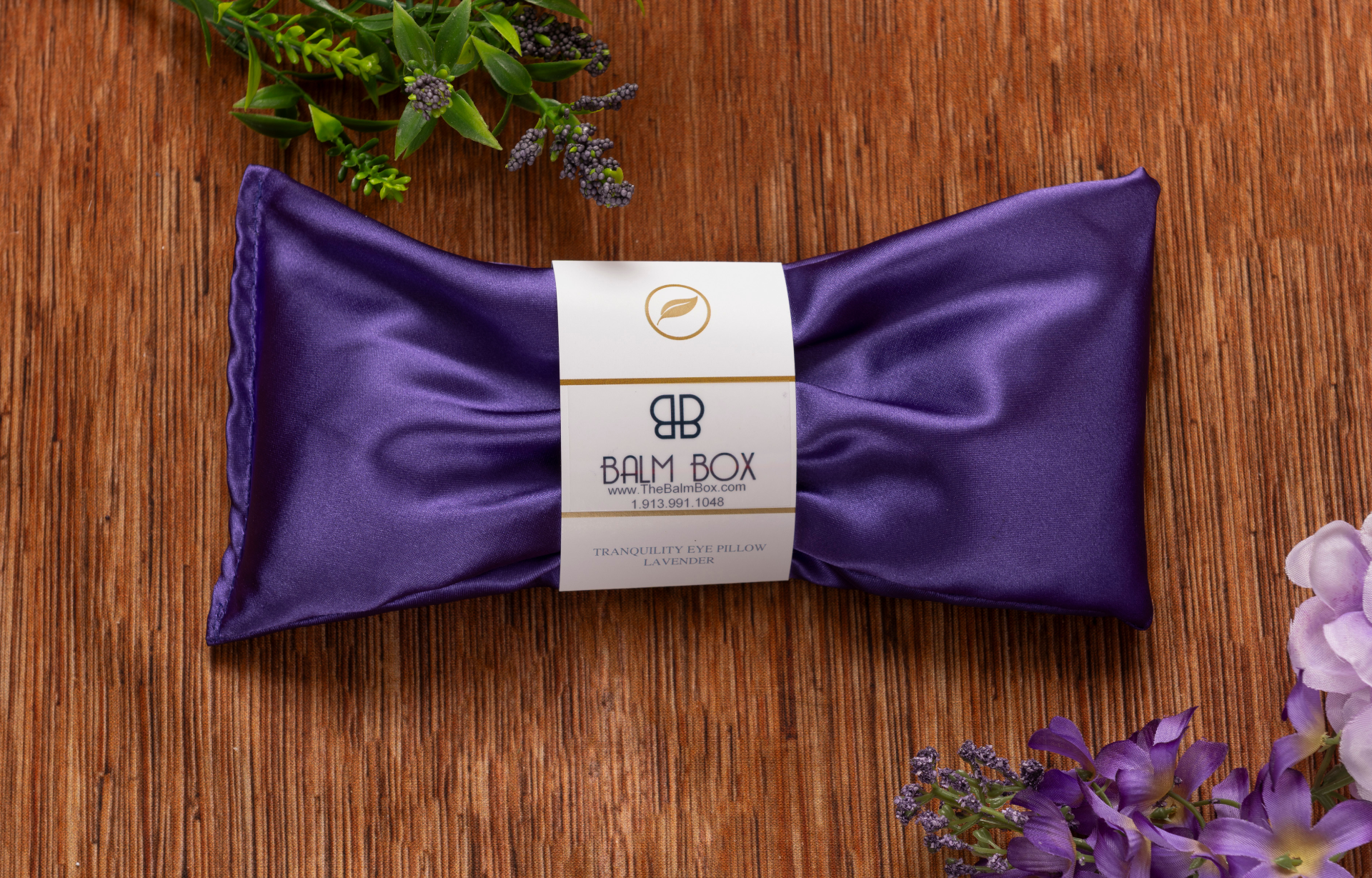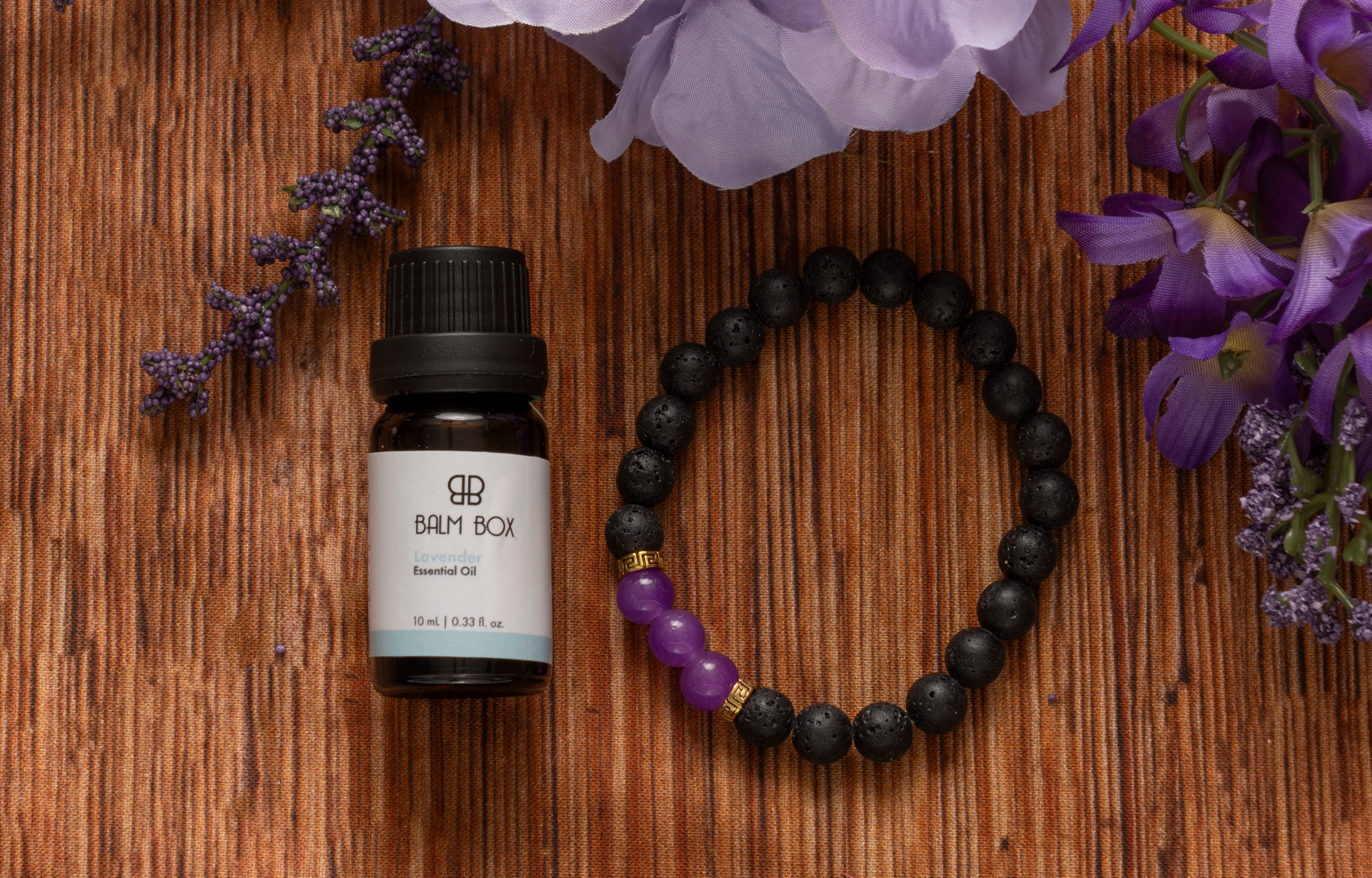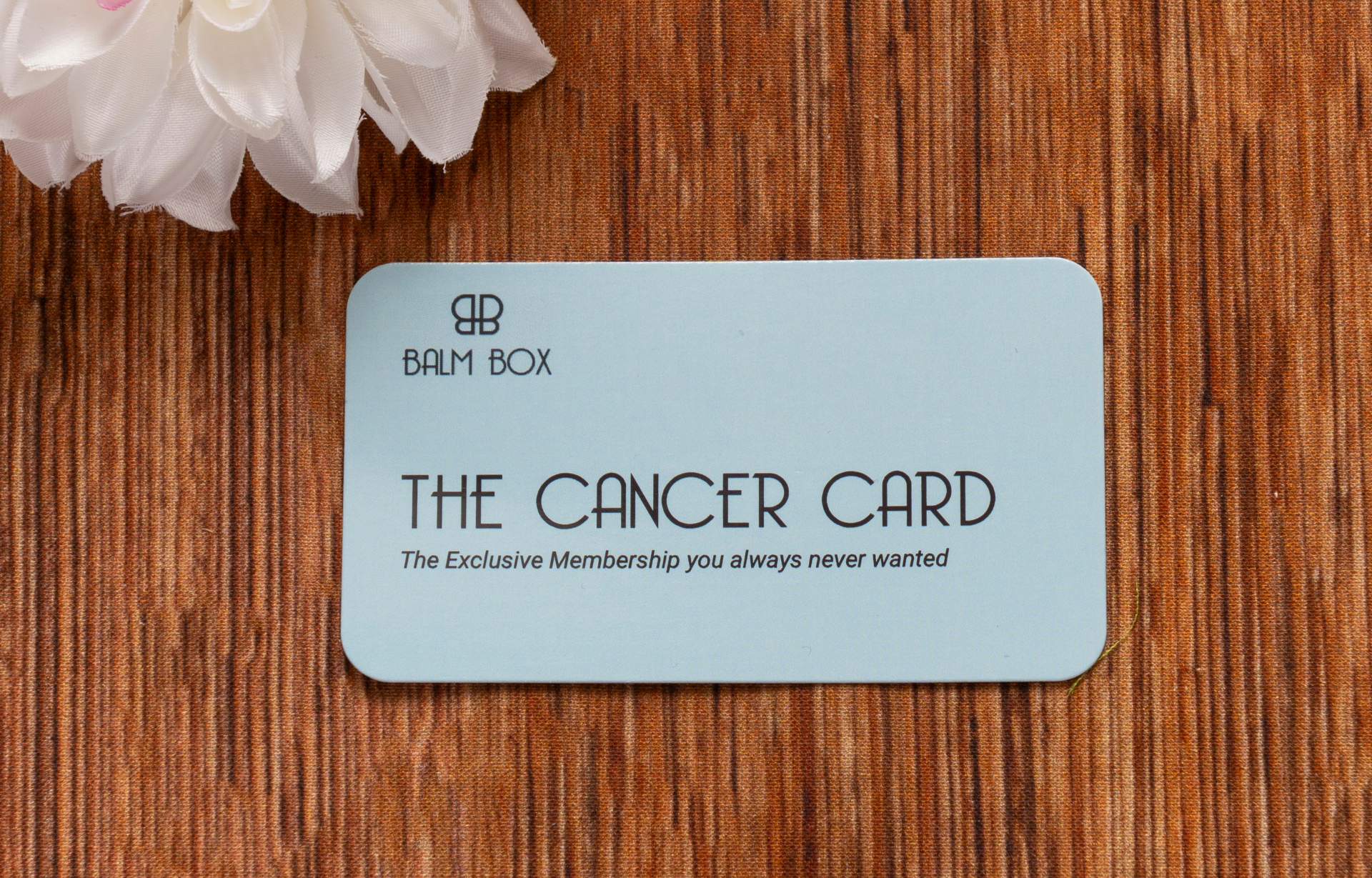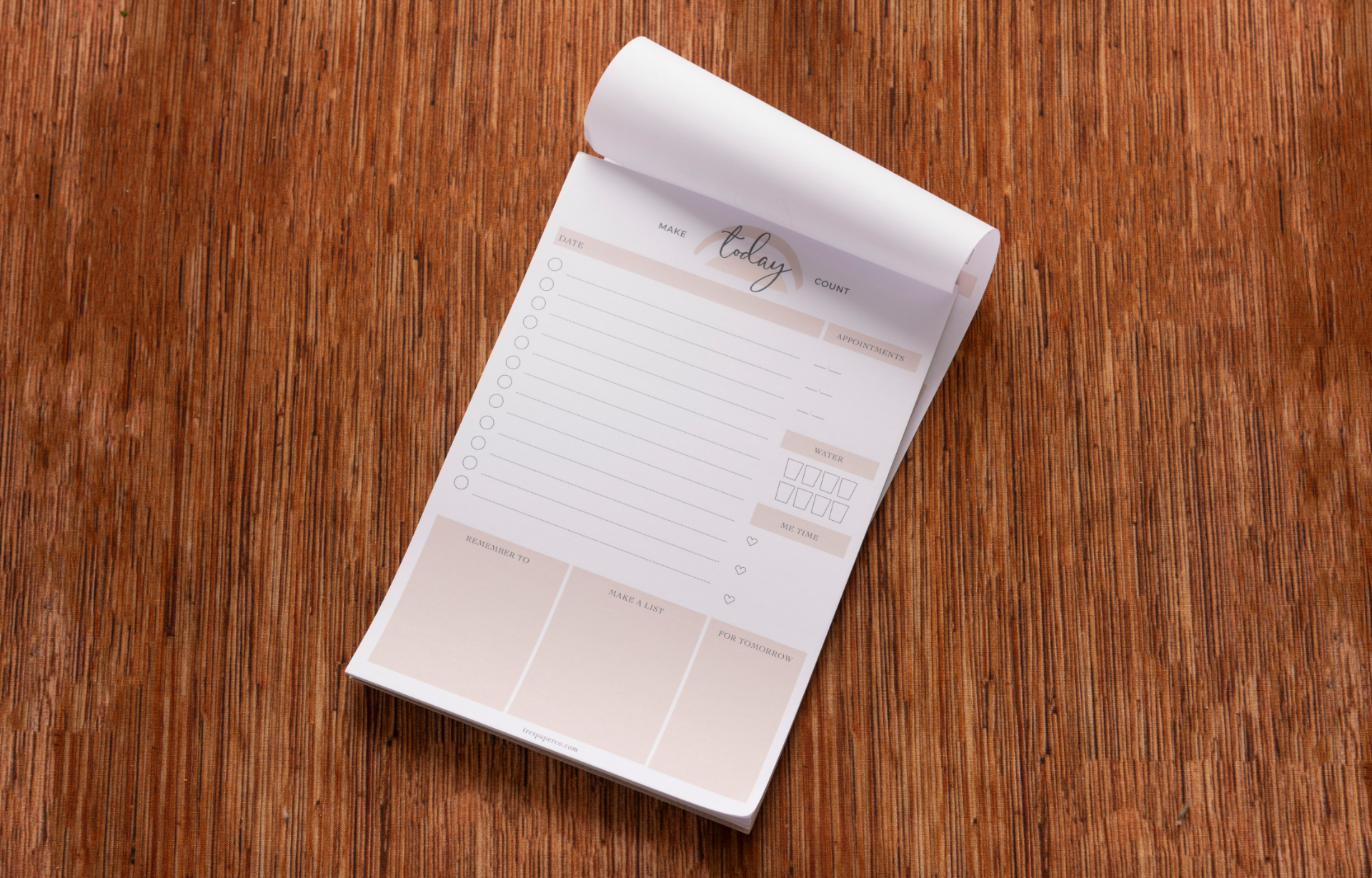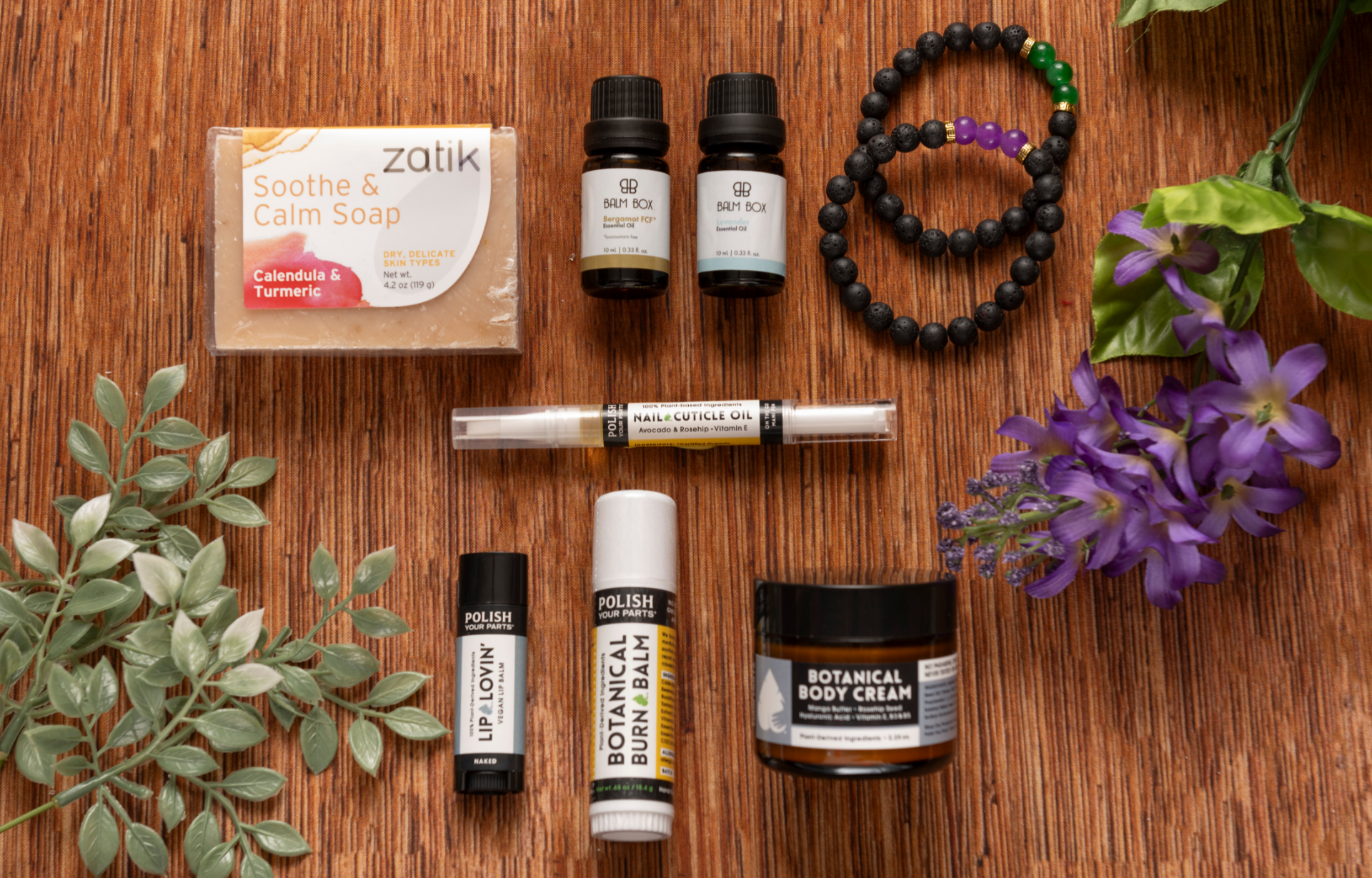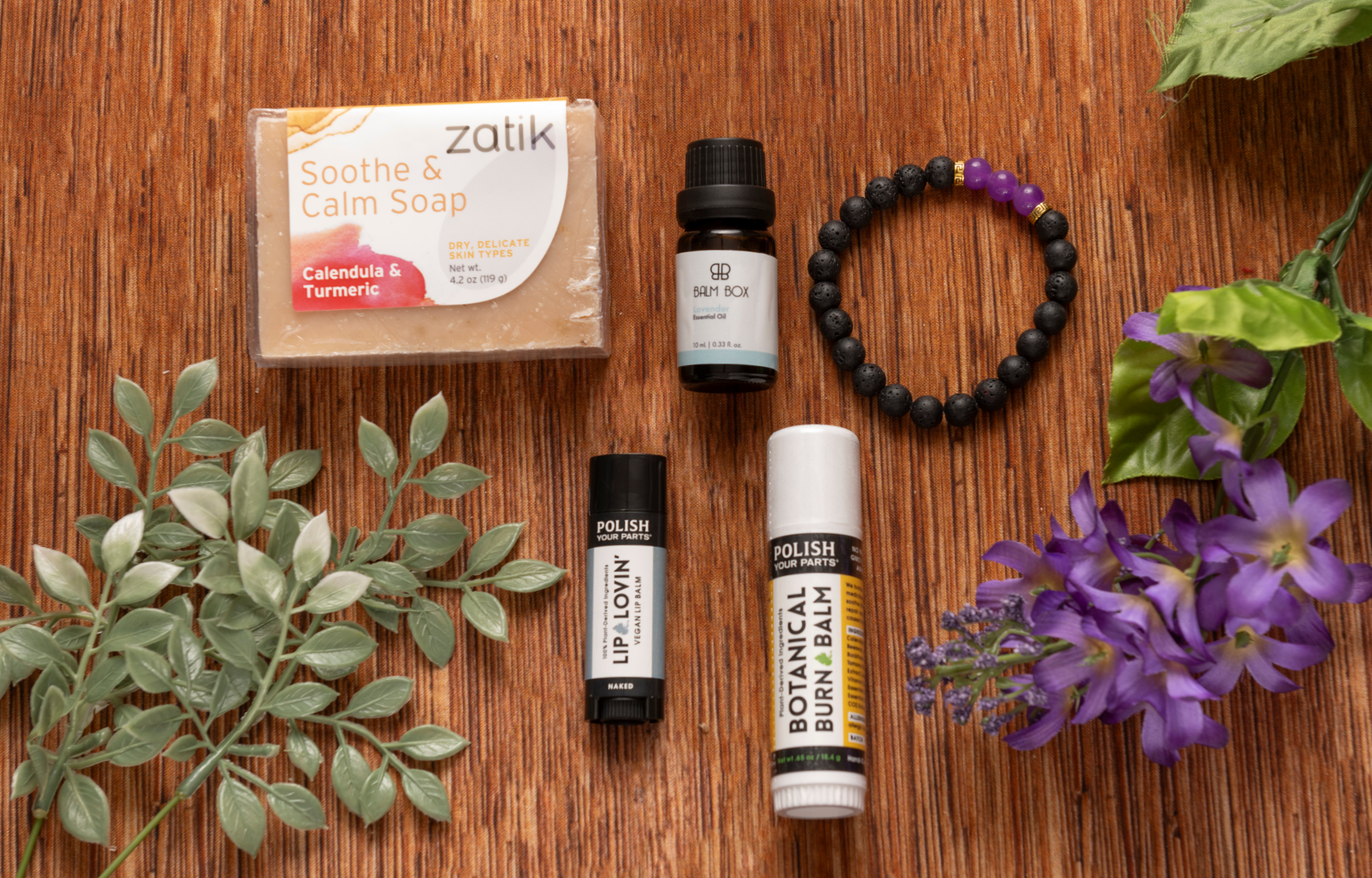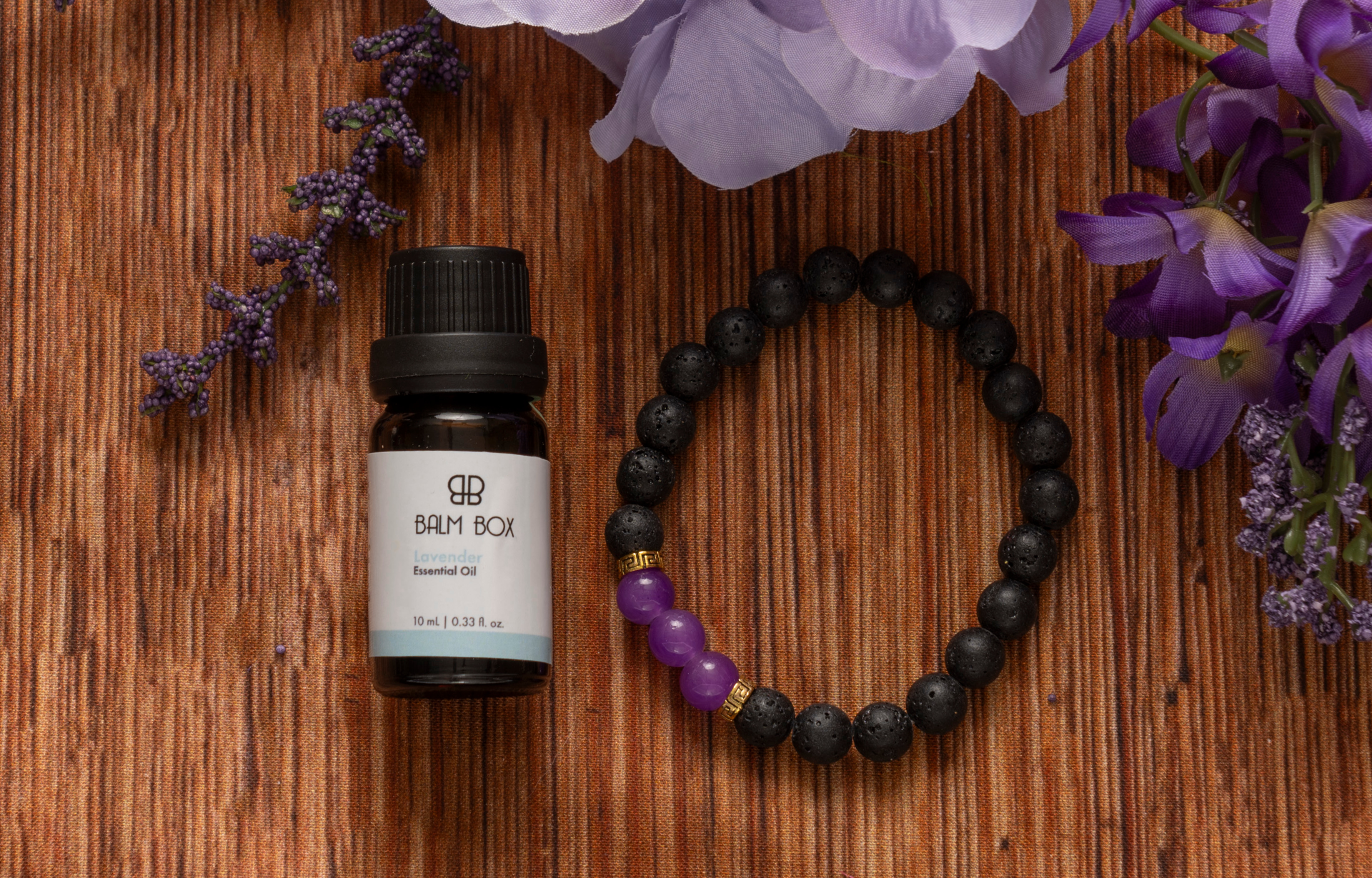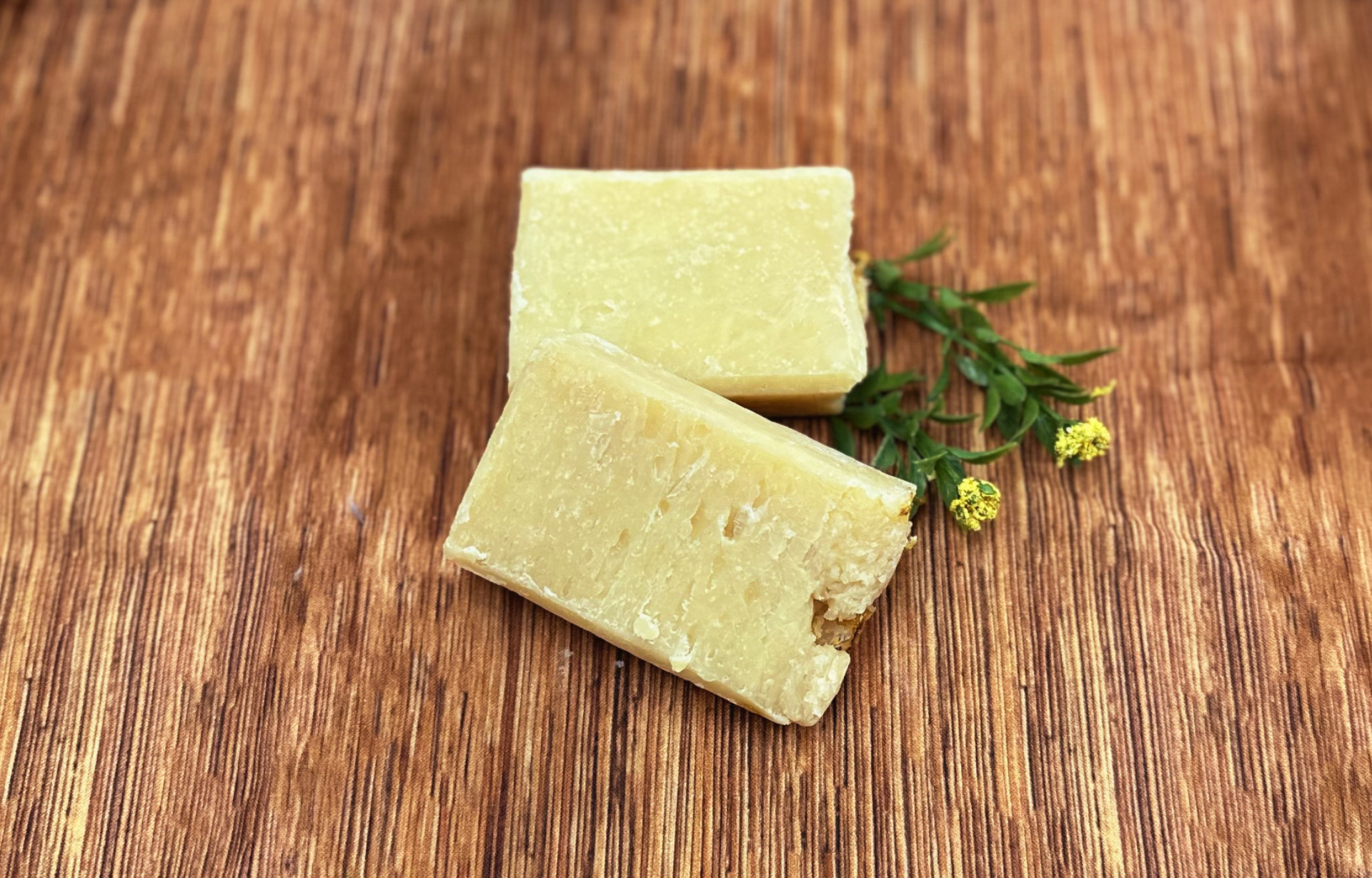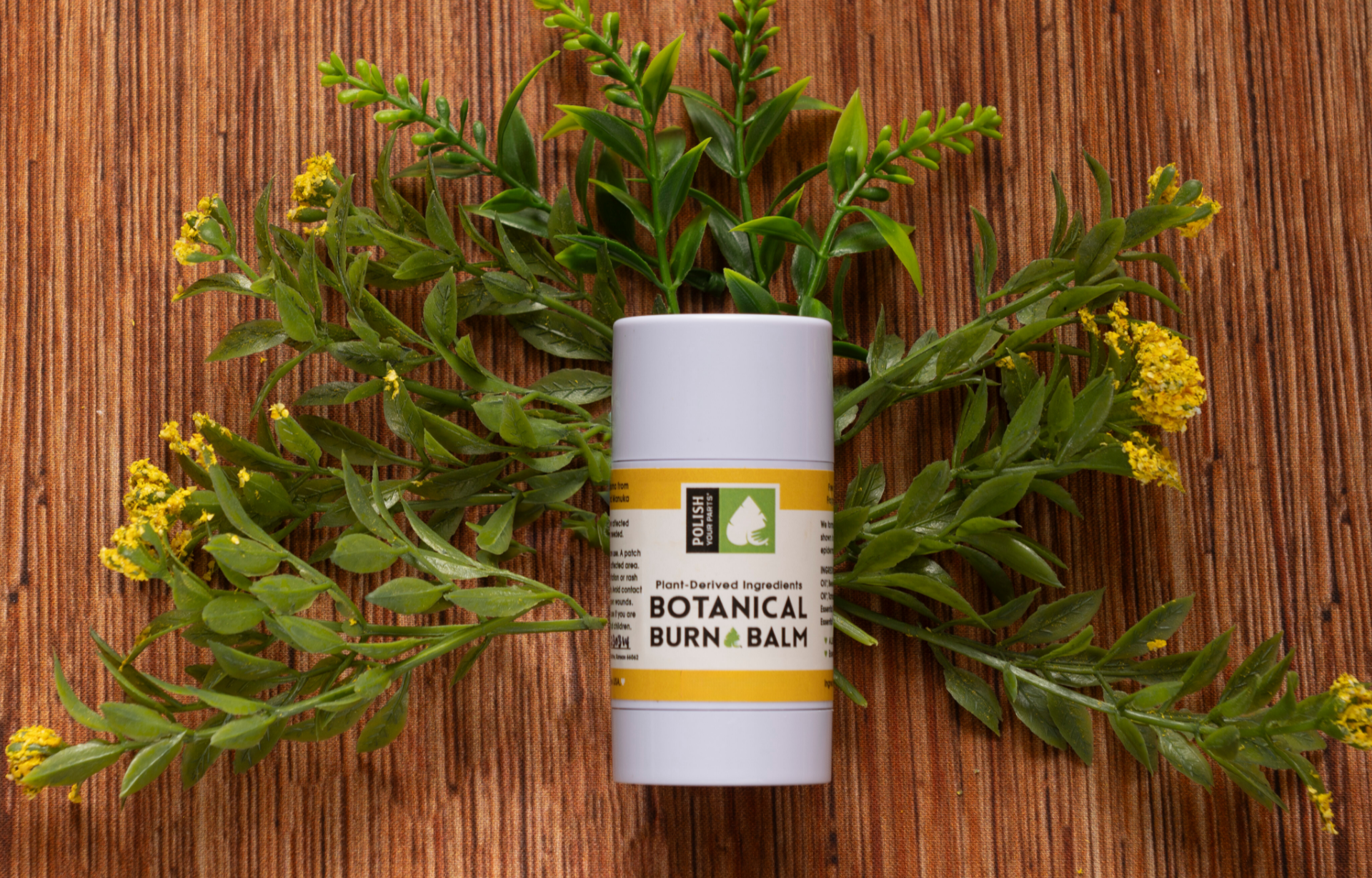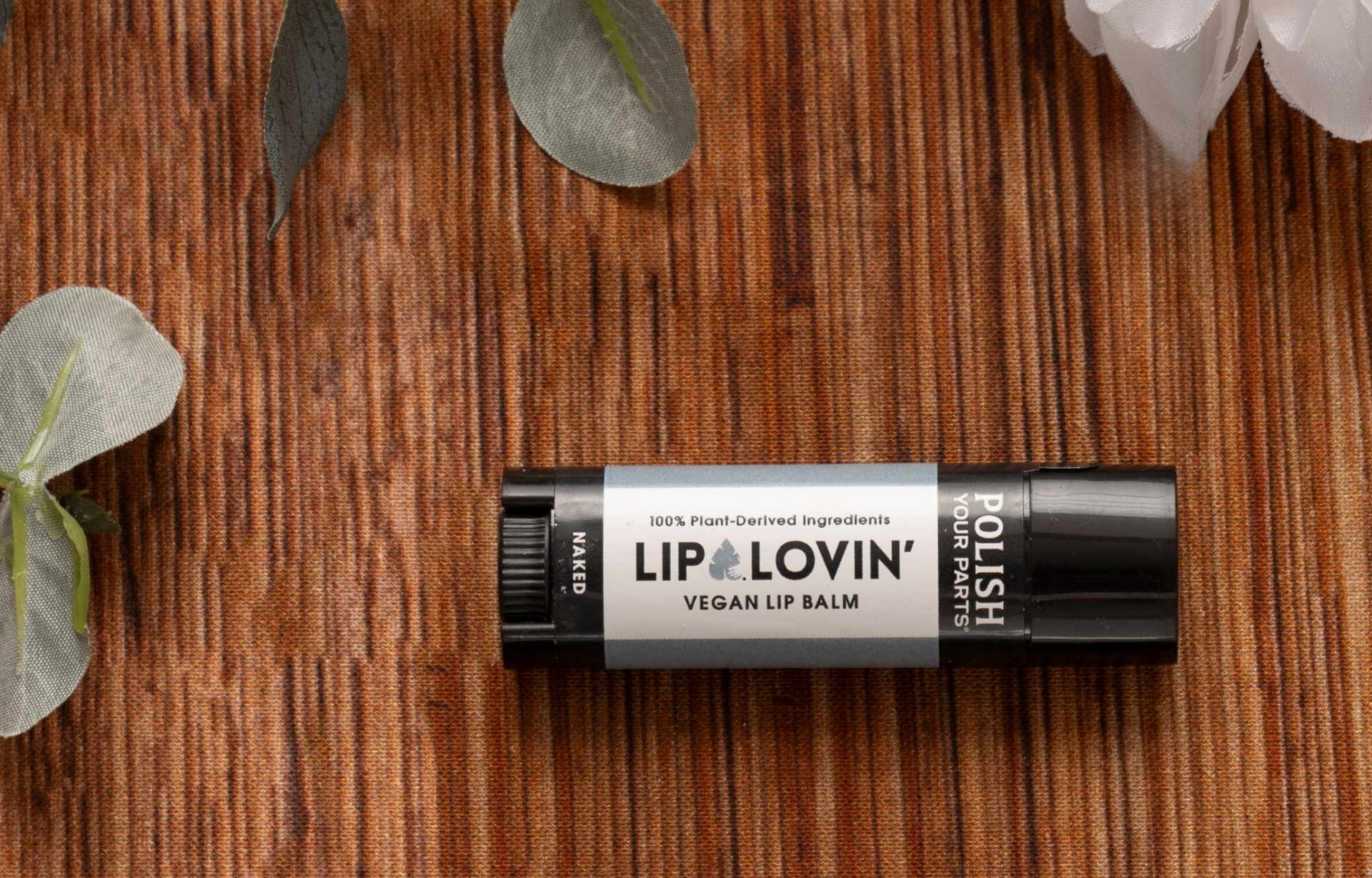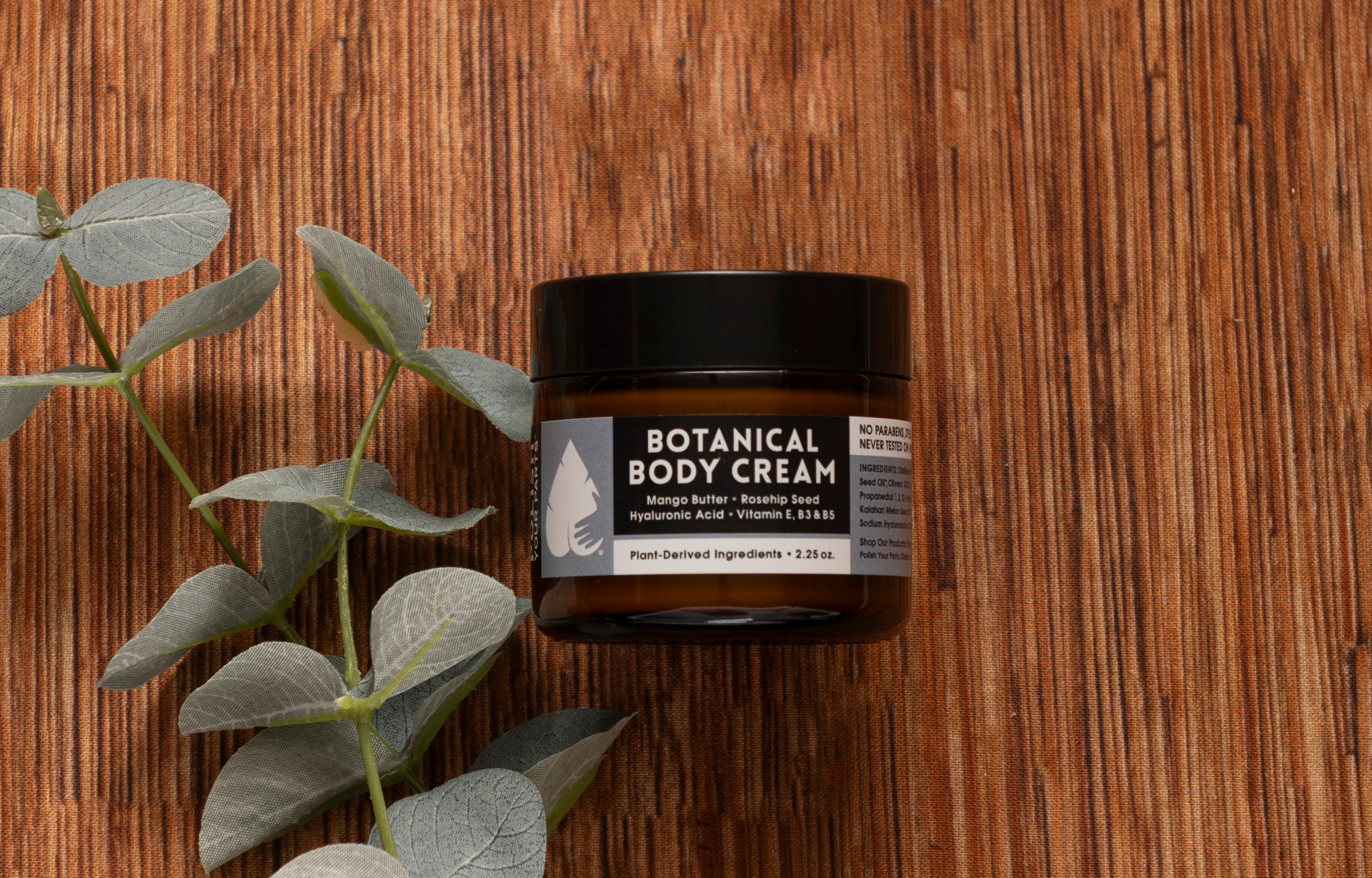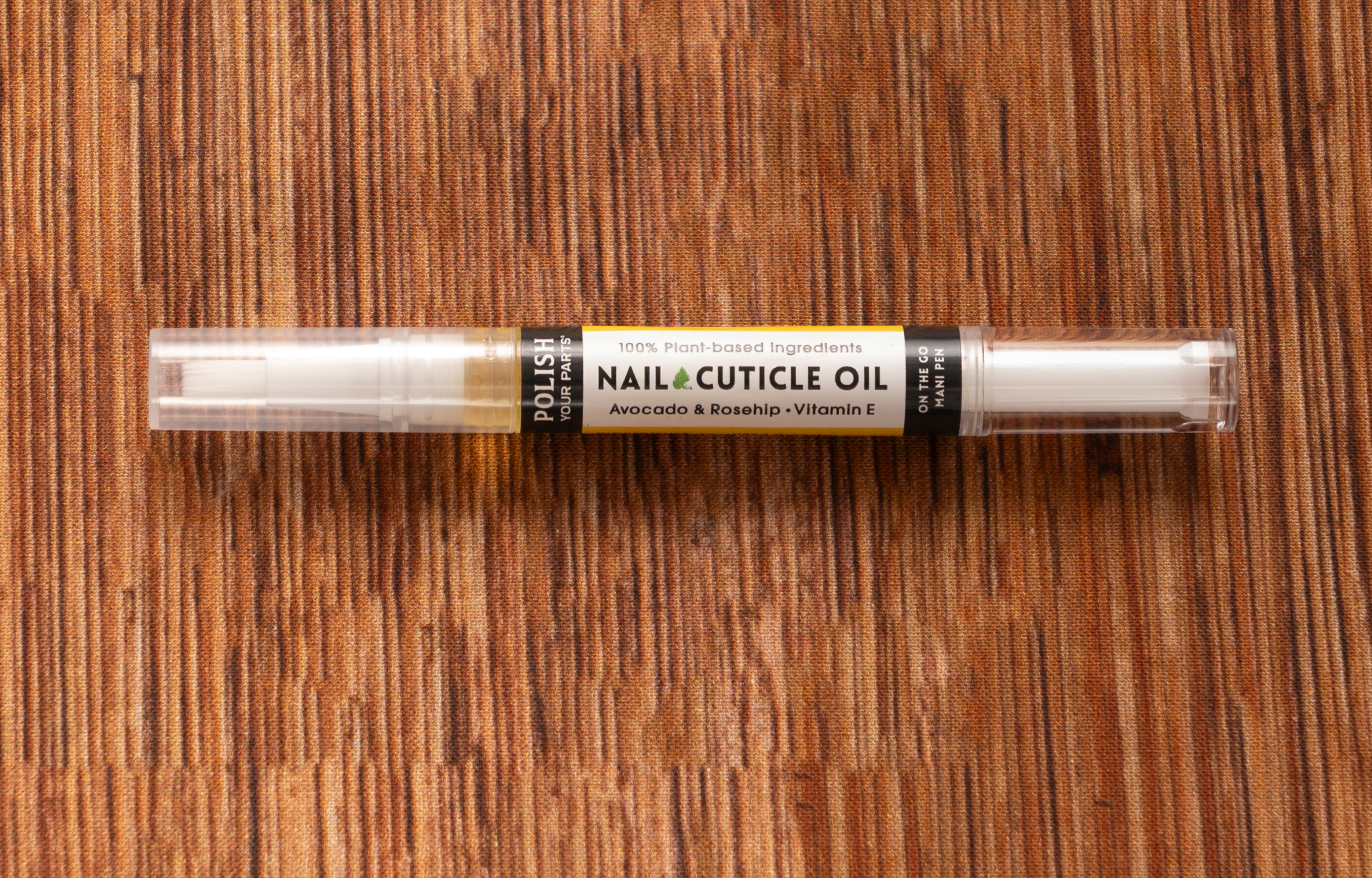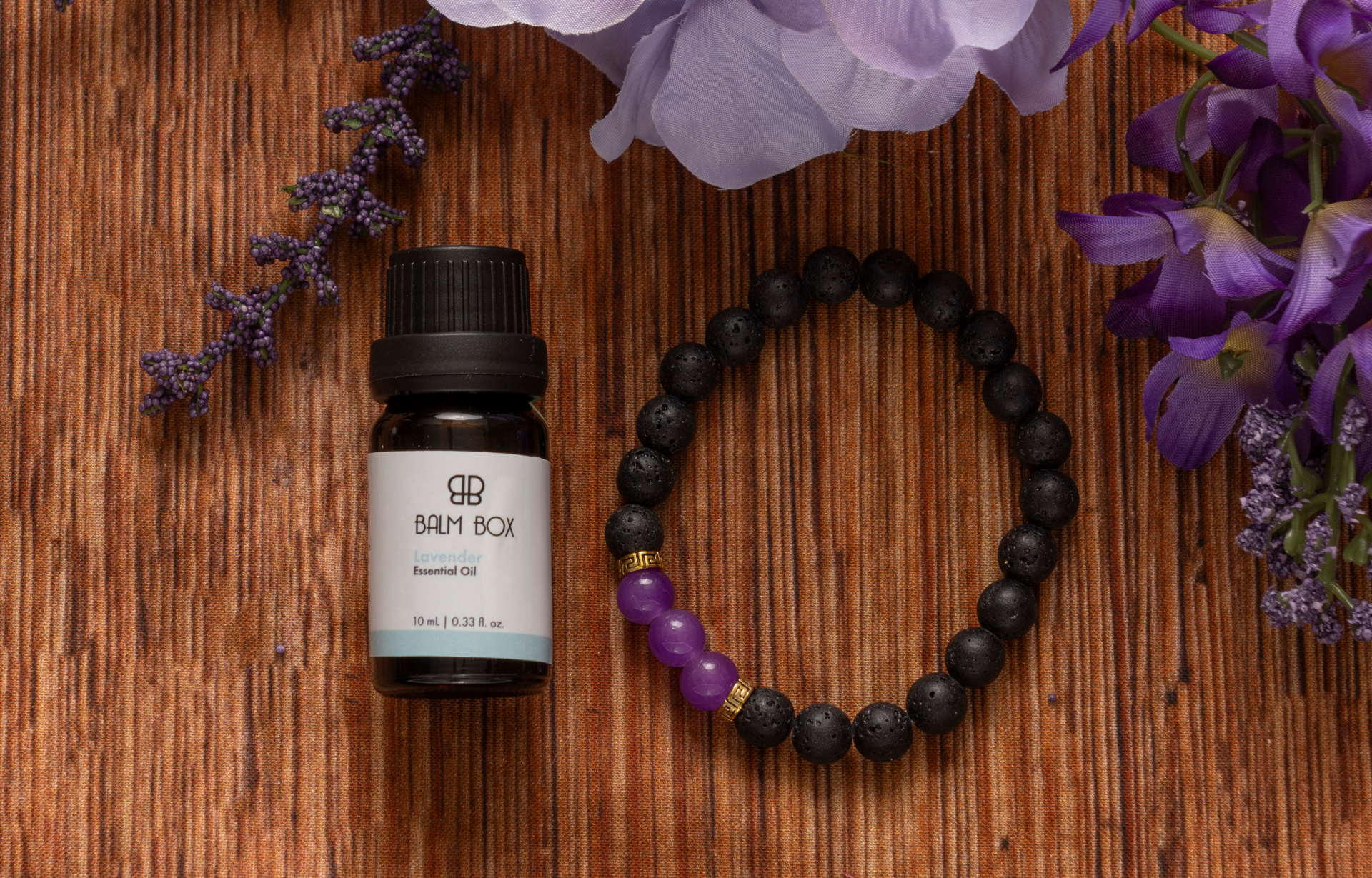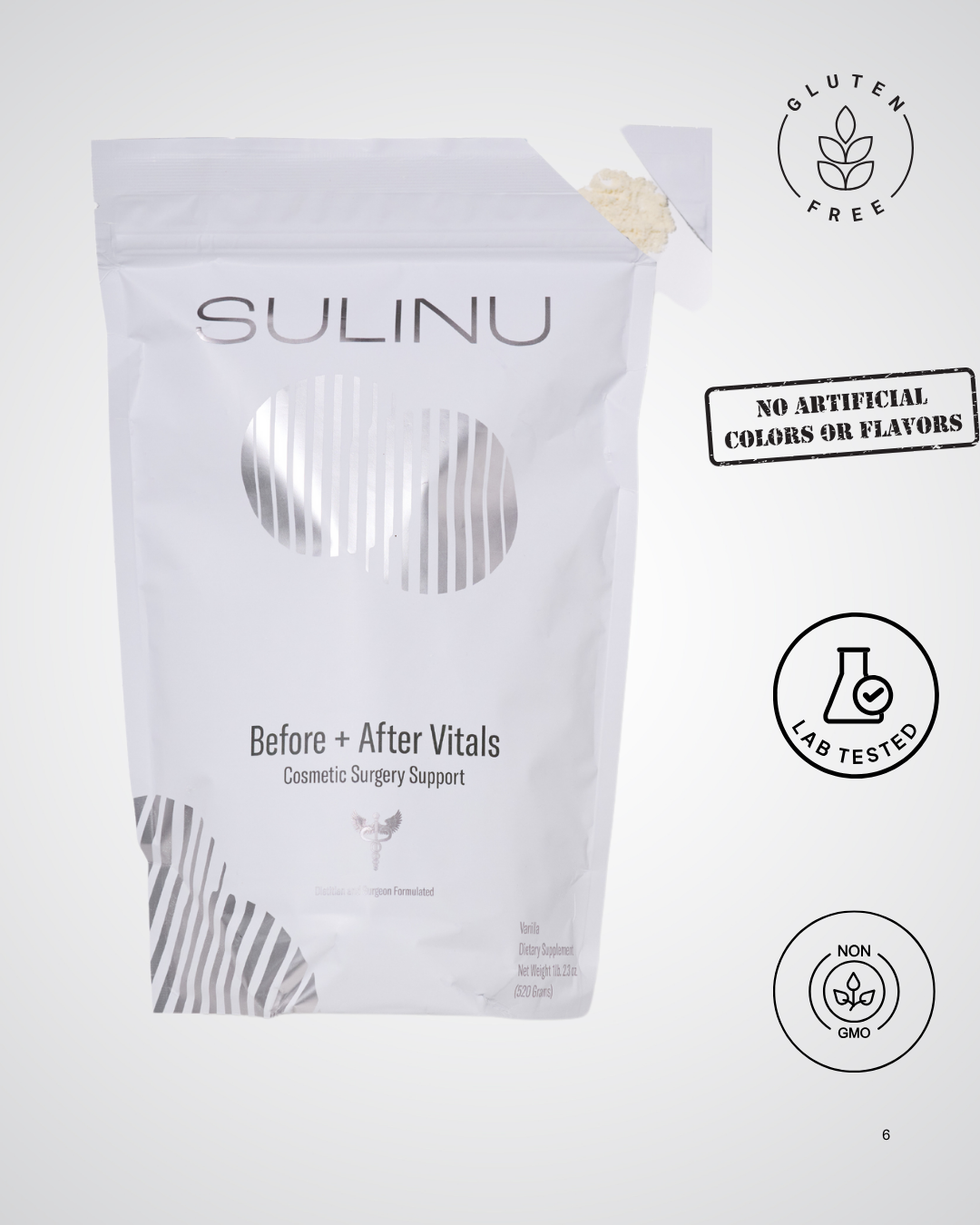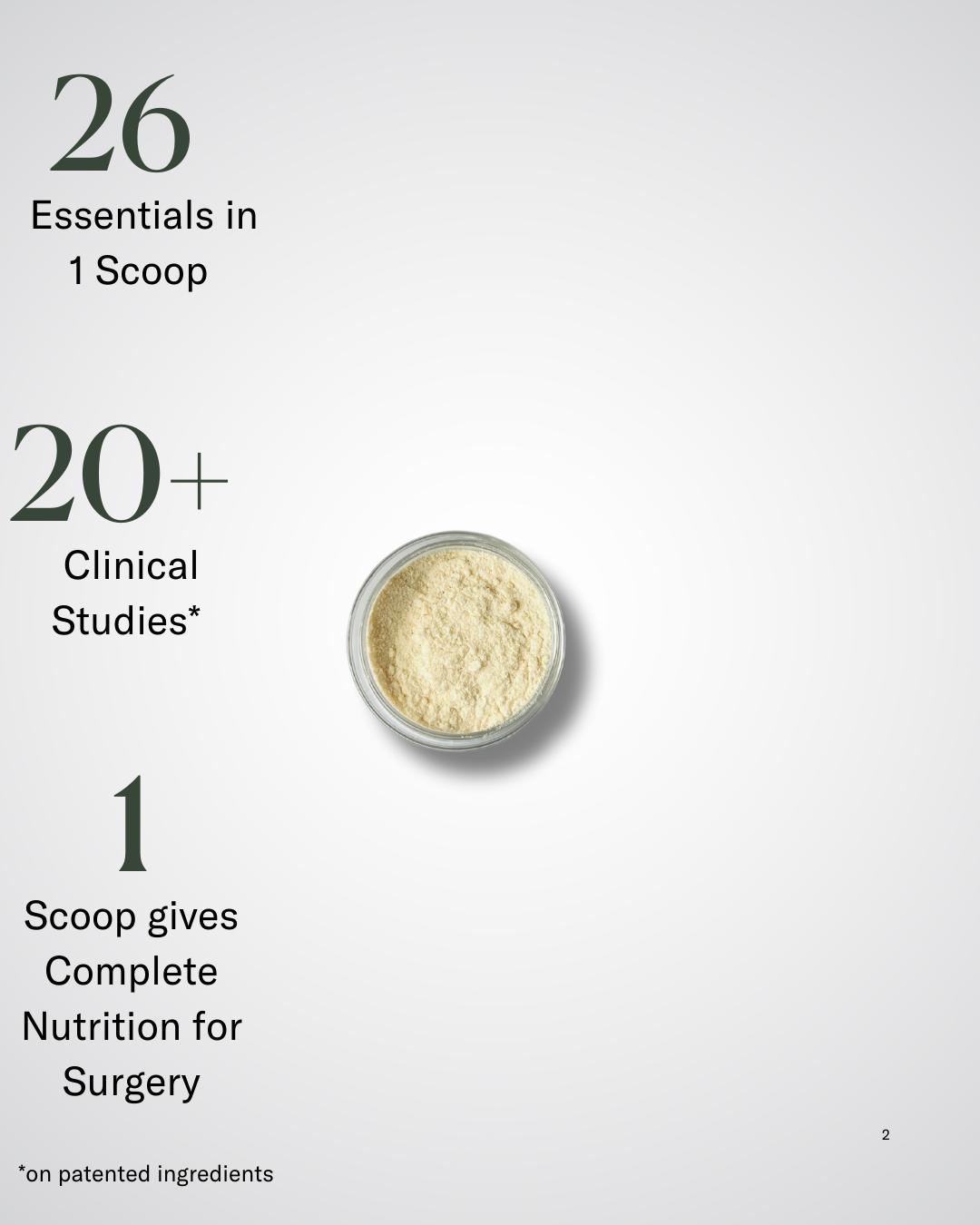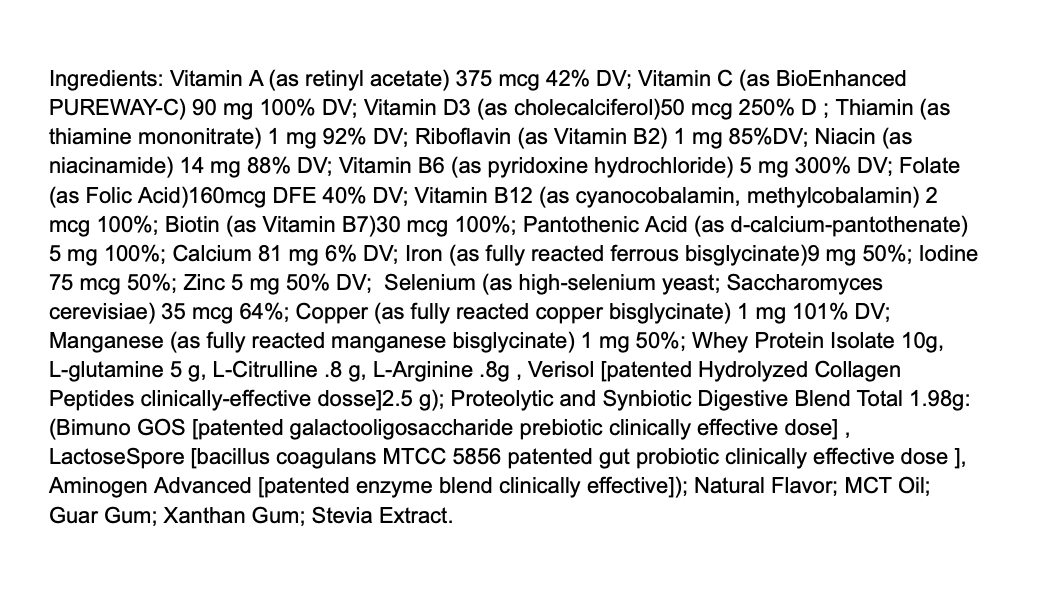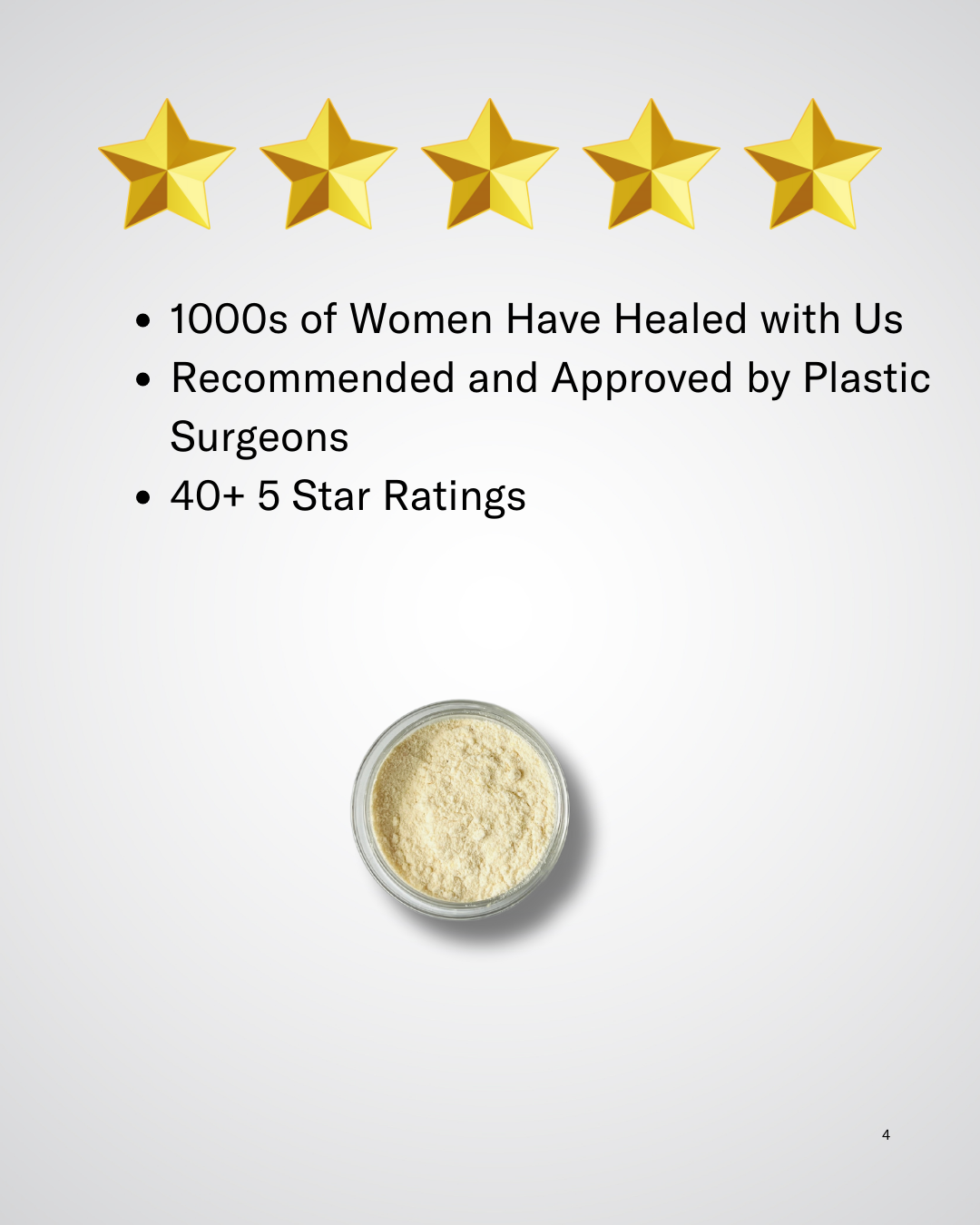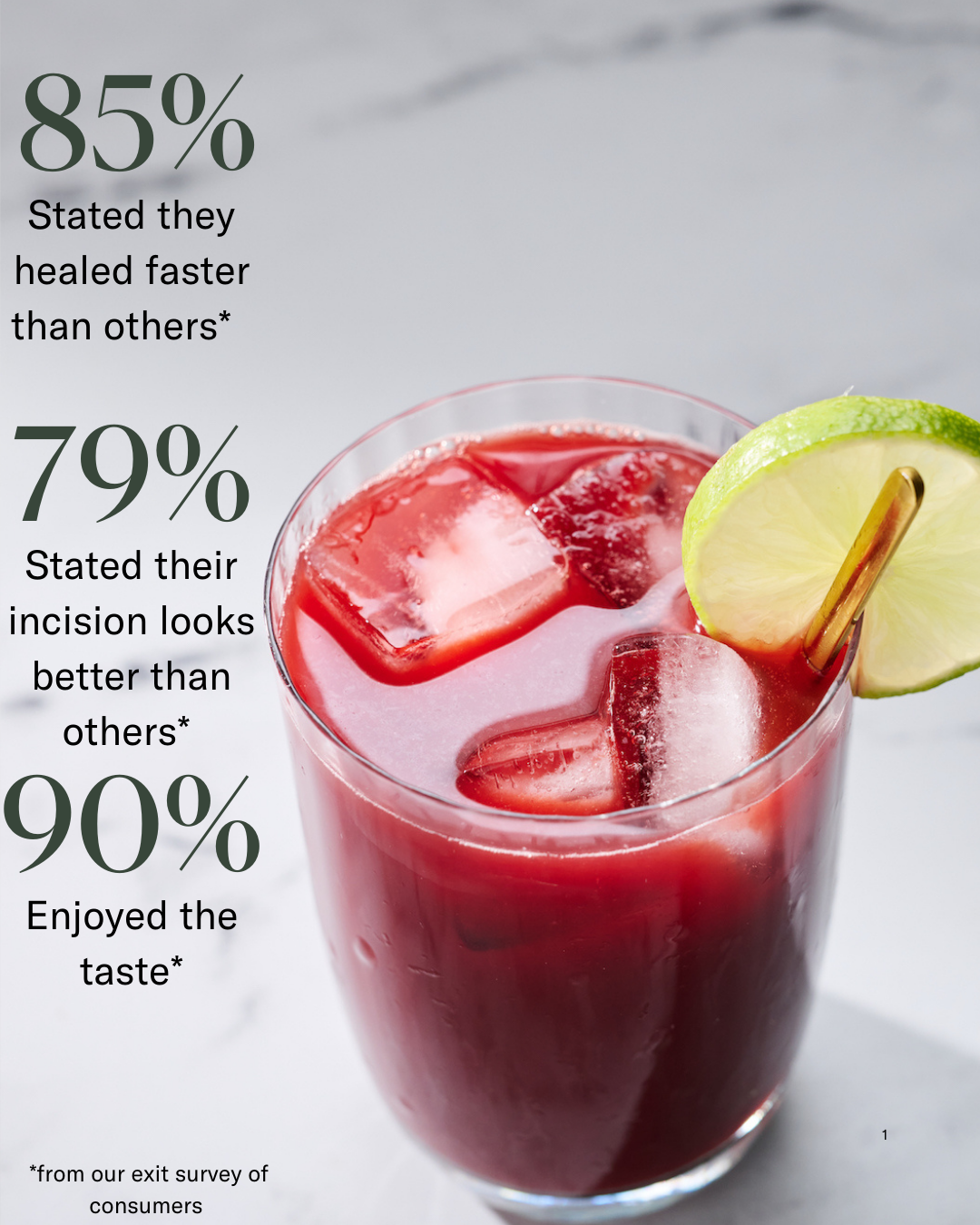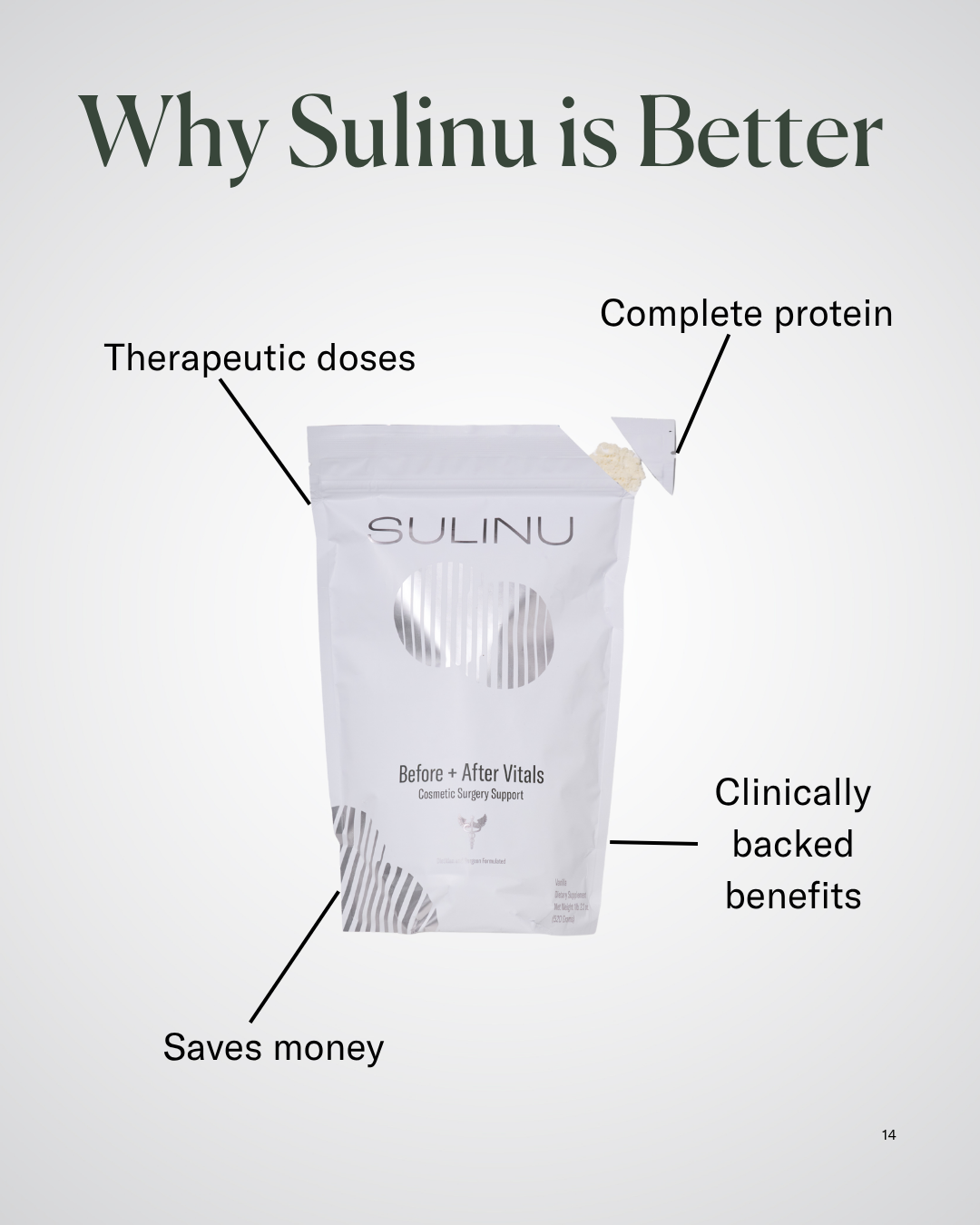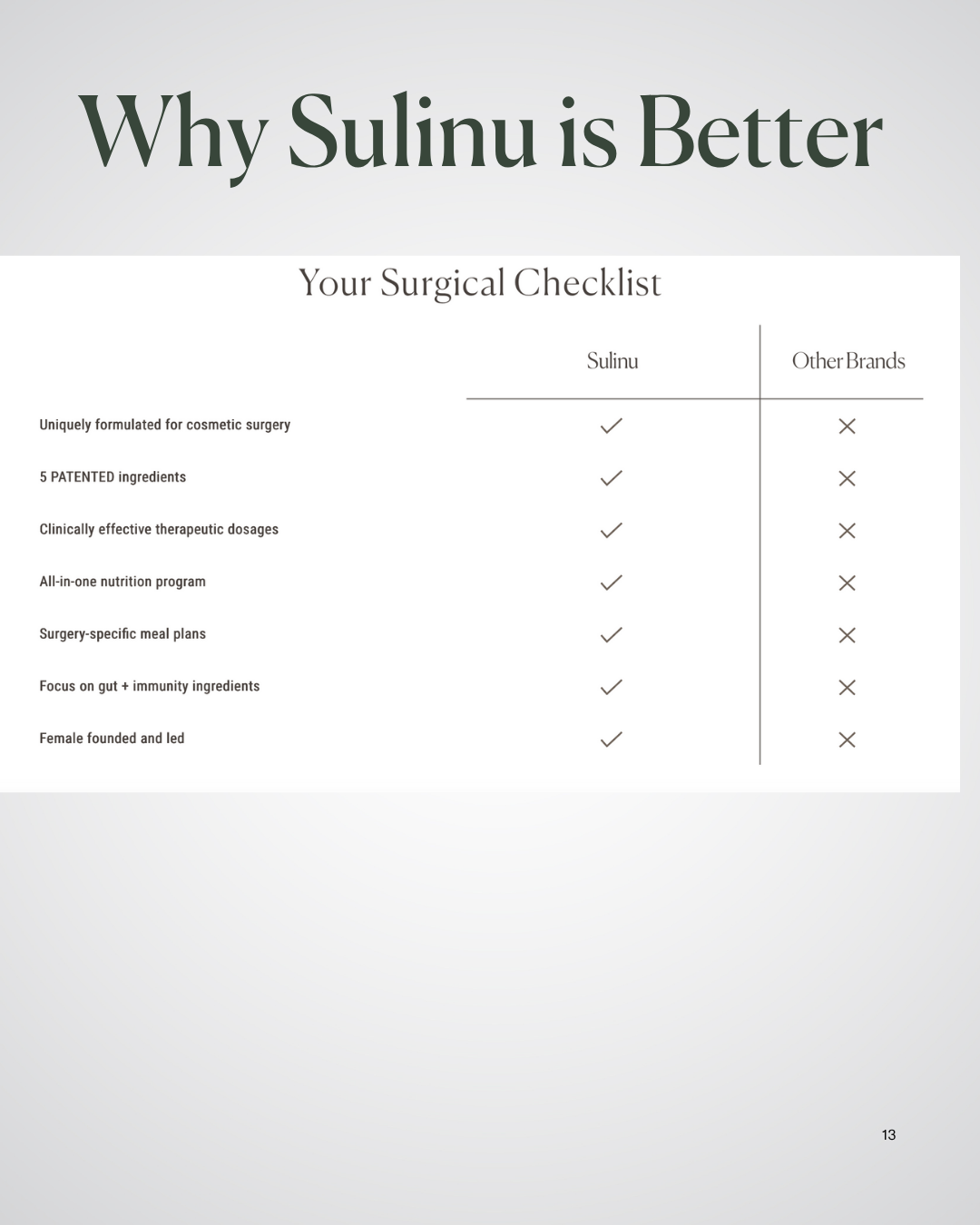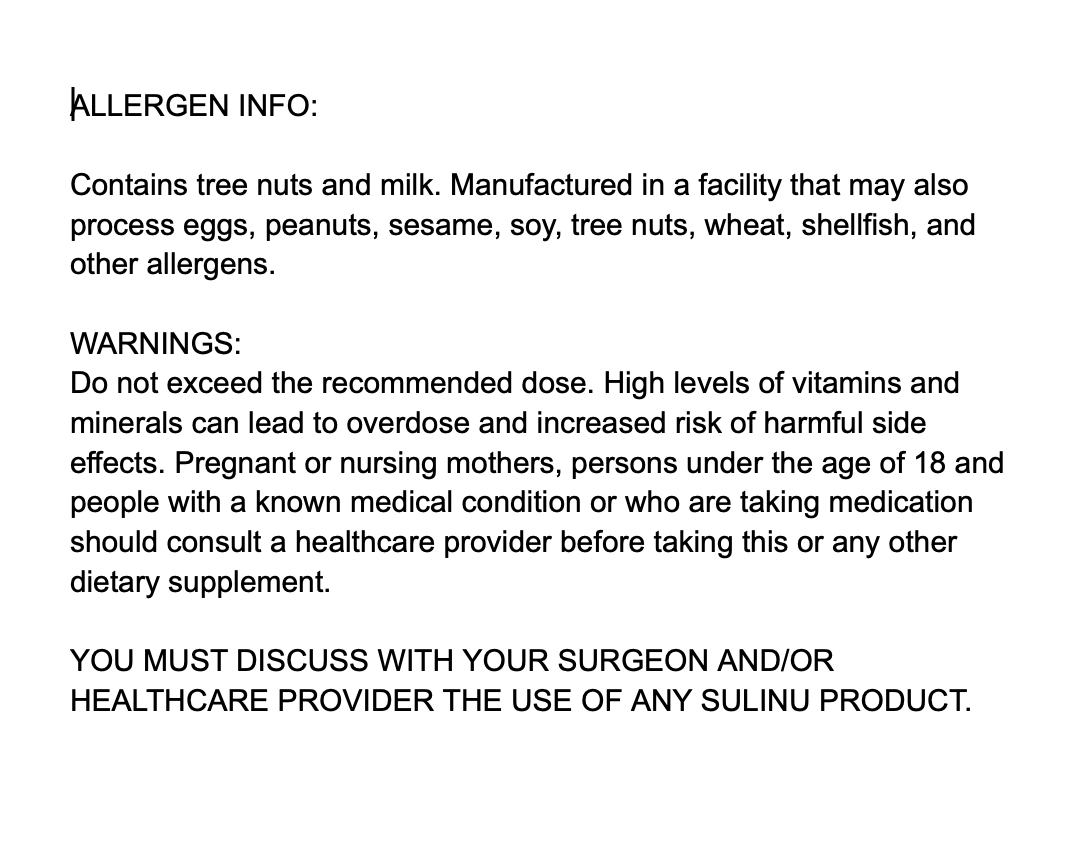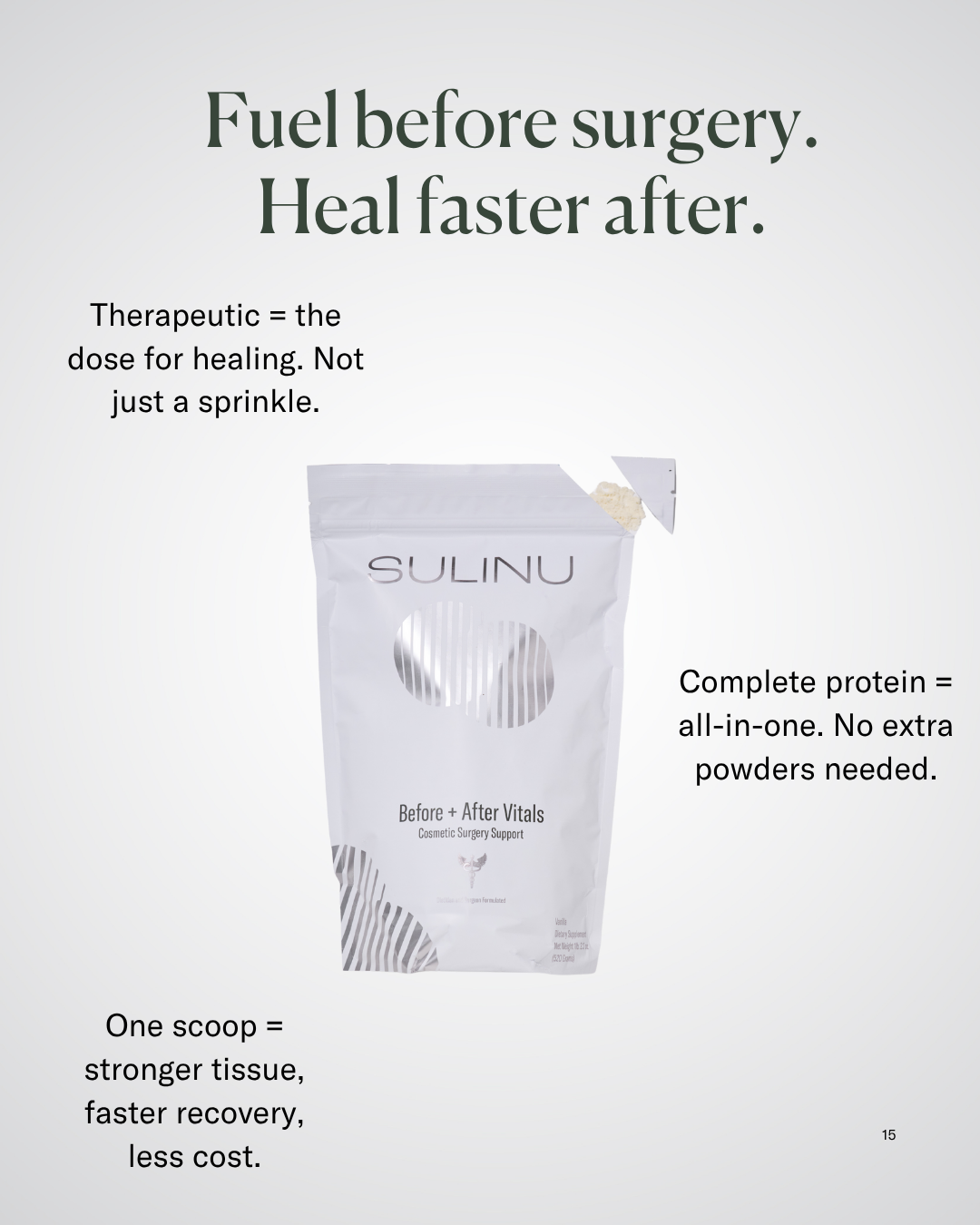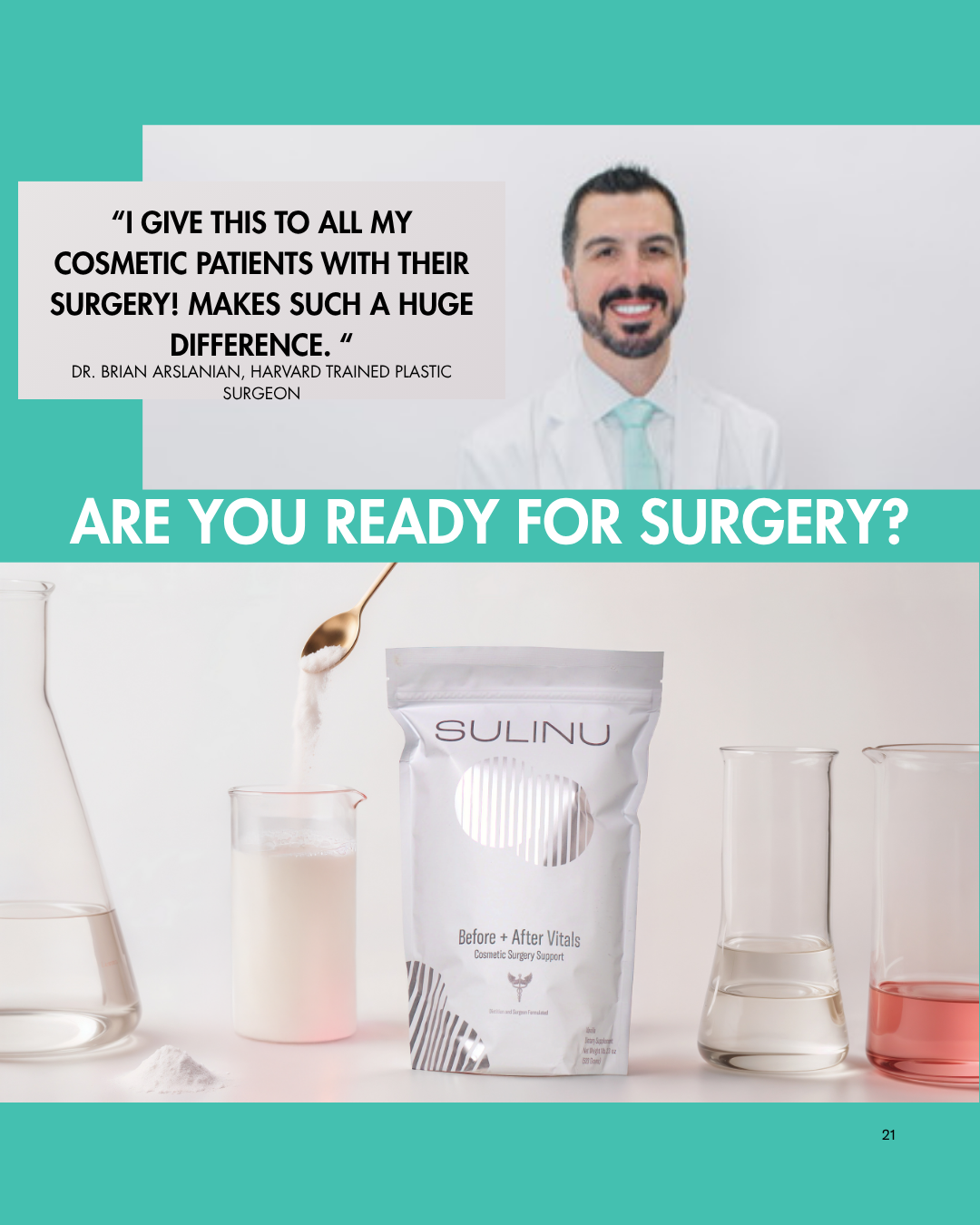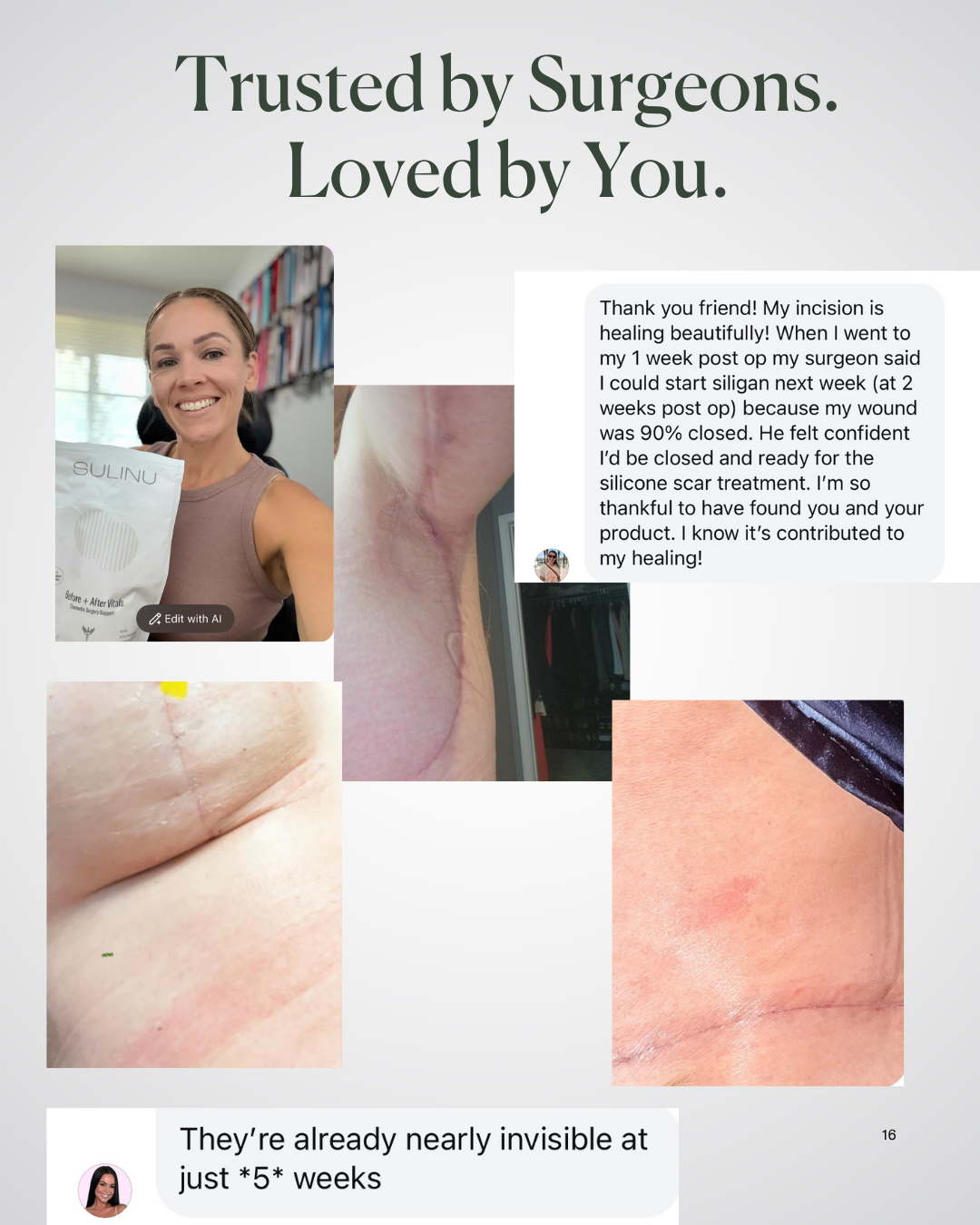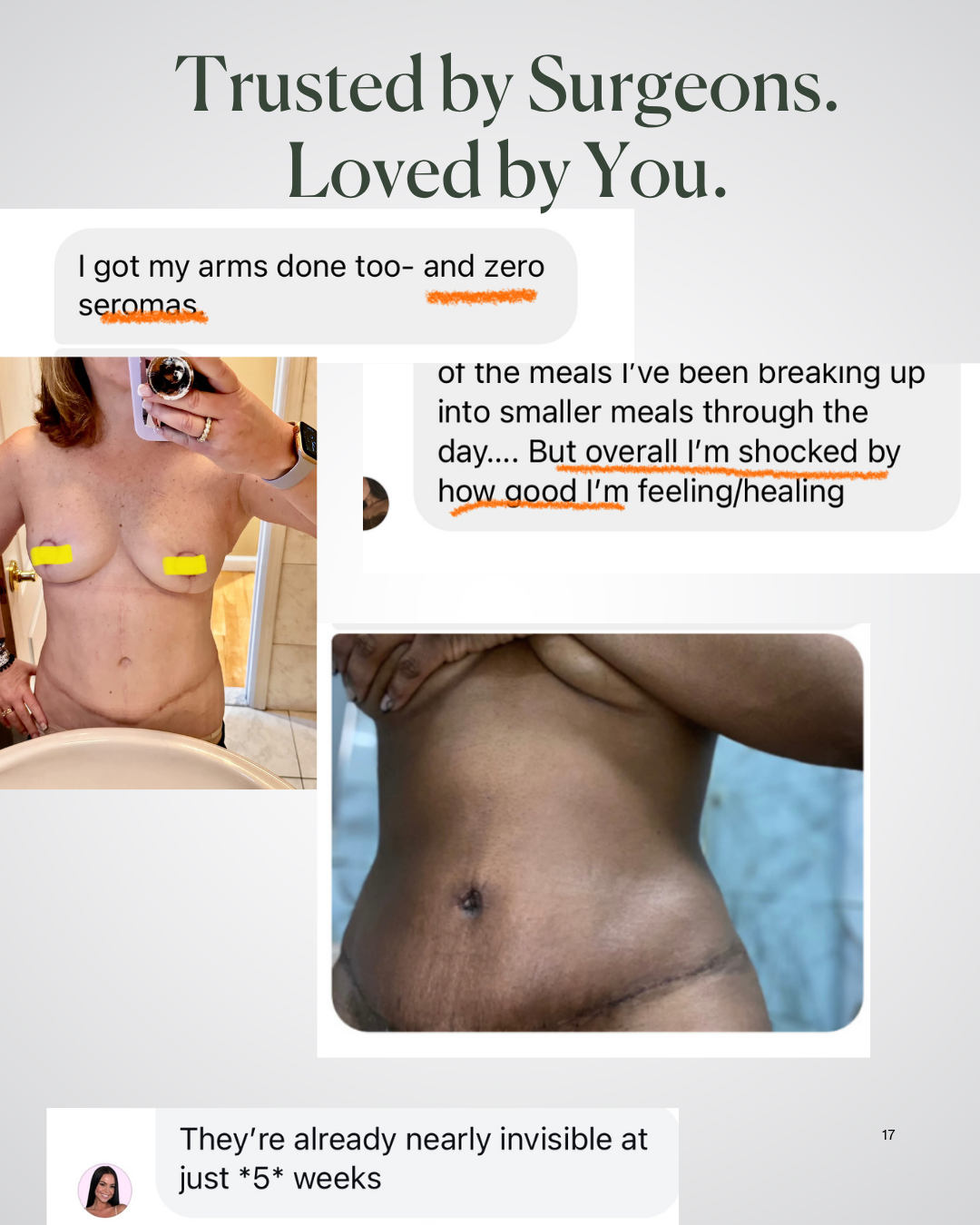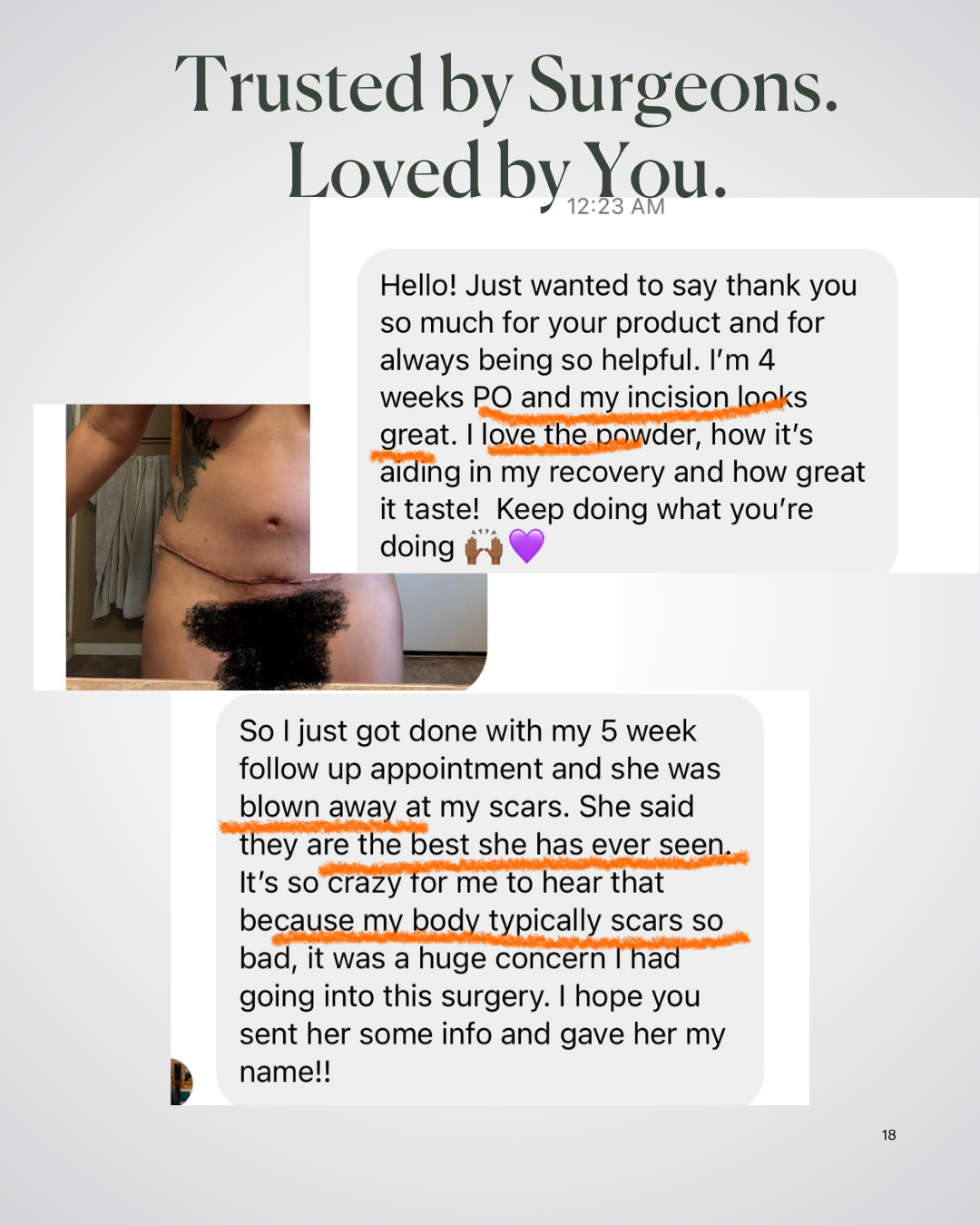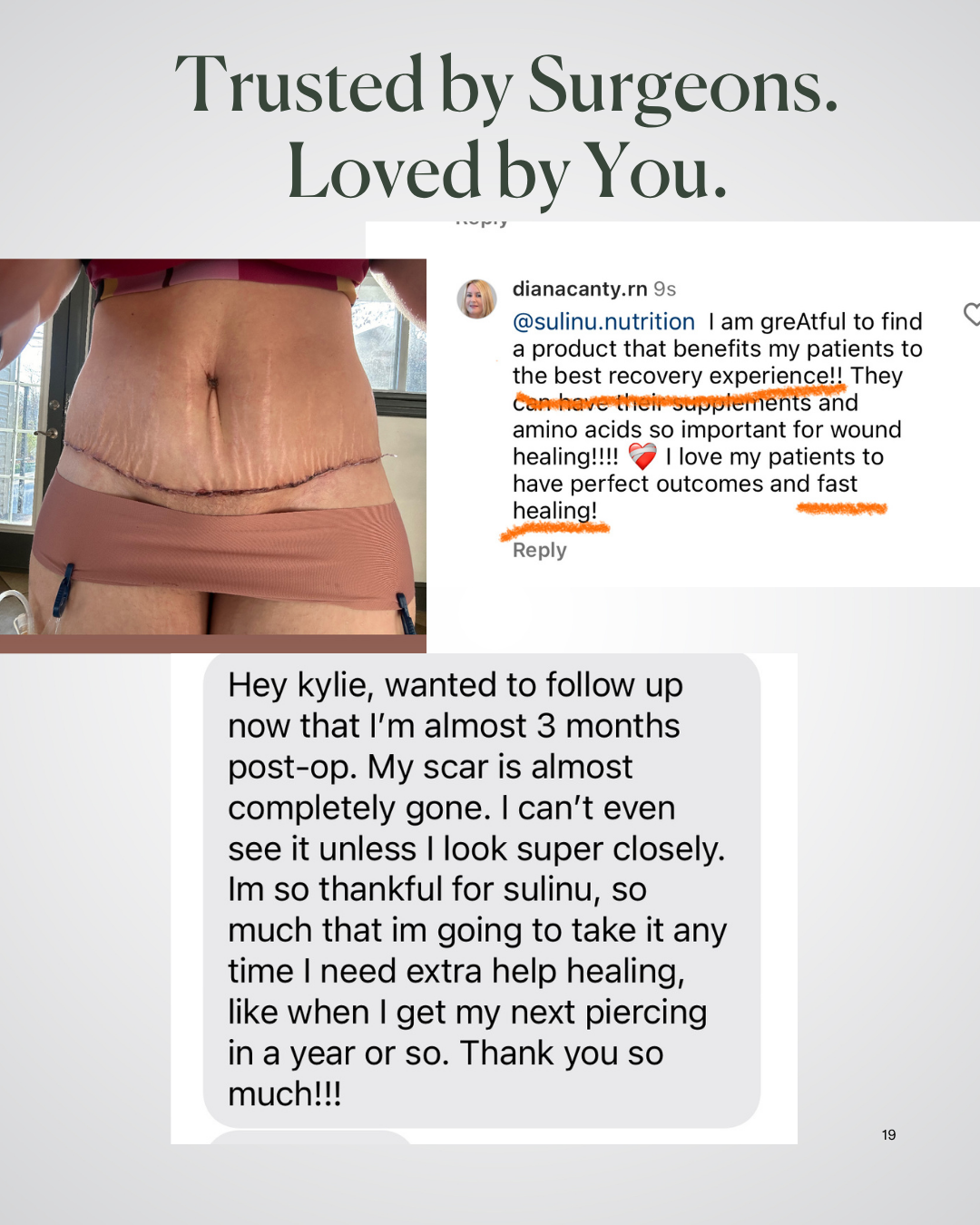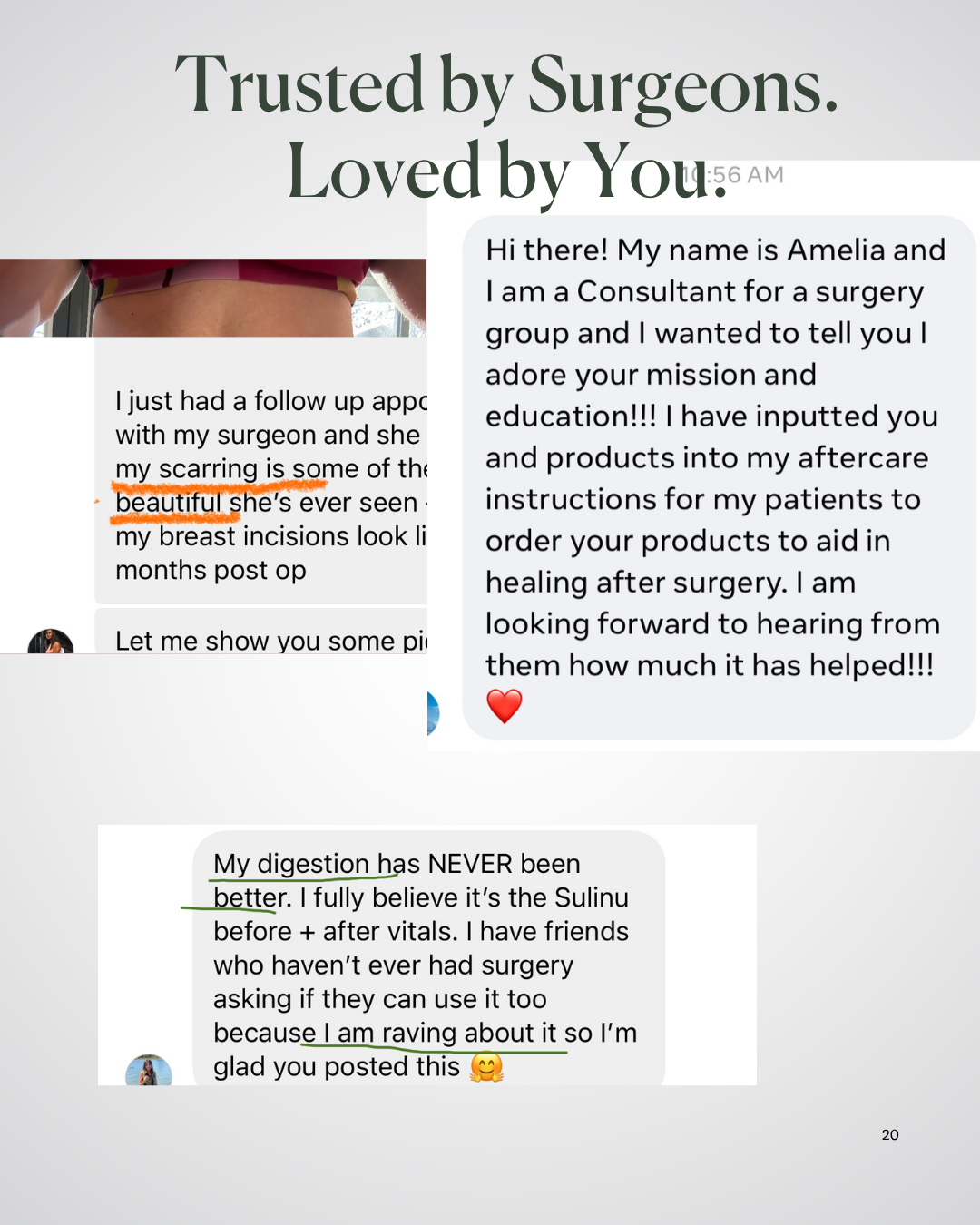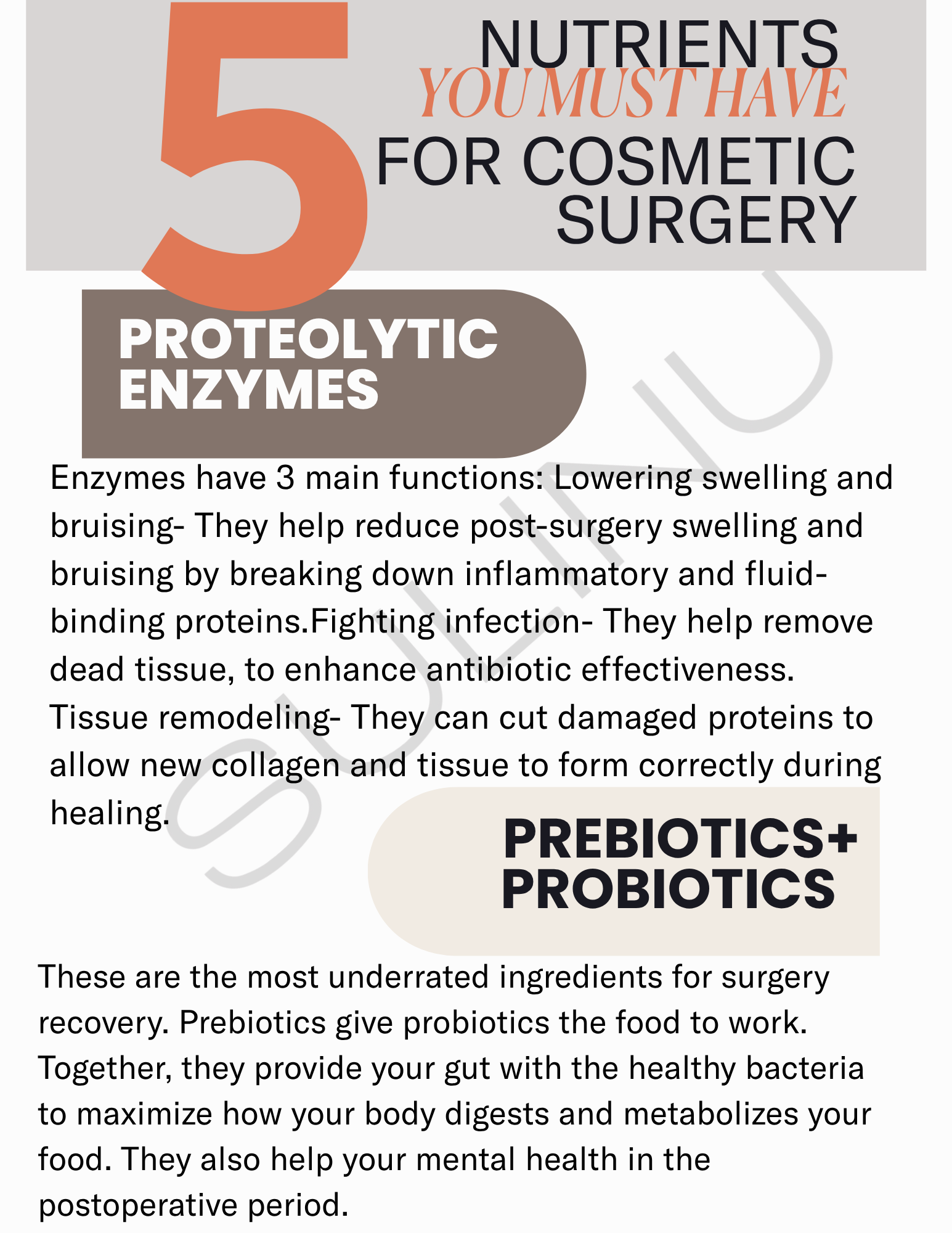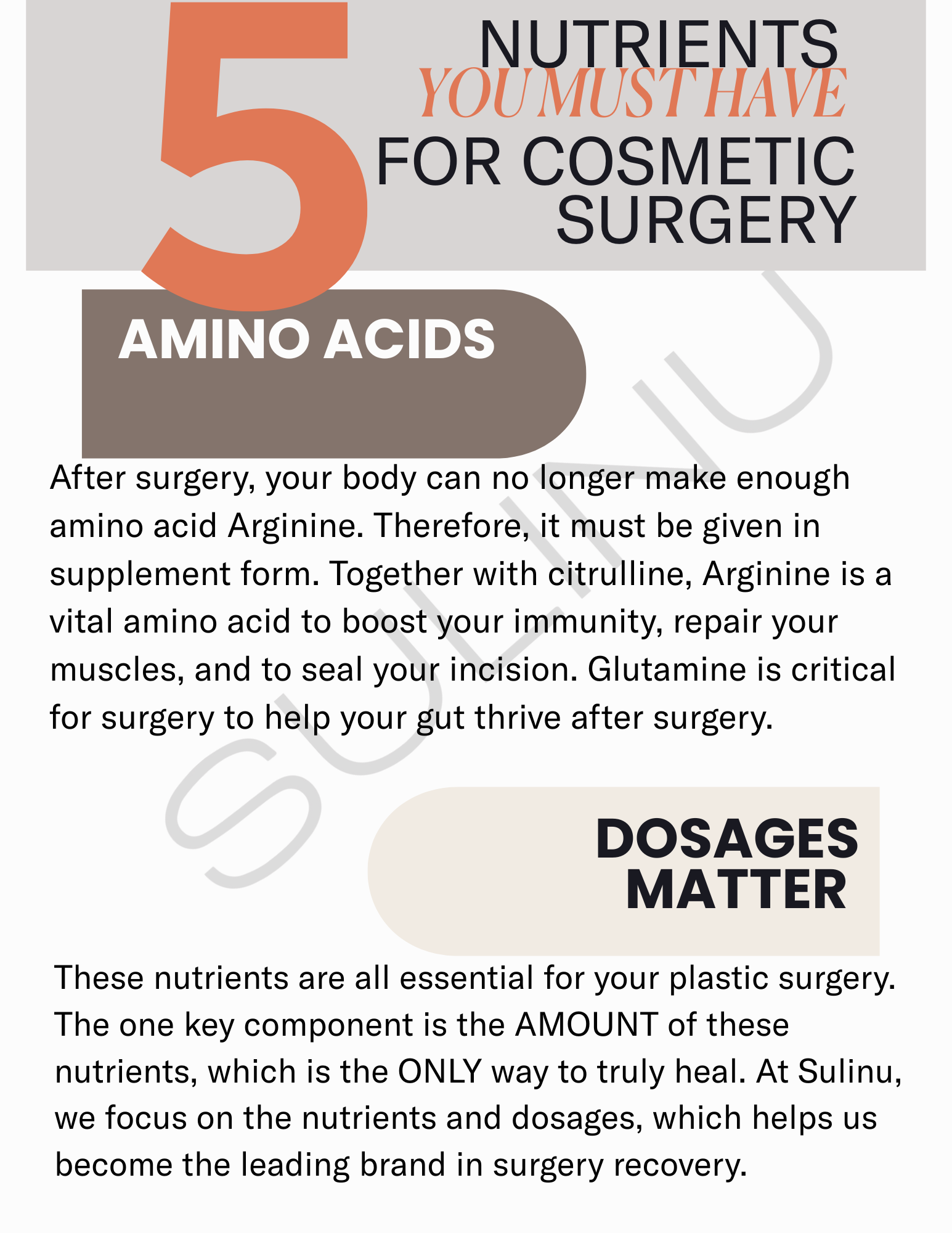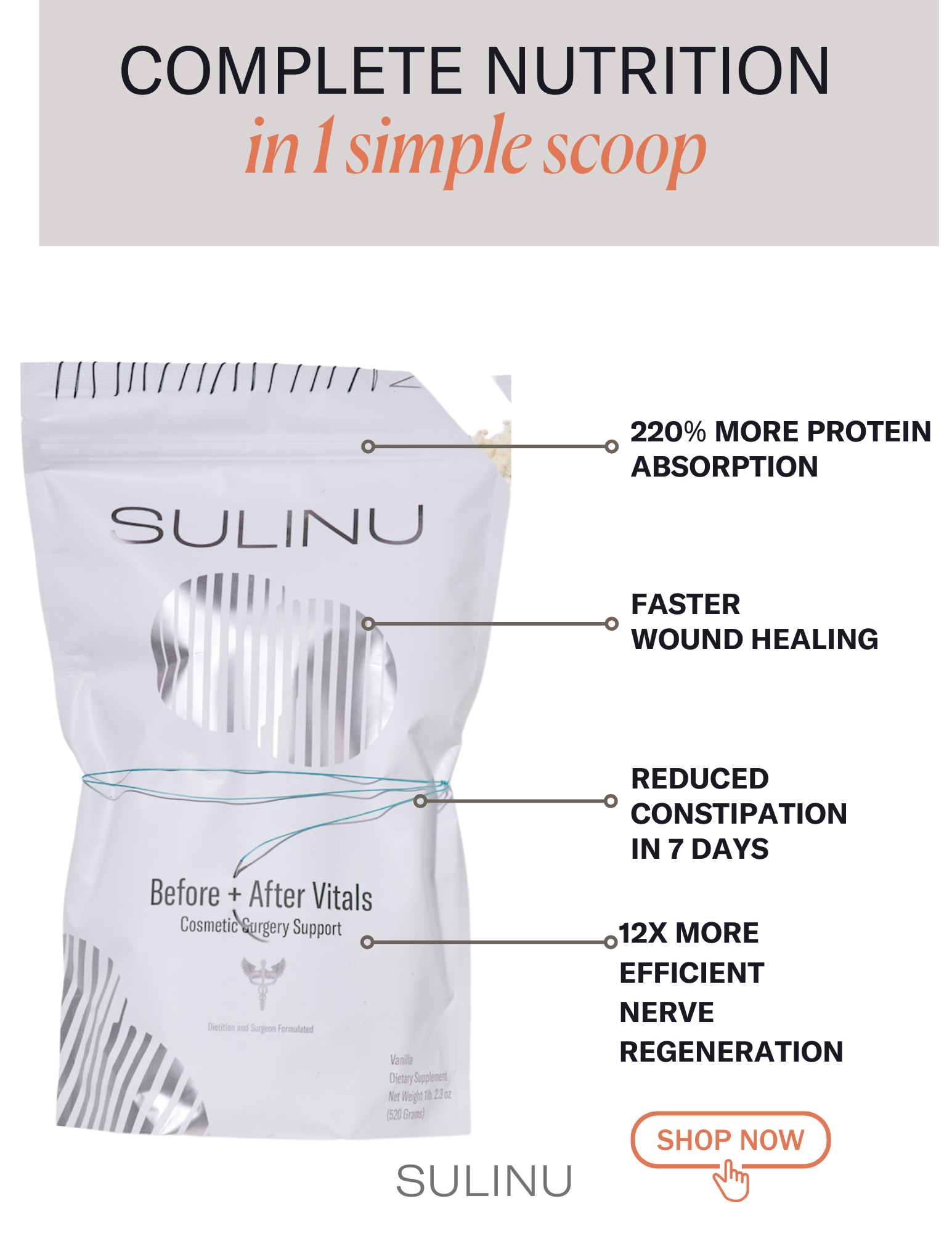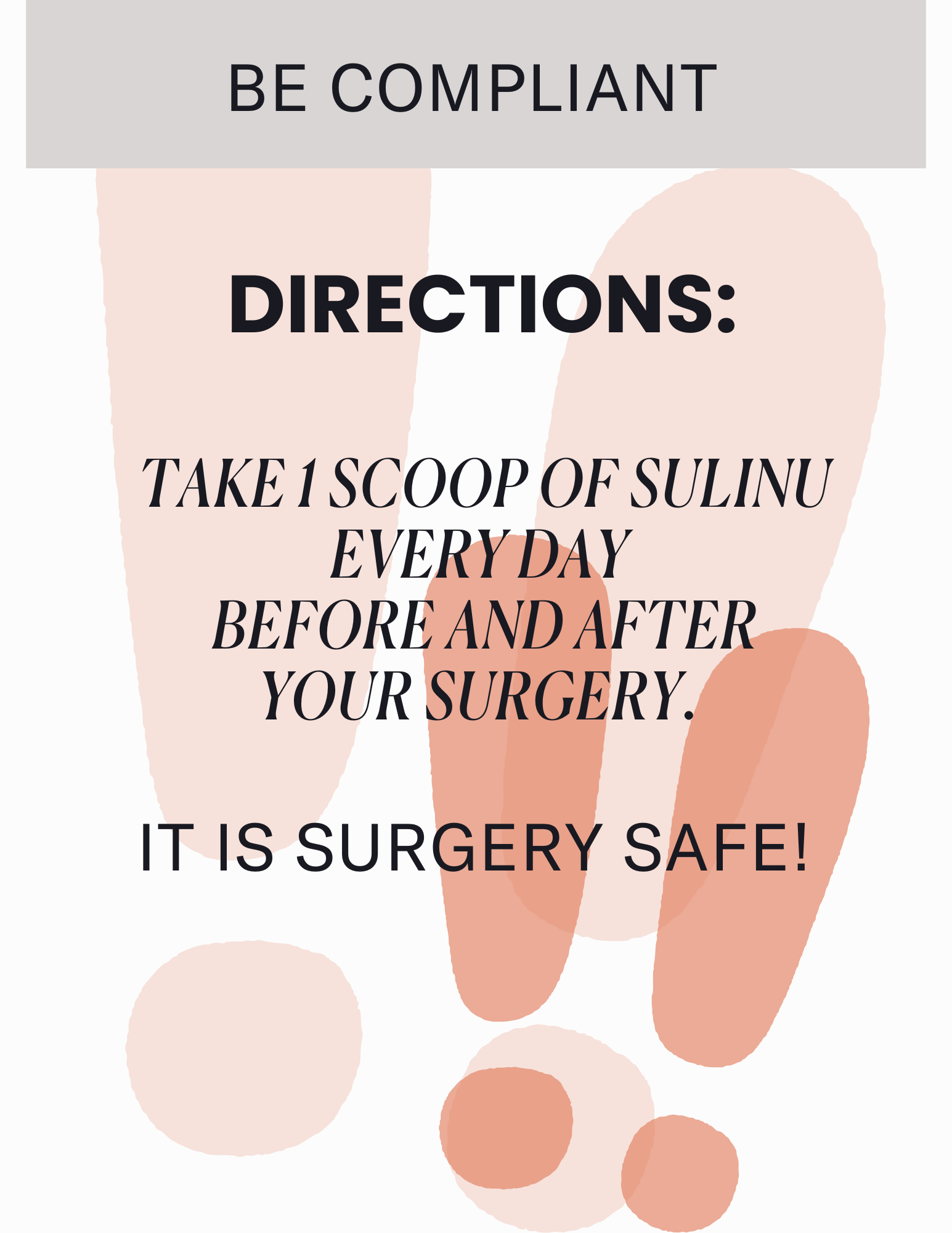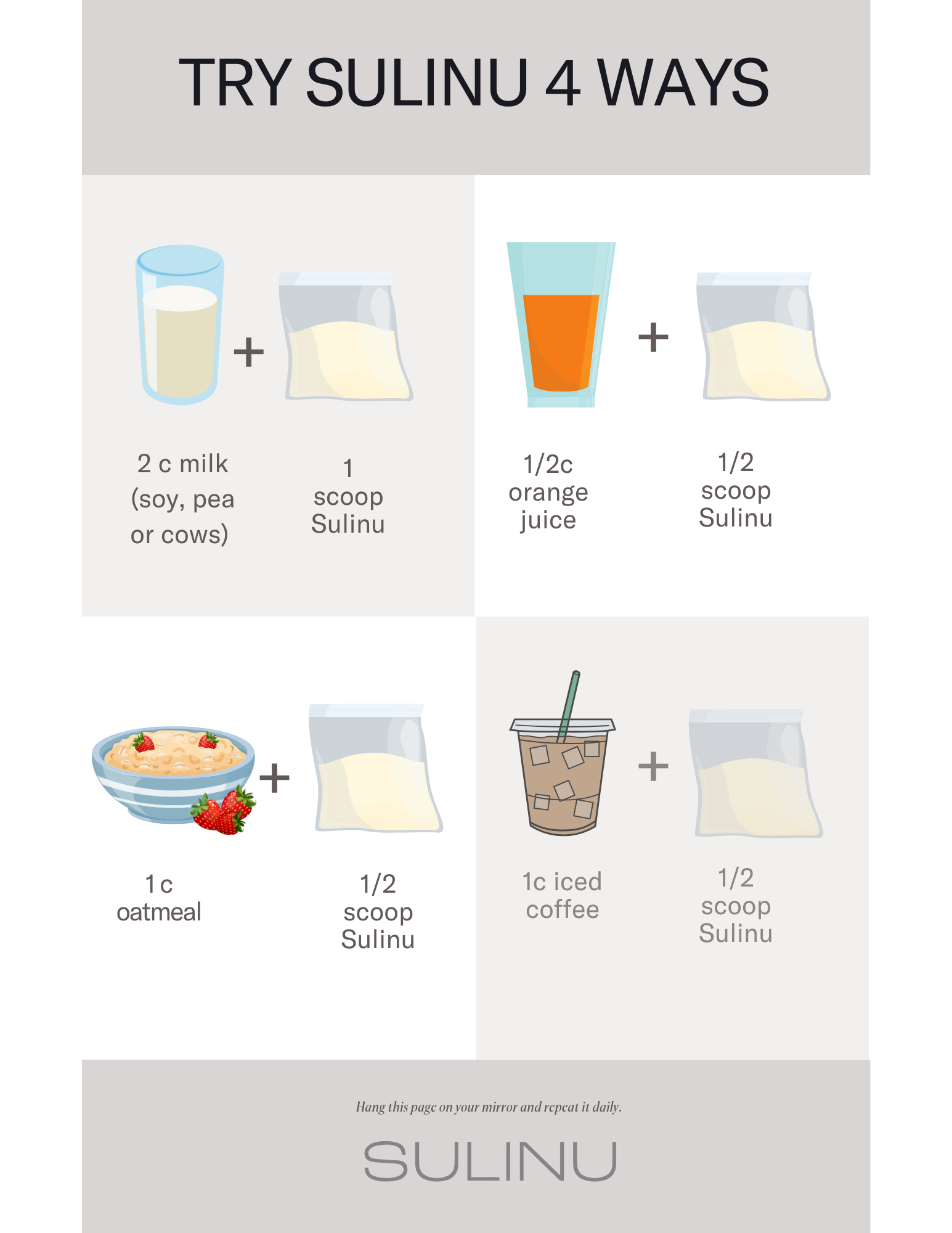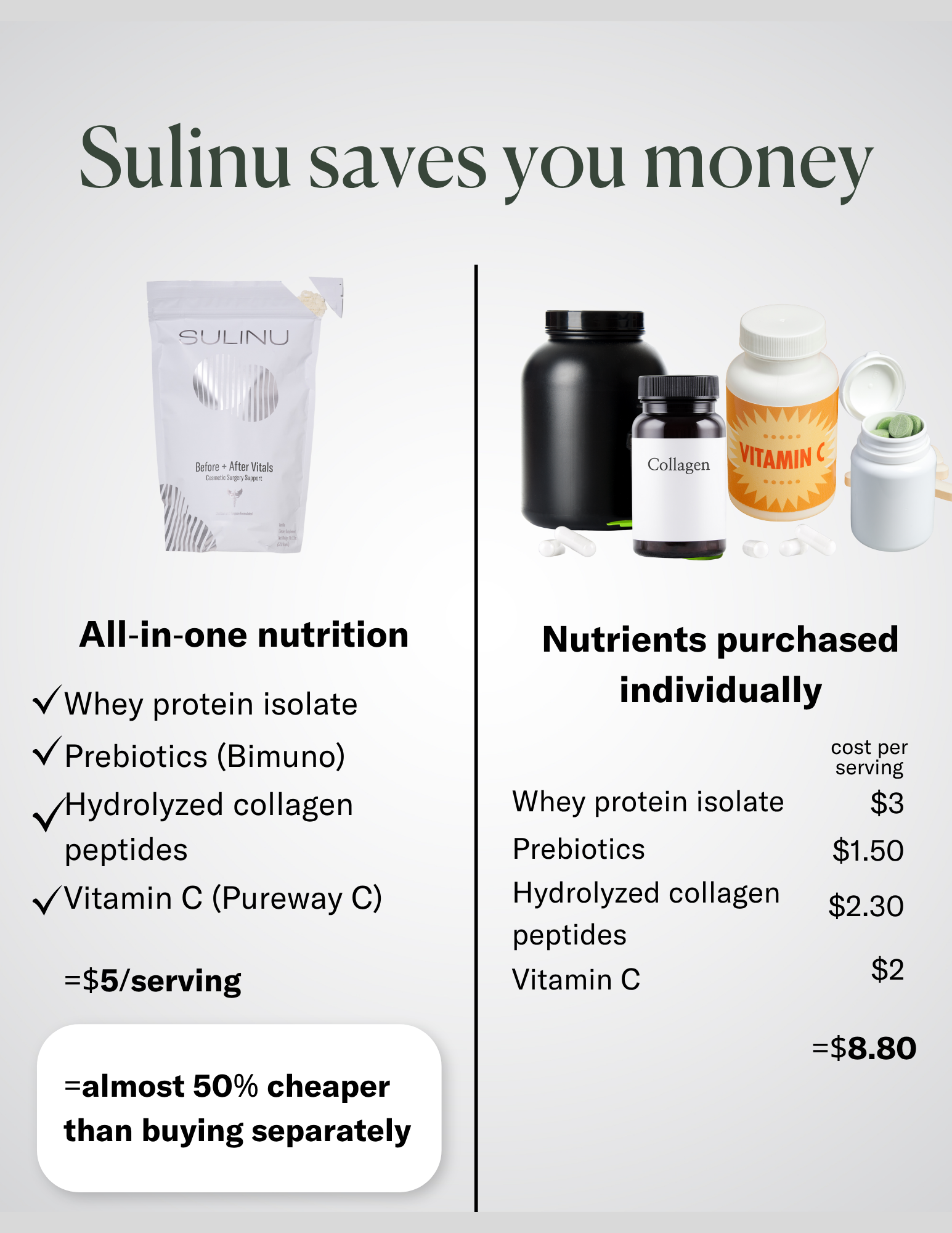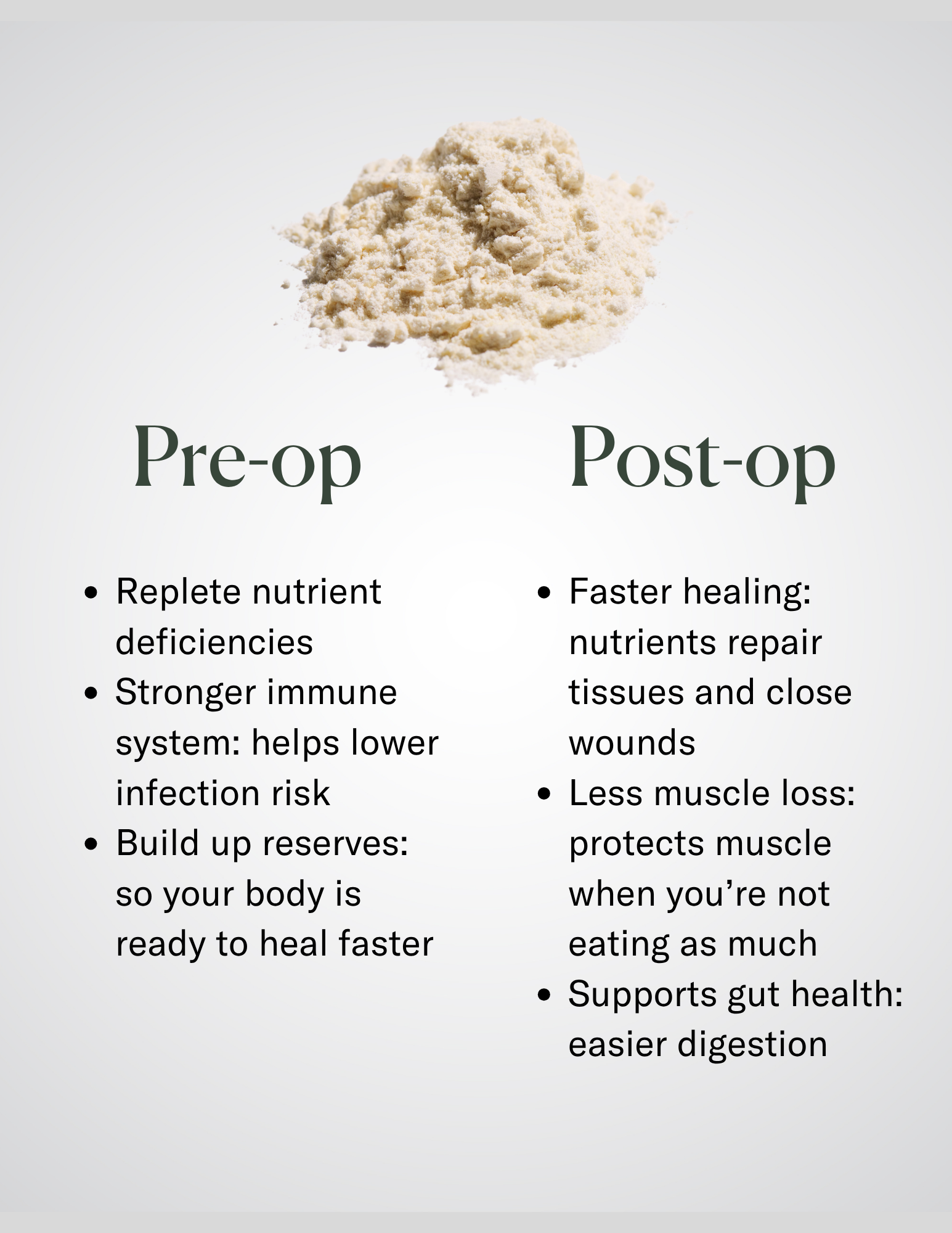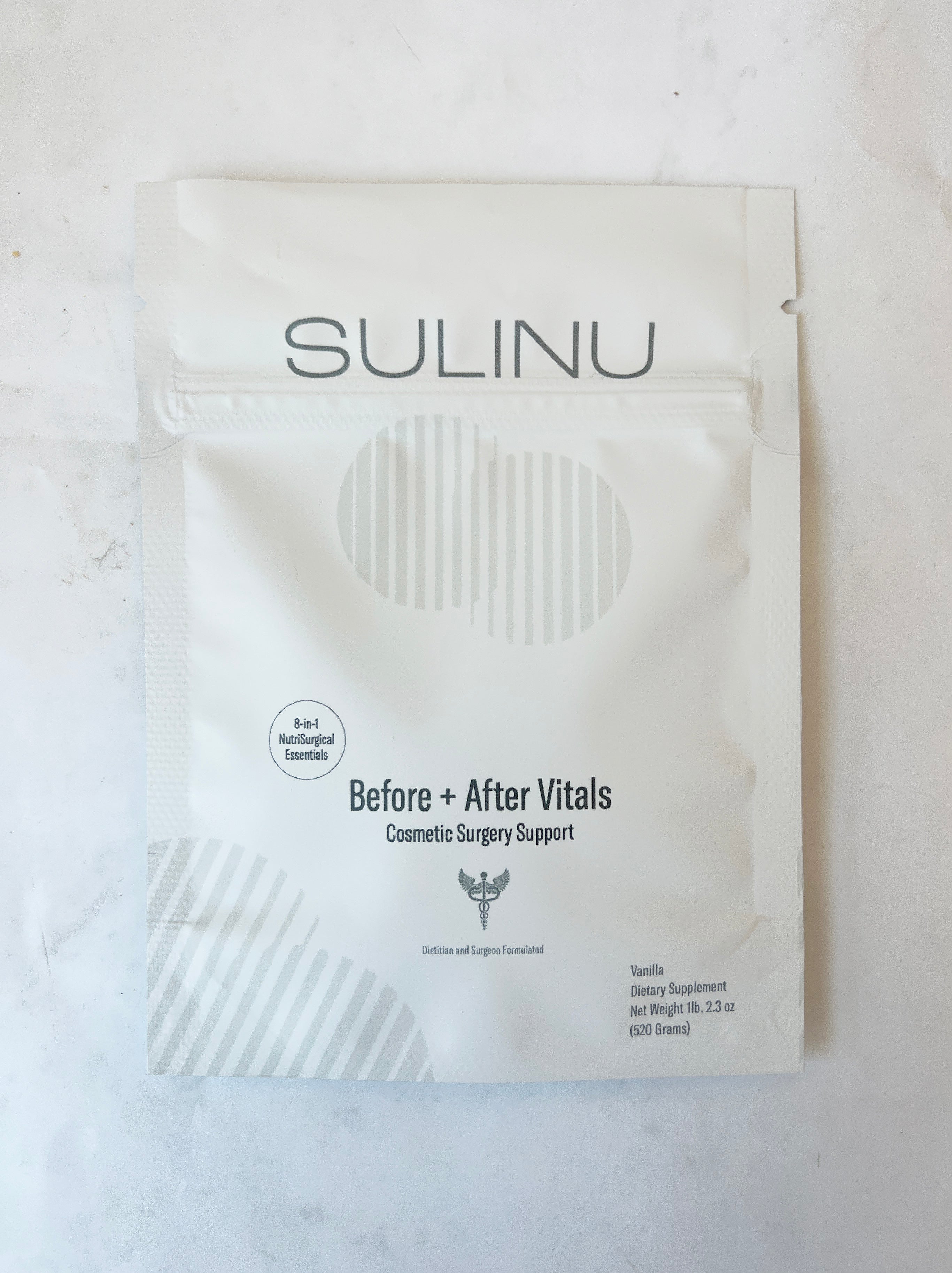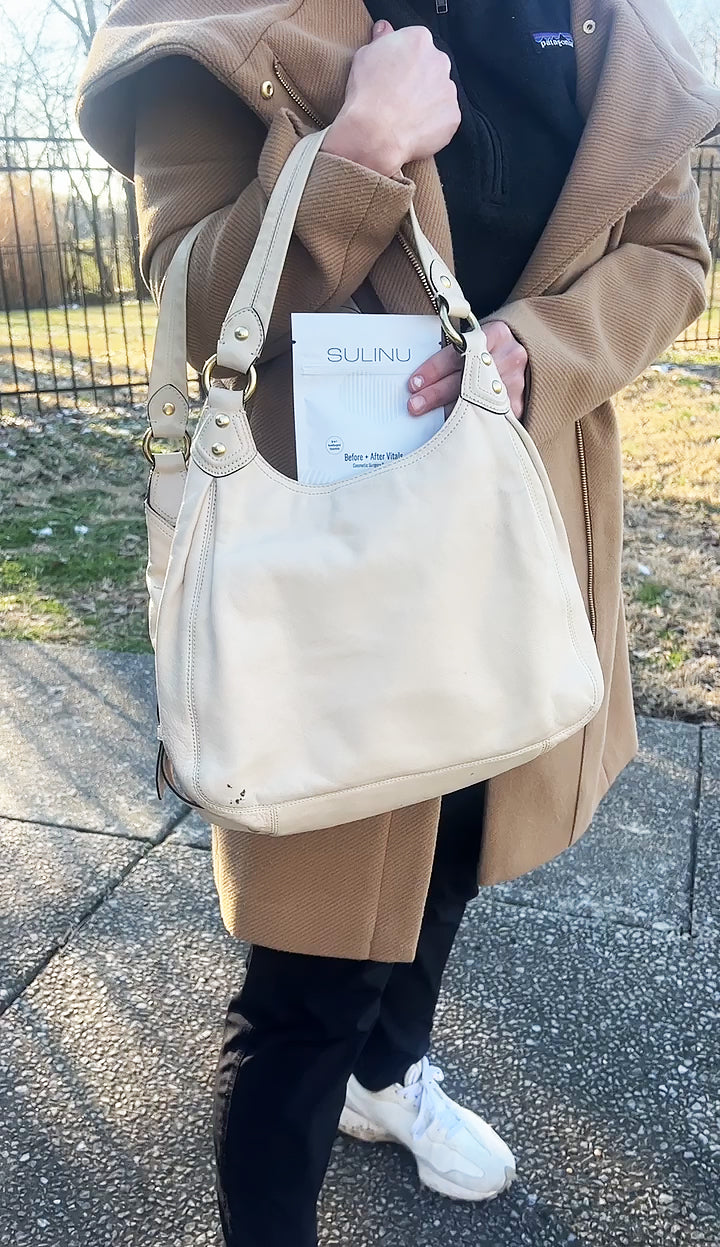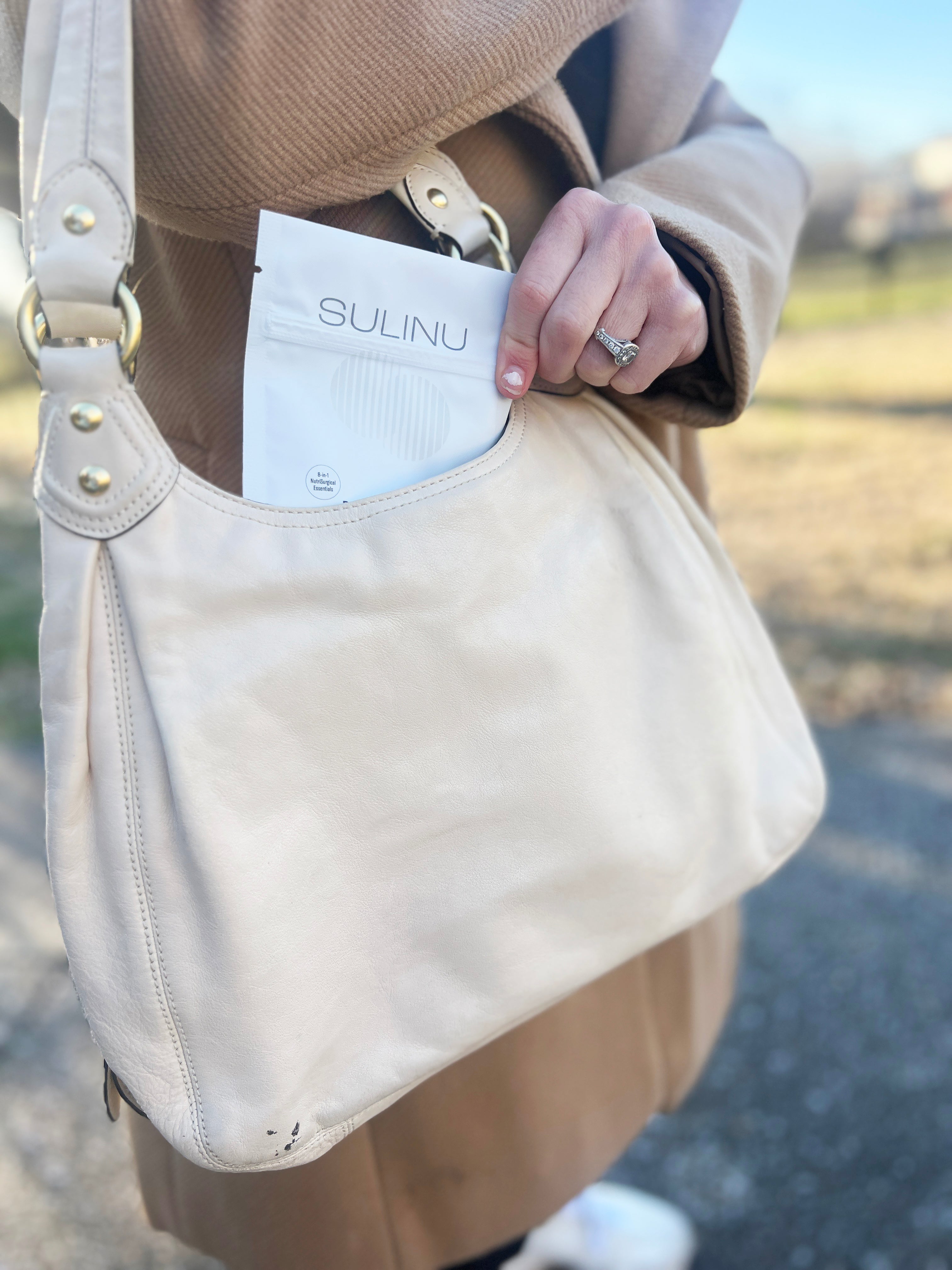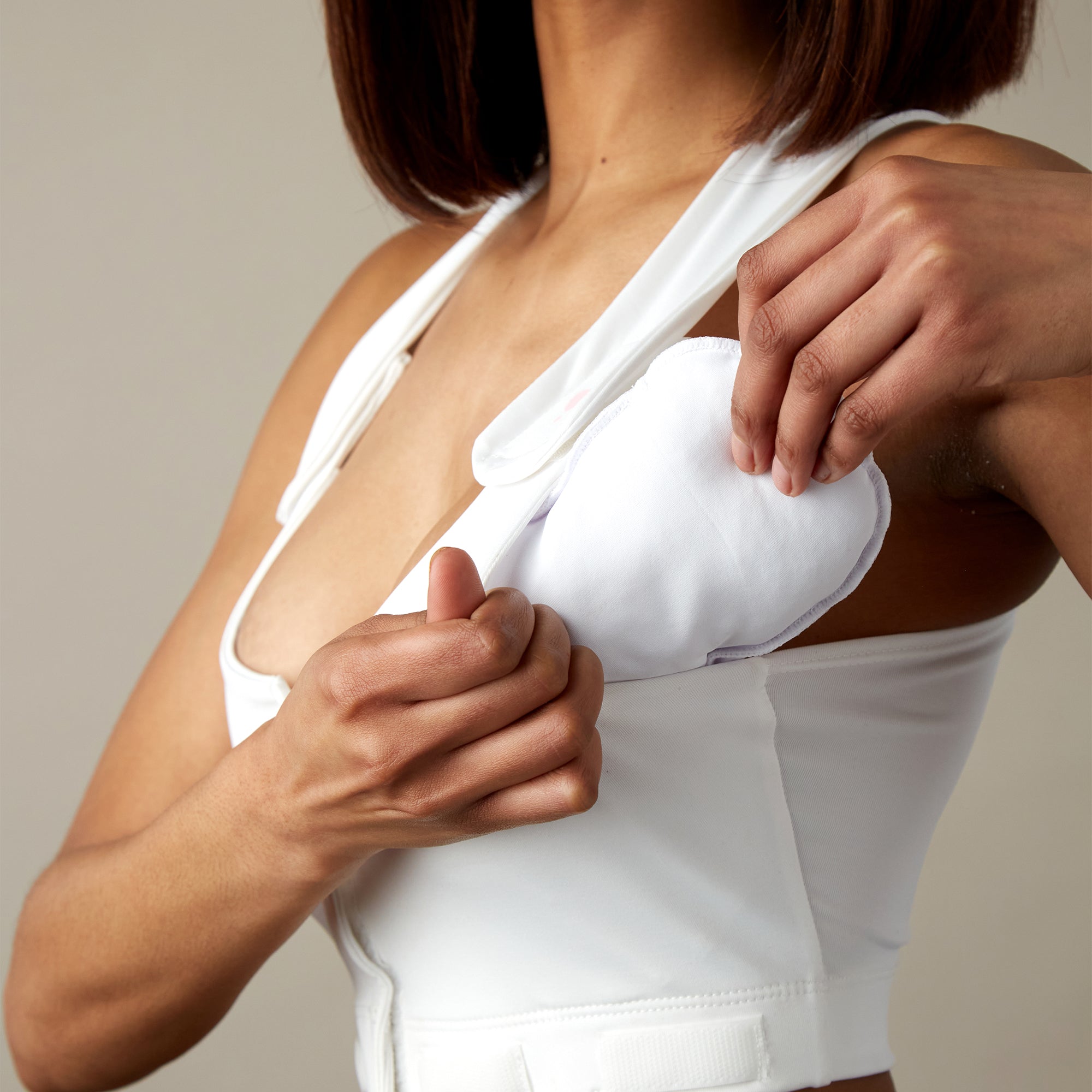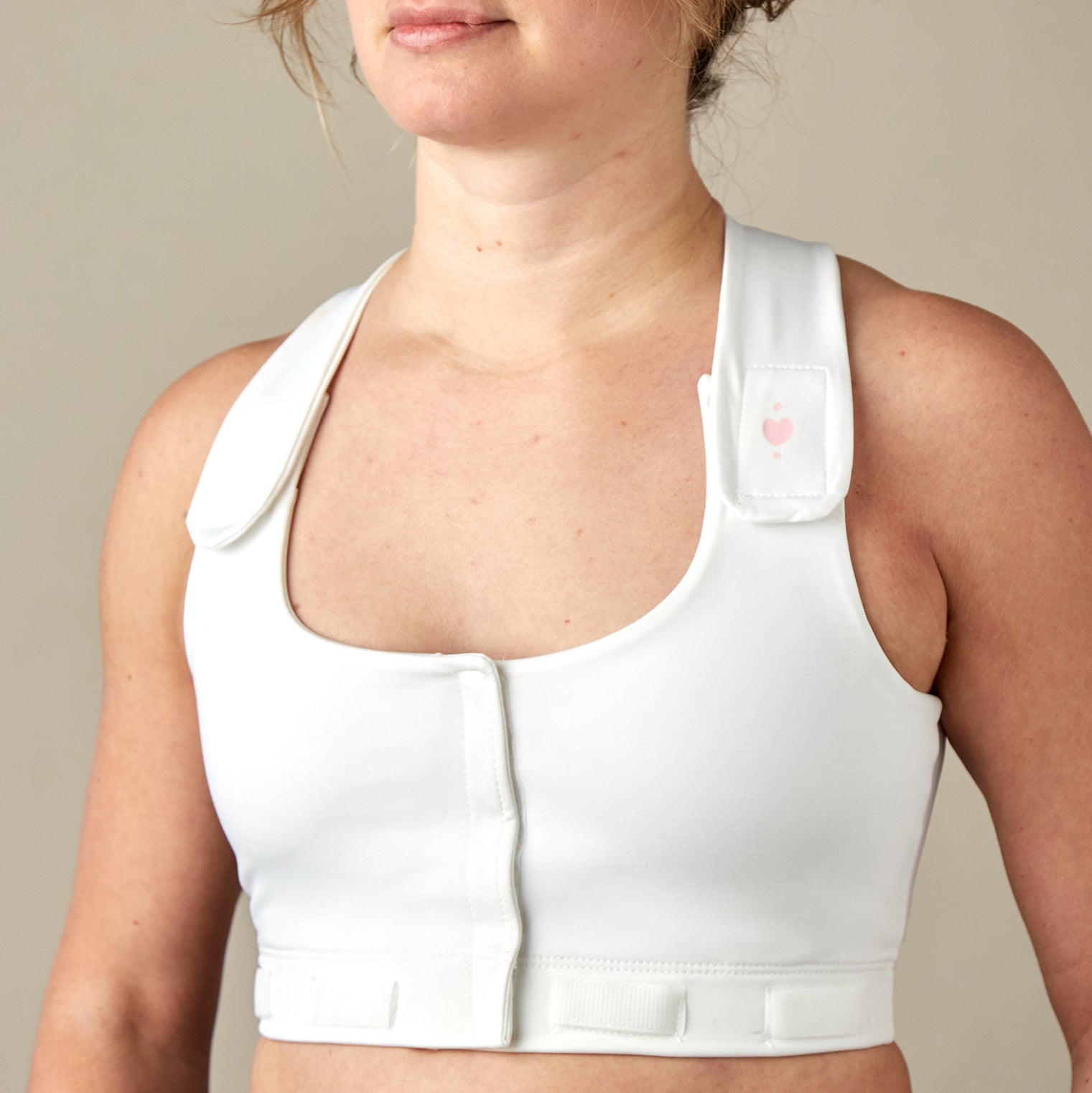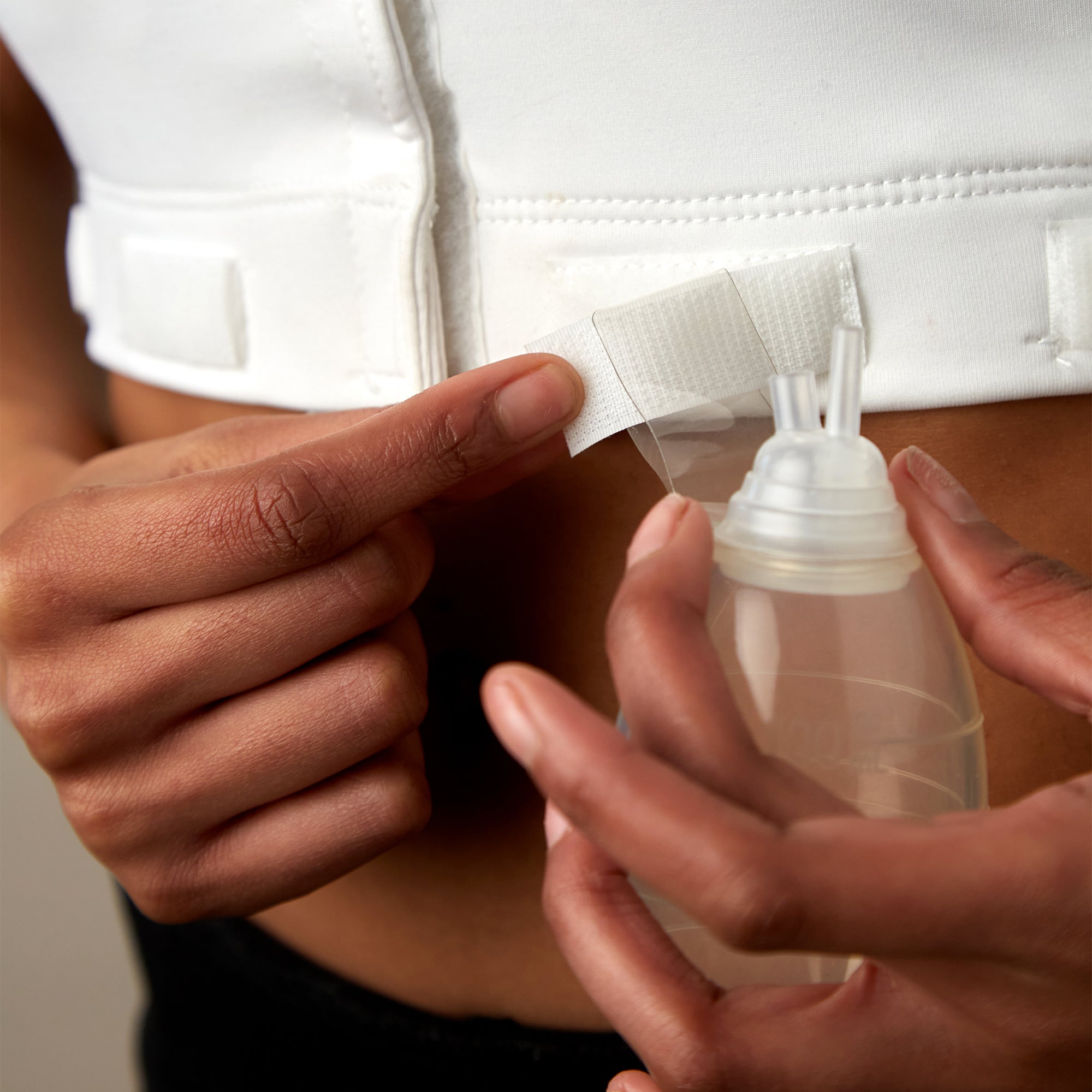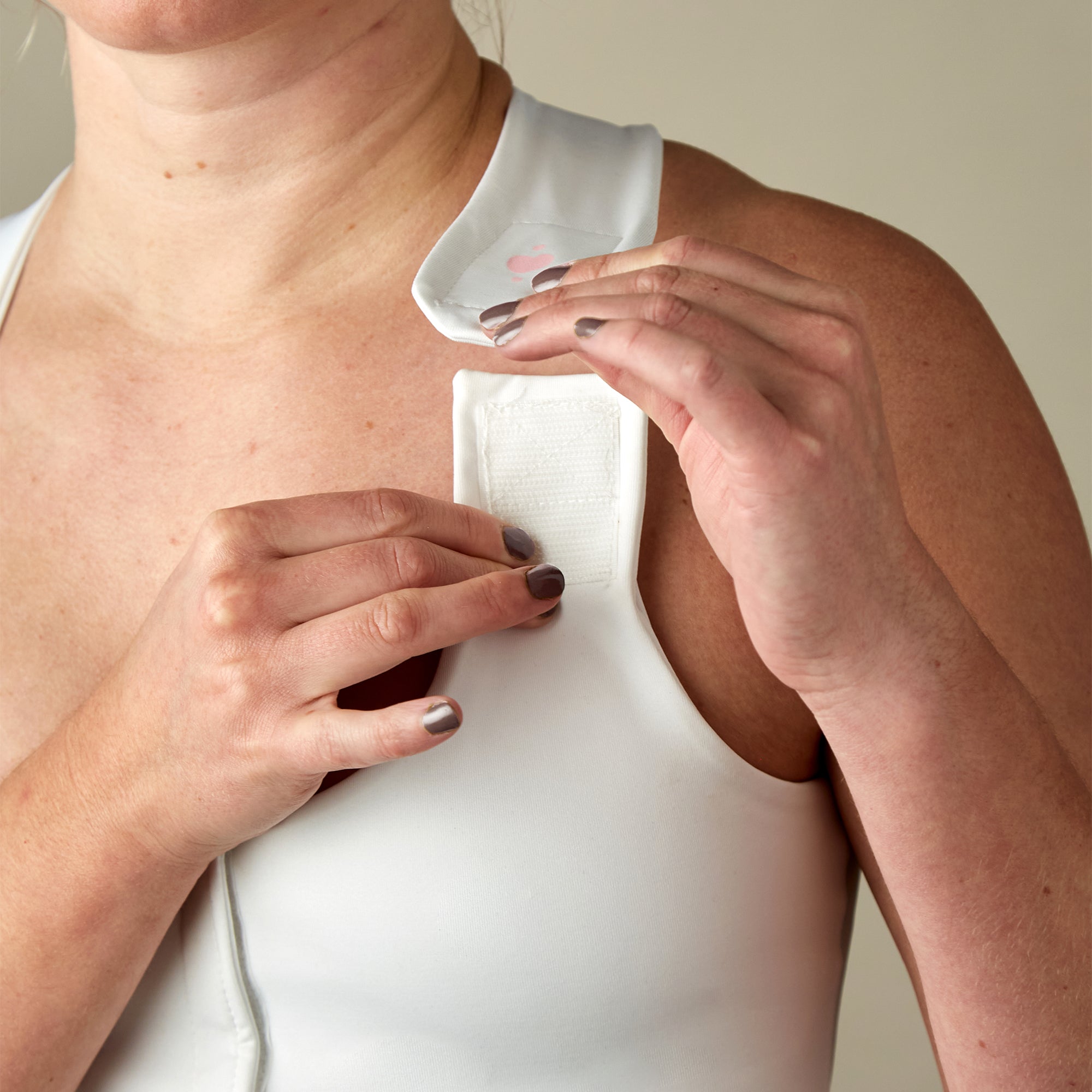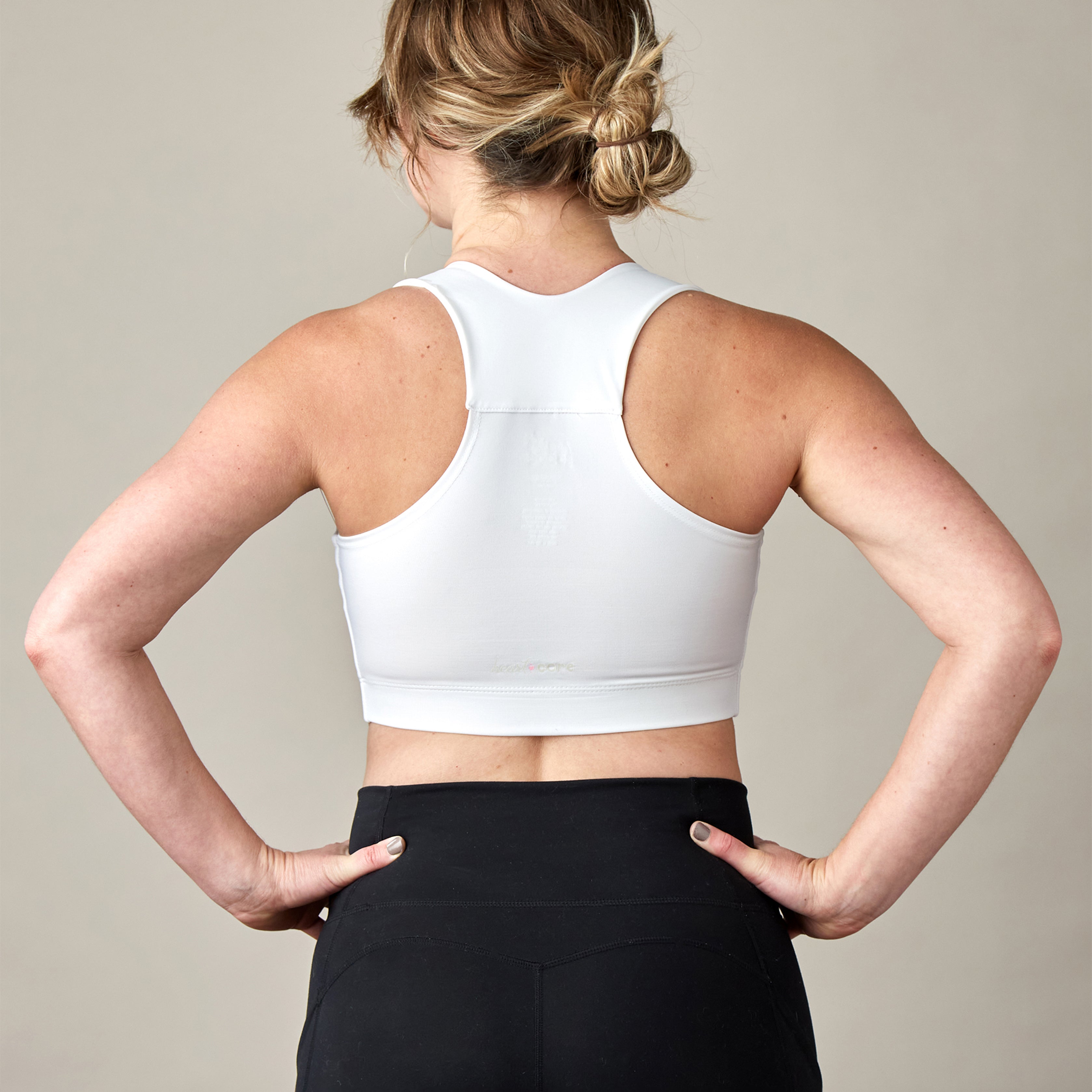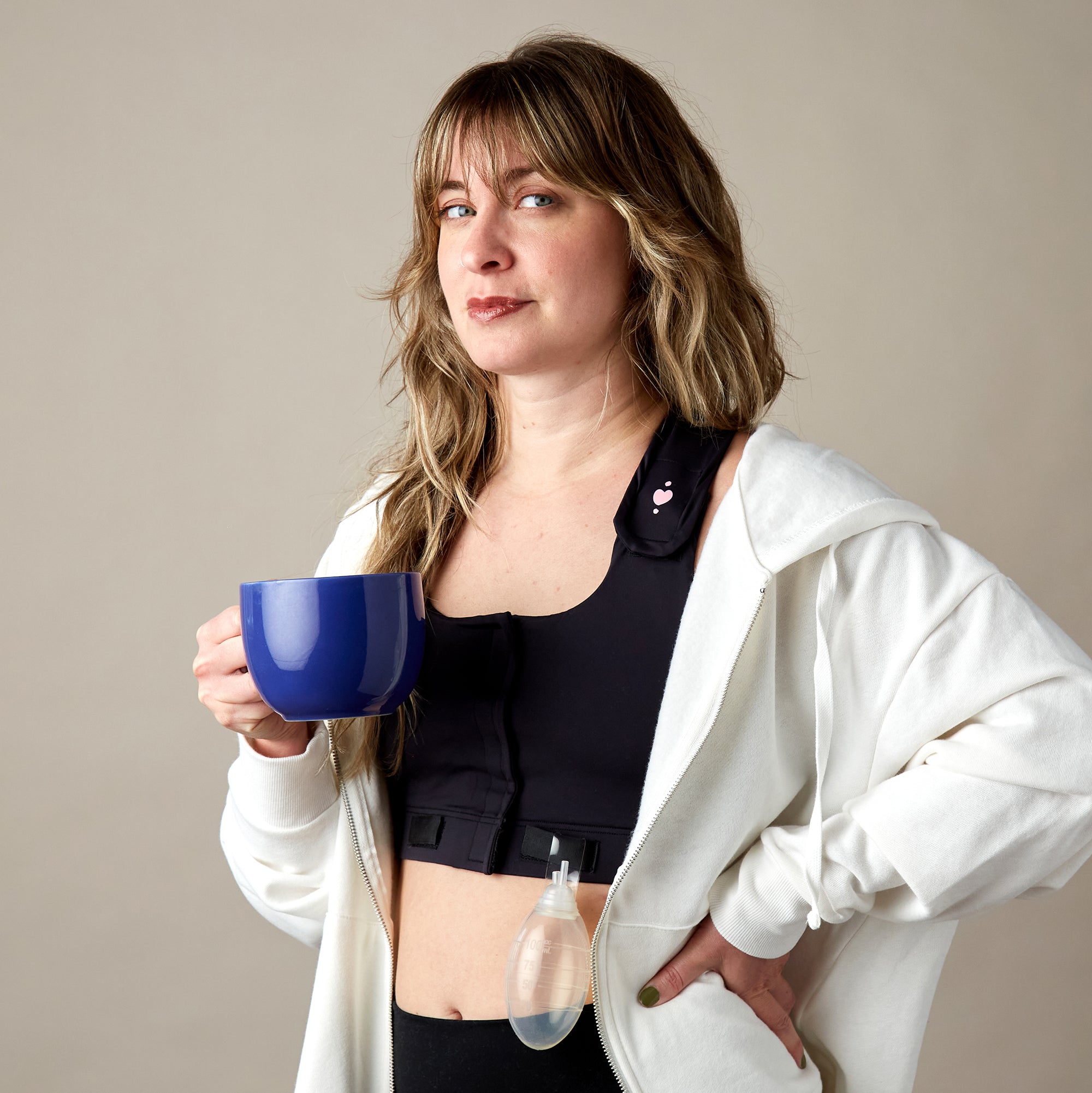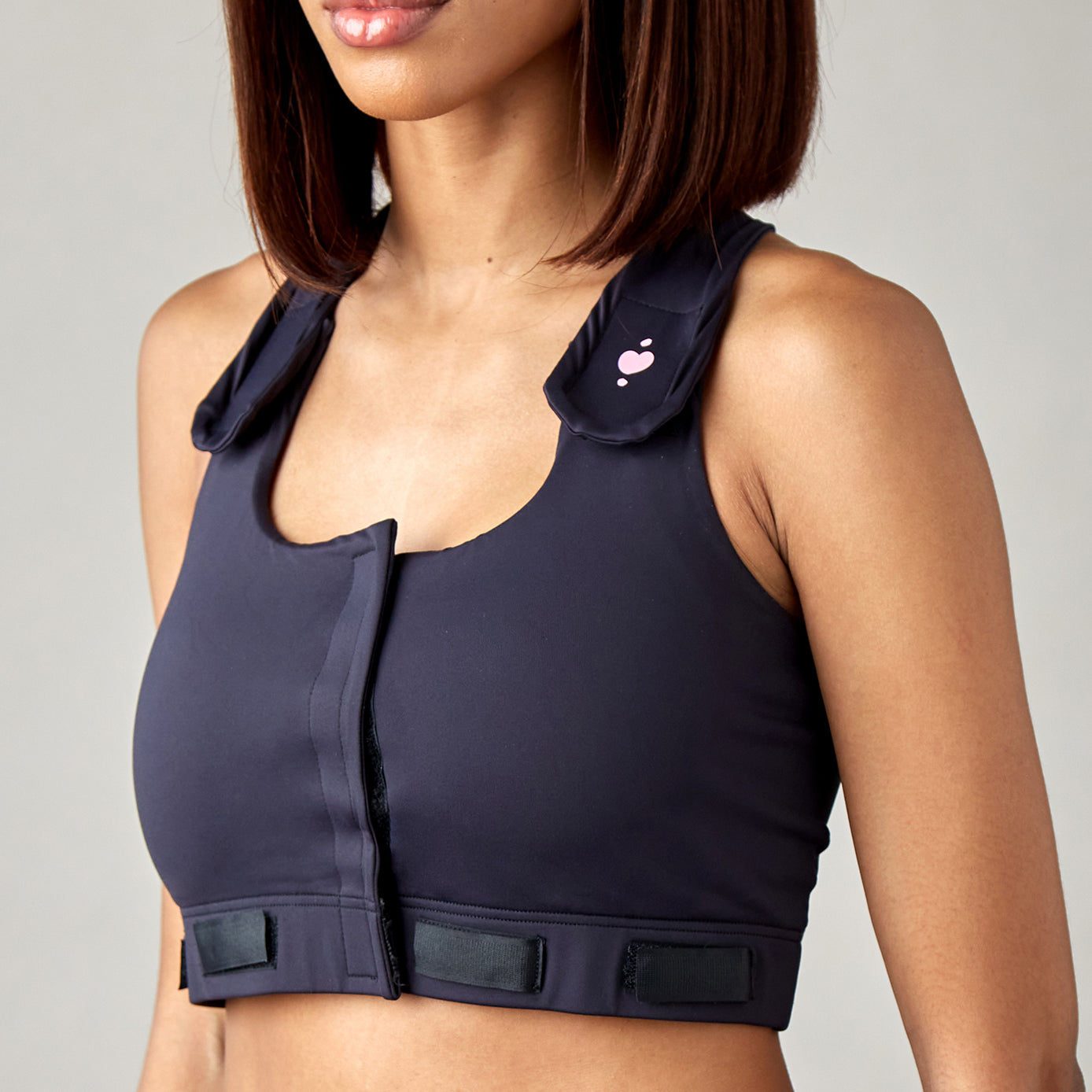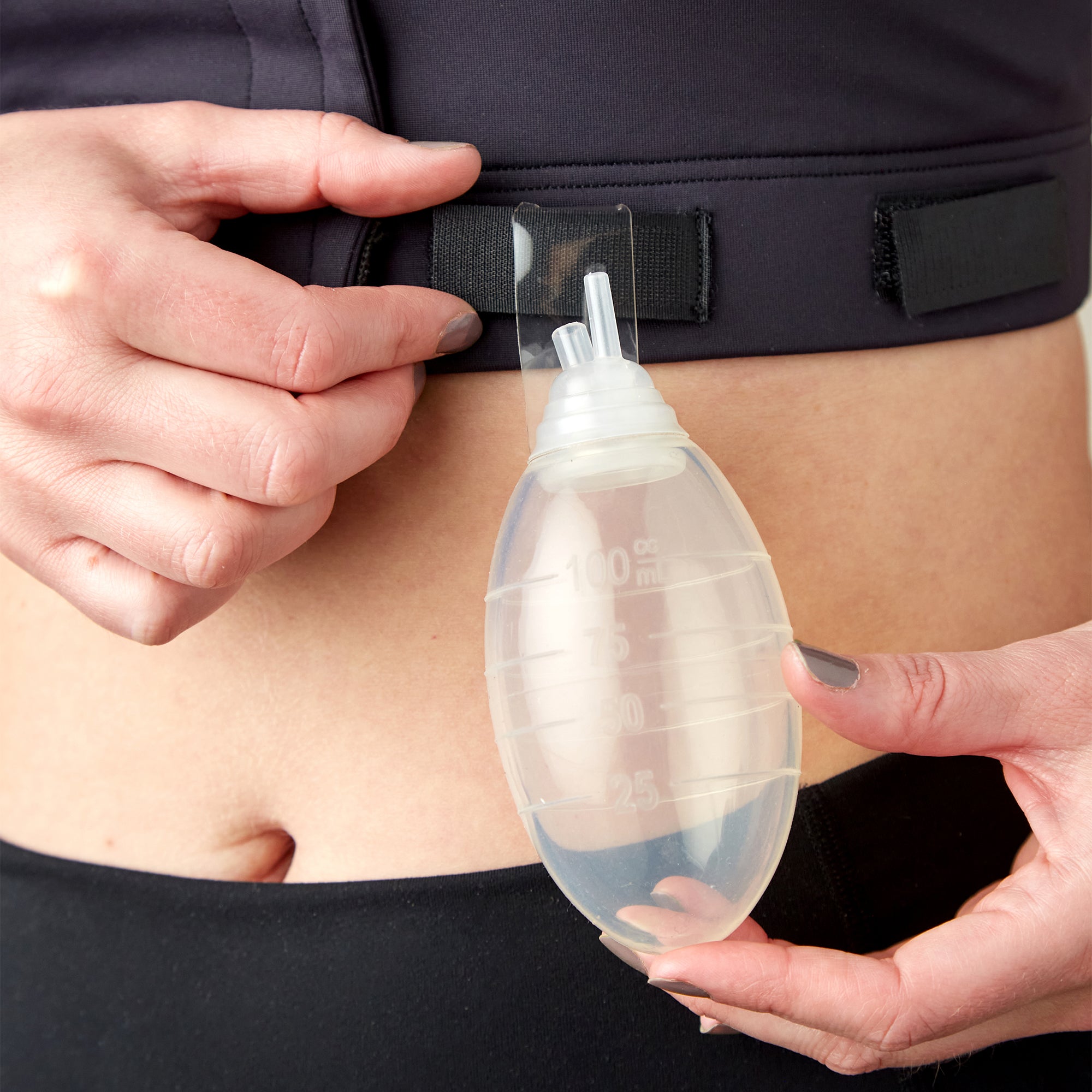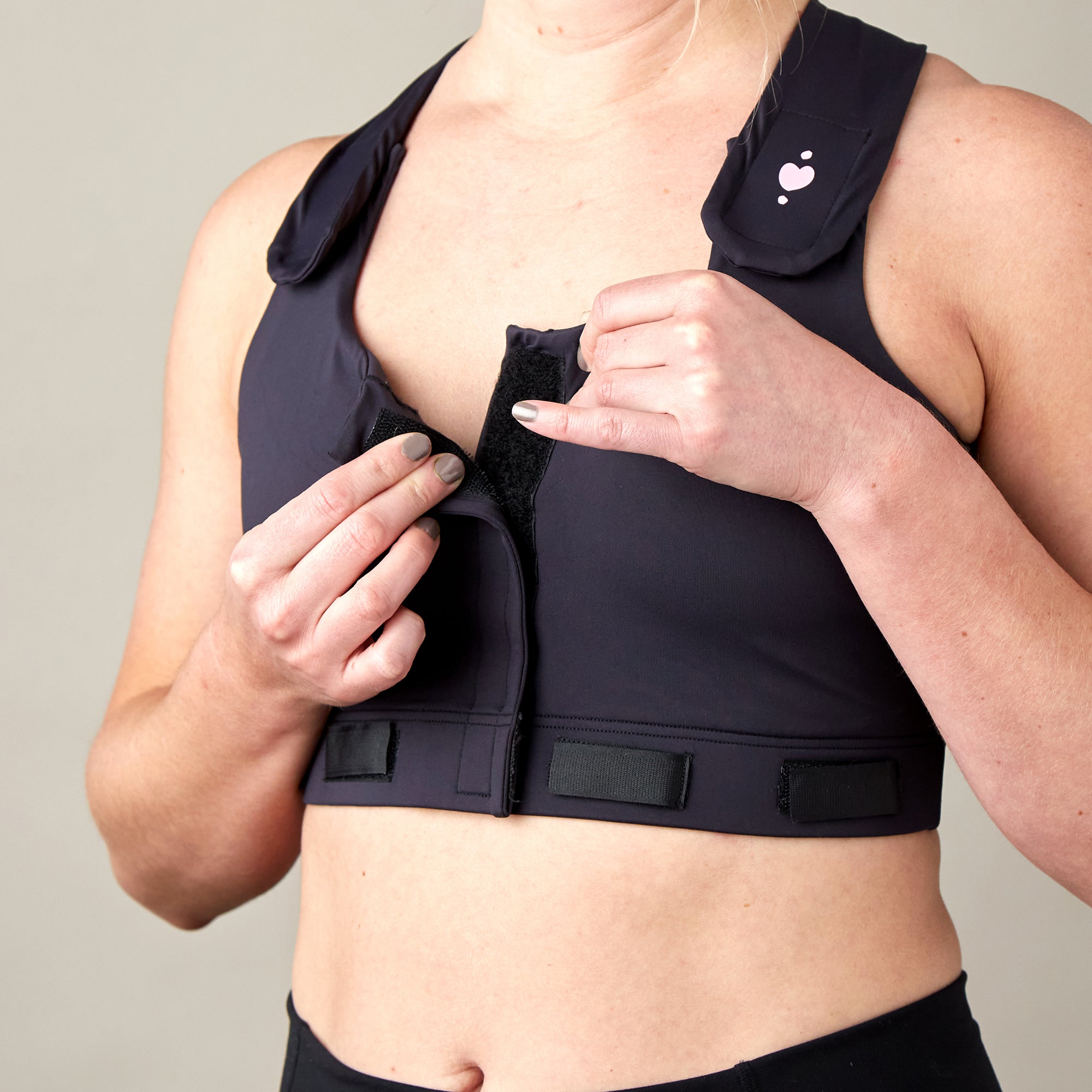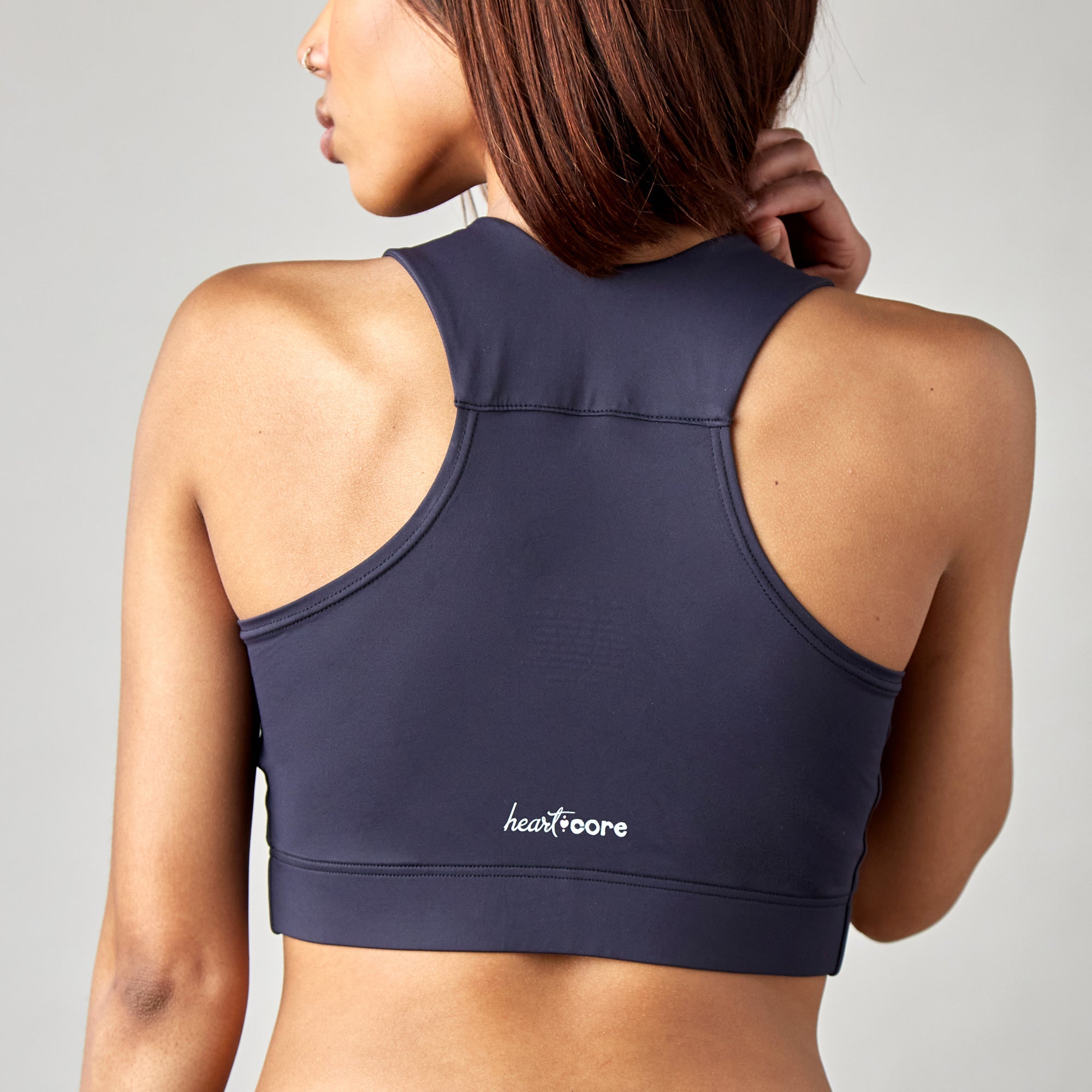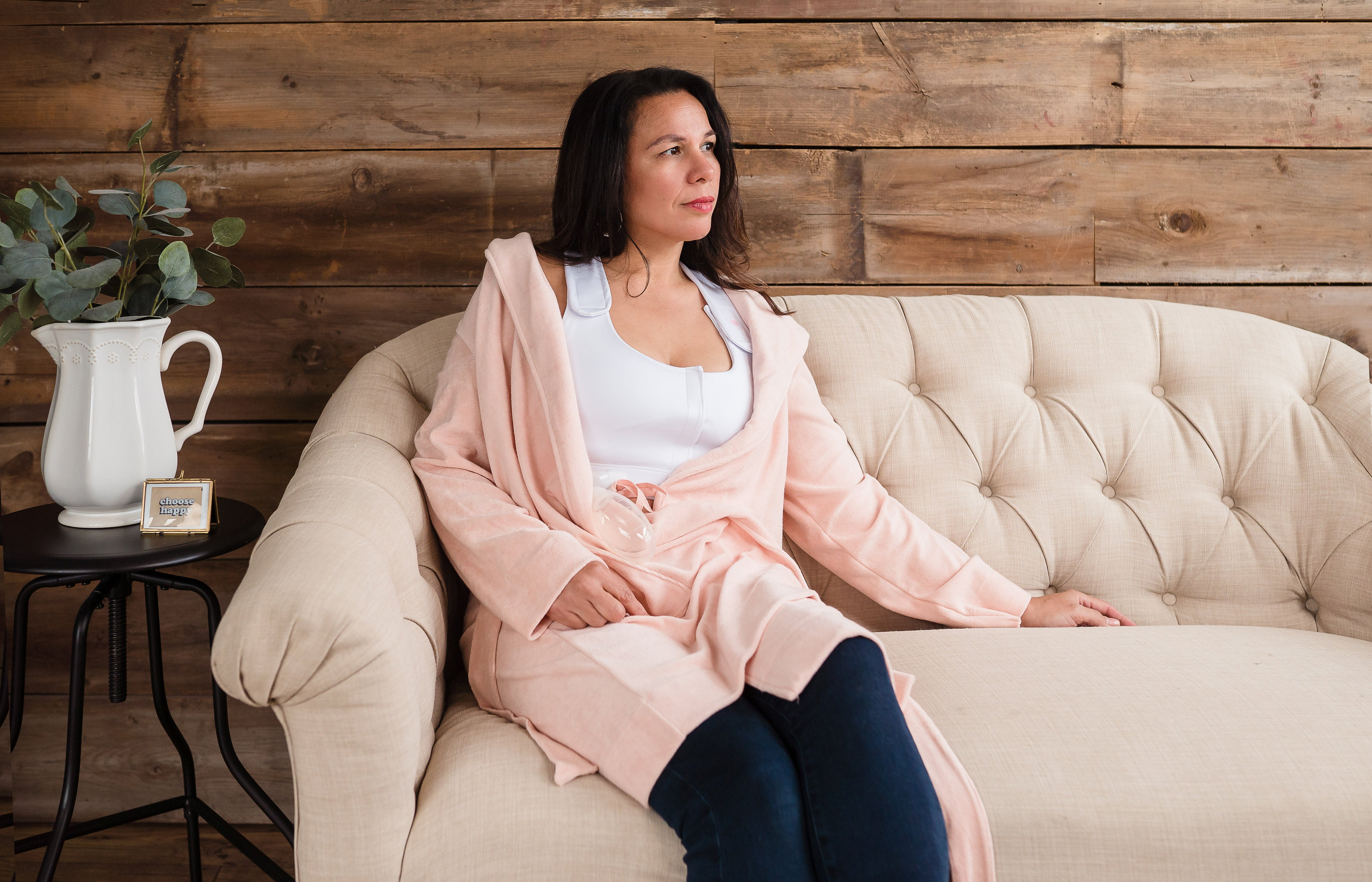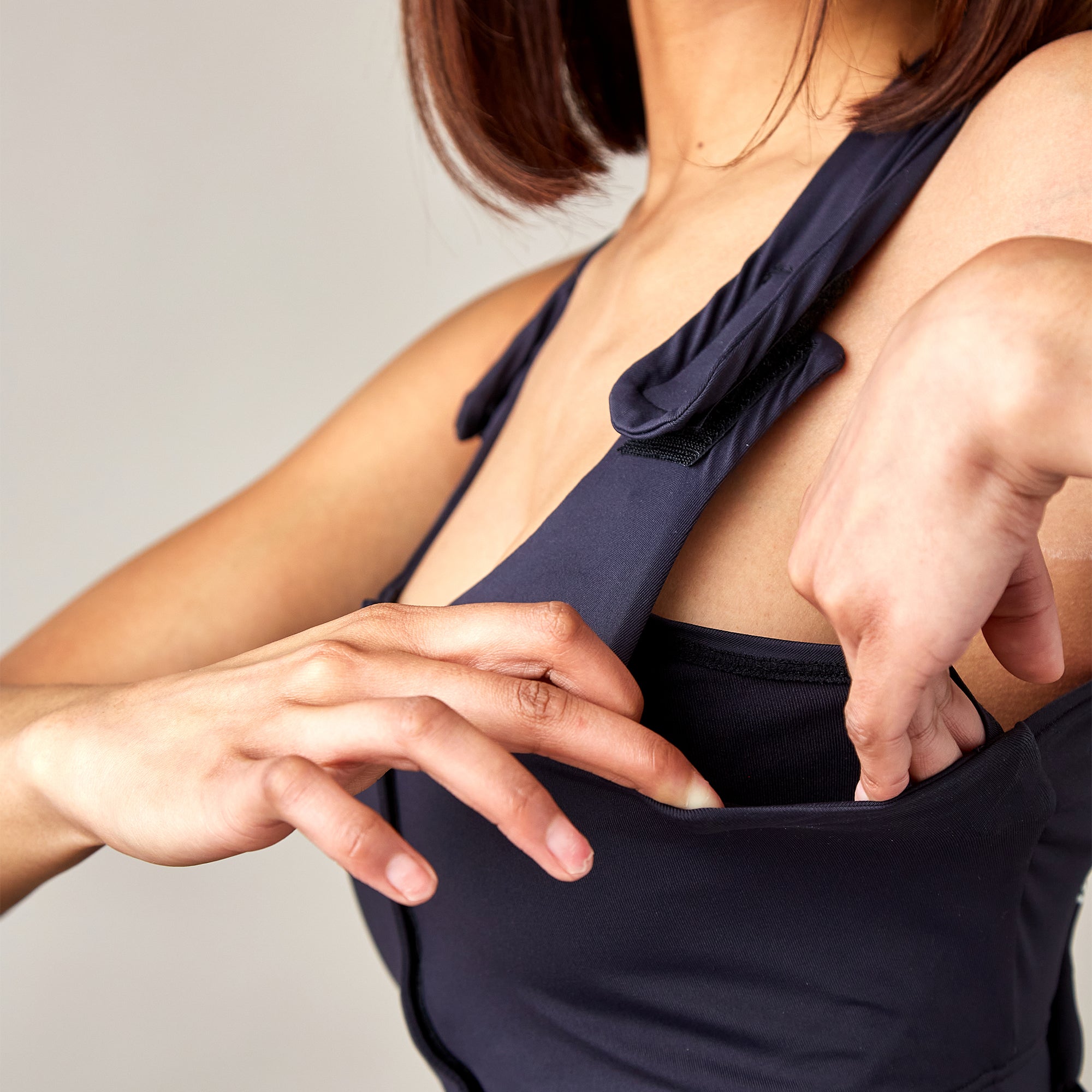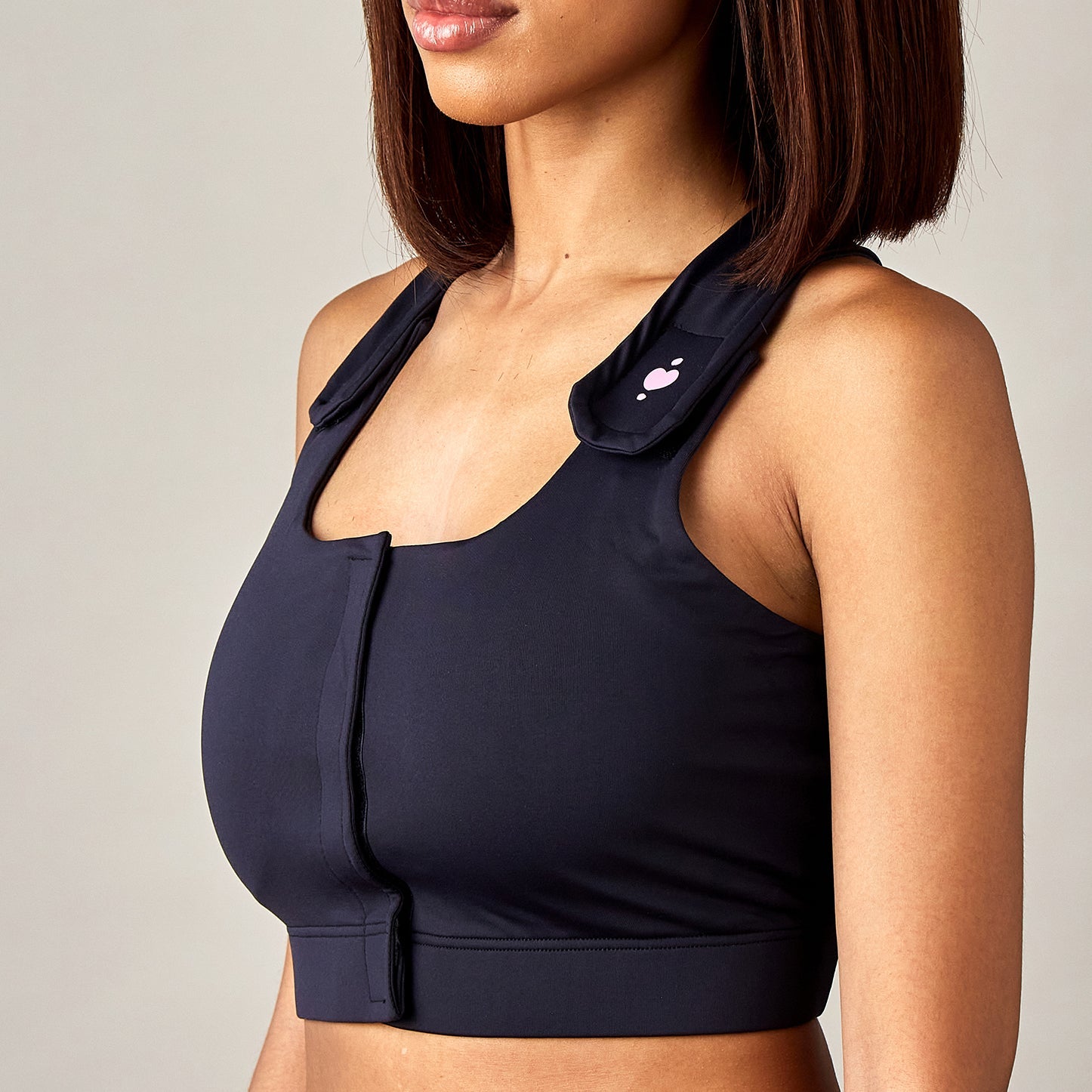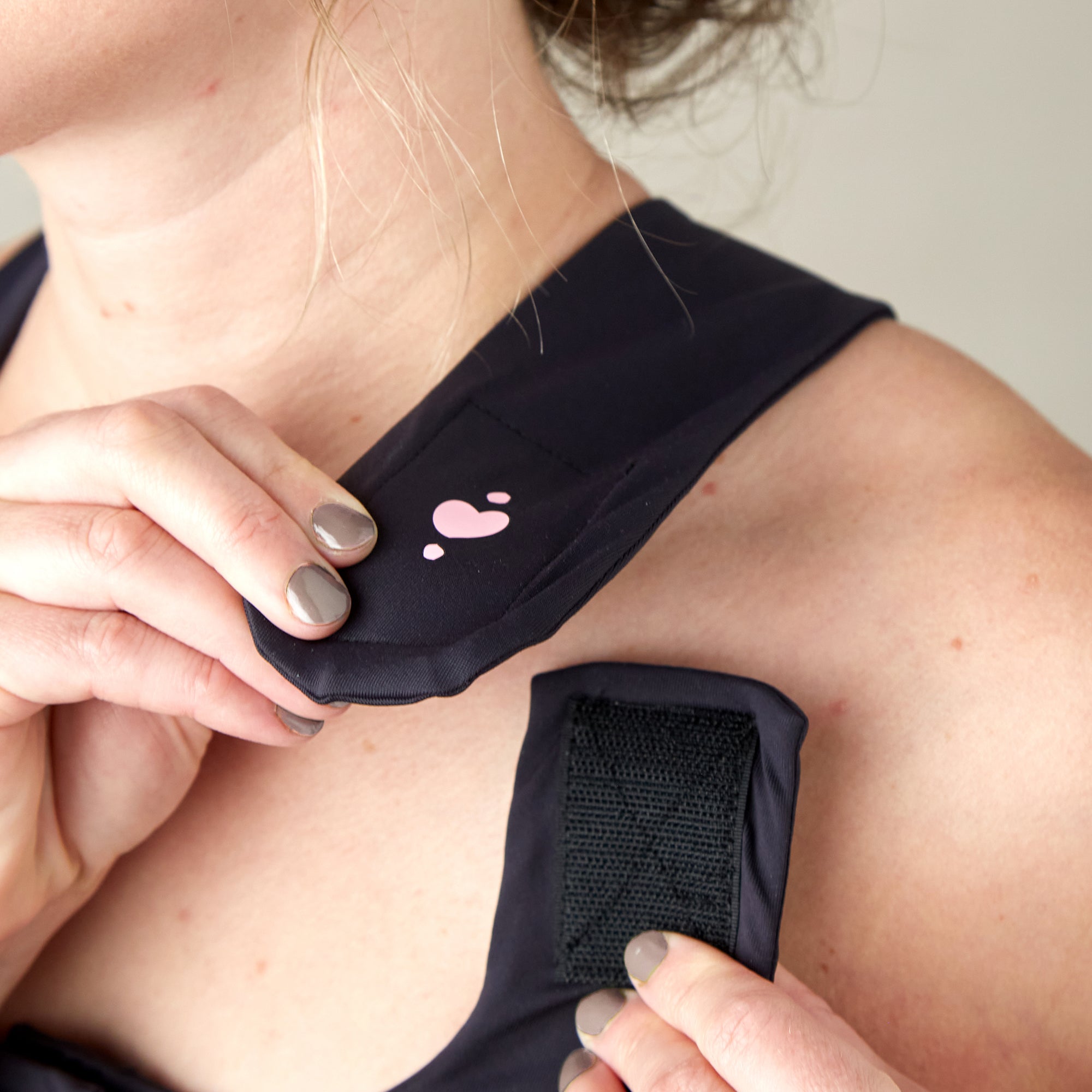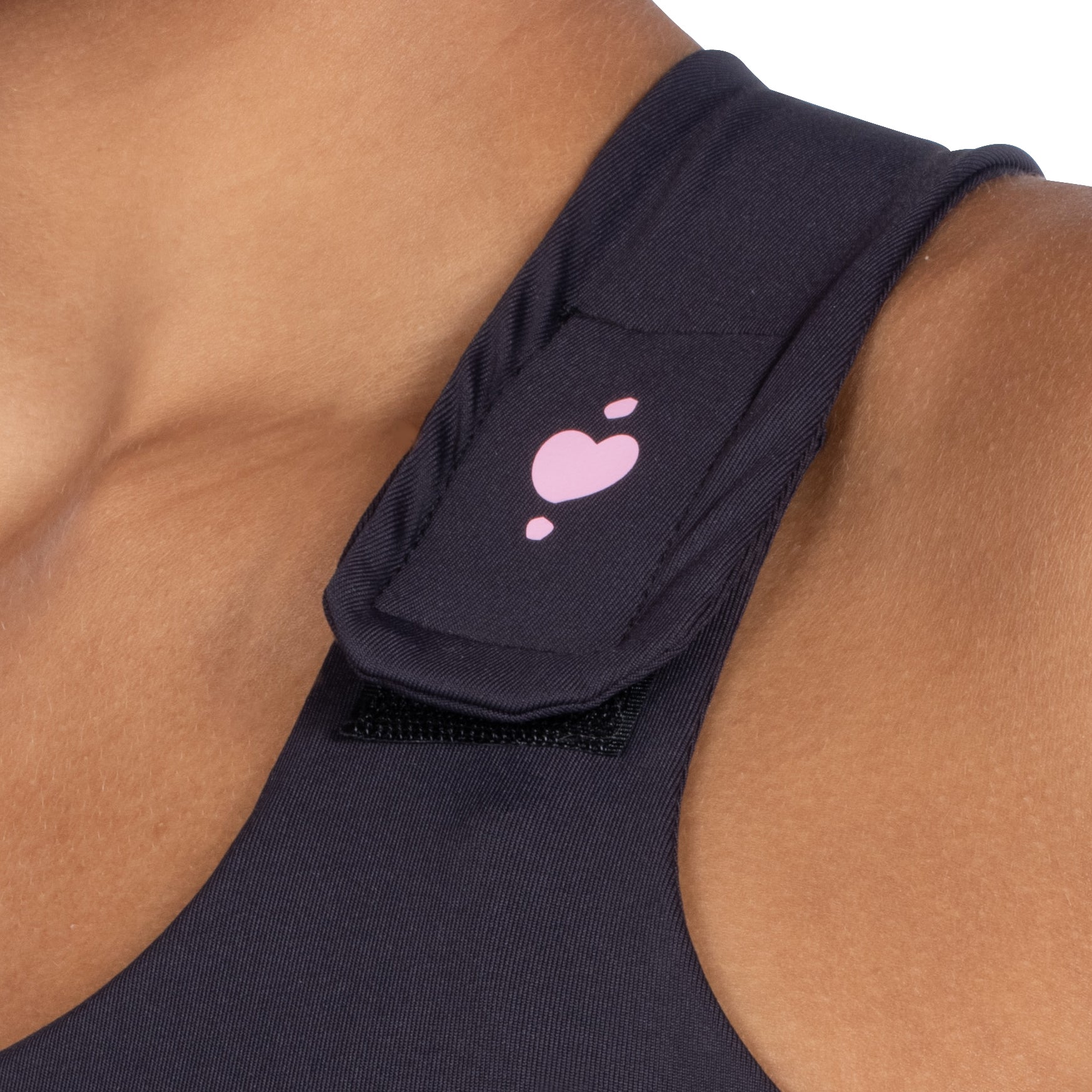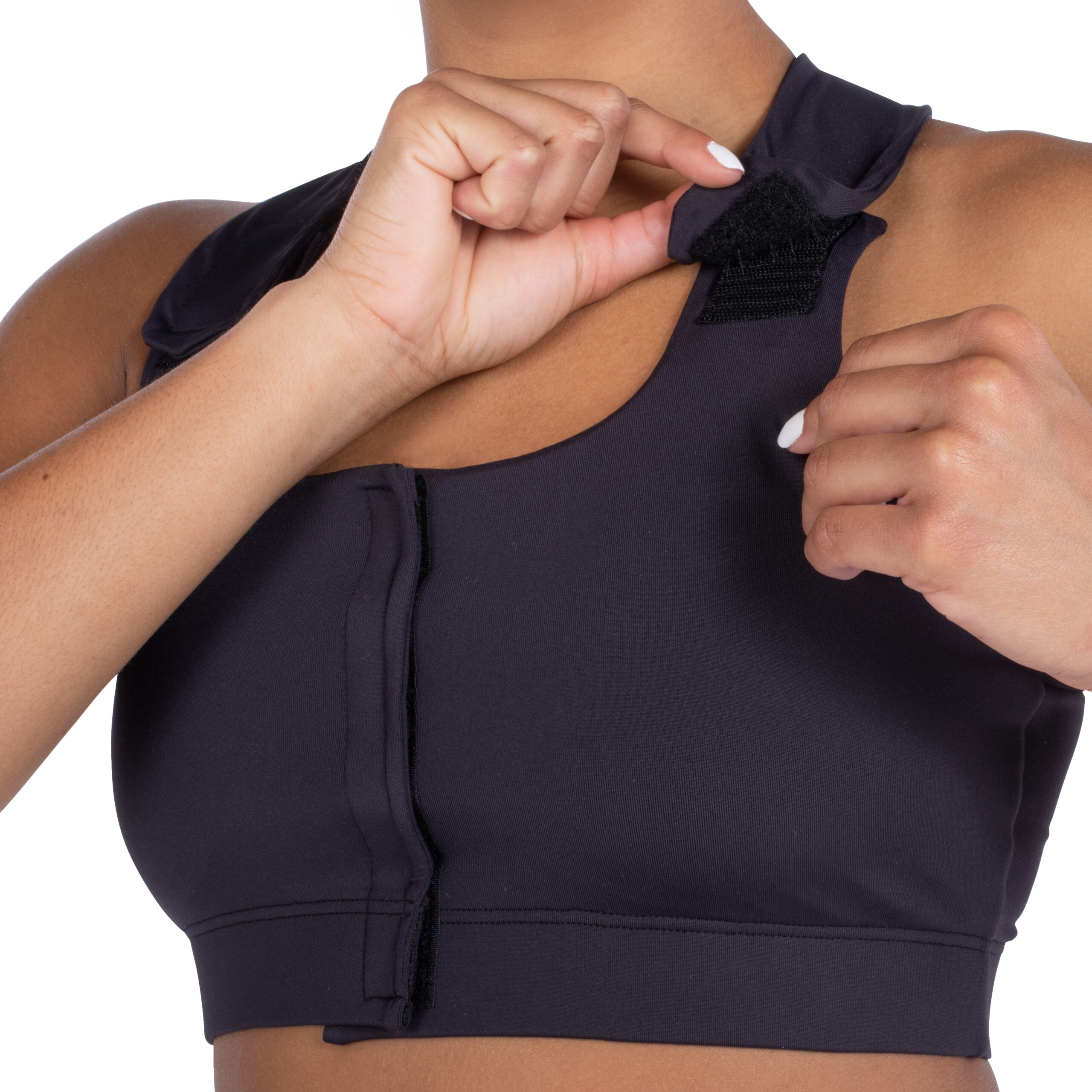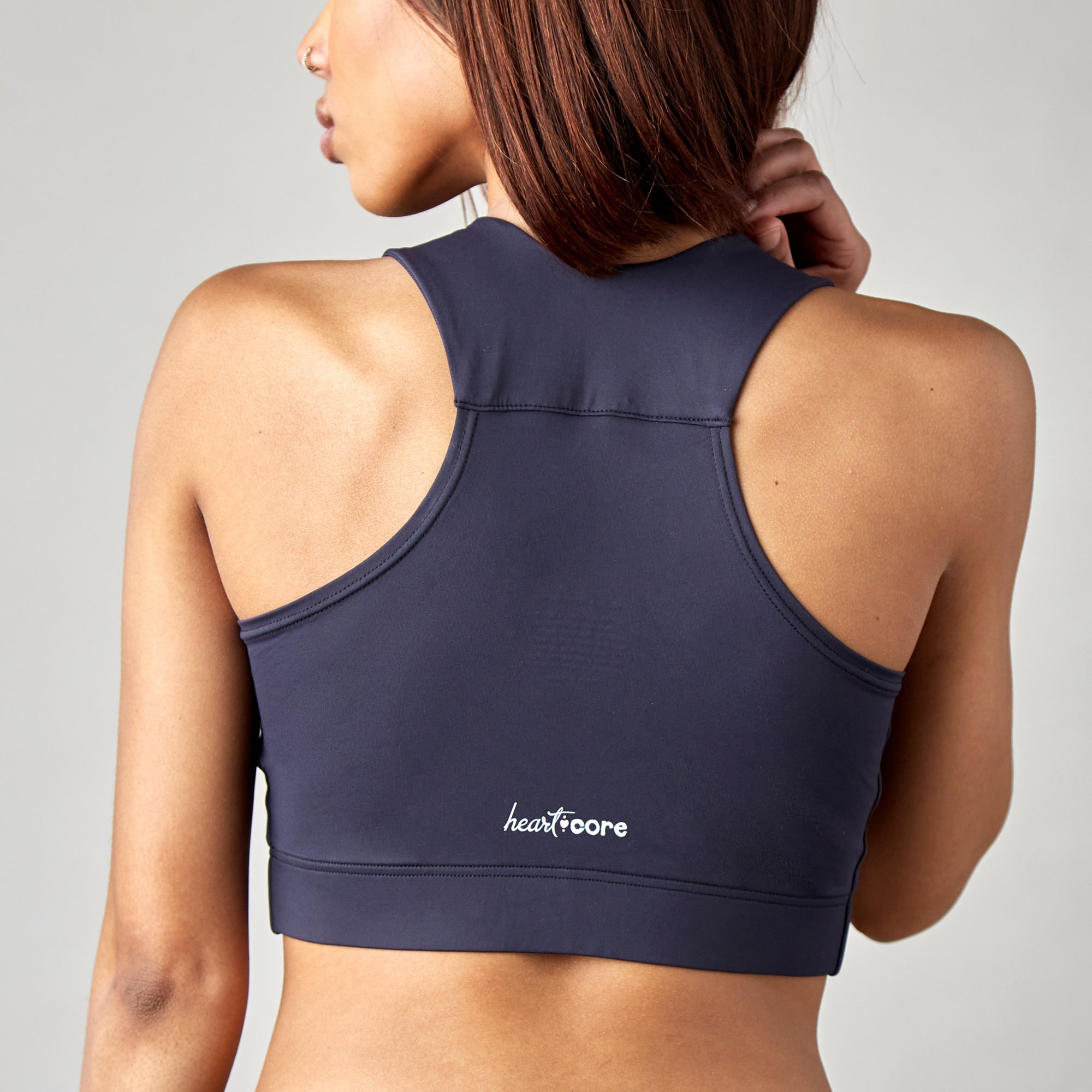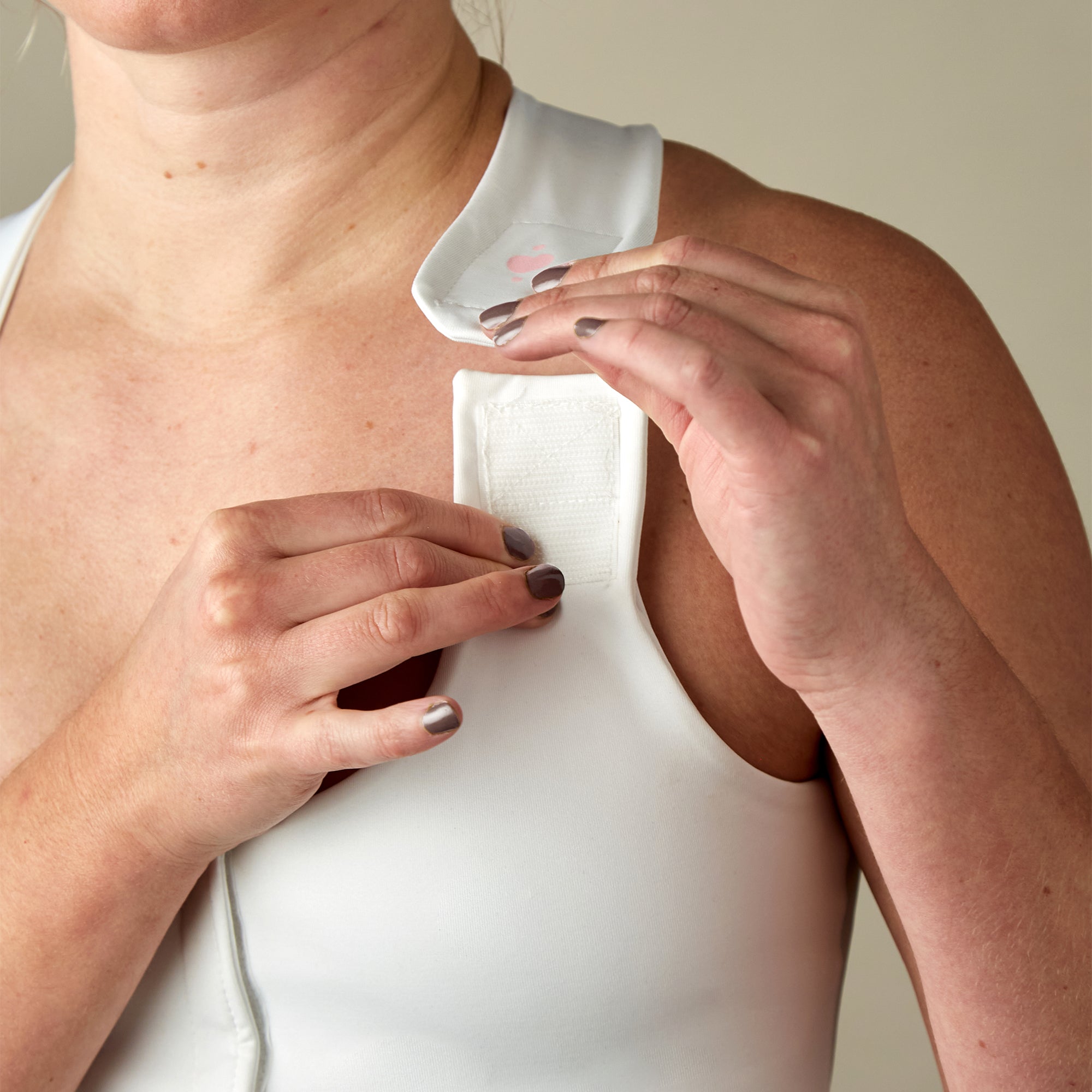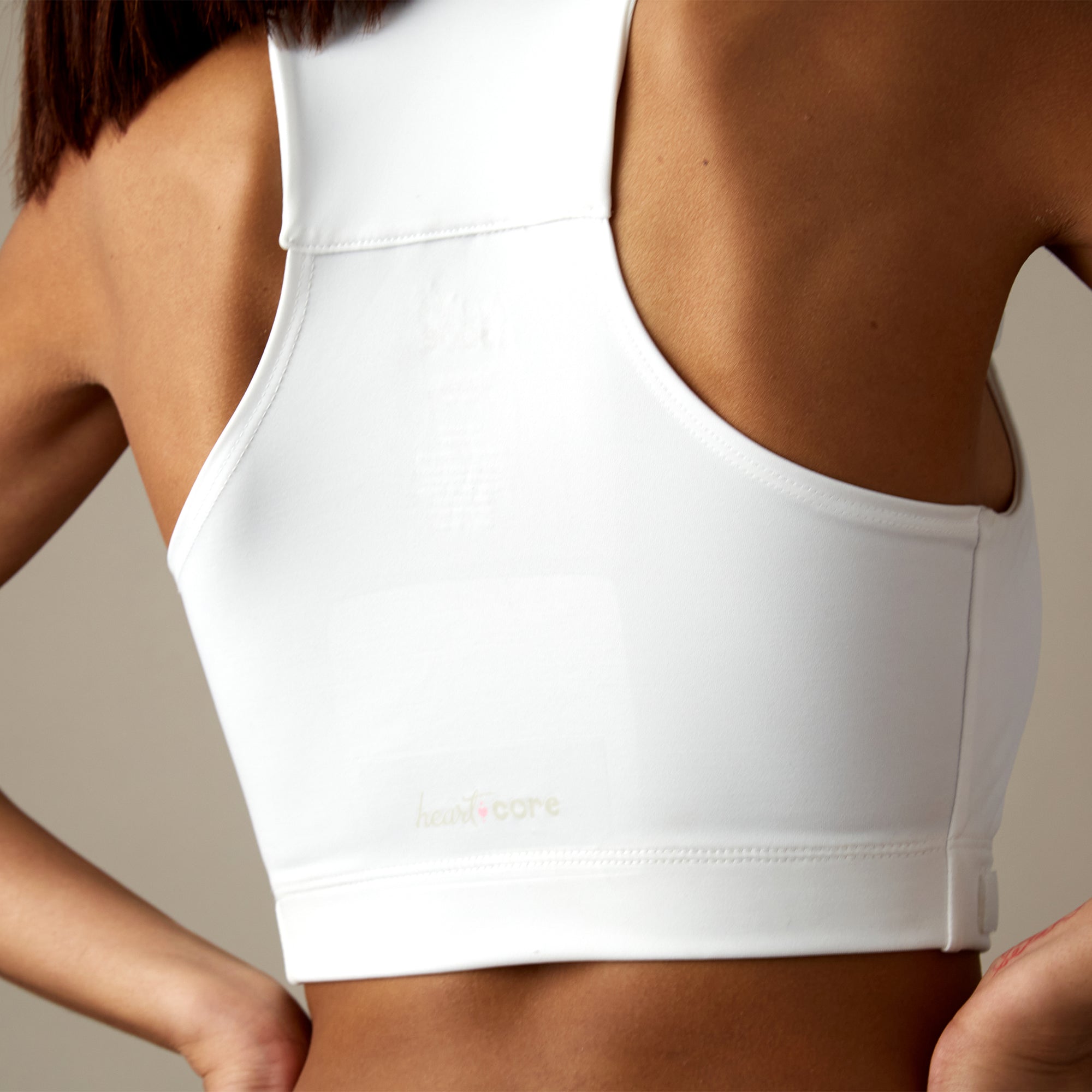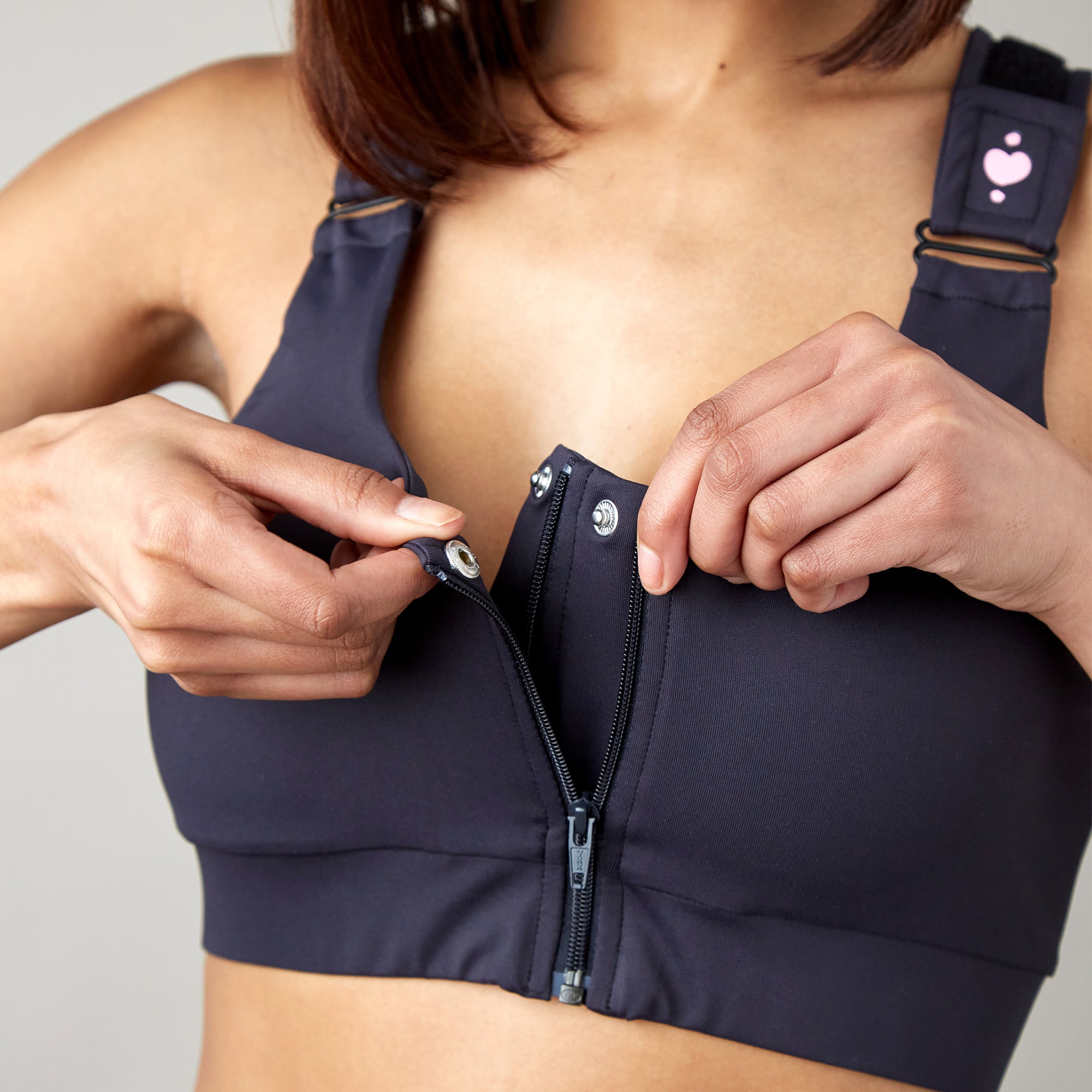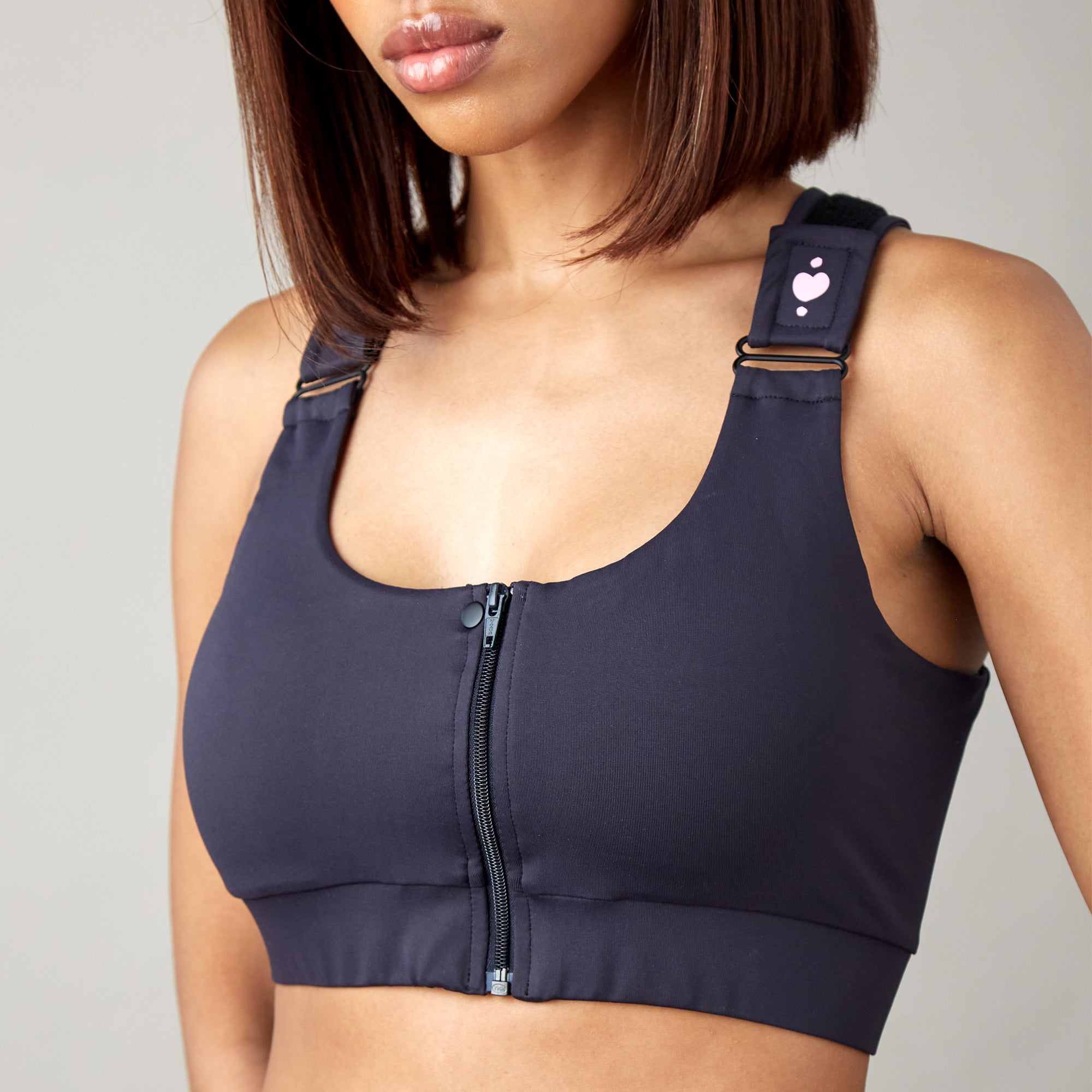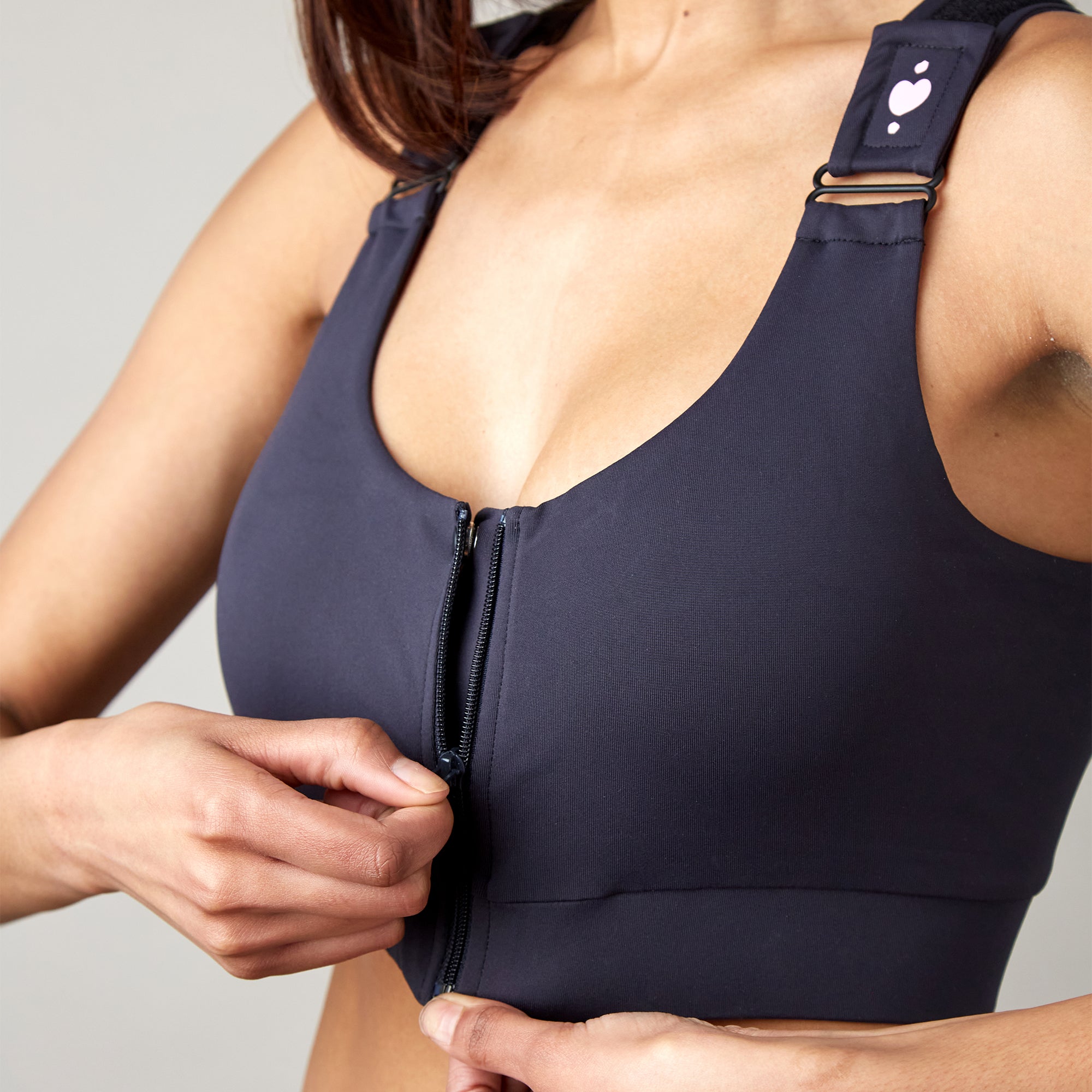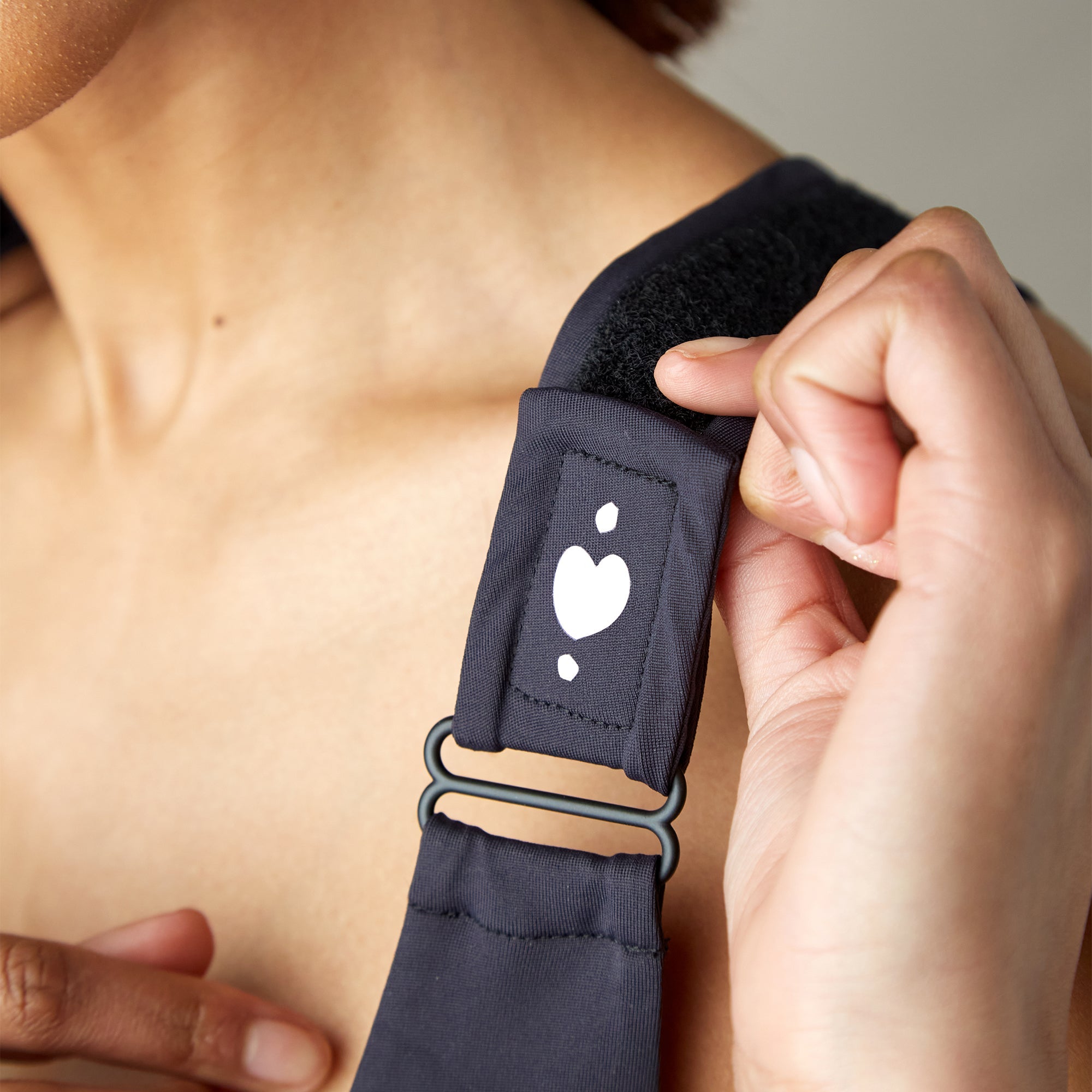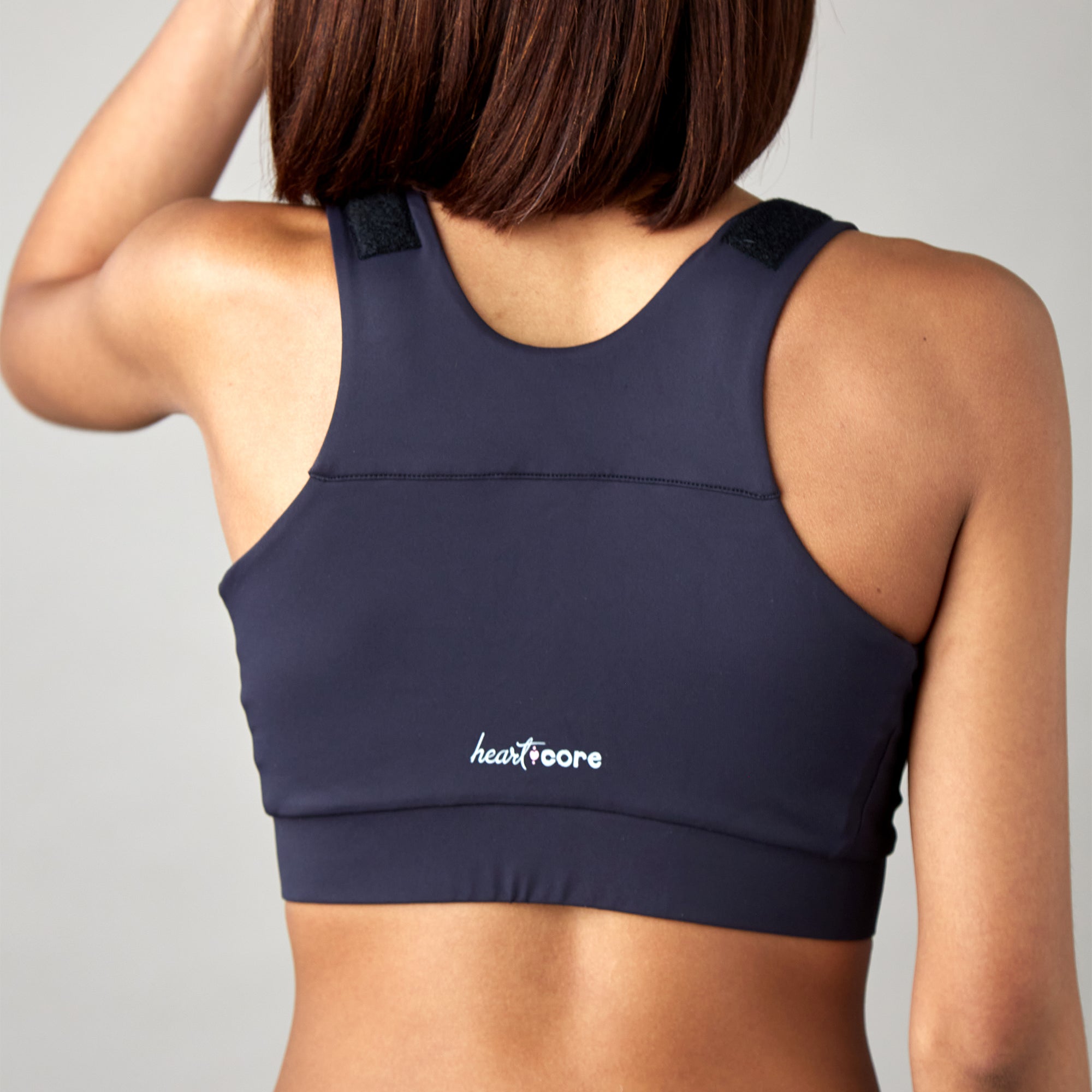Myth: Sleeping after rhinoplasty means four to six weeks of miserable, restless nights. Reality: With the right approach, you can sleep comfortably and soundly while protecting your investment in your new nose.
The difference lies in understanding that successful post-surgical sleep positioning is about much more than just avoiding your stomach or side. It's about creating a comprehensive support system that keeps your entire body comfortable while maintaining the precise positioning your healing nose requires.
What is Rhinoplasty? Understanding Your Surgery
Rhinoplasty, commonly called a "nose job," is a surgical procedure that reshapes the nose for cosmetic or functional purposes. During the surgery, your surgeon may break and reset nasal bones, reshape cartilage, remove tissue, or make other structural modifications to achieve your desired results.
The procedure typically involves making incisions either inside the nostrils (closed rhinoplasty) or across the tissue between the nostrils (open rhinoplasty). Your surgeon then carefully sculpts the underlying bone and cartilage before repositioning the skin and closing the incisions.
Understanding what happens during your surgery helps explain why sleep positioning becomes so critical afterward. Your nose essentially undergoes controlled trauma that requires 4-6 weeks of initial healing, during which the newly positioned structures need protection from pressure and movement. The first two weeks are particularly crucial, as this is when the risk of shifting or displacement is highest.
Most patients wear a protective splint for the first week, followed by several more weeks of careful activity restrictions, including strict sleeping position requirements.

Why Back Sleeping After Rhinoplasty Isn't Just a Suggestion—It's Essential
Let's start with the basics: your surgeon didn't recommend back sleeping just to make your recovery more challenging. There are legitimate medical reasons why this sleeping position is crucial for optimal healing after rhinoplasty.
Protecting Your Investment
Your nose has just undergone significant structural changes. During the first few weeks of healing, your nose is essentially a construction site where everything is still settling into place. Sleeping on your side or stomach puts direct pressure on this healing tissue, which can:
-
Shift the newly positioned cartilage and bone
-
Increase swelling and bruising
-
Cause asymmetrical healing
-
Potentially require revision surgery
Think of it this way: you wouldn't lean on a freshly painted wall, so why would you put pressure on a freshly sculpted nose?
Gravity Is Your Friend (When Used Correctly)
When you sleep on your back with your head elevated, gravity works in your favor by:
-
Reducing blood flow to the surgical site, minimizing swelling
-
Preventing fluid accumulation around your nose and eyes
-
Allowing lymphatic drainage to function more effectively
-
Reducing the risk of nosebleeds during healing
The Splint and Bandage Factor
Most rhinoplasty patients wear a nasal splint for the first week after surgery. This protective device is designed to maintain the new shape of your nose while initial healing occurs. Sleeping on your side can:
-
Shift the splint out of position
-
Create pressure points that cause discomfort
-
Interfere with the splint's protective function
-
Lead to uneven healing patterns

The Art of Comfortable Back Sleeping: Making the Transition
If you've never been a back sleeper, the prospect of spending 4-6 weeks in this position might seem impossible. The good news is that with the right setup and mindset, most people adapt within a few nights. Here's how to make the transition as smooth as possible.
Start Before Surgery
One of the best pieces of advice experienced rhinoplasty patients share is to start practicing back sleeping before your surgery date. Even if you can only manage a few hours at first, gradually training your body to sleep in this position will make your post-surgical recovery much more comfortable.
Begin by sleeping on your back for just the first hour of the night, then gradually increase the duration. Your body has an amazing ability to adapt to new sleeping positions when given time and patience, but back sleeping pillows like the Sleep Again Pillow System can make this transition much easier.
Create the Perfect Sleep Environment
Your bedroom setup can make or break your recovery sleep experience. Consider these environmental factors:
-
Temperature: Keep your room slightly cooler than usual. Swelling and medication can make you feel warmer, and a cool environment promotes better sleep quality.
-
Humidity: A humidifier can help prevent nasal dryness, which is common after rhinoplasty and can interfere with comfortable breathing.
-
Darkness: Blackout curtains or an eye mask become even more important when you can't bury your face in a pillow to block out light.
-
Sound: Since you can't muffle sounds by sleeping on your side with your ear against a pillow, consider white noise or earplugs if you're sensitive to environmental sounds.

The Elevation Game: Getting the Angle Right
Proper elevation is perhaps the most critical aspect of post-rhinoplasty sleep positioning. Your surgeon will likely recommend keeping your head elevated at a 30-45 degree angle, but achieving this comfortably requires more than just piling up a few pillows.
Why Elevation Matters
Sleeping with your head elevated serves several important purposes:
-
Reduces swelling: Elevation helps prevent blood and fluid from pooling in your facial tissues
-
Minimizes bruising: Better circulation means bruising resolves more quickly
-
Improves breathing: With nasal congestion common after surgery, elevation can help you breathe more easily
-
Reduces pressure: Less pressure on the surgical site means less discomfort and better healing
The Problems with Traditional Pillow Stacking
Most people's first instinct is to stack several pillows to achieve the recommended elevation. Unfortunately, this approach often creates more problems than it solves:
-
Pillows shift and compress during the night, losing their supportive angle
-
Your head and neck end up at an uncomfortable angle that can cause neck pain and headaches
-
The lack of whole-body support can create pressure points and discomfort
-
You're more likely to slide down or shift position during sleep
The Whole-Body Support Solution for Rhinoplasty Recovery
Successful post-rhinoplasty sleep positioning requires thinking beyond just your head and neck. Your entire body needs to be properly supported to maintain the correct position throughout the night and ensure overall comfort.
This is where a comprehensive sleep support system becomes invaluable. Rather than trying to cobble together a solution with multiple regular pillows, a purpose-built system addresses all the positioning challenges you'll face during recovery.
A system like the Sleep Again Pillow System takes a holistic approach to post-surgical sleep positioning:
Two Contoured Side Pillows work as gentle guardrails, cradling your back and hips to prevent you from rolling onto your side during sleep. This is particularly important during the deeper stages of sleep when you have less conscious control over your body position. The contoured design maintains proper spinal alignment while providing just enough support to keep you centered without feeling restrictive.
An Upper Body Wedge creates the optimal 30-45 degree incline recommended by surgeons, but unlike stacked pillows, it supports your entire upper body rather than just your head and neck. This gradual slope prevents the uncomfortable bend that often occurs with traditional pillow arrangements and ensures consistent elevation throughout the night.
The Leg Support Wedge addresses an often-overlooked aspect of comfortable back sleeping: lower body positioning. By gently elevating your legs, this component reduces pressure on your lower back, which can indirectly affect your overall comfort and ability to maintain the back-sleeping position. It also promotes better circulation during your recovery period.
A Specialized Head Pillow provides crucial head support while maintaining the precise positioning needed for optimal healing. Unlike standard pillows that compress and lose their shape over time, this component maintains consistent support throughout the night.
Removable, Washable Slipcovers address the practical hygiene considerations during recovery when changing bedding might be challenging or when you want to keep your sleep environment as clean as possible.
Beyond Positioning: Additional Sleep Quality Strategies
While proper positioning is crucial, achieving quality sleep after rhinoplasty involves addressing several other factors that can impact your rest during recovery.
Nutritional Support
While a skilled surgeon lays the foundation for excellent results, how you support your body during recovery plays a crucial role in your outcome. This is where strategic supplementation enters the picture.
The right pre and post-surgical supplements can significantly impact your healing journey. Unlike general multivitamins, specialized formulas designed for cosmetic surgery recovery contain clinically-studied ingredients that reduce swelling and bruising while providing precise nutrients for collagen production and tissue repair.
Before + After Vitals from Sulinu represents a new category called "NutriSurgical" - designed to address the specific nutritional demands of surgical recovery. Created by a clinical dietitian, this comprehensive formula combines eight essential elements into a single scoop.
Managing Discomfort and Pain
Even with perfect positioning, some discomfort is normal after rhinoplasty. Here's how to minimize its impact on your sleep:
-
Follow your medication schedule: Take pain medication as prescribed, timing doses to provide coverage during sleep hours
-
Use ice strategically: Gentle ice application before bed can reduce swelling and discomfort
-
Practice relaxation techniques: Deep breathing exercises, progressive muscle relaxation, or gentle meditation can help your body prepare for sleep despite discomfort
Dealing with Nasal Congestion
Nasal congestion is almost universal after rhinoplasty and can significantly impact sleep quality. While you can't eliminate it entirely, you can minimize its effects:
-
Saline rinses: Gentle saline irrigation (only when approved by your surgeon) can help keep nasal passages clear
-
Humidification: A cool-mist humidifier adds moisture to the air, preventing excessive dryness
-
Mouth breathing preparation: Since you'll likely be breathing through your mouth, keep water nearby and consider a mouth moisturizer
Addressing Anxiety and Sleep Disruption
It's completely normal to feel anxious about your recovery or worry about accidentally damaging your healing nose during sleep. This anxiety can create a cycle where worry keeps you awake, making you more tired and anxious the next day.
-
Establish a bedtime routine: Familiar, calming activities signal to your body that it's time to sleep
-
Limit screen time: The blue light from phones and tablets can interfere with your natural sleep cycle
-
Practice acceptance: Remind yourself that some sleep disruption is temporary and normal during recovery

Week-by-Week Sleep Expectations During Recovery
Understanding what to expect during each phase of recovery can help you adjust your sleep strategy and maintain realistic expectations.
Week 1: The Adjustment Period
The first week is typically the most challenging for sleep. You'll be dealing with:
-
Maximum swelling and discomfort
-
Nasal splint and possible packing
-
Medication effects that may cause drowsiness or restlessness
-
Anxiety about the healing process
Sleep strategies for week 1:
-
Focus on comfort over perfect sleep
-
Use ice packs before bedtime to reduce swelling
-
Take pain medication as prescribed
Week 2: Finding Your Rhythm
By the second week, most patients begin to adapt to their new sleep routine:
-
Swelling begins to decrease noticeably
-
The nasal splint is typically removed
-
You start to feel more confident about your recovery
-
Sleep patterns begin to normalize
Sleep strategies for week 2:
-
Continue strict back sleeping positioning
-
Begin gentle saline rinses if approved by your surgeon
-
Maintain your elevated sleeping position
-
Focus on sleep hygiene and relaxation techniques
Weeks 3-4: The Improvement Phase
During weeks three and four, most patients experience significant improvements:
-
Swelling continues to decrease
-
Breathing improves as internal healing progresses
-
Energy levels return closer to normal
-
Sleep quality approaches pre-surgery levels
Sleep strategies for weeks 3-4:
-
Maintain back sleeping discipline—it's tempting to relax restrictions, but healing is still occurring
-
Continue elevation, though you may be able to reduce the angle slightly
-
Focus on overall sleep quality and establishing healthy patterns
Weeks 5-6 and Beyond: The Final Stretch
By weeks five and six, most patients are cleared to return to normal sleeping positions:
-
Most swelling has resolved
-
Breathing is significantly improved
-
Normal activities can be resumed
-
Sleep position restrictions are typically lifted but many keep back sleeping as a holistic approach to better sleep and improved wellness

Common Sleep Challenges and Solutions
Even with the best preparation, most rhinoplasty patients encounter some sleep-related challenges during recovery. Here are the most common issues and practical solutions:
Challenge: "I Keep Rolling Over in My Sleep"
This is perhaps the most common concern among recovering rhinoplasty patients. Even with the best intentions, it's natural to move during sleep.
Solutions:
-
Use the Sleep Again Pillow System to prevent rolling throughout the night
-
Set gentle alarms to check your position during the night for the first few weeks
-
Practice sleeping on your back before surgery to build the habit
Challenge: "I Can't Breathe Through My Nose"
Nasal congestion after rhinoplasty is normal but can make sleep difficult, especially for people who typically breathe through their nose during sleep.
Solutions:
-
Sleep with your mouth slightly open and keep water nearby for dryness
-
Use a humidifier to add moisture to the air
-
Practice mouth breathing exercises during the day to become more comfortable with it
Challenge: "My Neck and Shoulders Hurt"
Sleeping in an elevated position can put strain on your neck and shoulders, especially if you're not used to this position.
Solutions:
-
Ensure your entire upper body is supported, not just your head
-
Do gentle neck and shoulder stretches during the day
Challenge: "I'm Too Anxious to Sleep Well"
Anxiety about healing, appearance, or accidentally damaging your nose can significantly impact sleep quality.
Solutions:
-
Practice relaxation techniques before bed
-
Create a calming bedtime routine
-
Limit consumption of news or social media before sleep
-
Talk to your surgeon about any specific concerns
The Science Behind Recovery Sleep
Understanding the scientific basis for post-rhinoplasty sleep recommendations can help motivate adherence to positioning requirements and highlight the importance of quality sleep during healing.
Sleep and Immune Function
Quality sleep is crucial for immune system function, which directly impacts healing after surgery. During sleep:
-
Growth hormone is released, promoting tissue repair
-
Inflammatory processes are regulated
-
Cellular regeneration occurs at an accelerated rate
-
Stress hormones are reduced
The Role of Sleep Stages in Healing
Different stages of sleep contribute to healing in various ways:
-
Deep sleep: Promotes physical recovery and tissue repair
-
REM sleep: Supports emotional processing and stress reduction
-
Light sleep transitions: Allow for position adjustments without full awakening
Circadian Rhythms and Recovery
Your body's natural circadian rhythms influence healing processes. Maintaining consistent sleep and wake times during recovery helps:
-
Optimize hormone production for healing
-
Regulate inflammation cycles
-
Support overall recovery timeline
-
Maintain psychological well-being
Long-Term Benefits of Improved Sleep Habits
While the post-rhinoplasty sleep requirements are temporary, many patients discover that the sleep habits developed during recovery provide lasting benefits.
Better Sleep Hygiene
The structured approach to sleep required during recovery often leads to:
-
More consistent bedtime routines
-
Better sleep environment optimization
-
Increased awareness of factors that affect sleep quality
-
Improved overall sleep hygiene practices
Stress Management Skills
Learning to manage anxiety and discomfort during recovery often translates to:
-
Better stress management in daily life
-
Improved relaxation techniques
-
Enhanced ability to cope with temporary discomfort
-
Greater resilience in facing challenges
Body Awareness
The focus on positioning and comfort during recovery increases:
-
Awareness of how sleeping position affects overall comfort
-
Understanding of the connection between physical positioning and sleep quality
-
Appreciation for the role of proper support in preventing discomfort
-
Recognition of individual sleep needs and preferences
When to Contact Your Surgeon About Sleep Issues
While some sleep disruption is normal during rhinoplasty recovery, certain situations warrant contacting your surgical team:
Immediate Concerns
-
Severe pain that prevents sleep despite medication
-
Signs of infection (fever, unusual discharge, severe swelling)
-
Difficulty breathing that seems to be worsening
-
Bleeding that doesn't stop with gentle pressure and elevation
Recovery-Related Sleep Issues
-
Persistent insomnia lasting more than a few days
-
Severe anxiety about sleeping that interferes with recovery
-
Physical discomfort from positioning that doesn't improve with adjustments
-
Questions about when it's safe to change sleeping positions
Conclusion: Embracing Temporary Change for Long-Term Results
Learning to sleep comfortably after rhinoplasty requires patience, preparation, and the right sleep support system. While the adjustment to back sleeping may seem daunting at first, remember that this temporary change serves a crucial purpose in protecting your investment and ensuring optimal healing results.
The key to success lies in understanding why back sleeping is essential, preparing your sleep environment thoughtfully, and having the right tools to maintain comfort throughout the recovery period. Whether you choose to create your own support system or invest in a specialized solution like the Sleep Again Pillow System, the important thing is ensuring that your entire body is properly supported and positioned for healing.
Remember that every night of disciplined back sleeping is an investment in your final results. The temporary inconvenience of adjusting your sleep habits is minimal compared to the lifetime of satisfaction you'll gain from your improved appearance and the confidence that comes with it.
Most importantly, be patient with yourself during this adjustment period. Your body is healing from a significant procedure, and some sleep disruption is completely normal. Focus on progress rather than perfection, and don't hesitate to reach out to your surgical team if you have concerns about your recovery process.
With the right approach, proper support, and realistic expectations, you can successfully navigate the post-rhinoplasty sleep adjustment and wake up each day closer to revealing your beautiful new nose. Sweet dreams, and here's to a smooth recovery!
General Disclaimer
The information provided in this blog post is for educational and informational purposes only and is not intended as medical advice. The Sleep Again Pillow System is designed to provide comfort and support during recovery and rest, but it is not a medical device and should not be considered a substitute for professional medical care.


